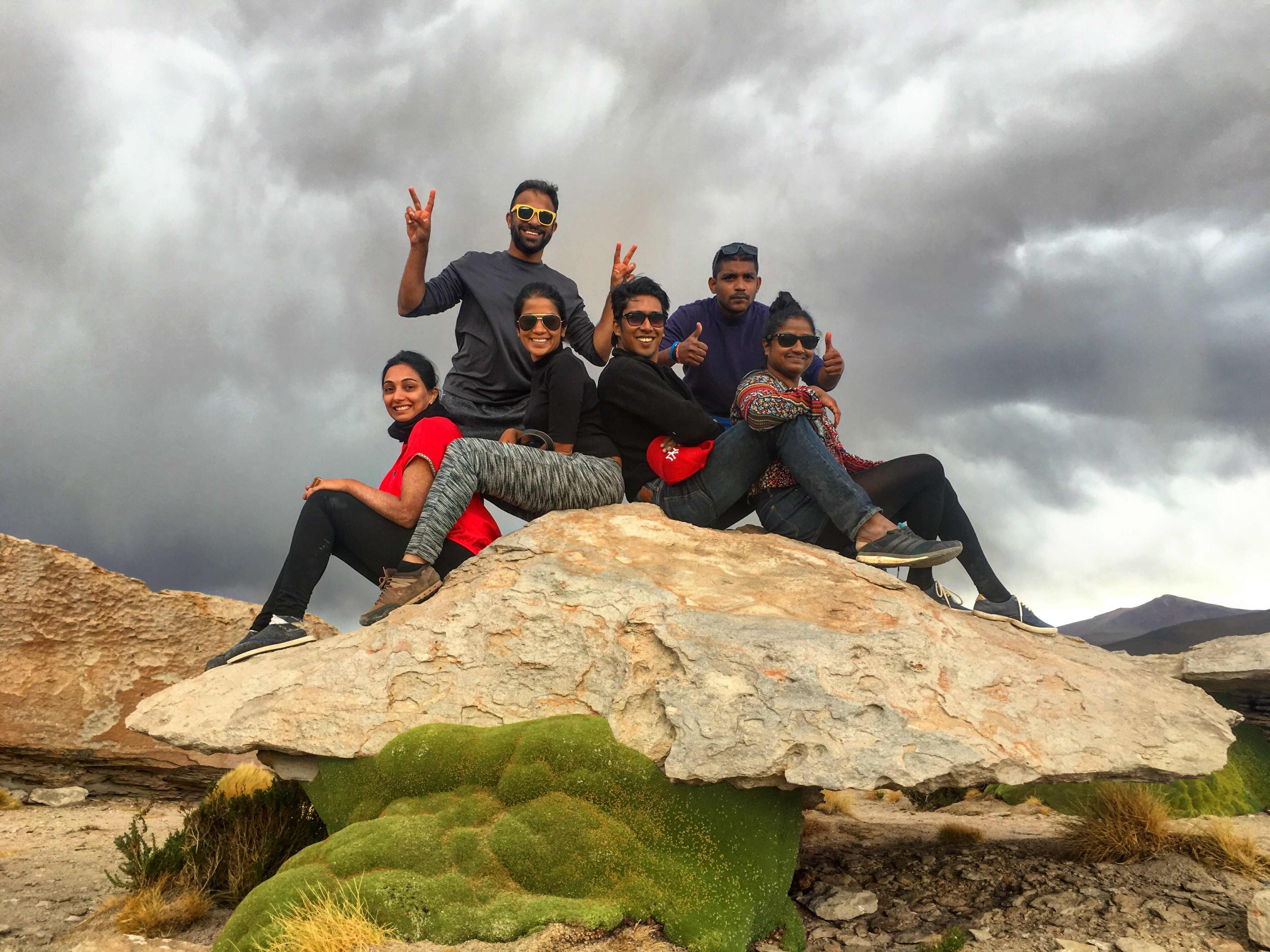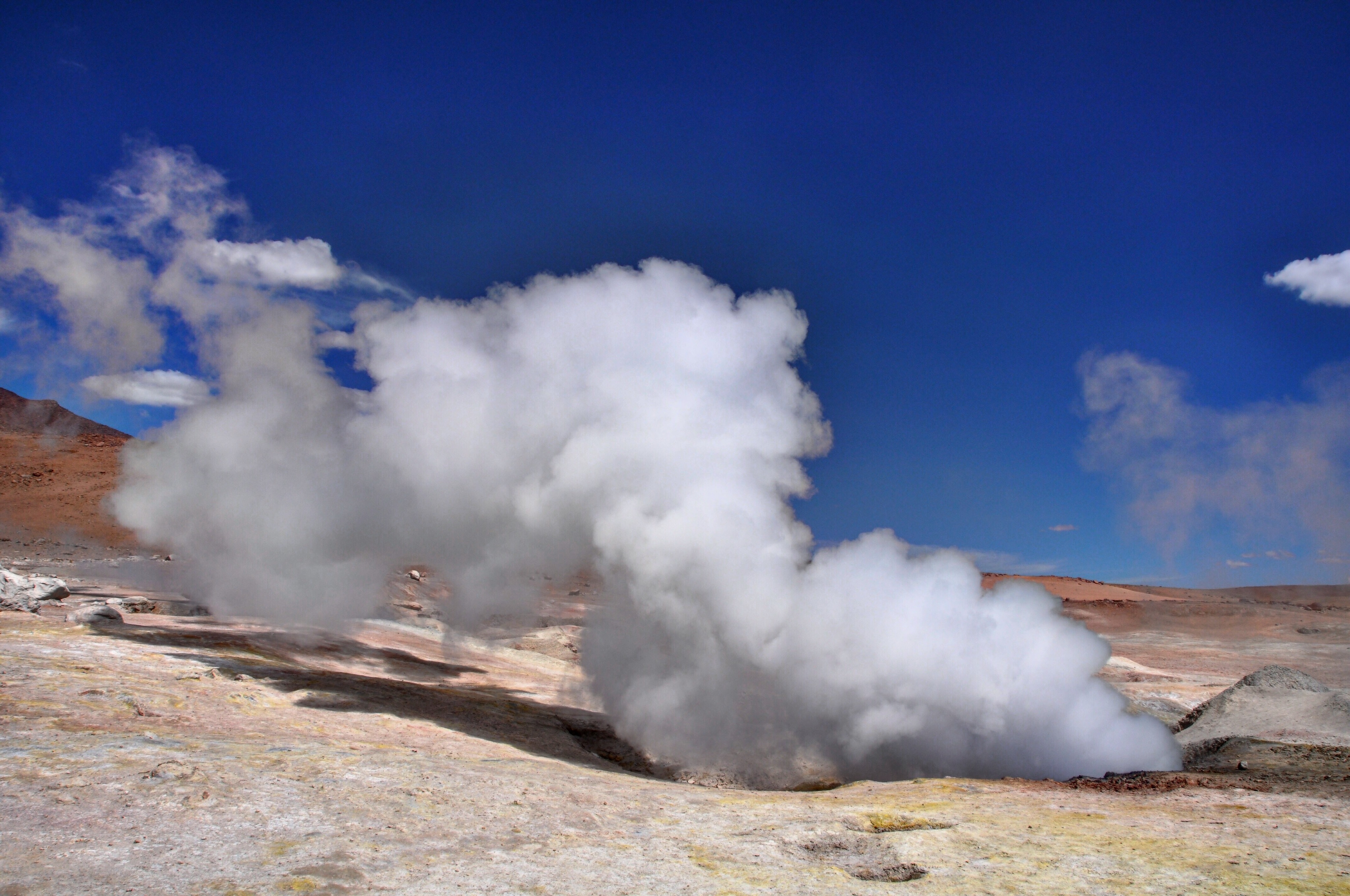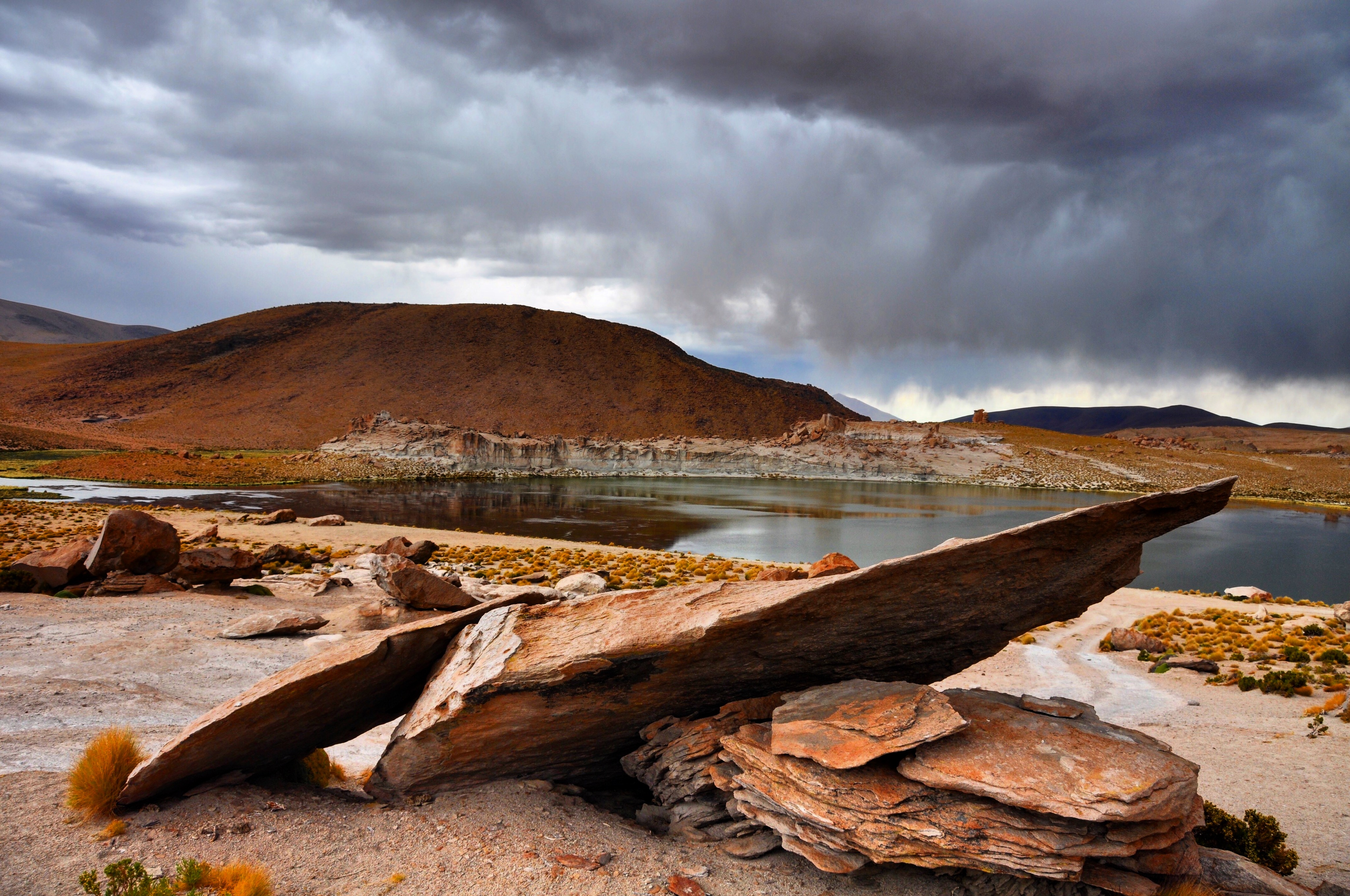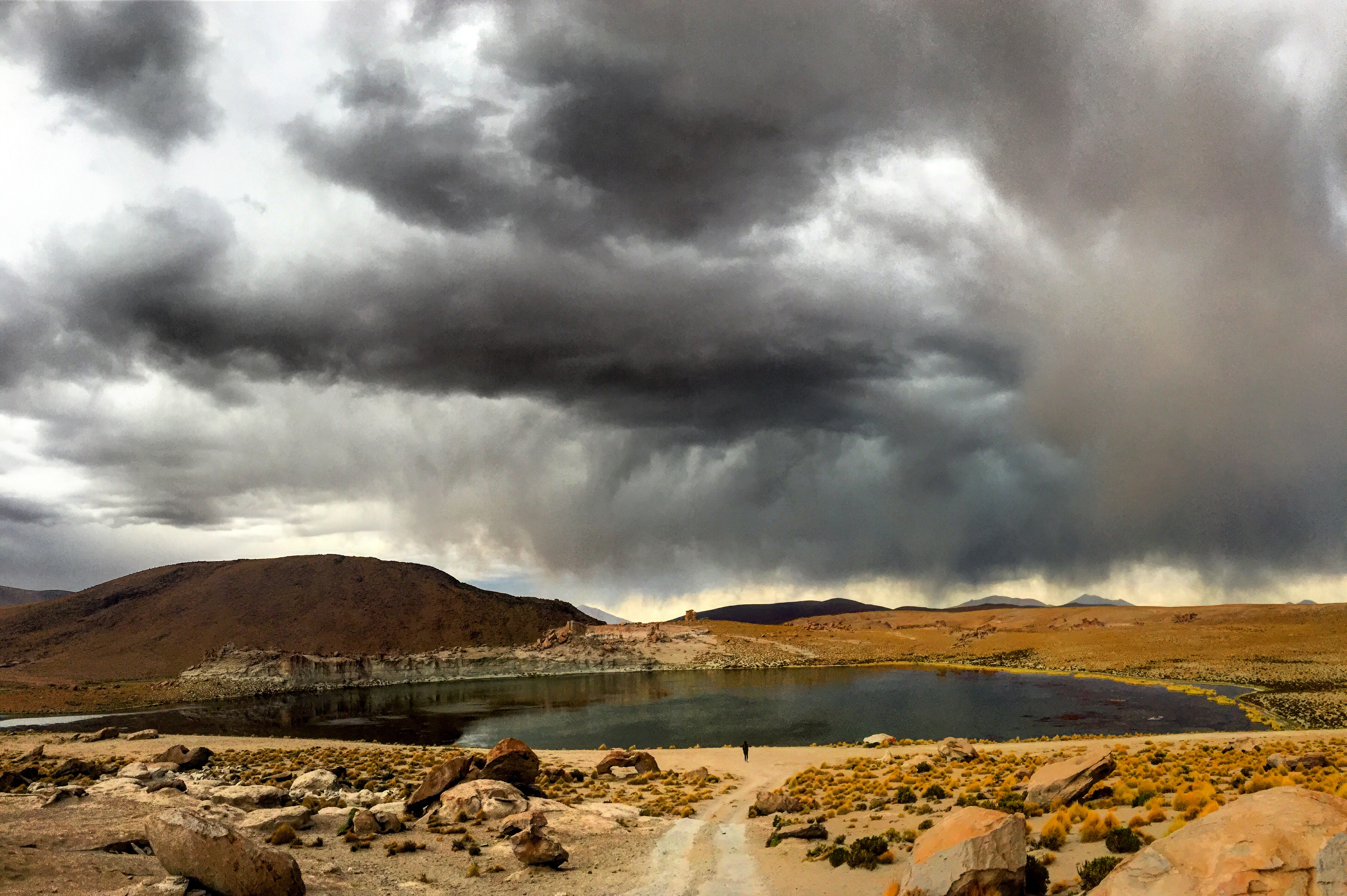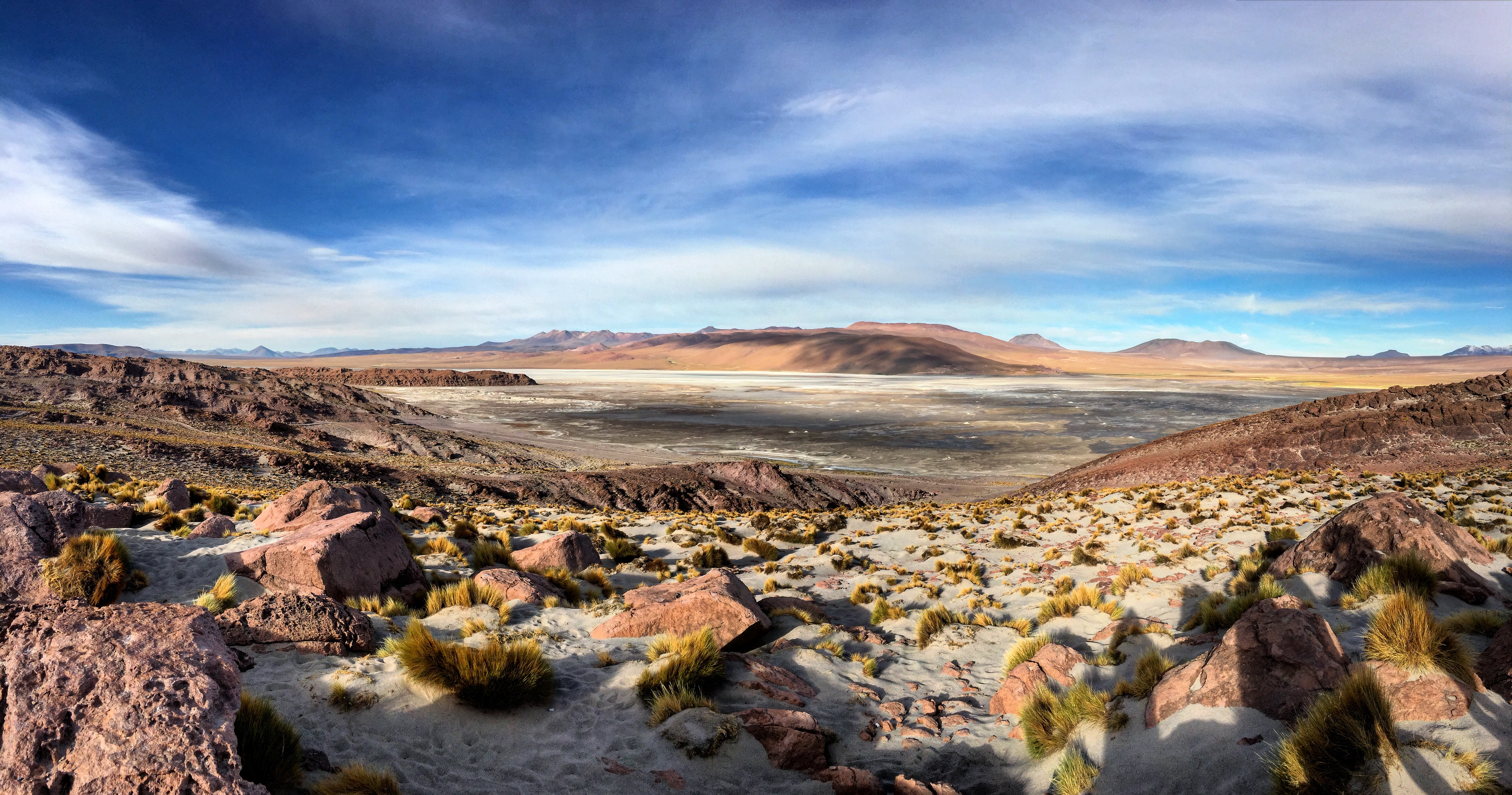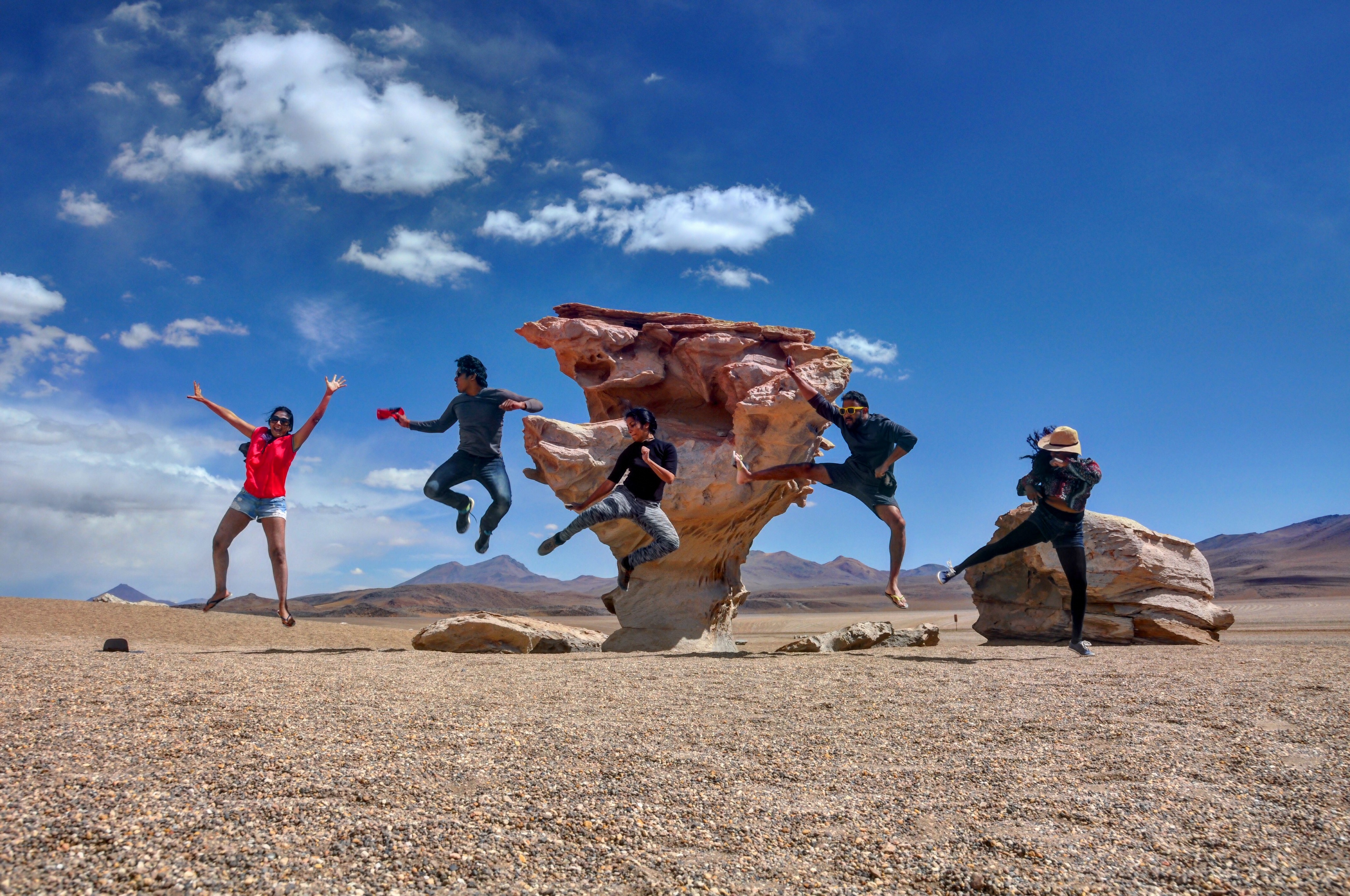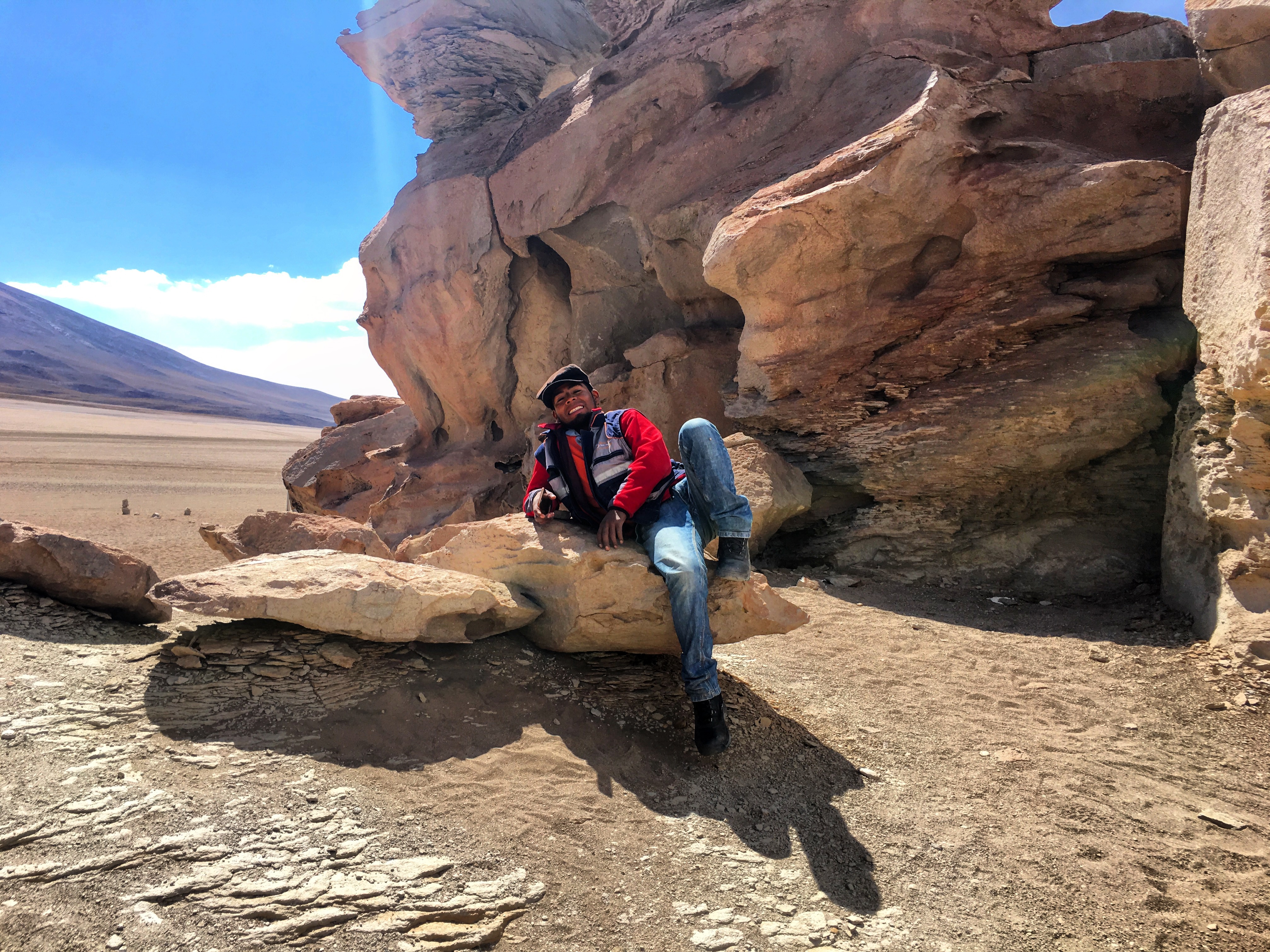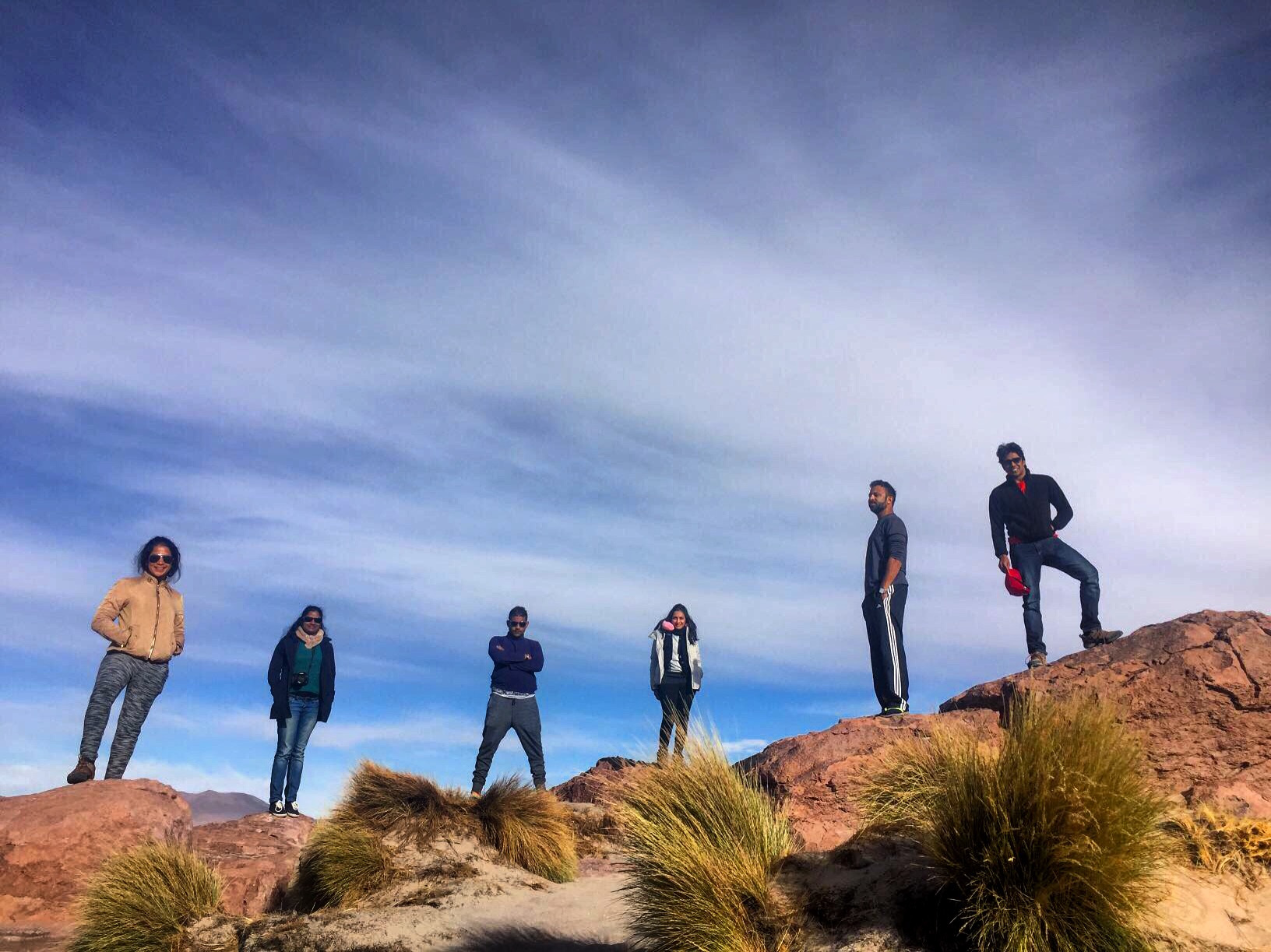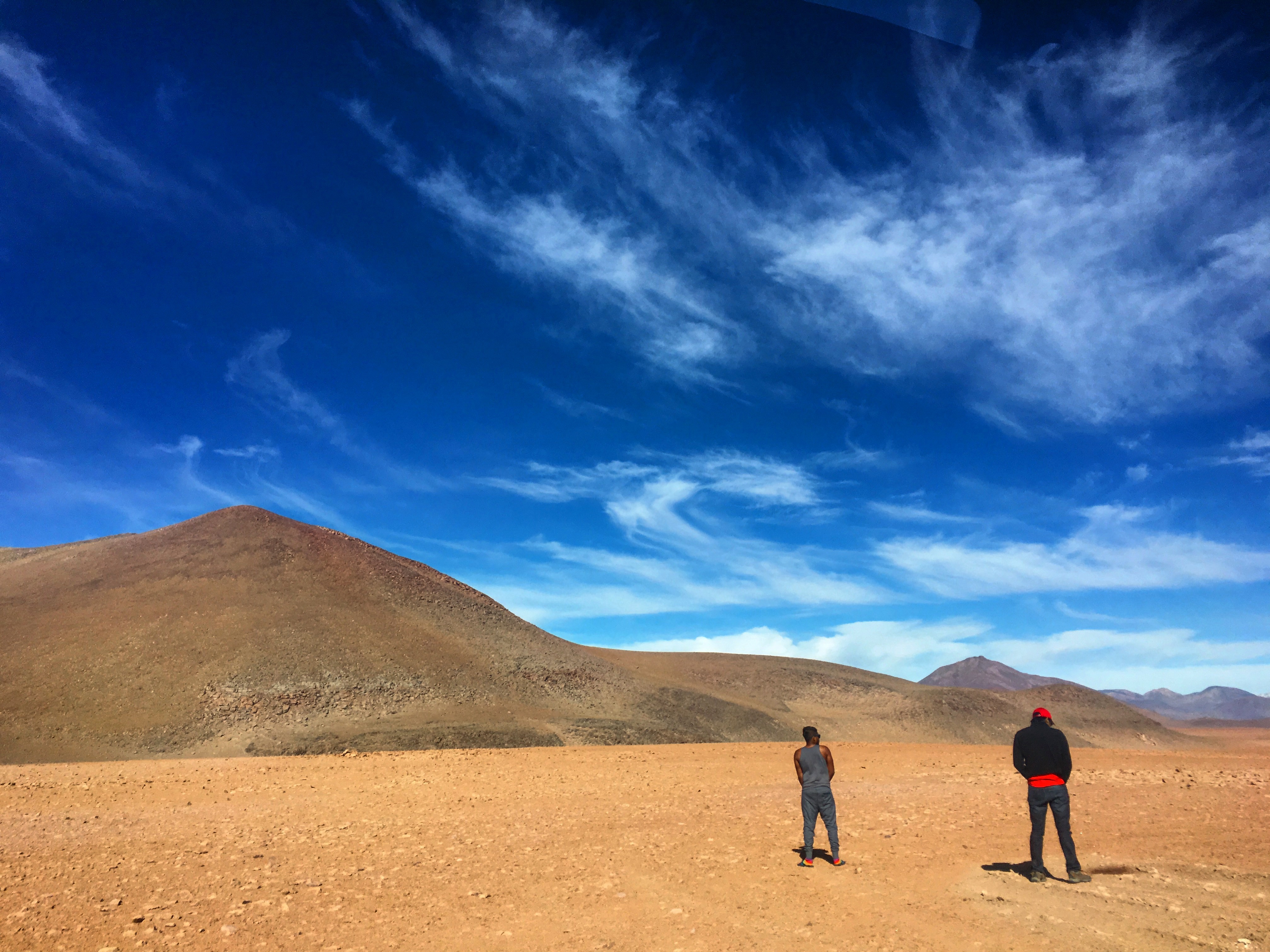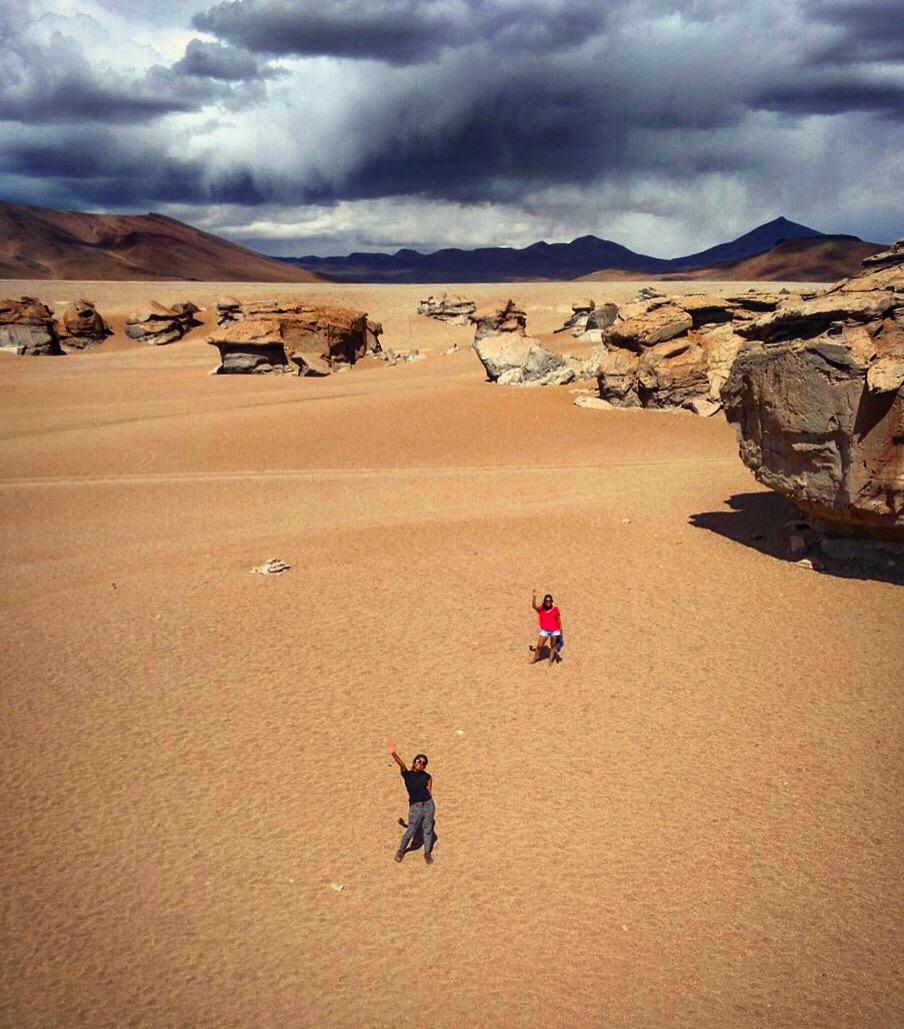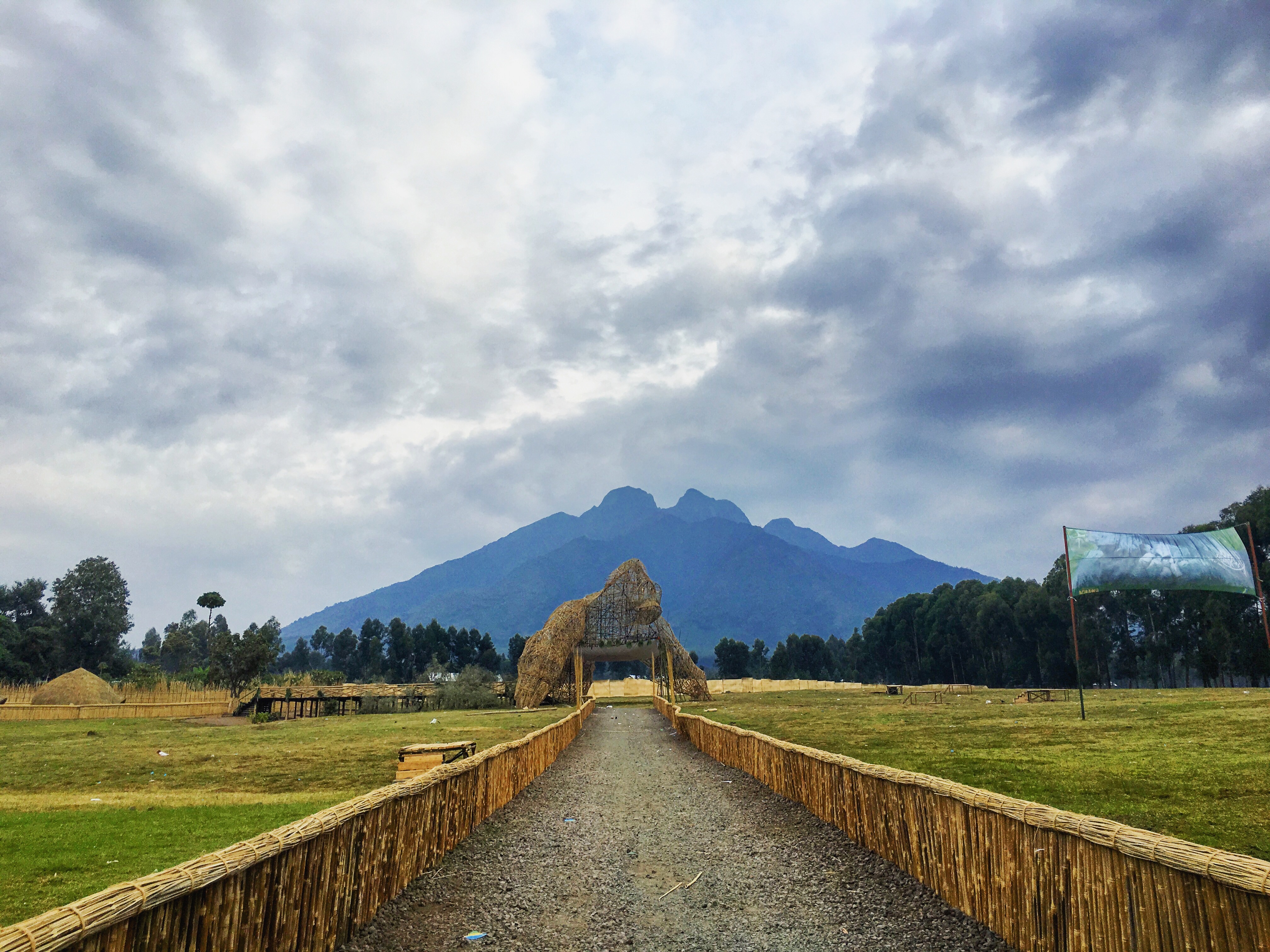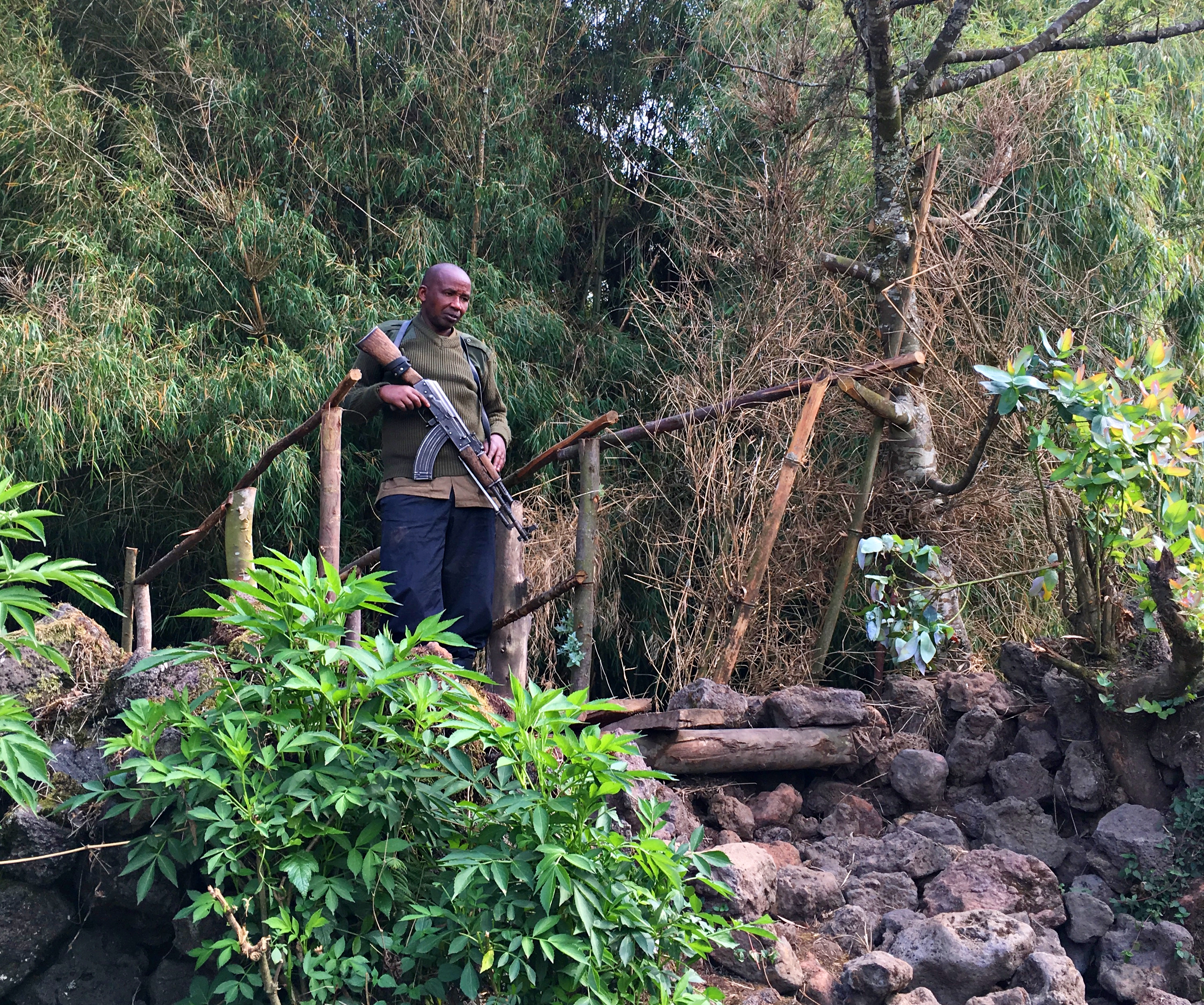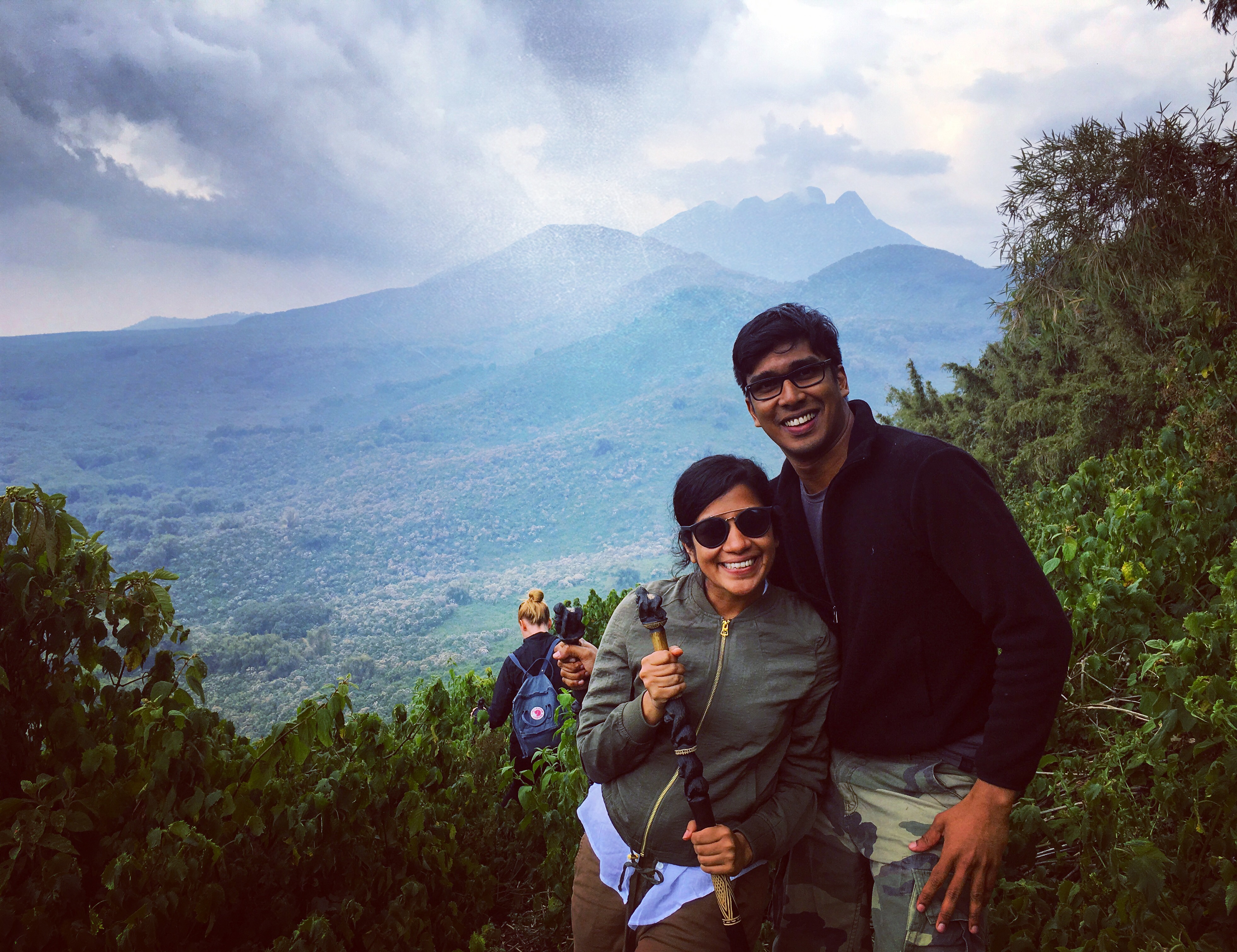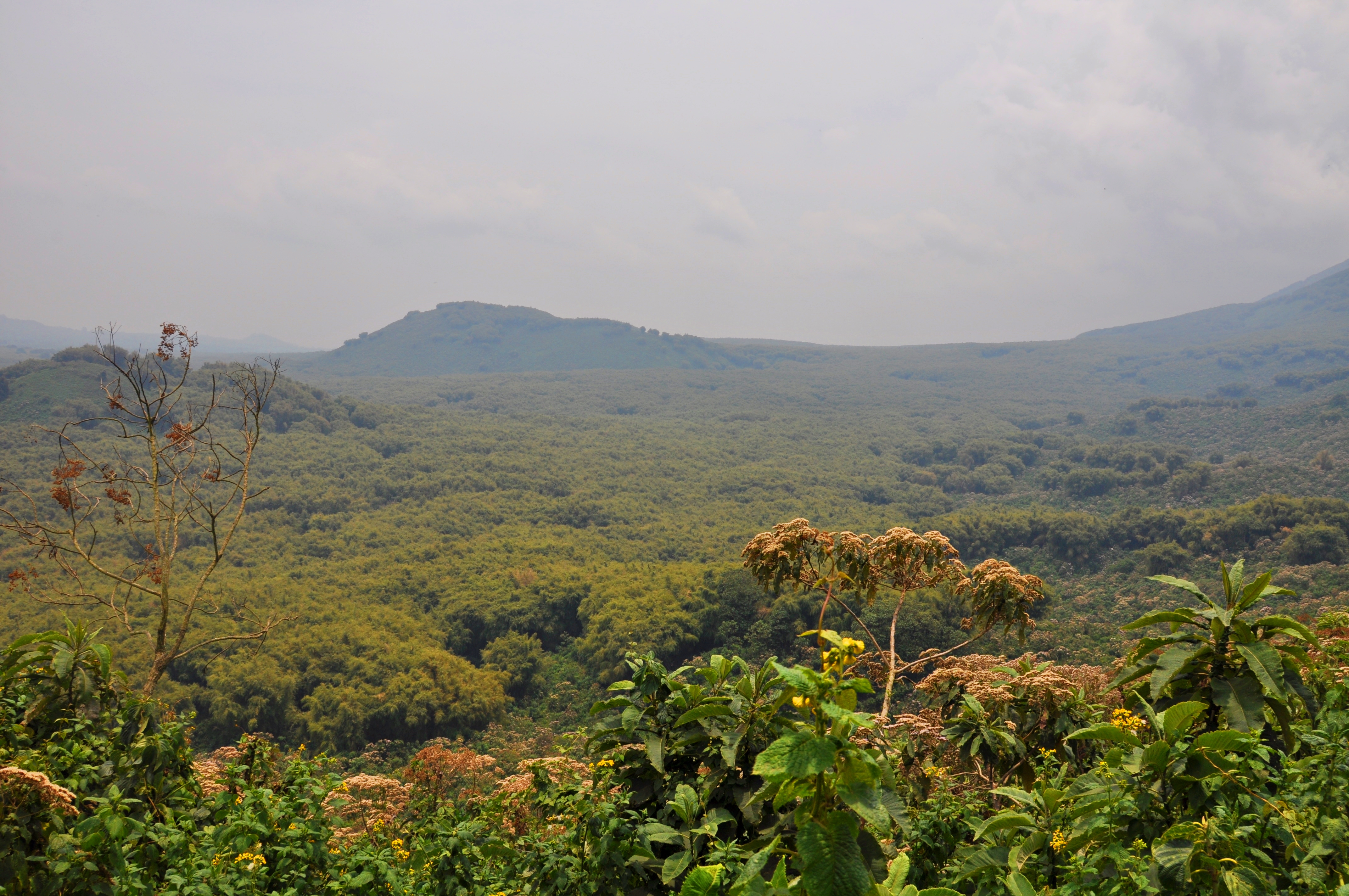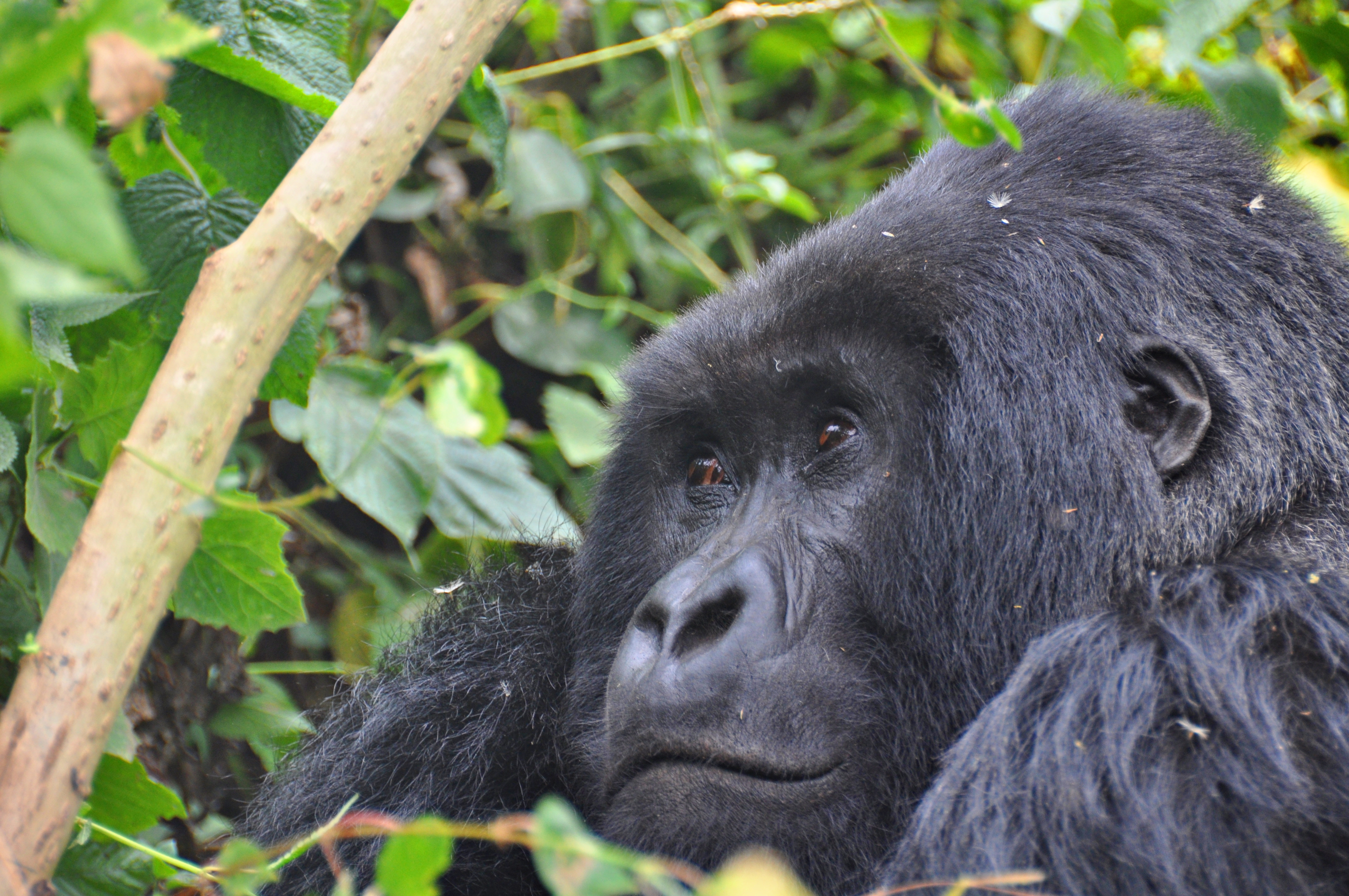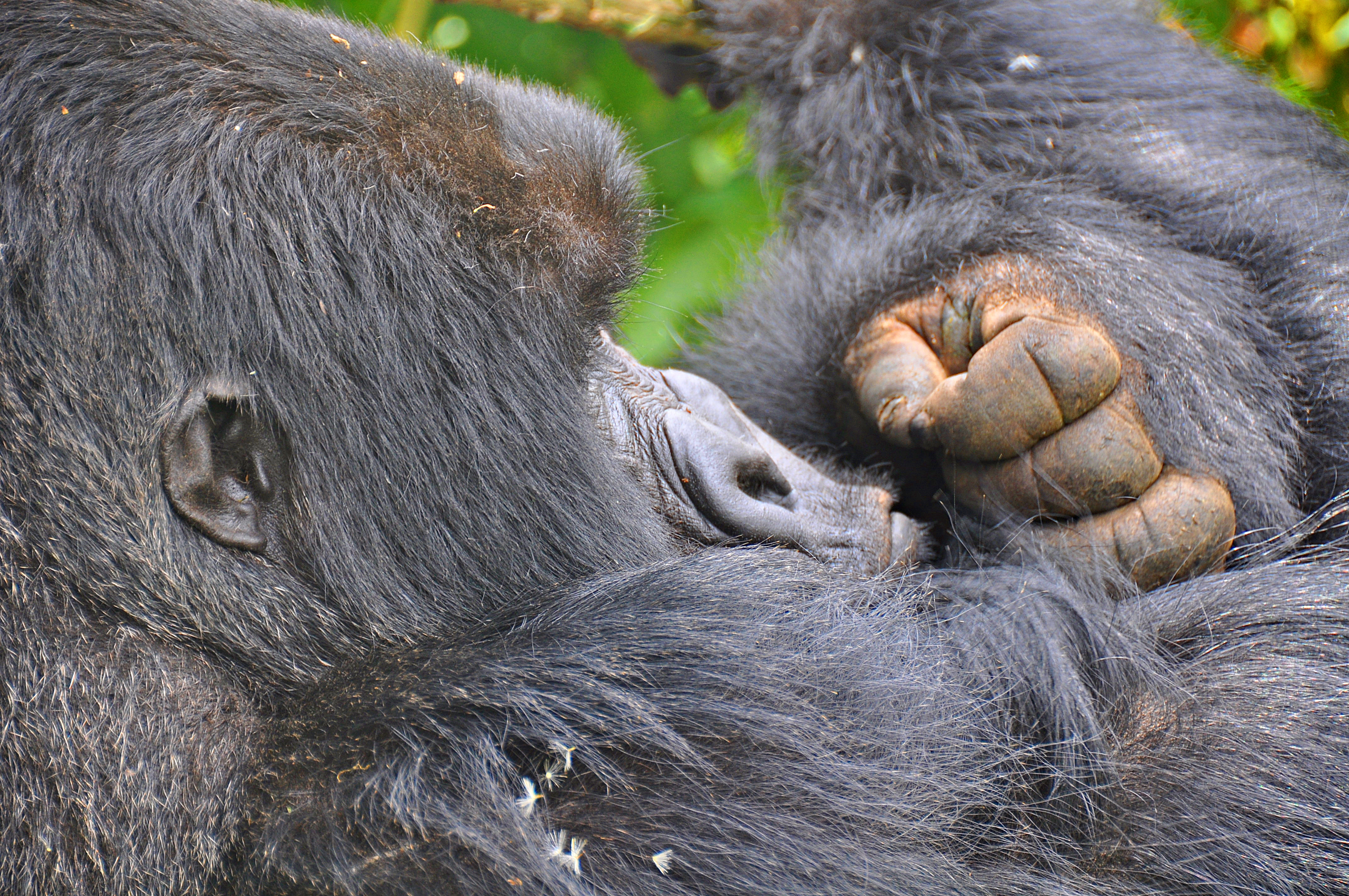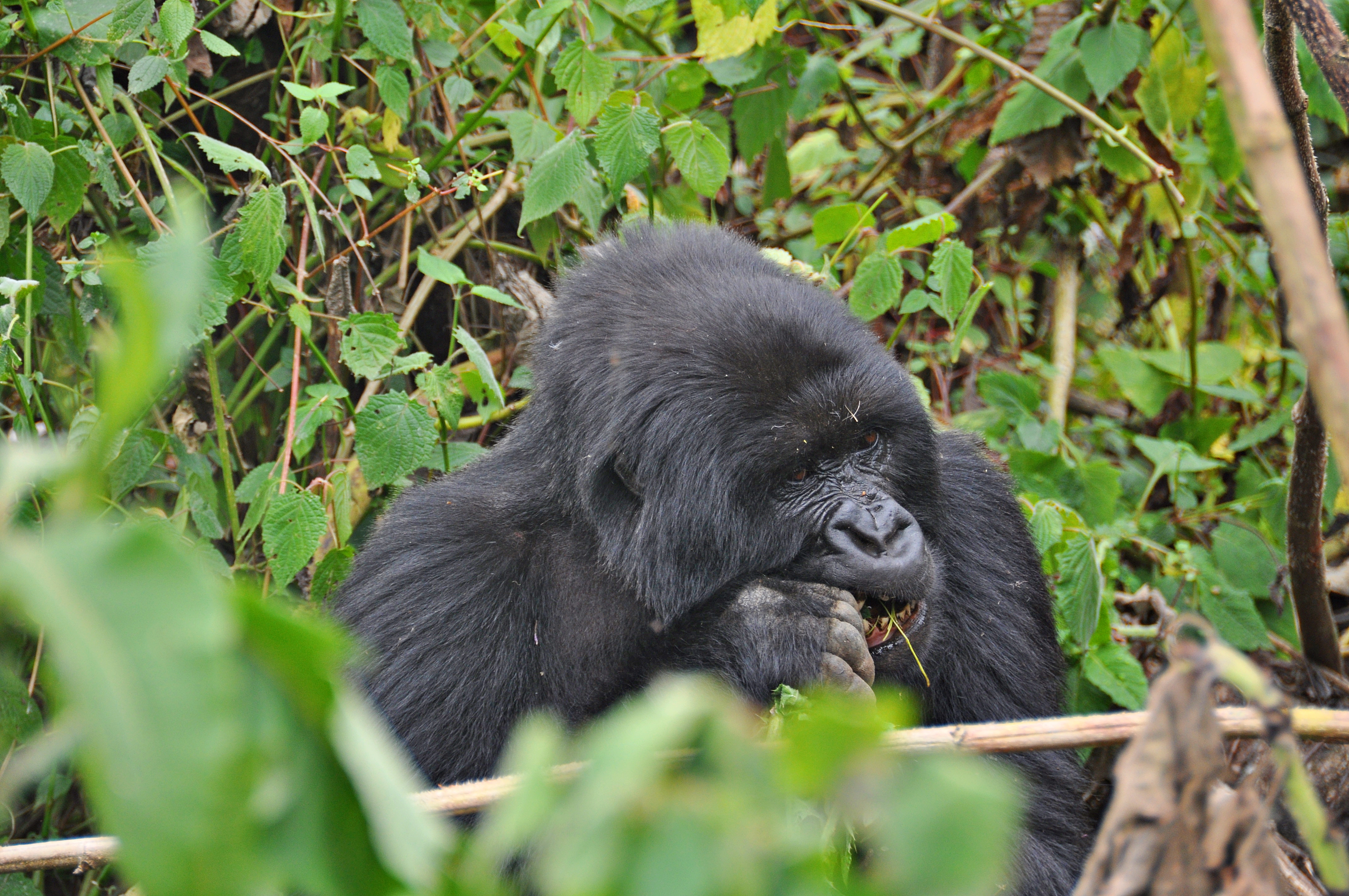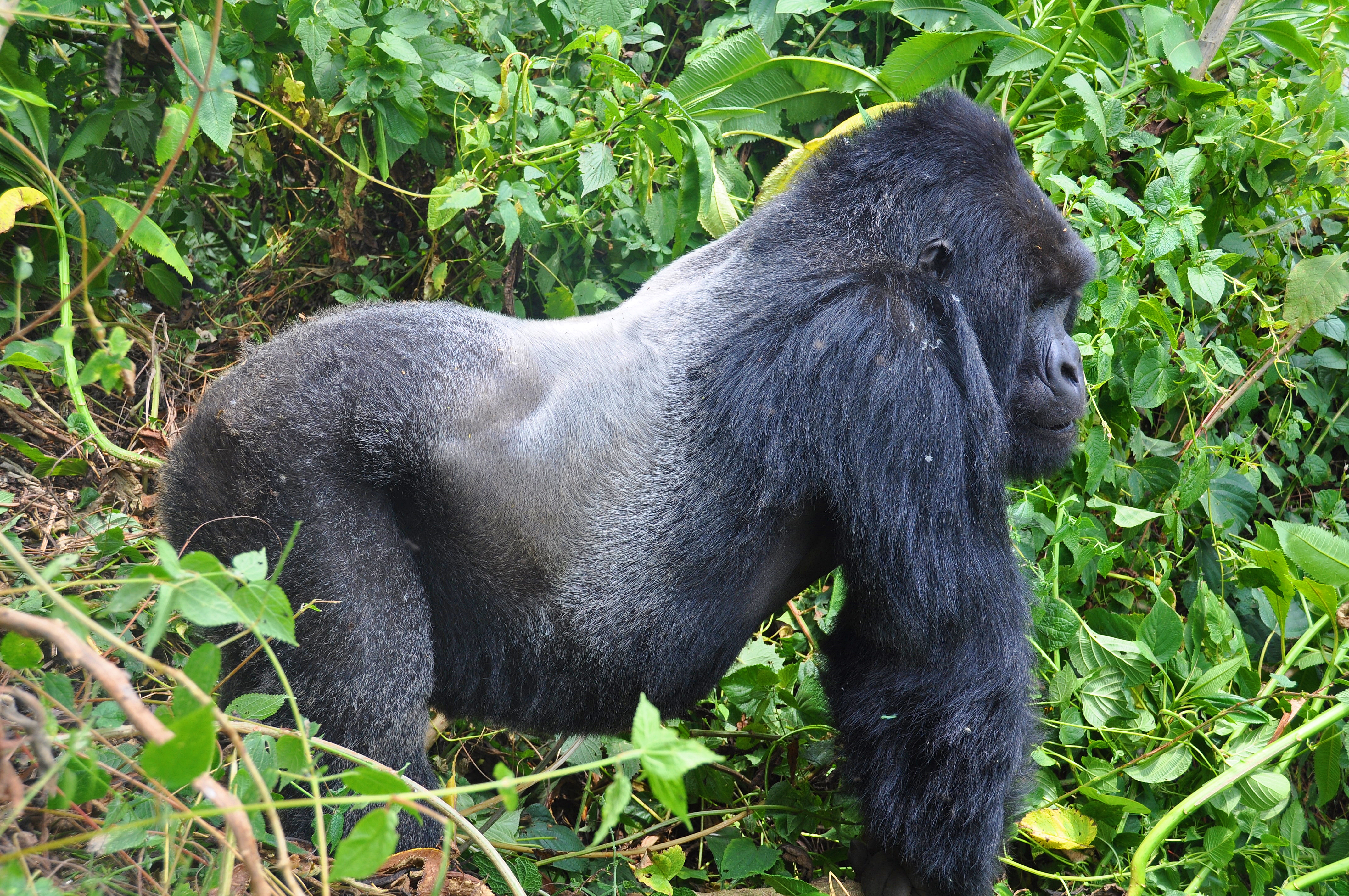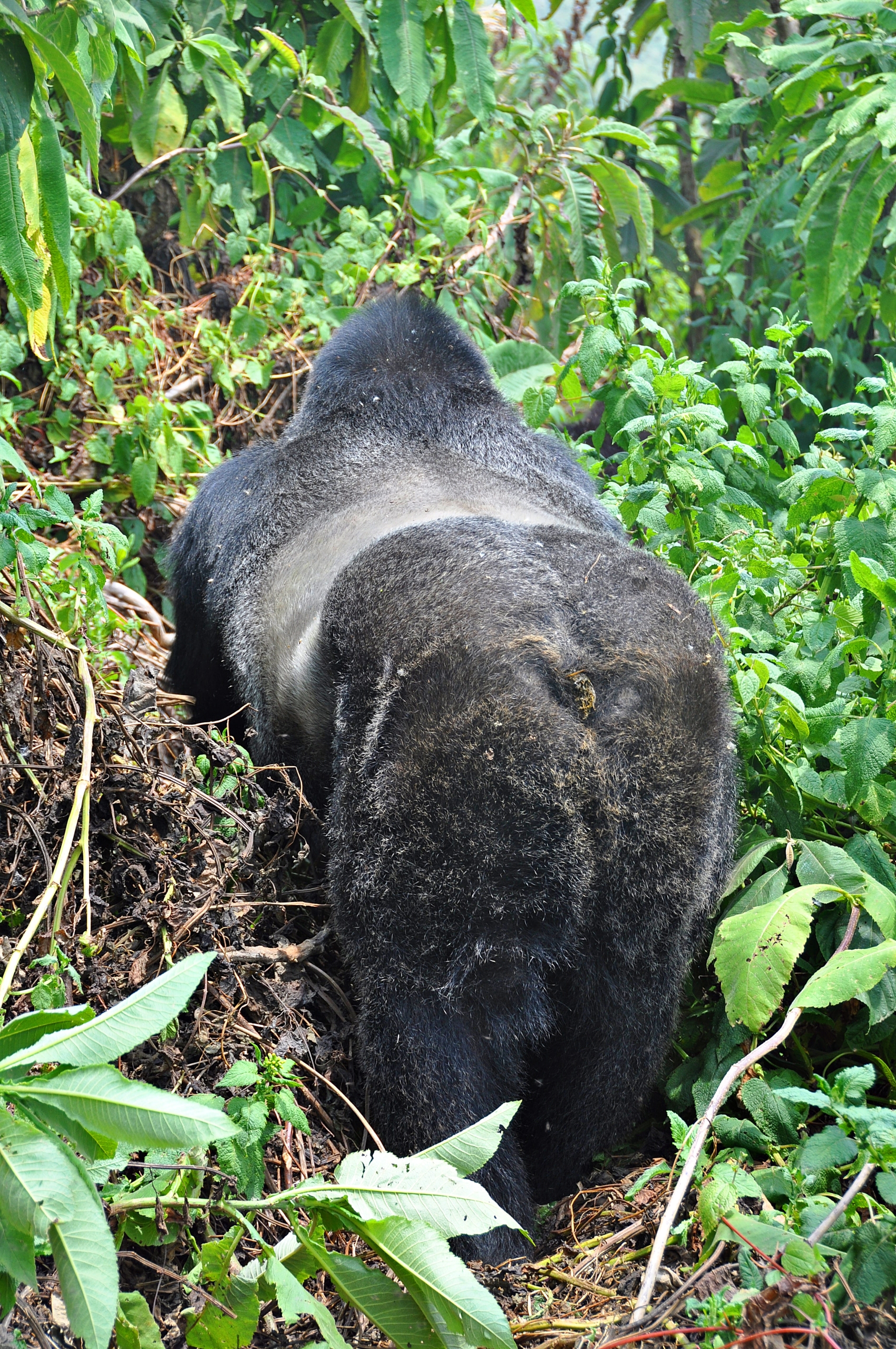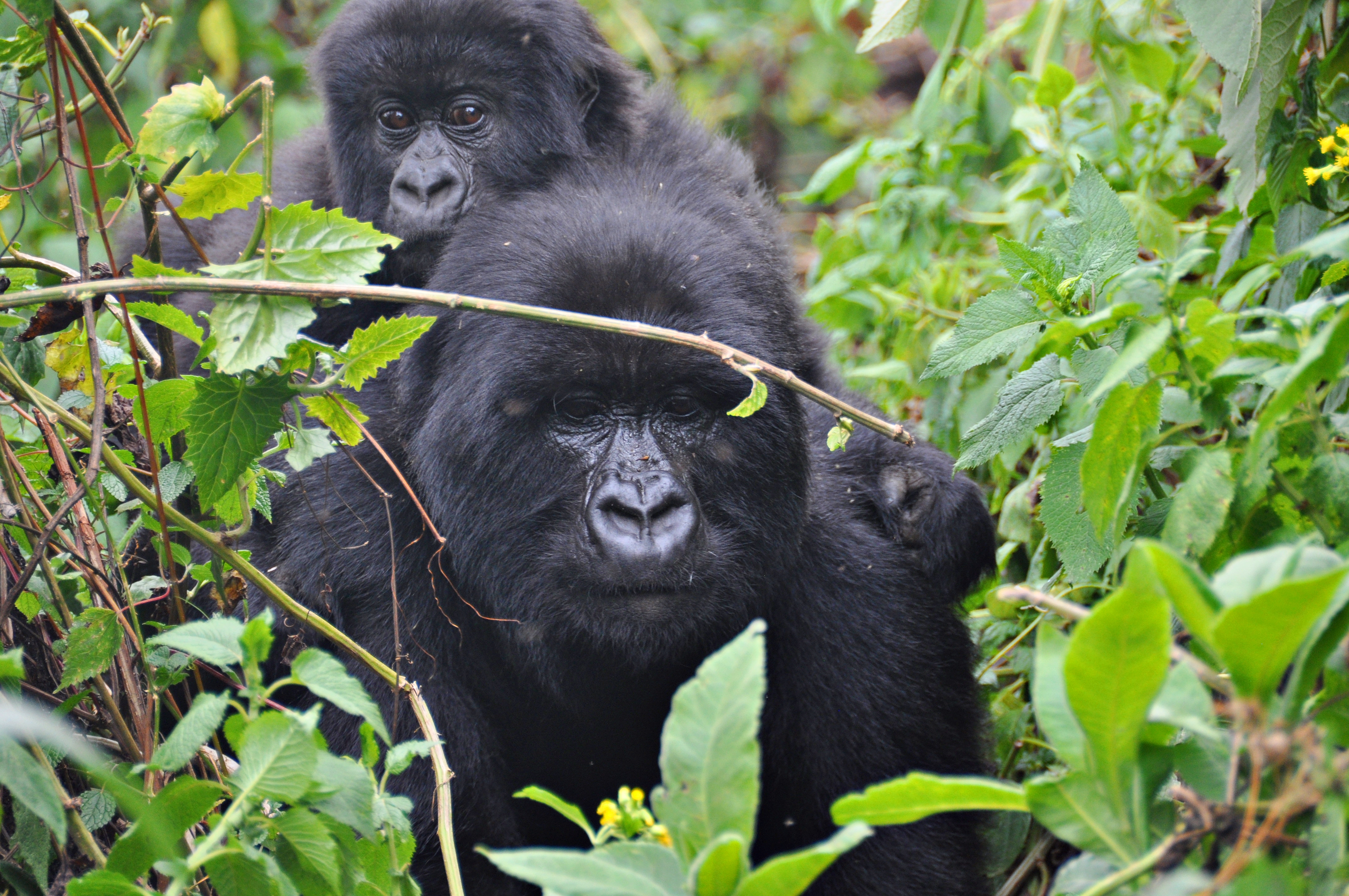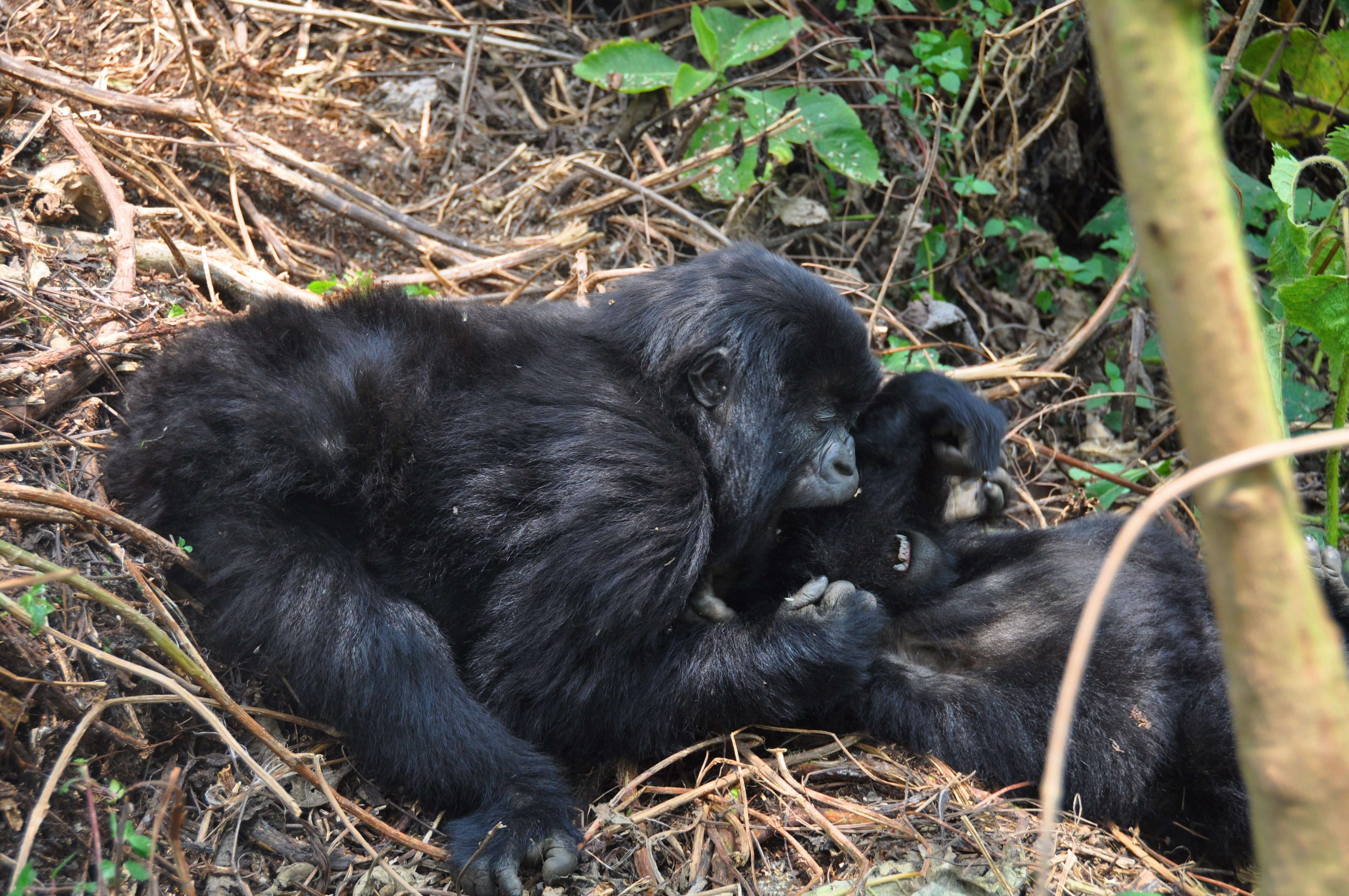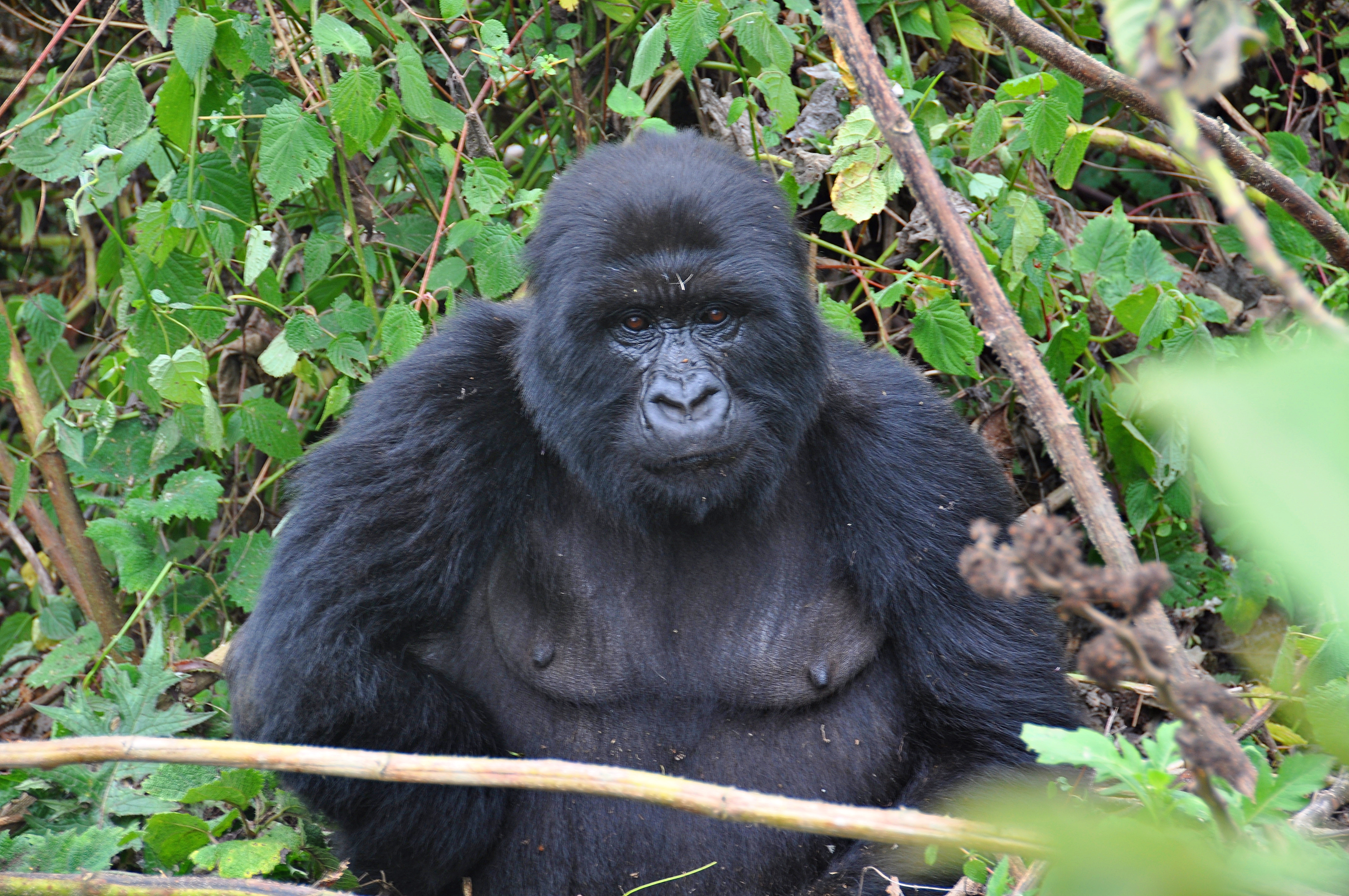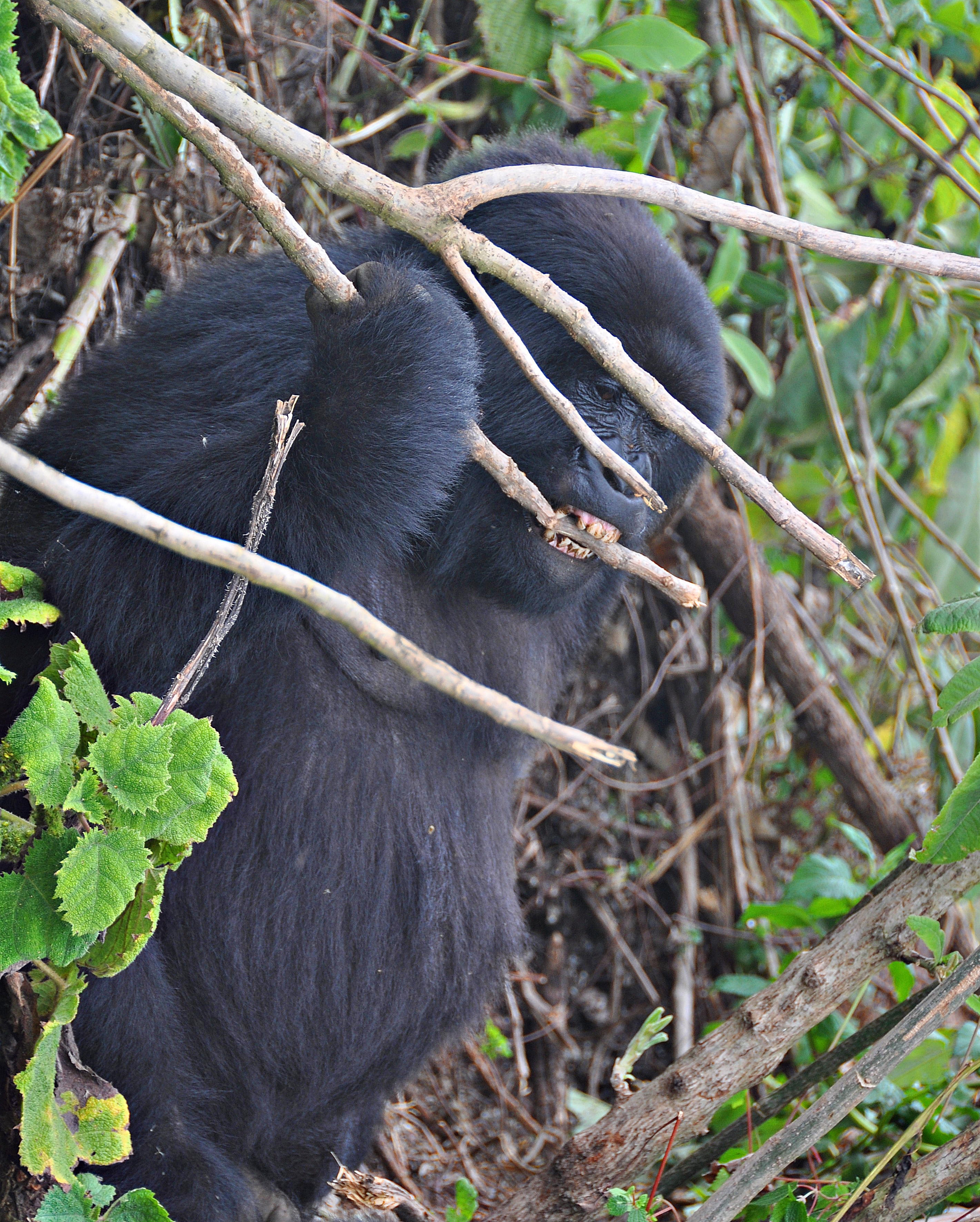Firstly lets start with definitions. There are a few “trans” trains in this region that are used interchangeably, so to avoid any confusions these are the names you’d hear –
- Trans Siberian: this is the most famous one, partly owing to the movie and partly because it is the longest train journey on the planet. This goes between Moscow and Vladivostok on the east coast of Russia.
- Trans Mongolian: as the name suggests this branches out from the Trans Siberian and goes across Mongolia to Ulaanbataar and Beijing.
- Trans Manchurian: this goes all the way across China to Harbin and then to Beijing
Most people take the Trans Siberian and its branch Trans Mongolian all the way to Beijing and skip the cold of the Russian east coast. This is what we took, covering 6000km on rail.
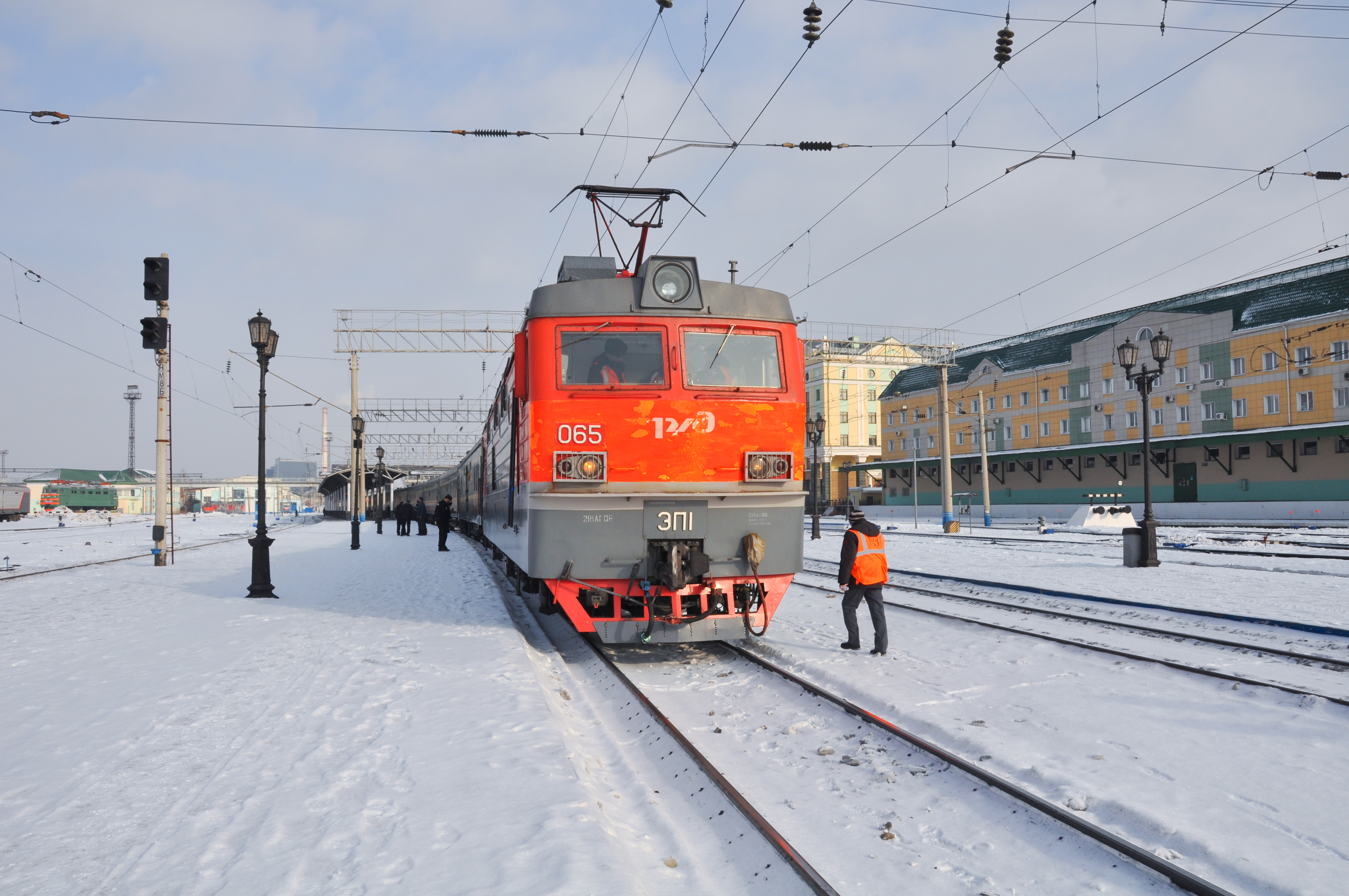
How to book the Trans Siberian tickets
Unfortunately there is no official rail website where you can buy these tickets, you have to go through a Russian travel agent or a 3P website. I suggest you pick a Russian travel agent as it gives you a few advantages
- You can customise the itinerary as you wish, getting off and on from different stations and spending as much time as you want along the way
- Its MUCH cheaper than buying it from a local travel agent. We tried buying off some Singaporean agents and the cost was more than double. We met a Norwegian couple on the train and they had the exact same experience trying to buy from Oslo.
If you are planning on making some stops in between, remember that you can’t buy one ticket. It doesn’t work like a hop on hop off. You will need to buy as many tickets depending on the number of stops you make. We stopped in Irkutsk and Ulaanbataar, so we had to buy 3 tickets: Moscow – Irkutsk, Irkutsk – Ulaanbataar, Ulaanbataar – Beijing.
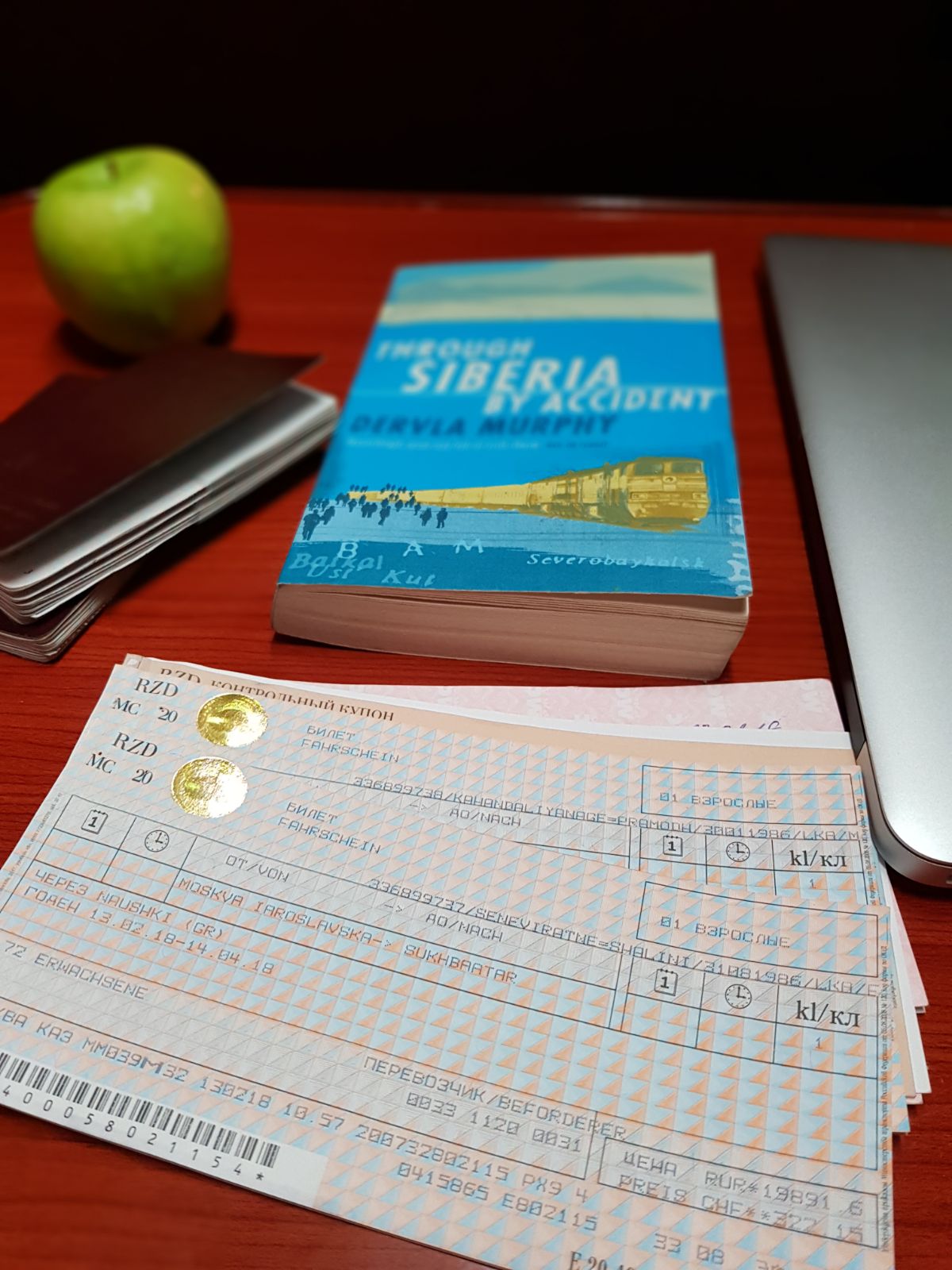
Our Trans Siberian Rail Tickets!!
Picking the right train
There are normal trains and express trains depending on the dates you pick to go. If you make stops in between in Siberia, you might end up in a normal train that doesn’t go all the way. This is not ideal because its slower and stops in many places. The normal trains don’t have first class. If your travel agent offers you first class on a normal train, that means he’s giving you a second class cabin to yourself.
Check out seat61.com to get a detailed understanding of each train. We took train number 4 from Moscow to Irkutsk and train number 306 from Irkutsk.
There are also Russian, Chinese and Mongolian (run by Russians) trains. Depending on the flag of the train the staff will be from that country. Although neither really speaks any English, this is something to keep in mind.
Solely based on the two trains we travelled in, my biggest advice is to pick the Russian or Mongolian trains. They are newer, MUCH MUCH MUCH cleaner, better maintained with staff who were more professional.

The beautiful Russian train staff

The slightly annoyed at being photographed Chinese staff
Picking the right cabin
You have an options of picking from
First class: there are two per cabin, although one is still a bunk bed. There is also one “shower” room between two cabins, so you have to share with your neighbours. This has a sink, tap and a shower. However, don’t attempt a full shower because the doors aren’t entirely sealed and it will start leaking into the cabins. Trust me, it happened to us. A damp carpet in your cabin is not what you want on the longest train journey on the planet. There are 2 toilets for each carriage, which usually has 16 people. There is enough storage for 3 big bags, 1 small bag and 1 back pack, very comfortably. The cabin also has a power socket for all your devices.
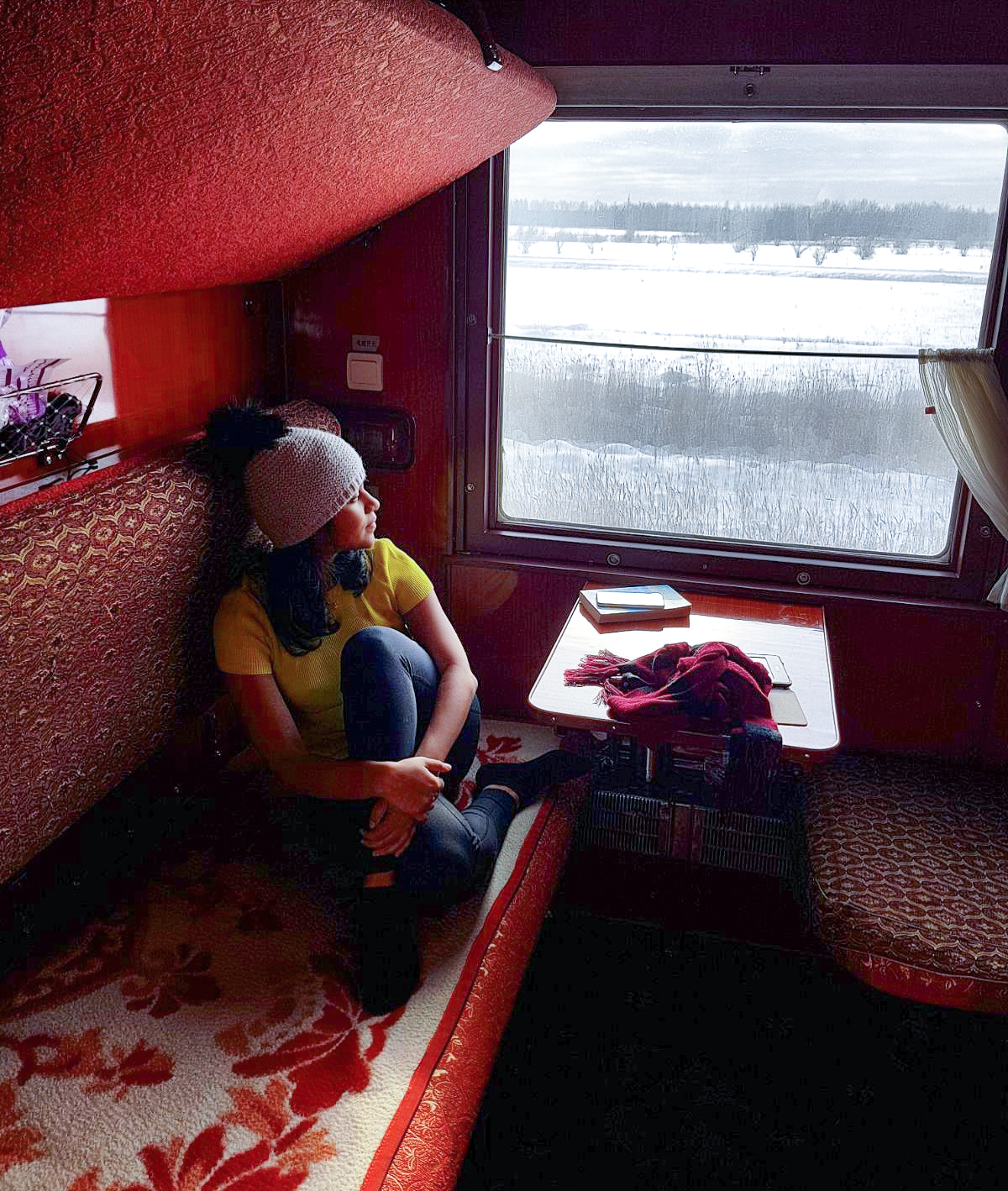
Inside the Moscow – Irkutsk Chinese Train
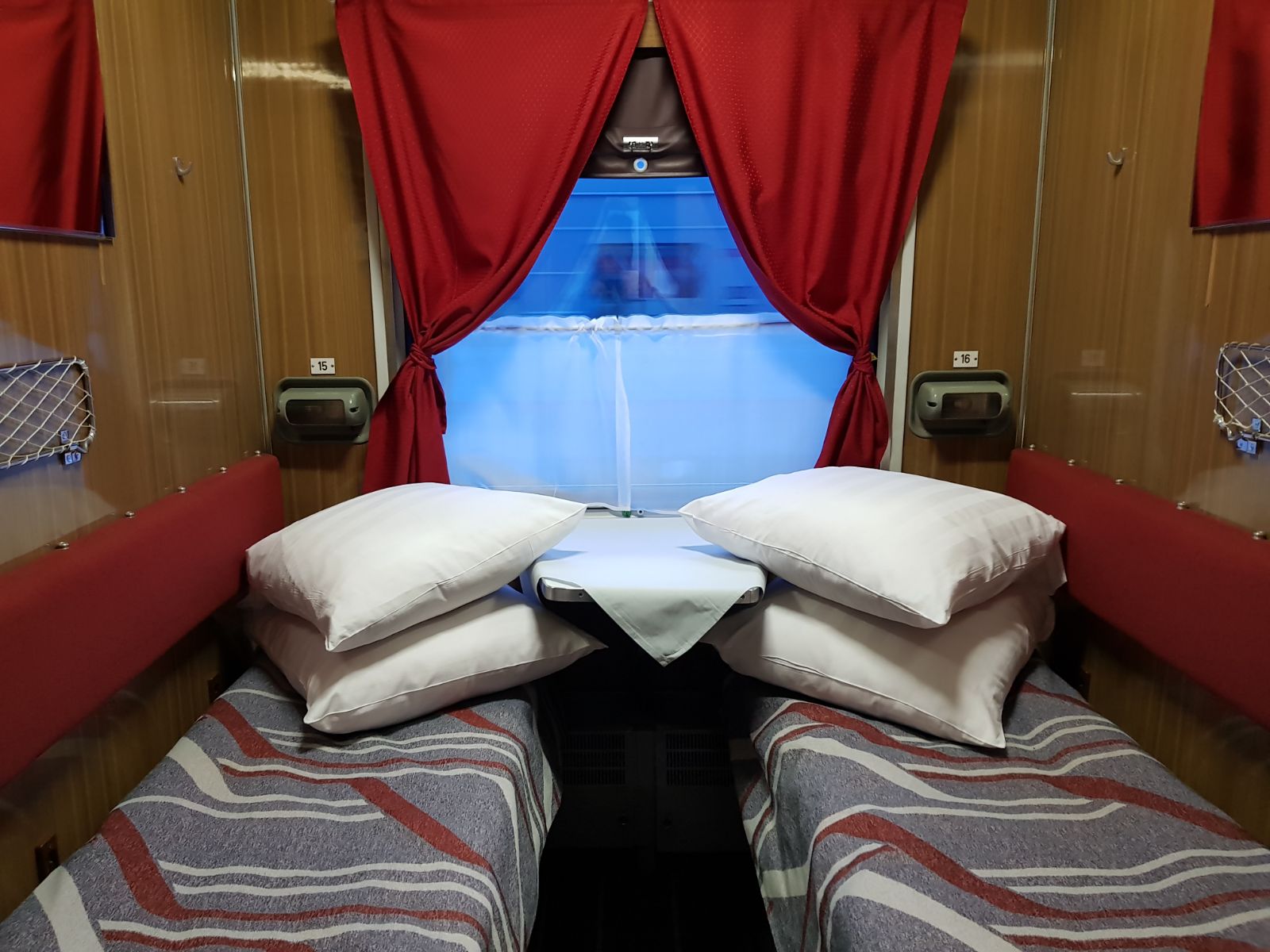
Our wonderful cabin inside the Irkutsk – Ulaanbataar Russian Train
Second class: this has 2 bunk beds for 4 people and can be a little bit cramped up.
Third class: I haven’t personally seen this, but everything I have read that one should not to take the third class cabin unless you are Russian.
When to go: Summer vs Winter
Ah here is a question we mulled over for quite some time. Go in the summer when the sun is out and the temperature is comfortable or see Siberia like how we’ve heard all our lives – completely frozen. We picked the latter and I will personally recommend it, although I have no comparator. Winter is Siberia is bitterly cold, but with the right clothes, its beauty is beyond words. Miles and miles of monochrome landscape gleaming in the winter sun.
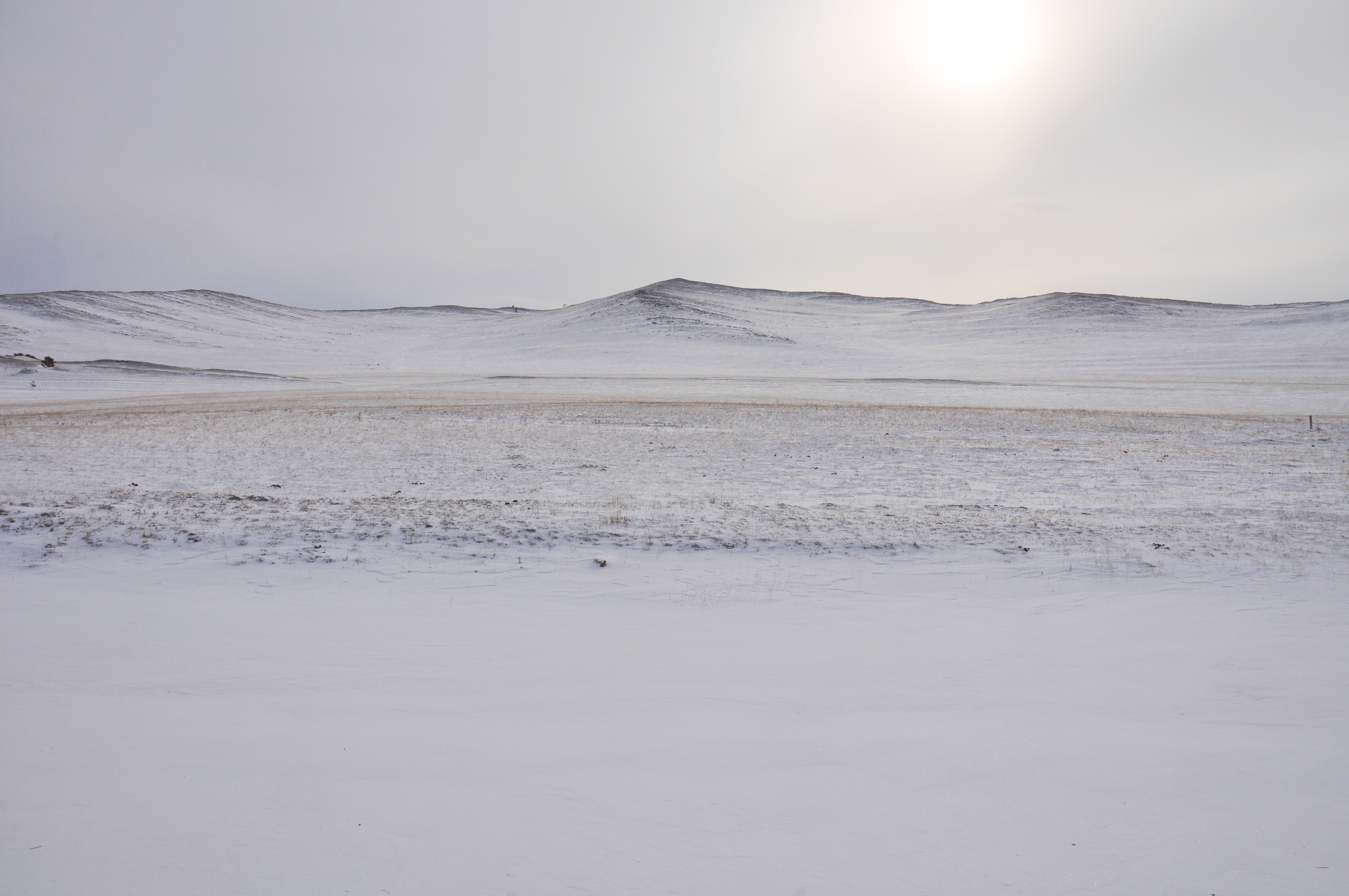
Siberian landscape as the train slowly rolled past
We did consider a middle ground in our typical compromising style and although I haven’t personally experienced it, some Russian friends advised us not to go there in Spring when the thaw happens. The melting snow slush makes everything cold and not so beautiful.
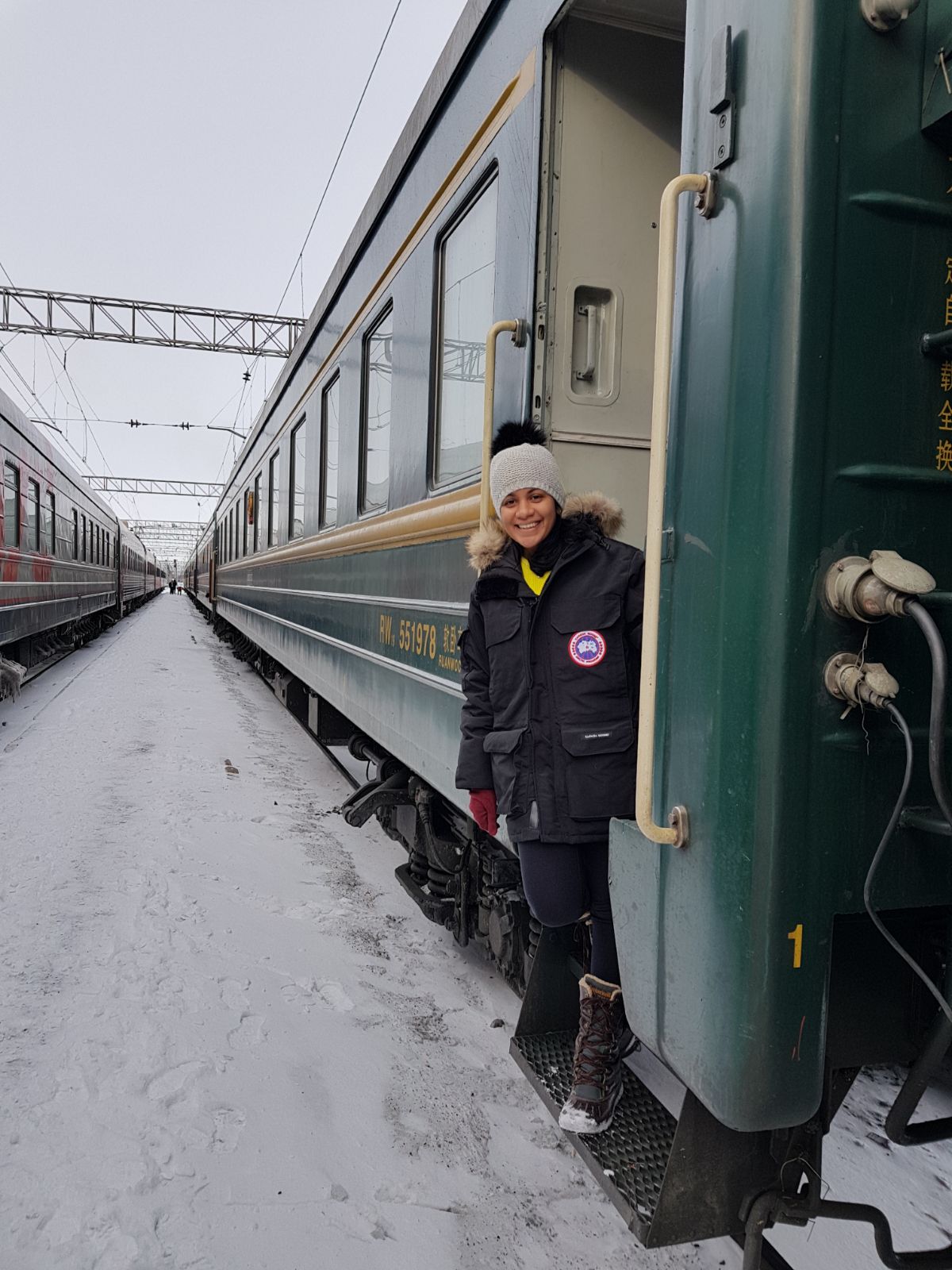
Onboard!
Where to go
The popular stops along the way are
- Yekaterinburg – if you want to see the remains of the last Tsar Romanov family or enter the heart of what was once the center of Russian organized crime.
- Irkutsk – to see the breathtaking Lake Bikal. Read about our stop over in the most famous part of Siberia here.
- Ulaan Baatar – enter the wilderness of the Steppes and Gobi desert through Mongolia’s capital
While on the train
The first thing to keep in mind is the time table on board the train. These timetables were made before smart phones and GPS and also keeping in mind the patchy connection in the middle of nowhere, so all times are in Moscow time. This can be a bit confusing at first especially because you cross about 5 time zones enroute, so it makes sense to have Moscow time on your phone.
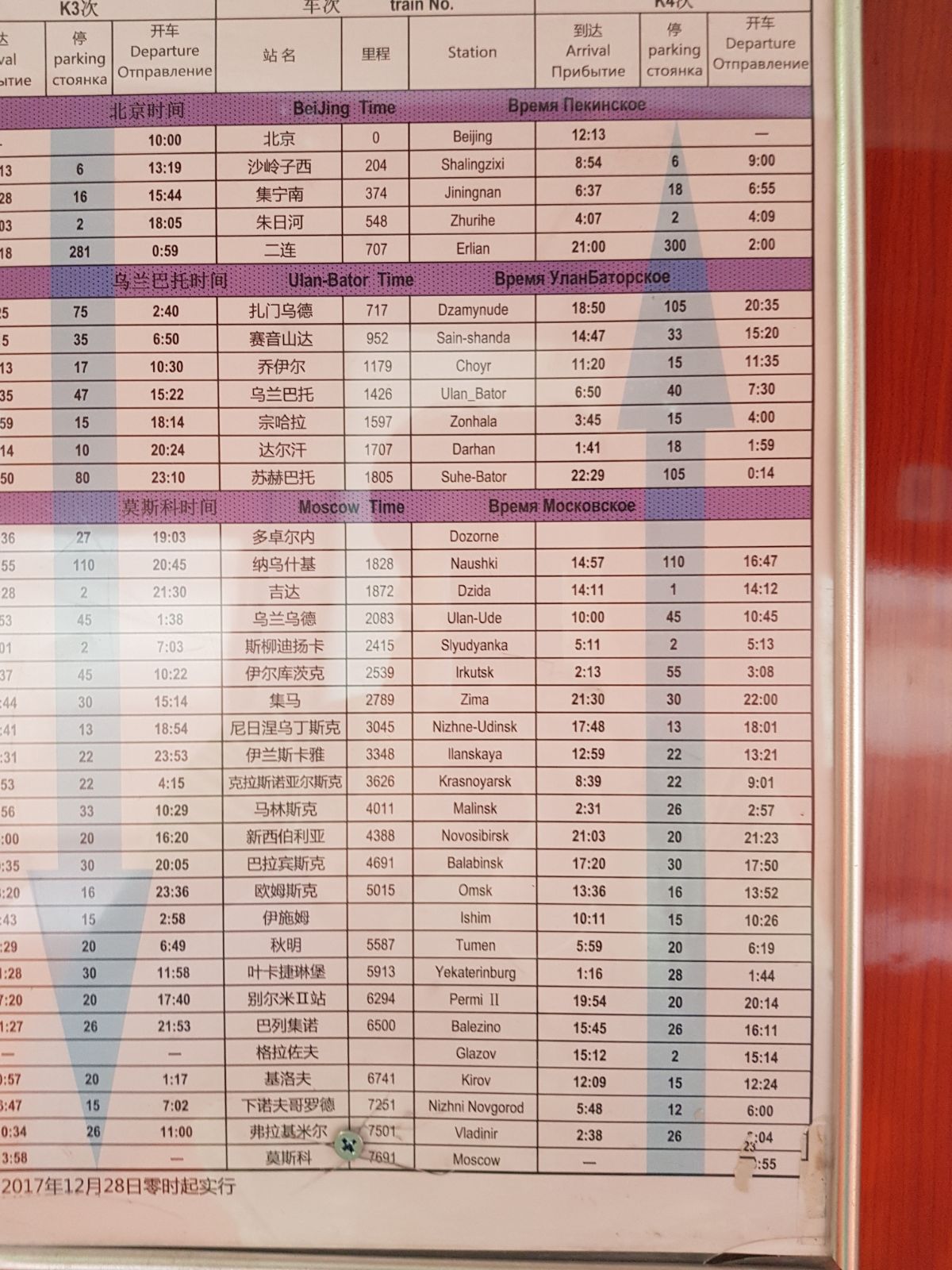
The slightly confusing time table on board our train #4
The weird part is that when you stop at stations, the time shown on the station clock is also Moscow time!
Everyday the train will stop 3-4 times. Once in the middle of the night and maybe 2-3 times during the day. Each stop will be about 15-20 minutes but they start calling you back after about 5-10 minutes so you don’t get much time on ground. In any case you cant go too far, just in case the train leaves without you. You can hop off the train to stretch your legs or buy some essentials. In the winter we didn’t see many stores, but this could be different in the summer. The stores we came across had all the basic necessities – toilet paper (although your bum might scream in pain if you use it), cup noodles, bread, chips etc. We also came across some roast chicken, bacon and fried fish although its freshness is suspect.
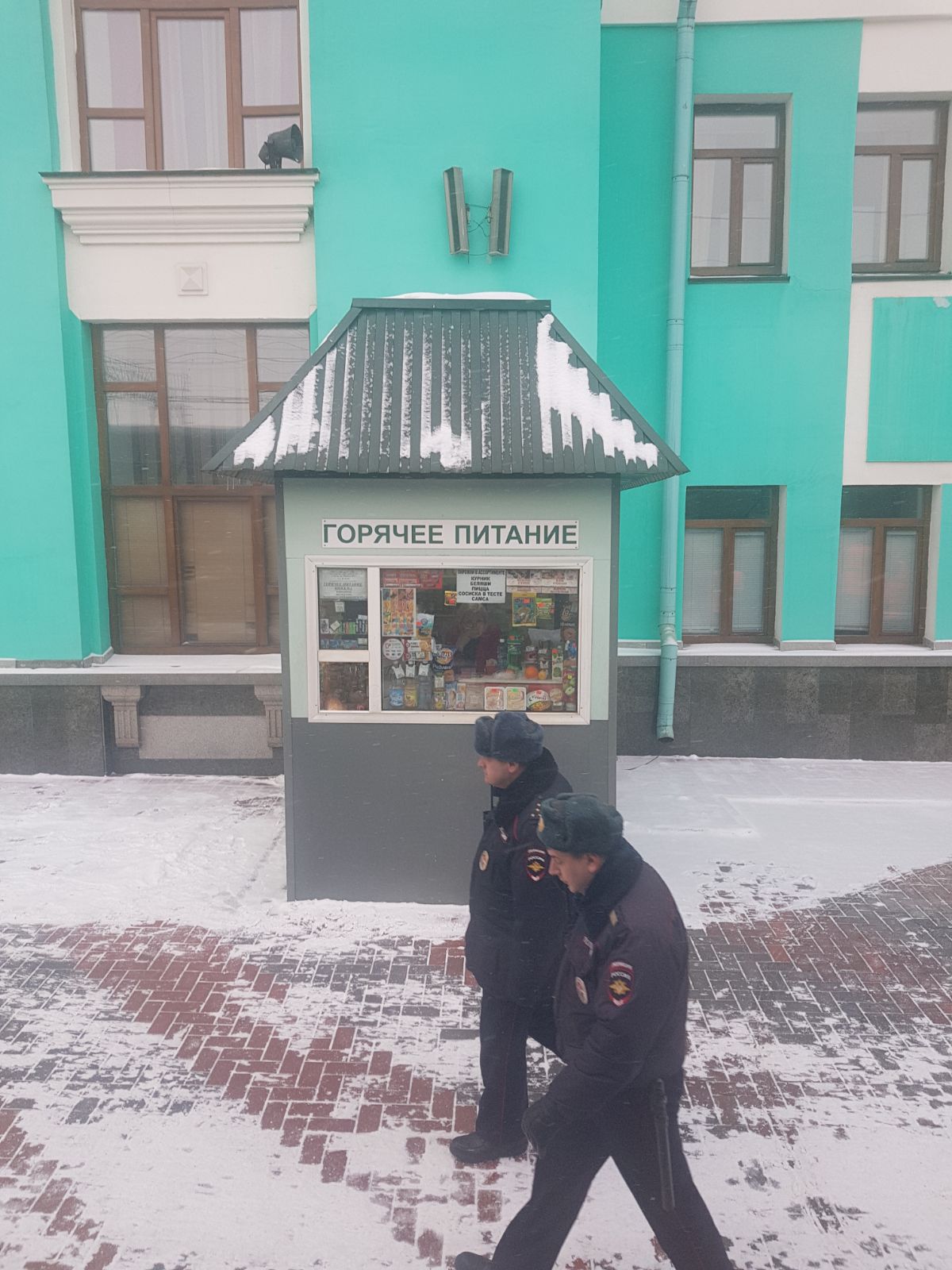
Small stores on the platform selling food and basic necessities
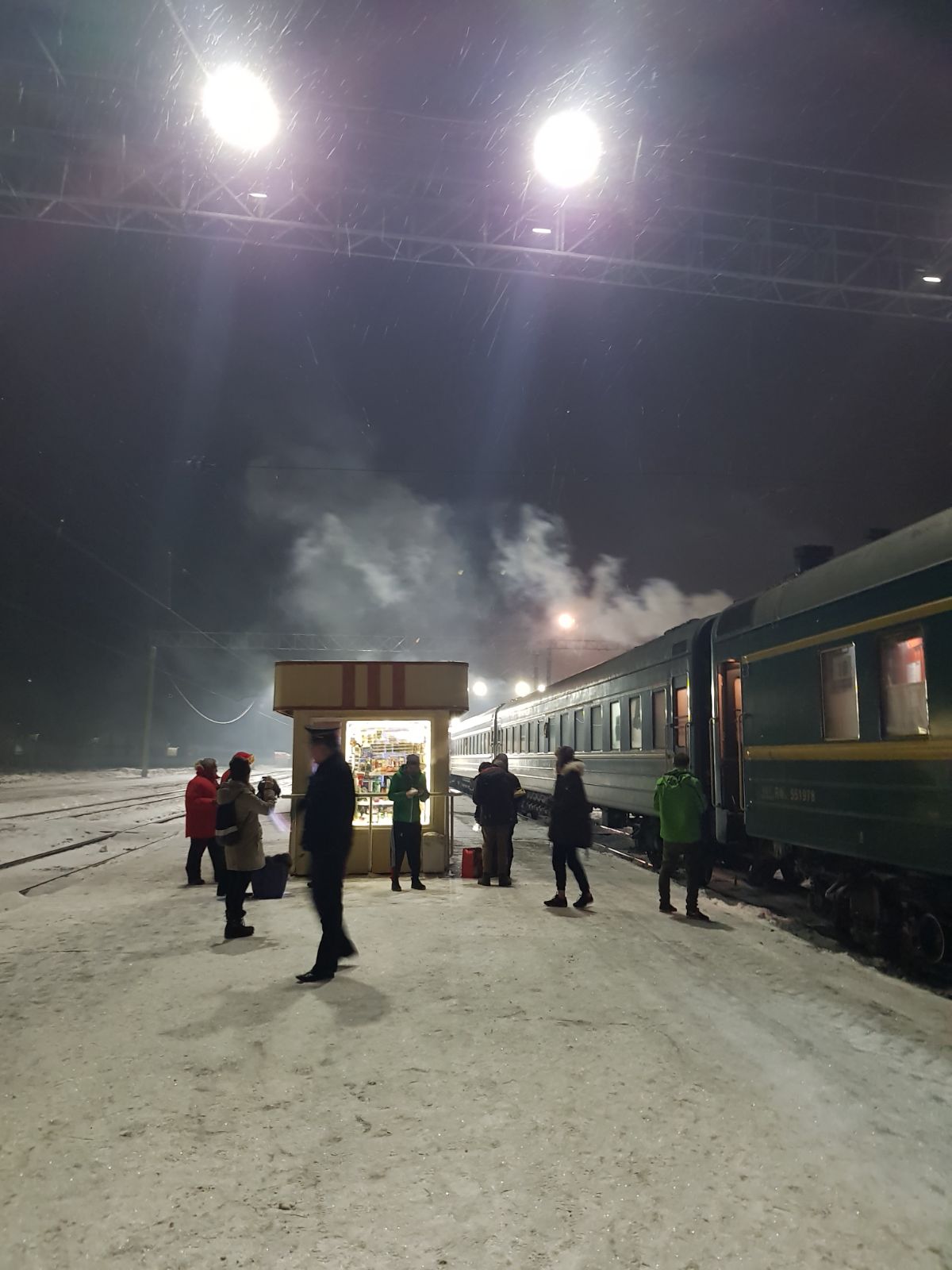
Another quick stop at midnight. Weather: -20 degrees and light snow fall!
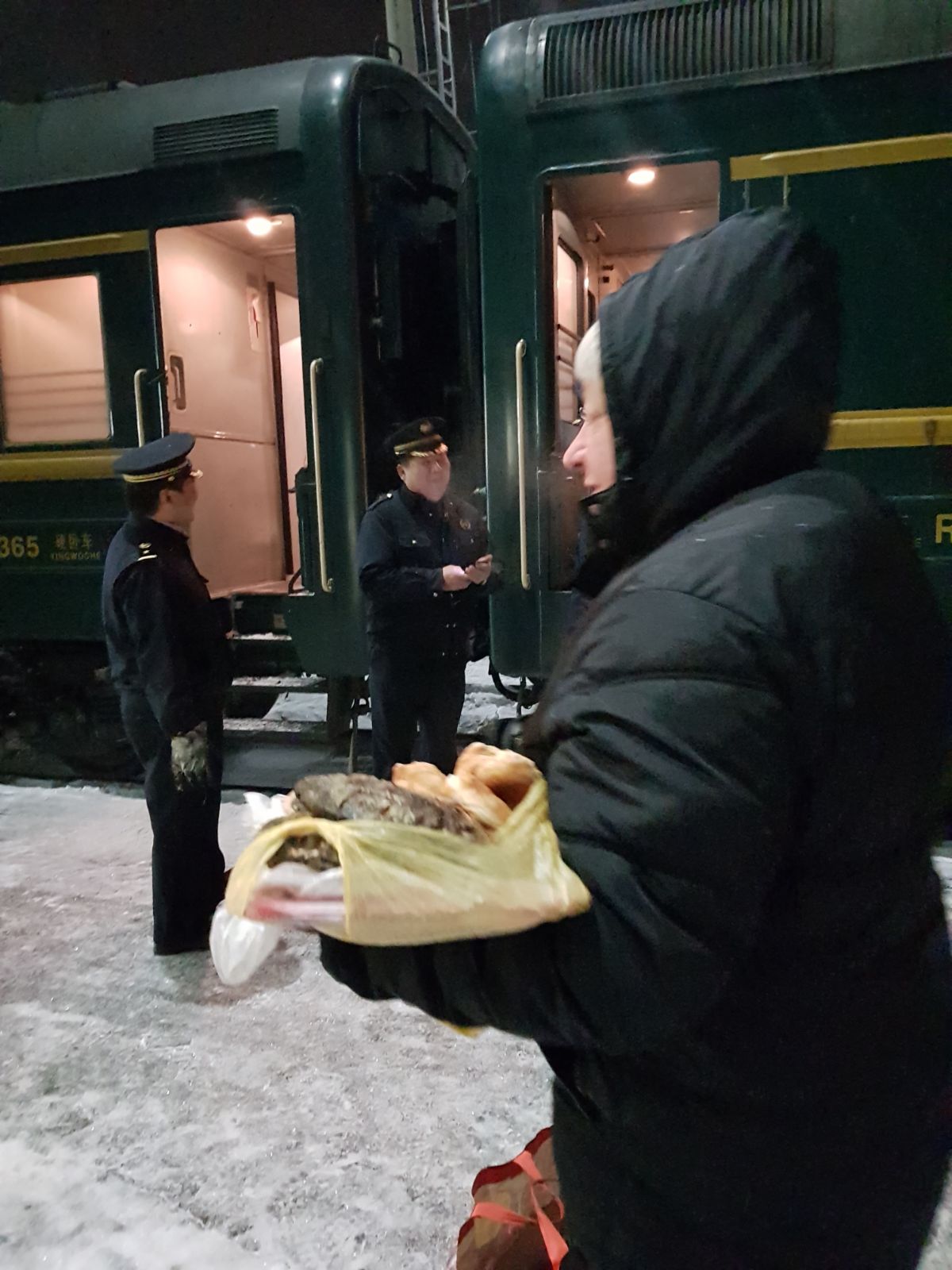
Fried fish being sold by vendors
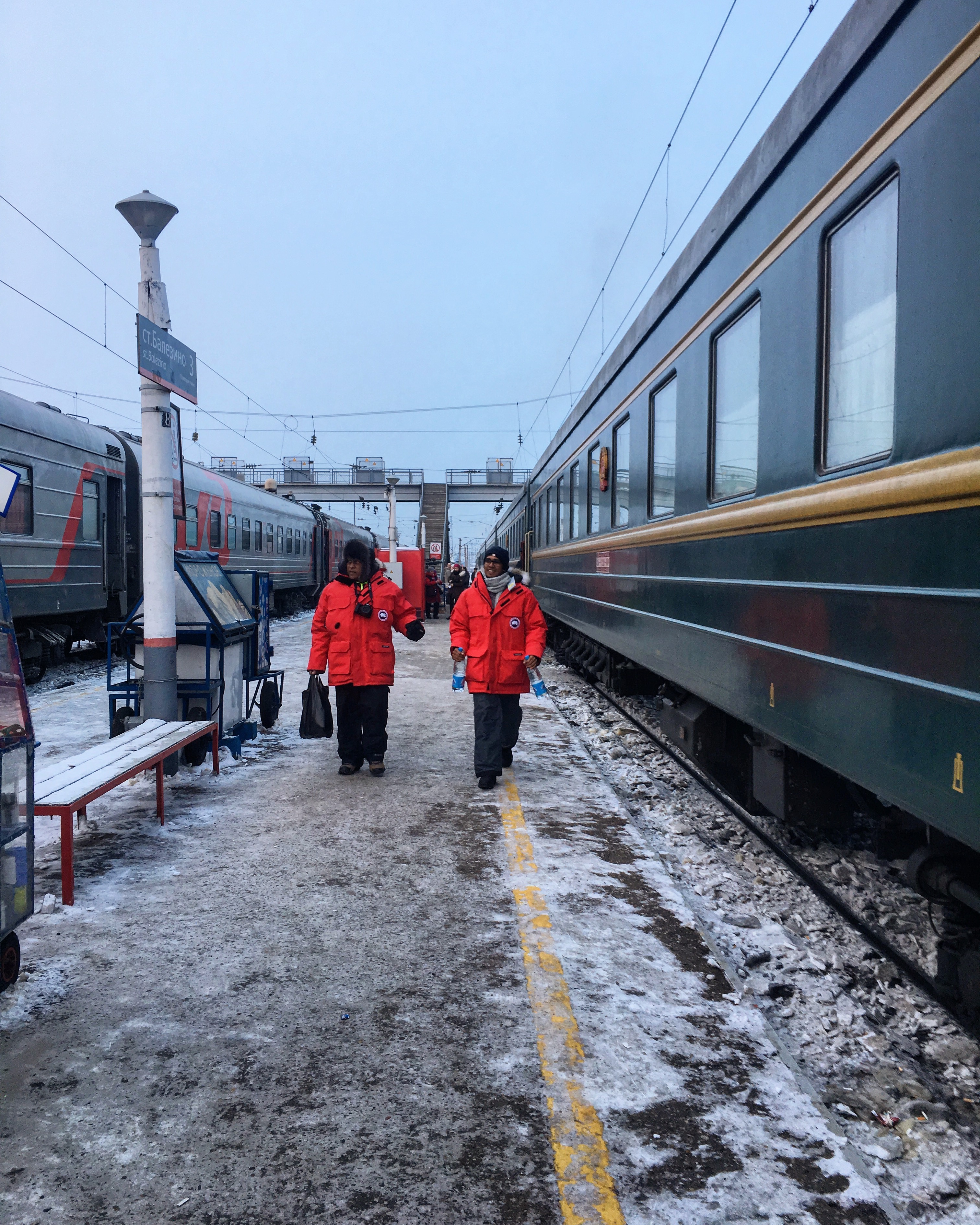
Pro and his dad coming back with groceries
The restaurant car
There is a very warm restaurant car on each train. The food is very very mediocre and over priced. We had soup which surprisingly tasted fresh and good, but the roast meat and sandwiches were quite bad. The bread was stale and the meat was hard and chewy.
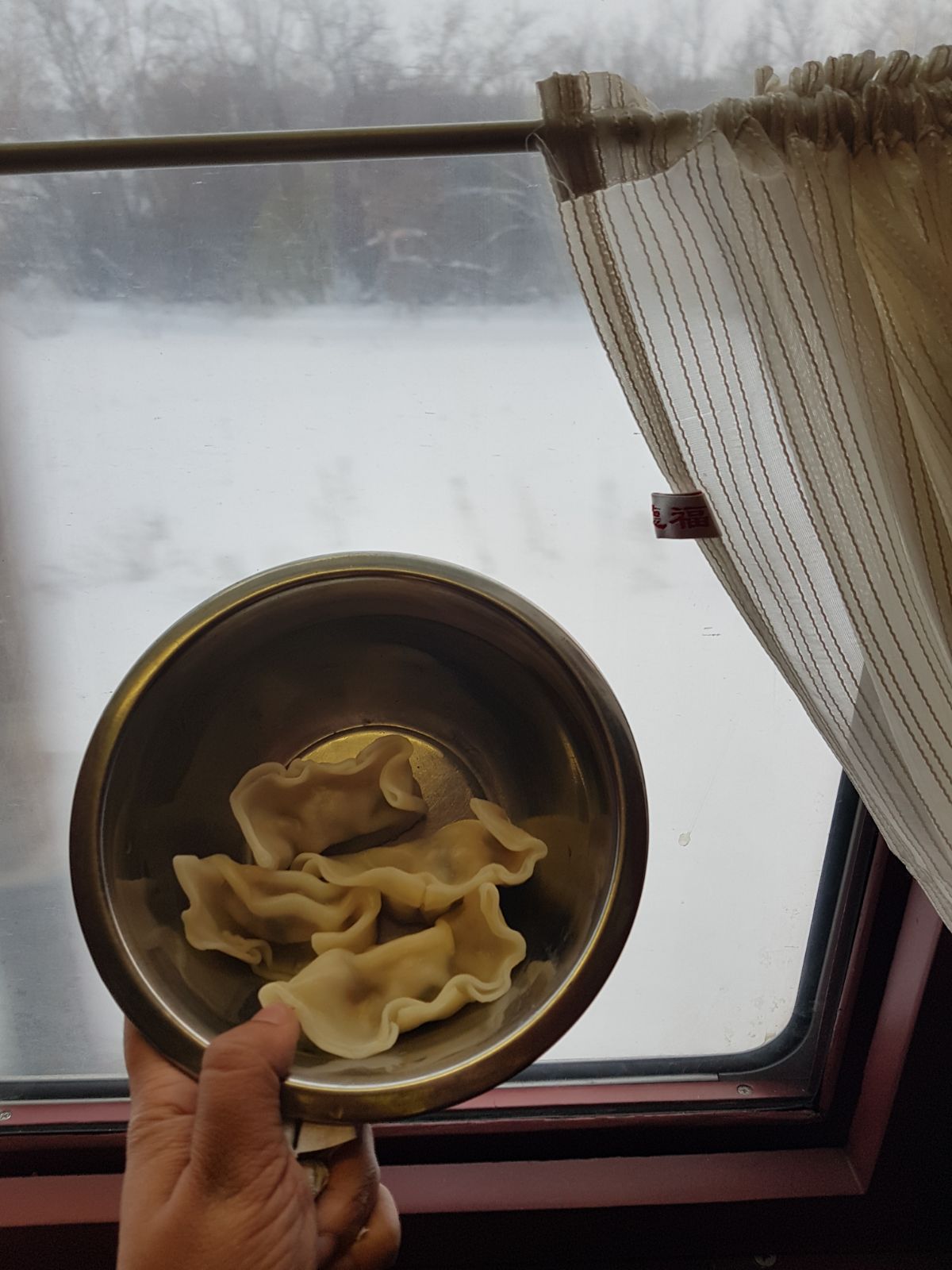
The train conductors cooked their own momos!!! and luckily for us shared them with us
Each carriage has a hot water dispenser where you can get unlimited hot water ranging around 80 degrees.

Pro’s dad filling hot water into the flask provided by the train
Be ware that some trains do not have restaurant cars. The one we took from Irkutsk to Ulaanbataar only did that leg and since it was just a day and a half, there was no restaurant car on the train. Imagine our surprise heading for dinner! But the staff onboard did sell tea, coffee and snacks. The coffee came in very fancy crystal mugs!
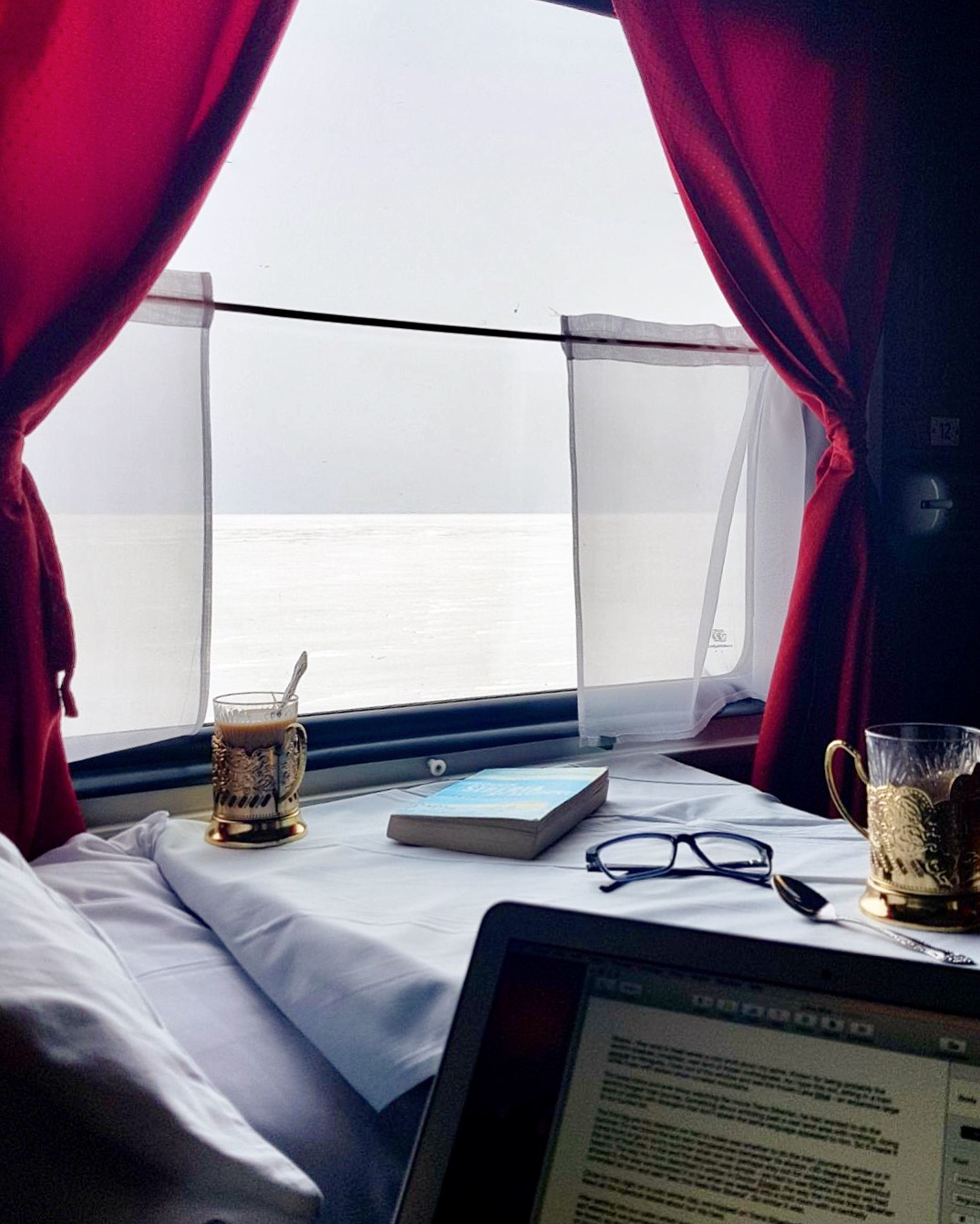
Coffee served in fancy crystal mugs and metal holders
What to pack
Food – since the food onboard is limited and there isn’t much to buy from the train stations, we packed most of the food we needed. This included
- Cup noodles
- Cup soup
- Tin fish
- Cheese
- Salami
- Beef jerky
- Instant rice (Dont judge, us Sri Lankans cant go long without rice)
- Some packeted Sri Lankan food – seeni sambol, pol sambol, fried sprats
- Vermicilli (since its easy to cook – you only need to dip in boiling water)
- Fruits
- Tea
- Instant coffee
- Milk powder
- Ready to eat Quinoa mix from Jamie Oliver
- Biscuits
- Chocolate
- Nuts
- Whiskey
- Vodka (we were in Russia after all)
We had also taken some cutlery
- Disposable plates
- Forks, knives, spoons, scissor
- Cups
- Flask: so that we could easily take the hot water back into our cabin
Other than that we packed
- Toilet paper
- Wet wipes for the body
- Lip balm
- Enough moisturizer
- Swiss army knife
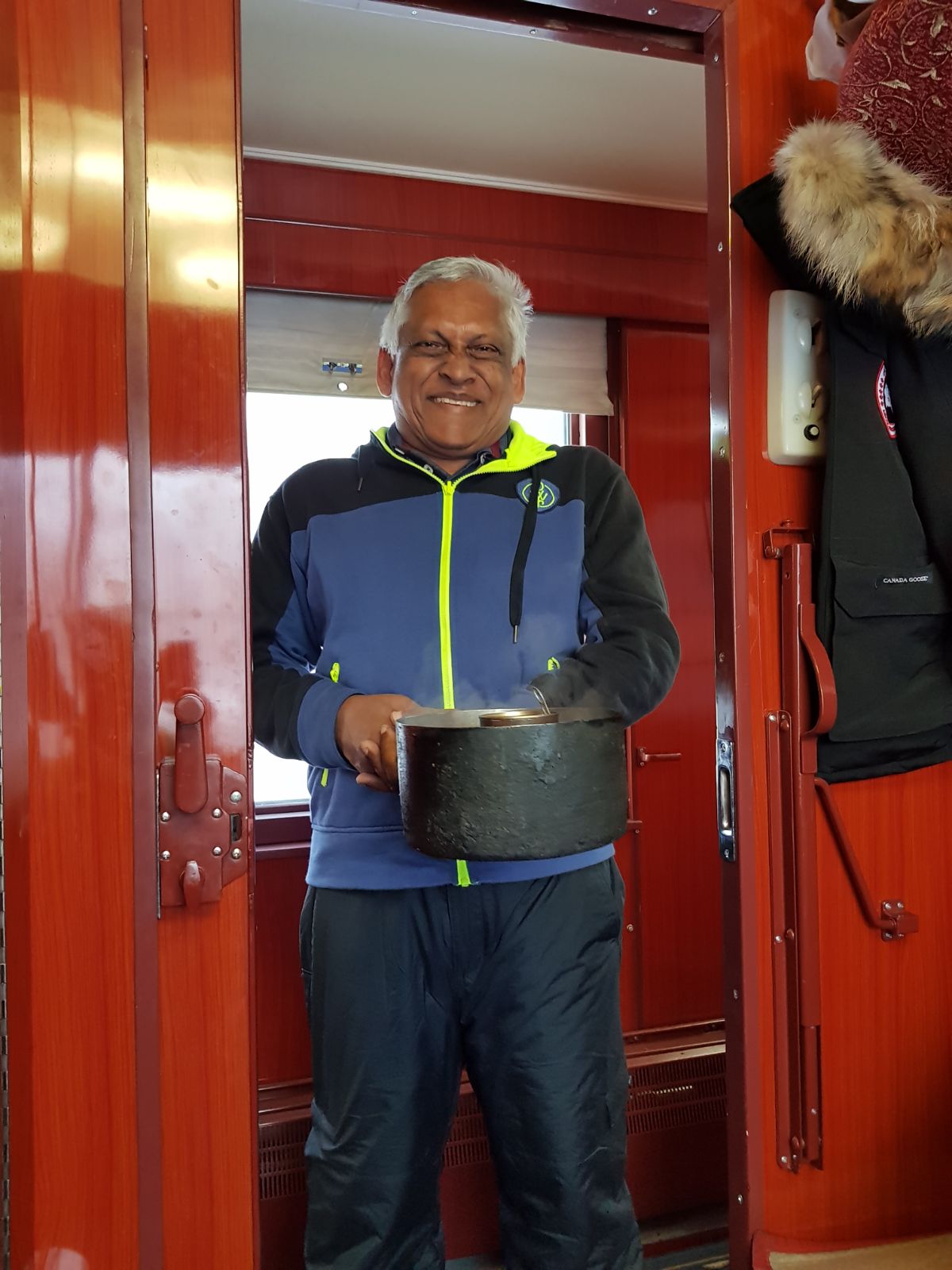
We borrowed a pot from the staff and cooked rice!!!
How to pack
We had arrived in Russia with two big suitcases on wheels. But since the cabins are small and room to manoeuvre is minimum we also took with us some foldable duffle bags. The clothes and toiletries we need on board was packed in one duffle and the food was packed in another. This was Pro’s ingenious idea and worked brilliantly for us.
What you get onboard
You will get a bed sheet, duvet, blanket and mattress cover, pillow and pillow cover. They also give you a plate and a hot water flask – its cleanliness is questionable so we didn’t really use these.
The Toilets
This is a stress point for me and I couldn’t find much online. So if you are finicky like me, here are the deats.
Moscow-Irkutsk (Chinese Train) – We were in first class and only 6 people including ourselves were using the toilet. It was a metal toilet, with a flush peddle that you had to step on. Overall it looked clean, although I didn’t dare sit on that toilet seat. From time to time it smelled a bit bad, but there wasn’t much choice.
Irkutsk onwards (Russian Train) – The toilets were in great condition here! the set up was exactly the same as the train before, however it was MUCH cleaner and regularly cleaned. There was fresh toilet paper and hand towels as well as liquid soap.
Border crossing
If you take the train all the way from Russia to China or vice versa, you will experience 2 border crossings and therefore 4 check points as you cross each country. This is what you need to know
- The train stops and immigration and customs officers board the train and will come to you to do the check. You are not allowed to get off the train or wander about inside the train until all checks are completed.
- You also can’t use the toilet (since its stopped in a station) till the checks are completed. So remember to finish all your business before the train stops
- You will receive an immigration and customs declaration form from the train staff before the check point so remember to fill them up as soon as you get it
- Keep your passport and forms ready to be checked when the officials board the train
- Also keep your luggage ready to be checked. If you have any bags kept in the luggage space on top, bring them down and keep them ready
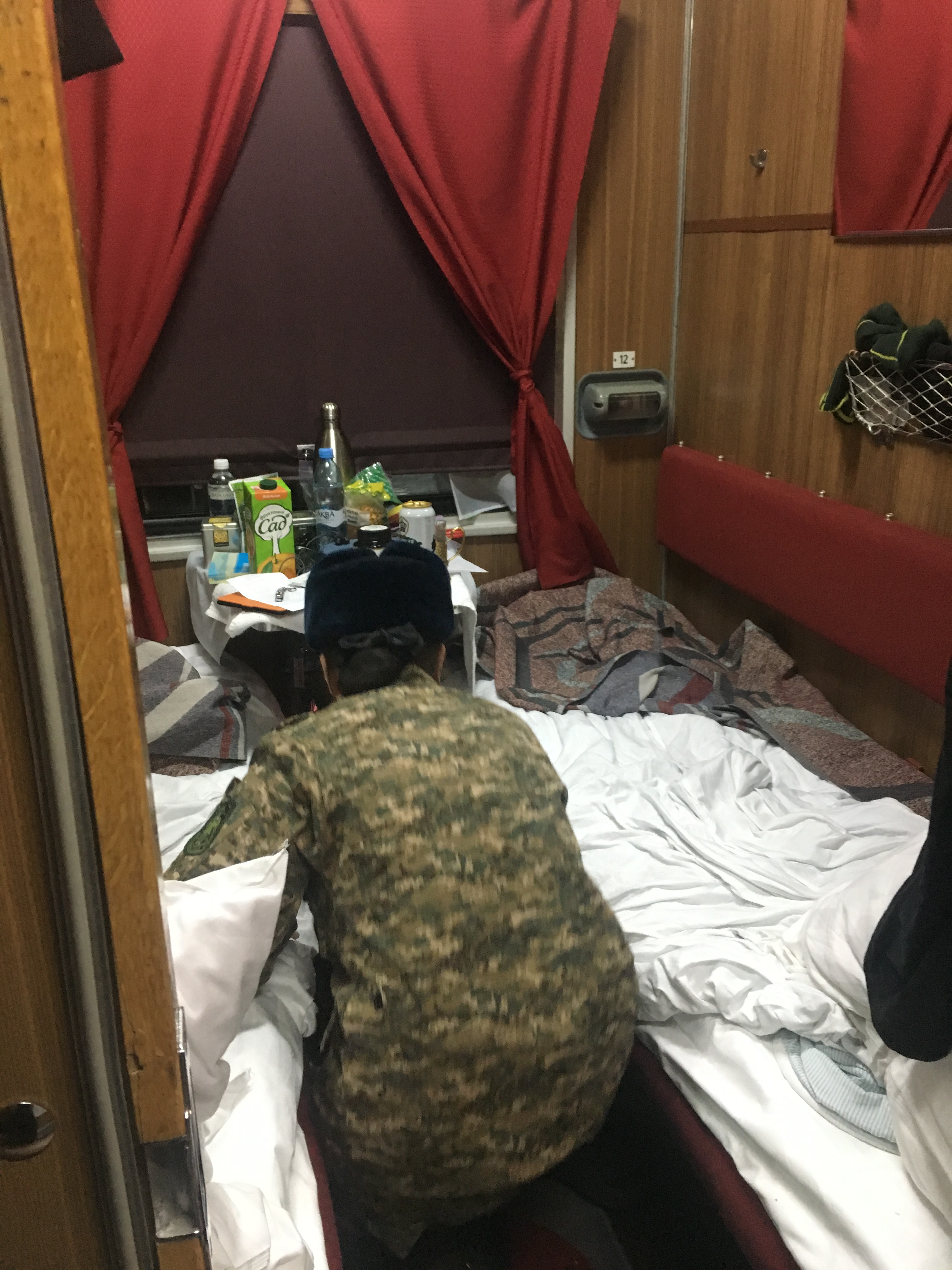
Mongolia border check
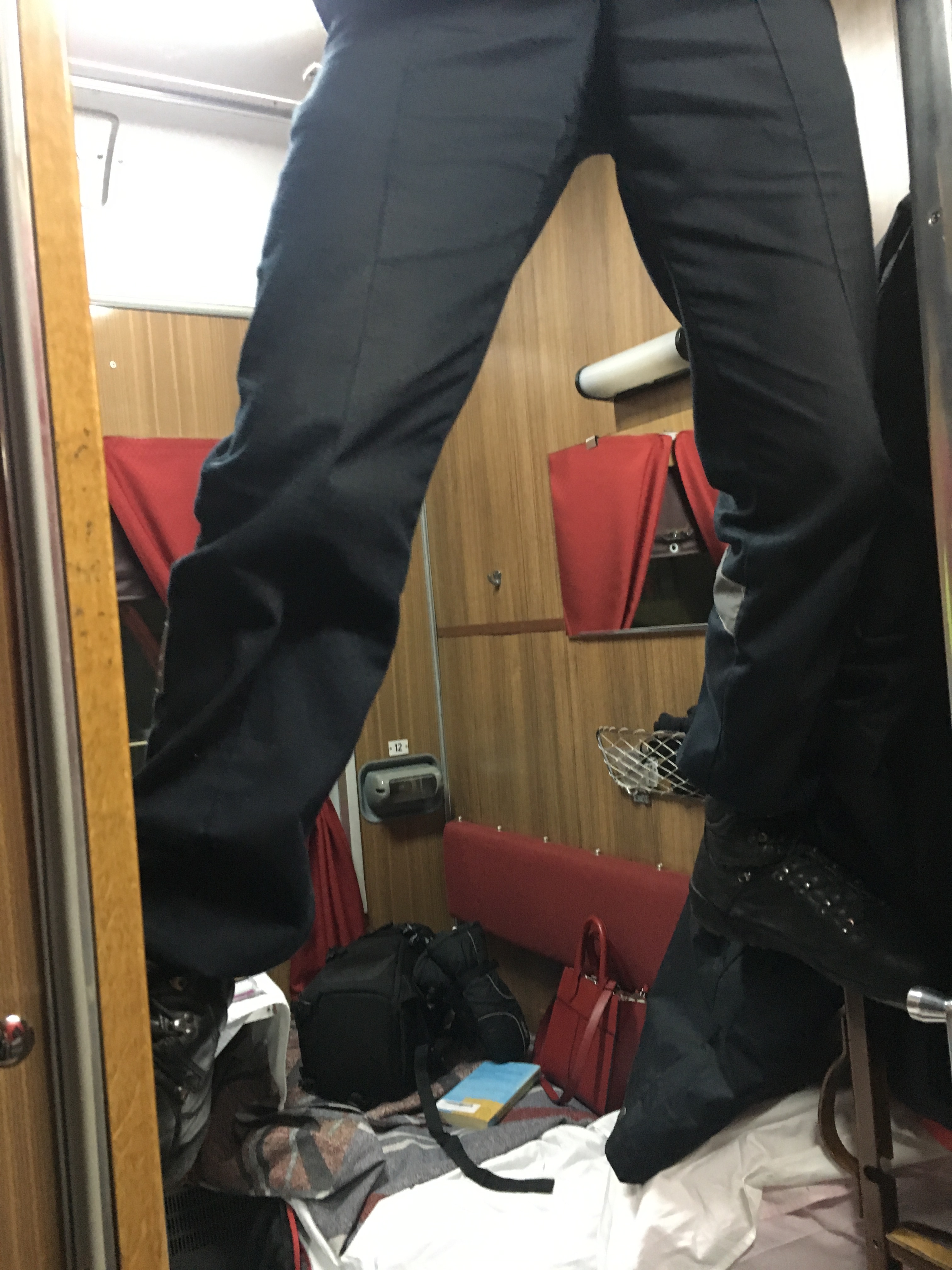
Russia border check
We haven’t answered all your questions? Leave a comment and we’ll respond.
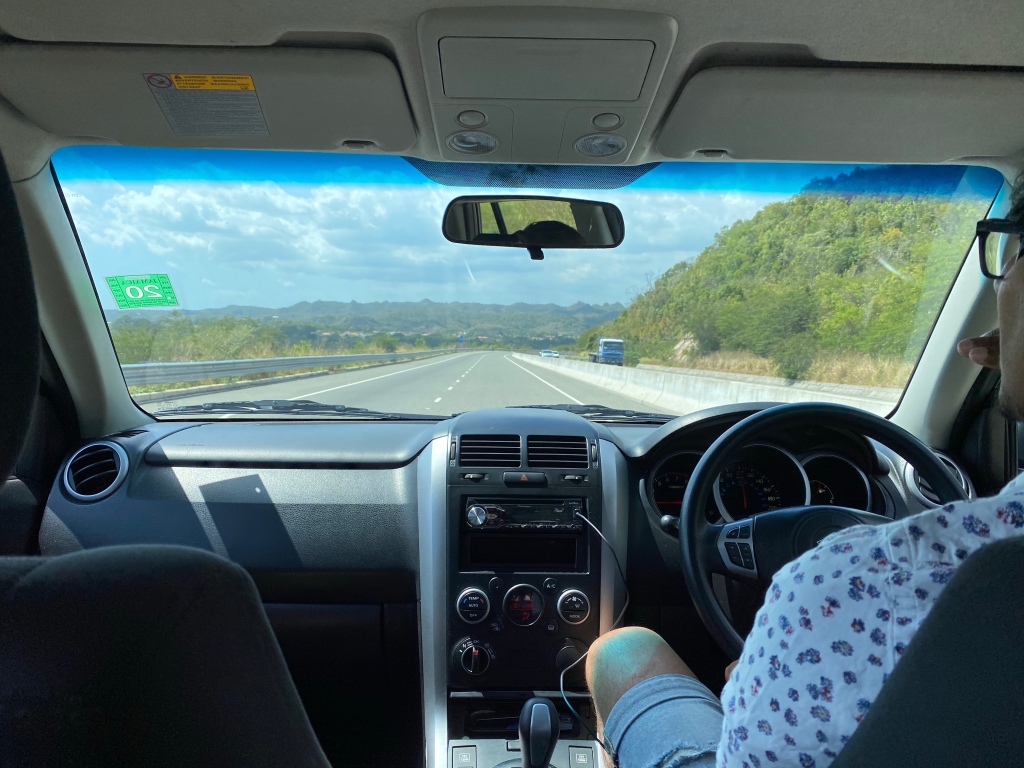

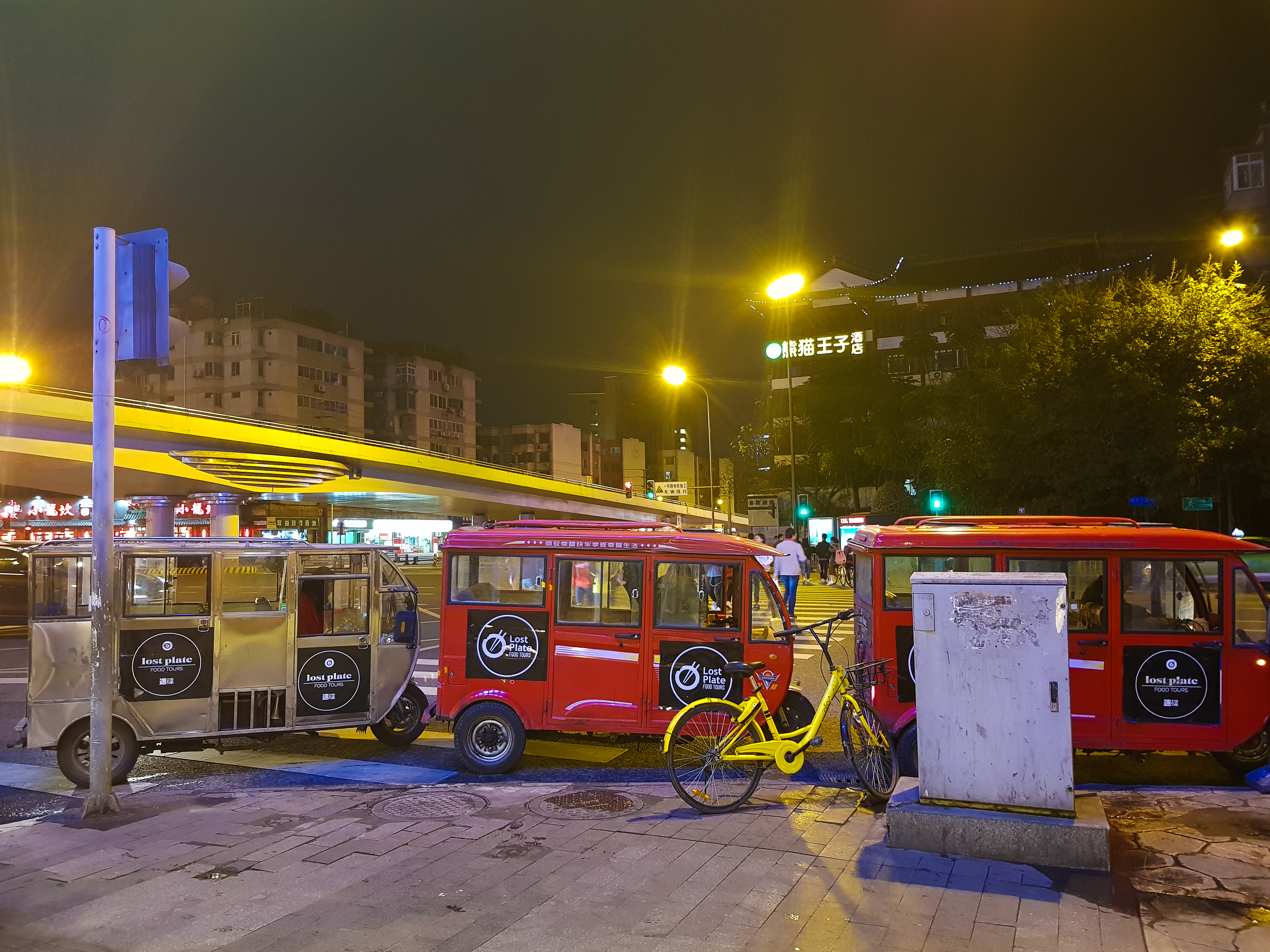
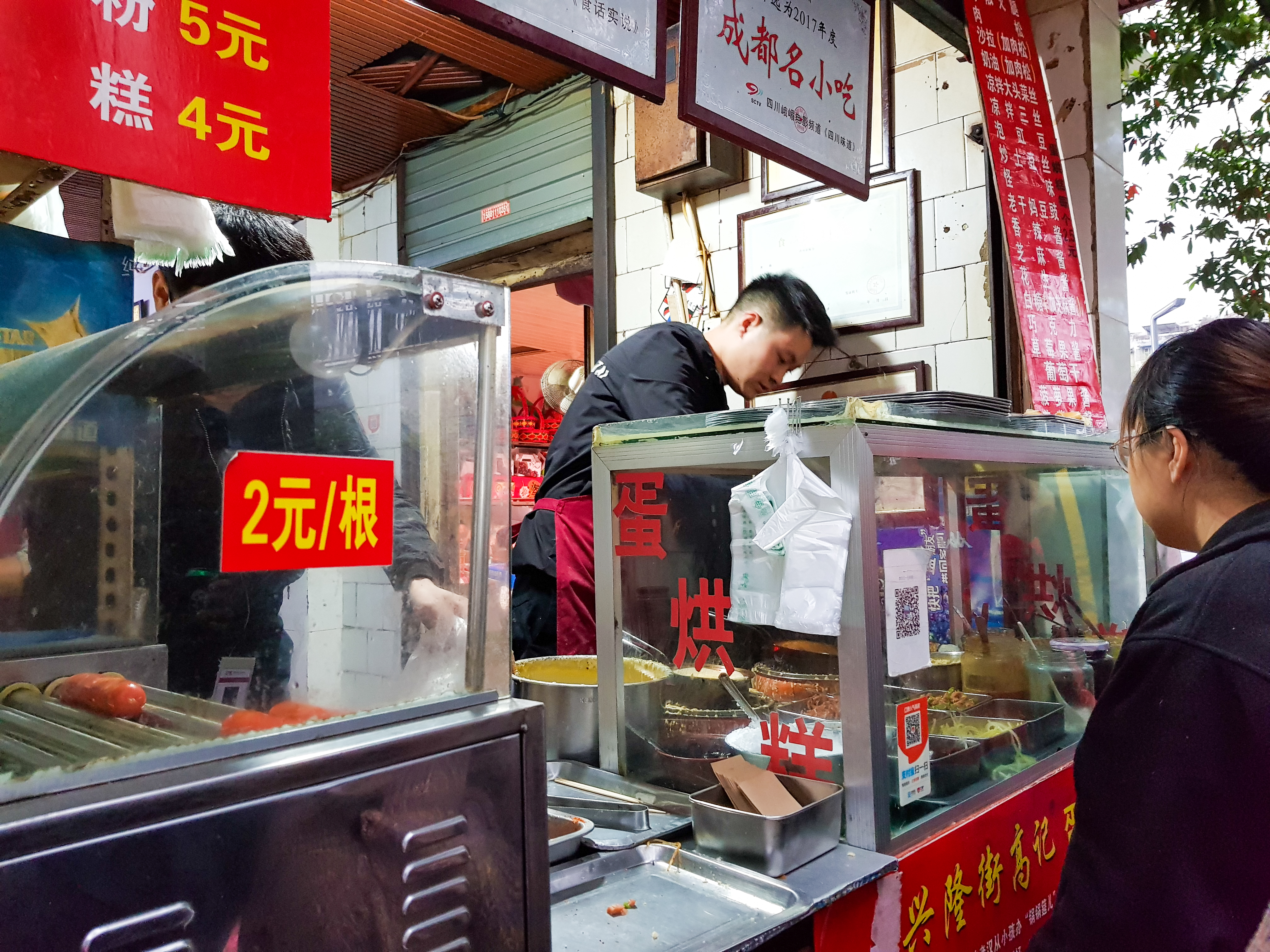
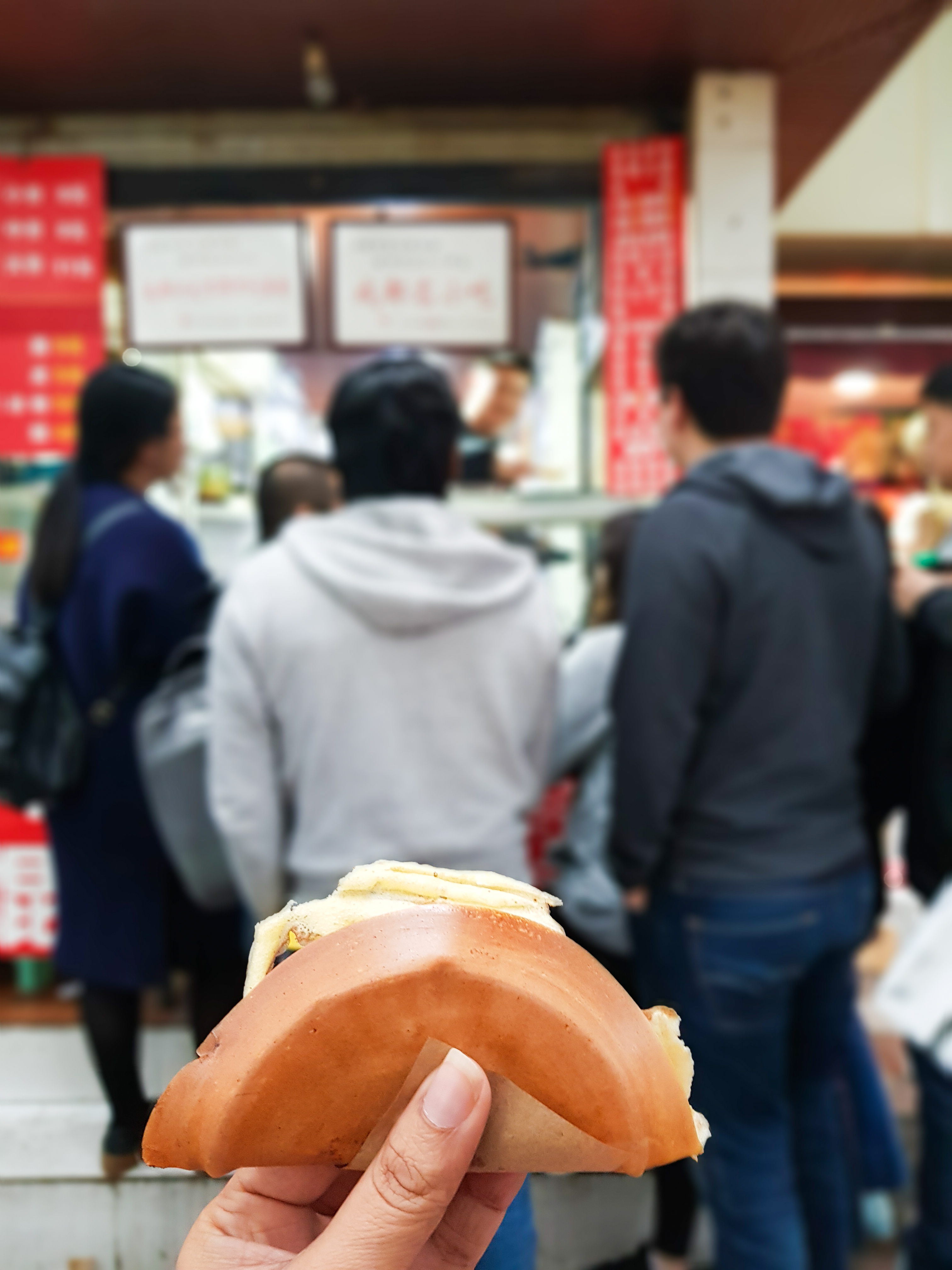


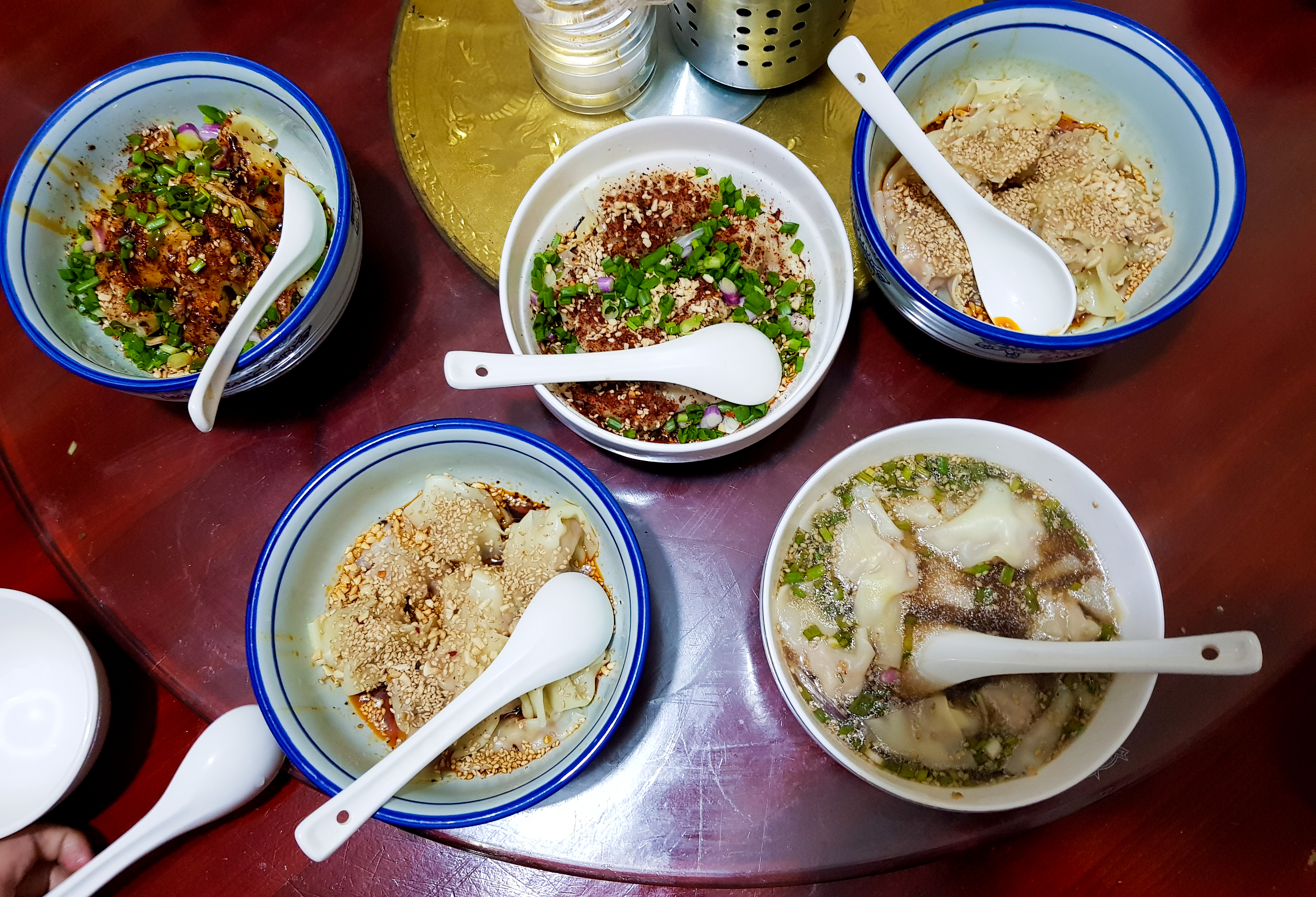

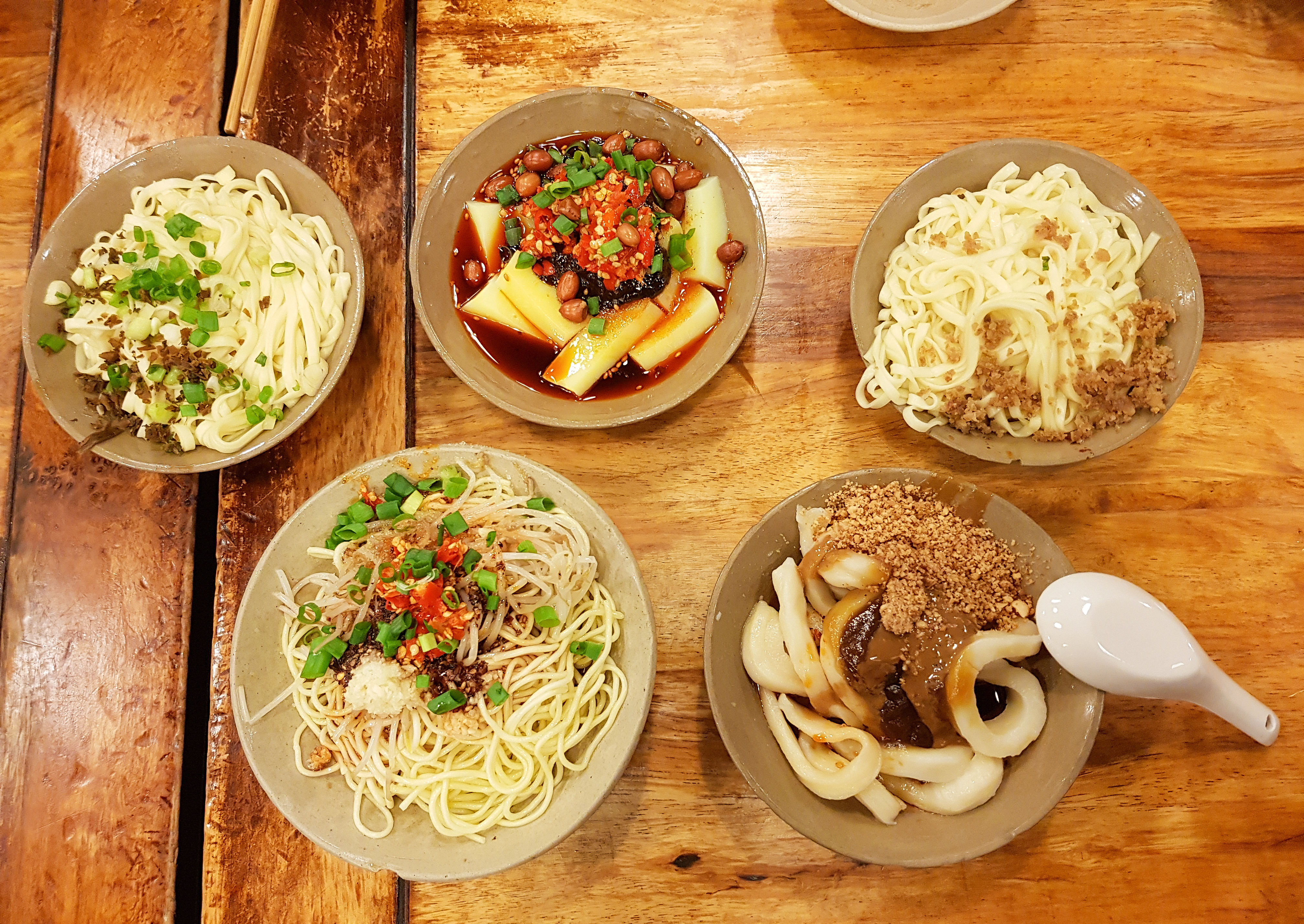

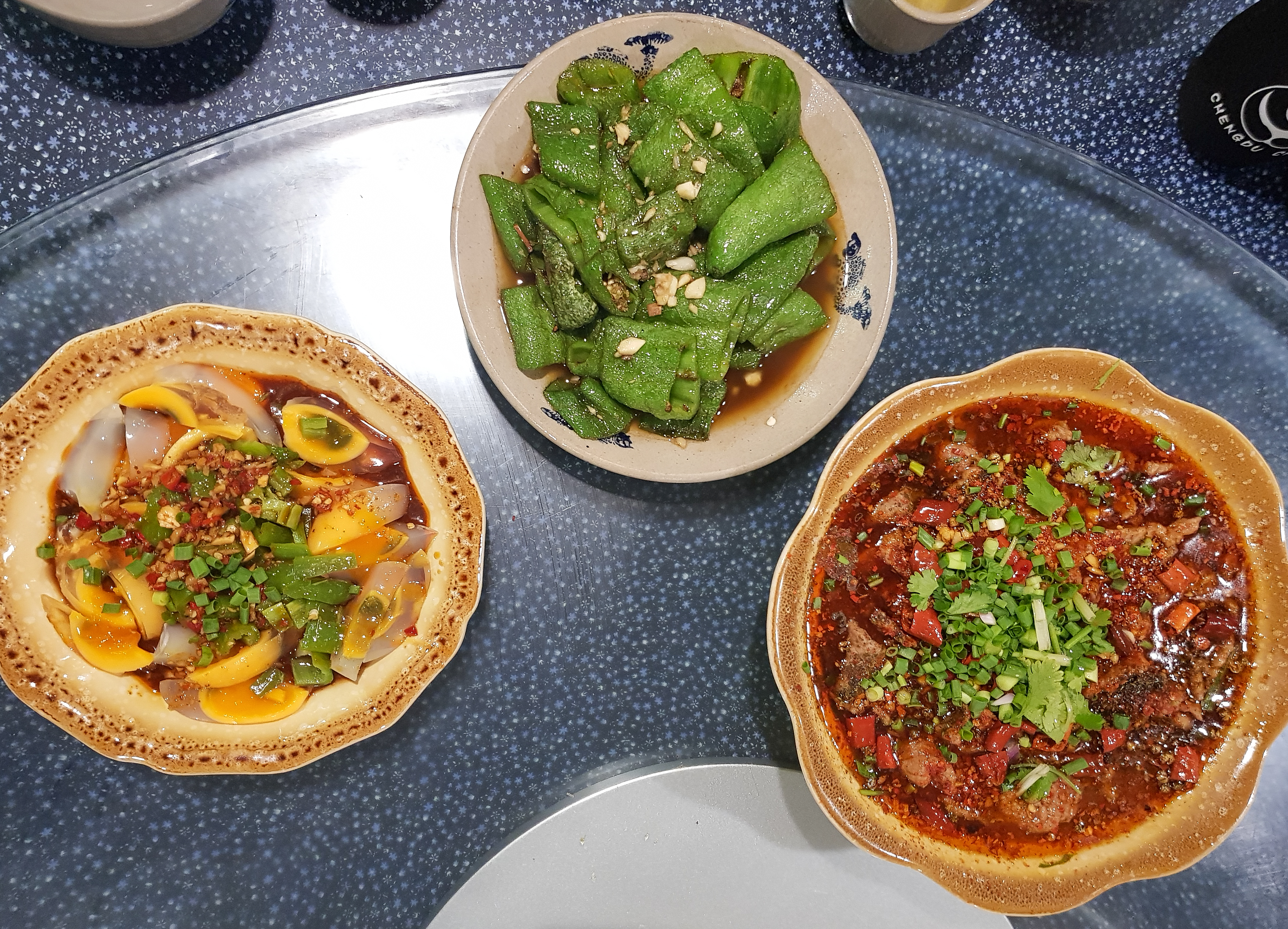




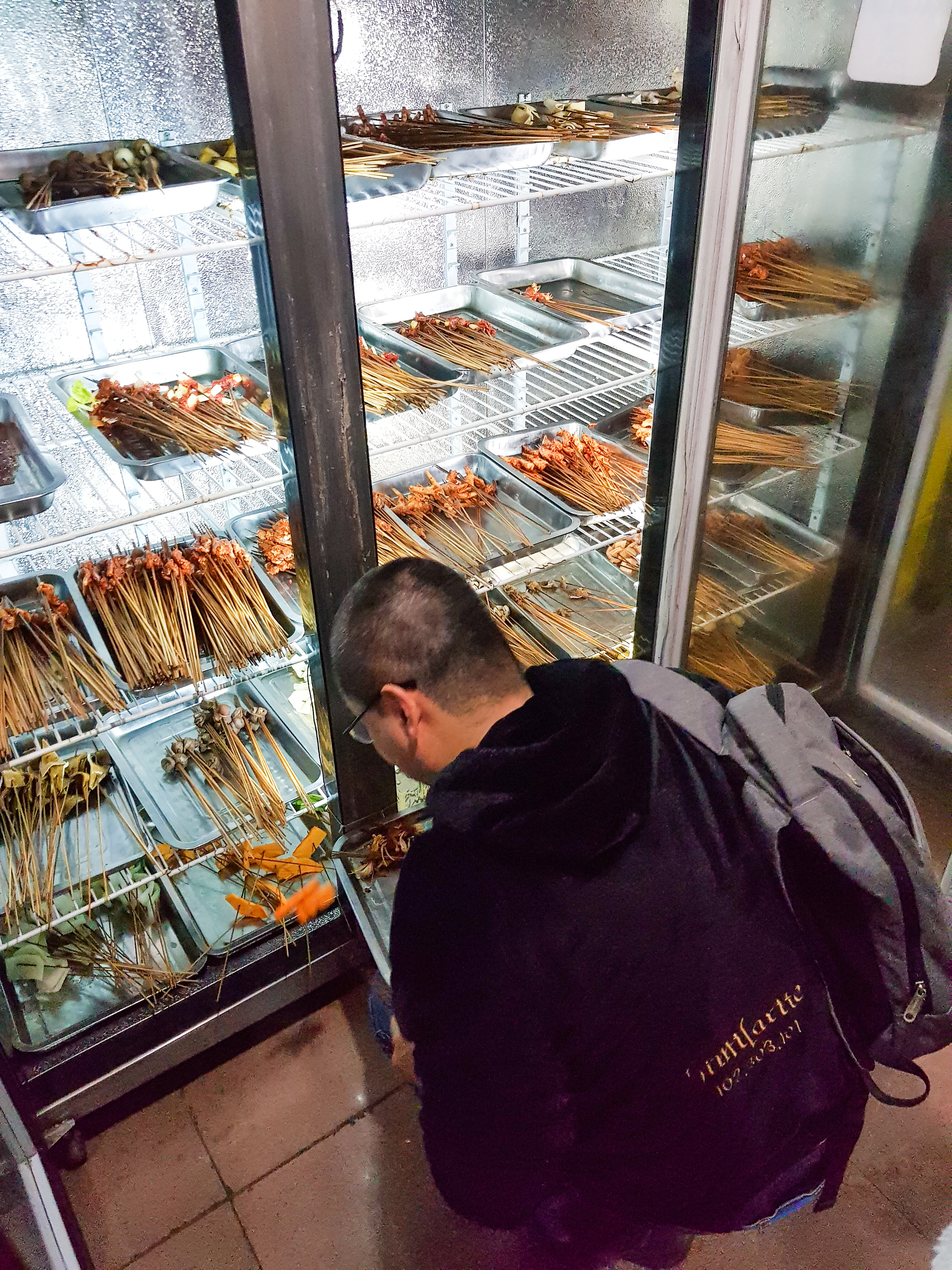
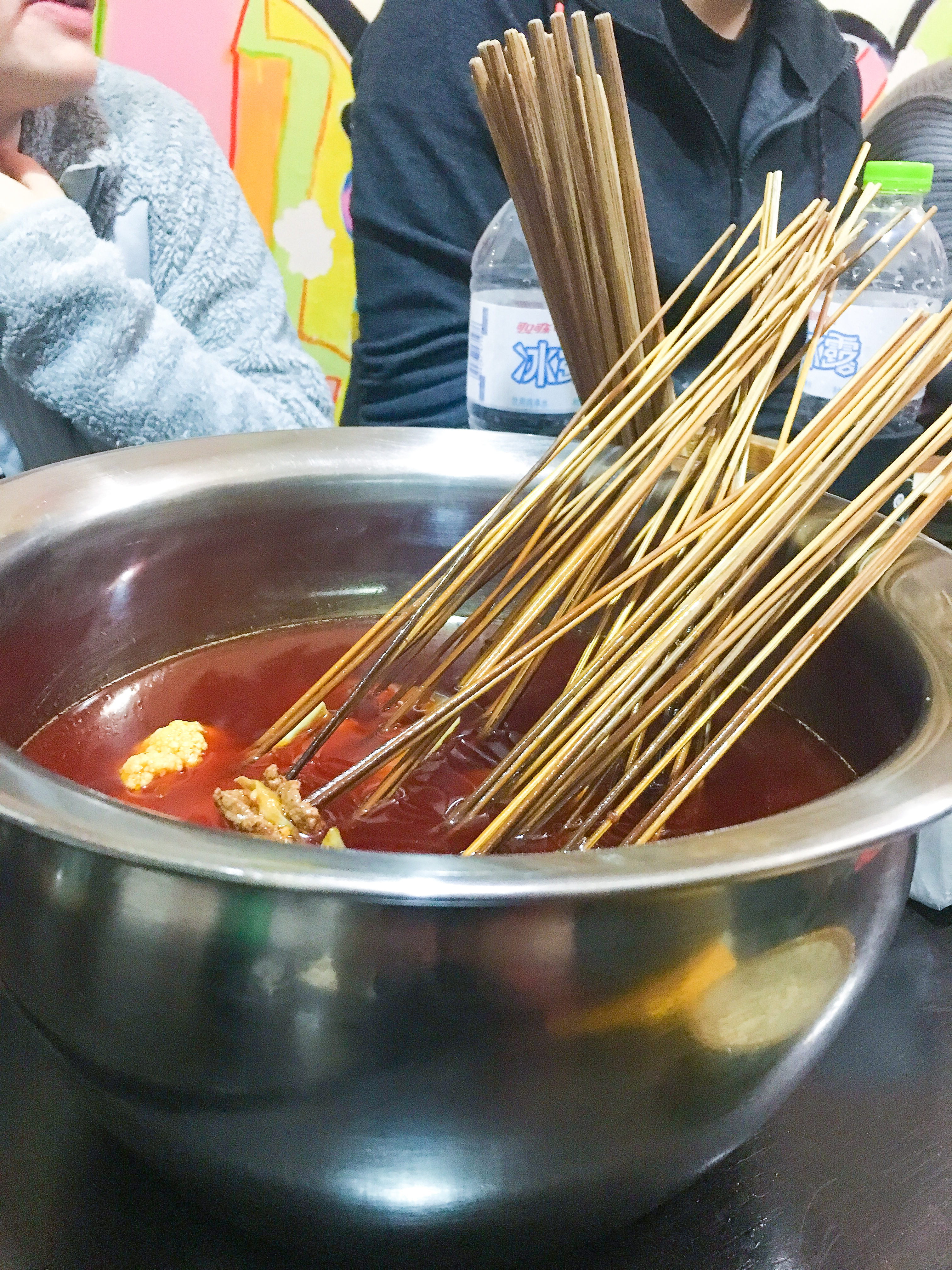

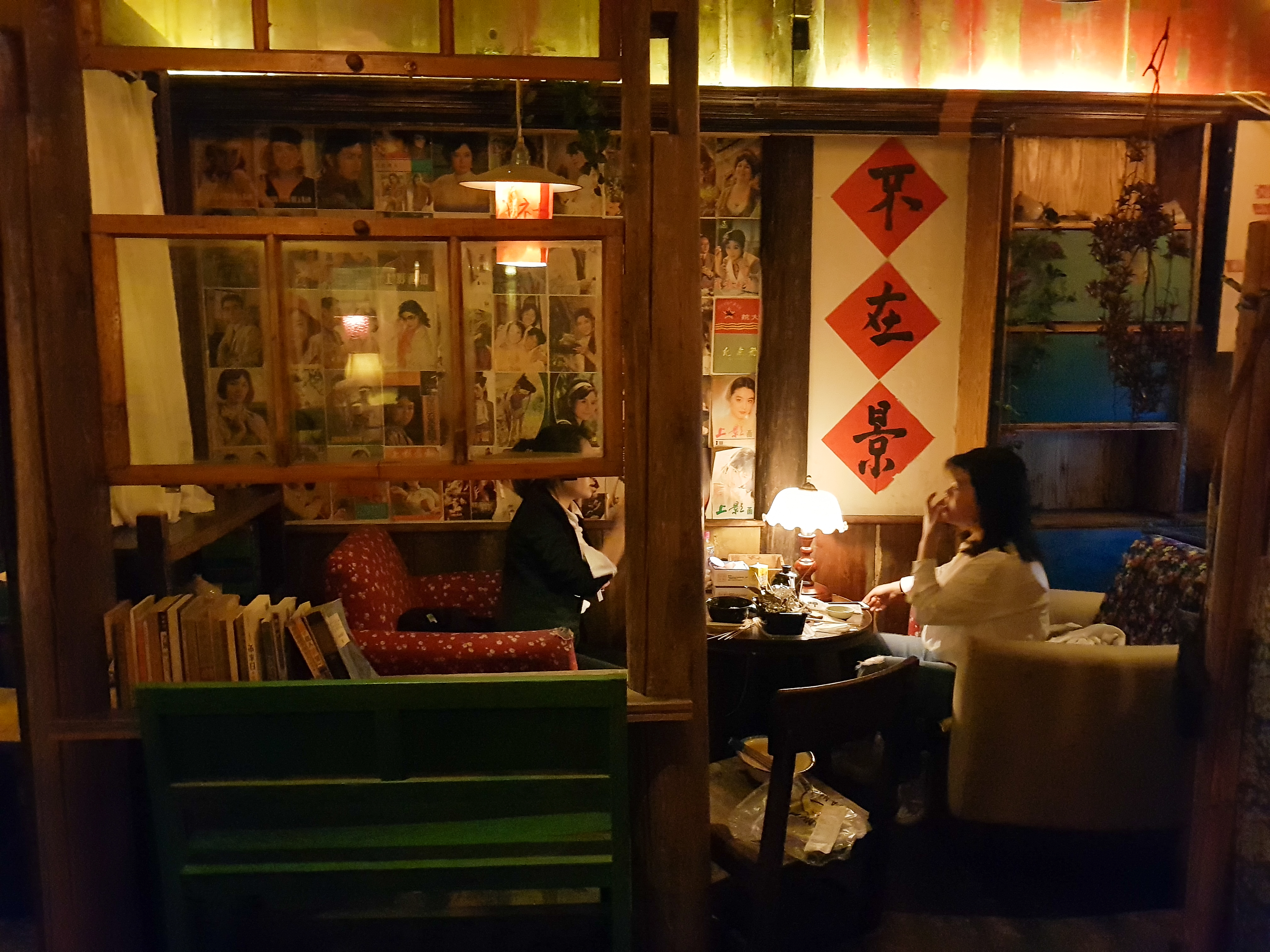
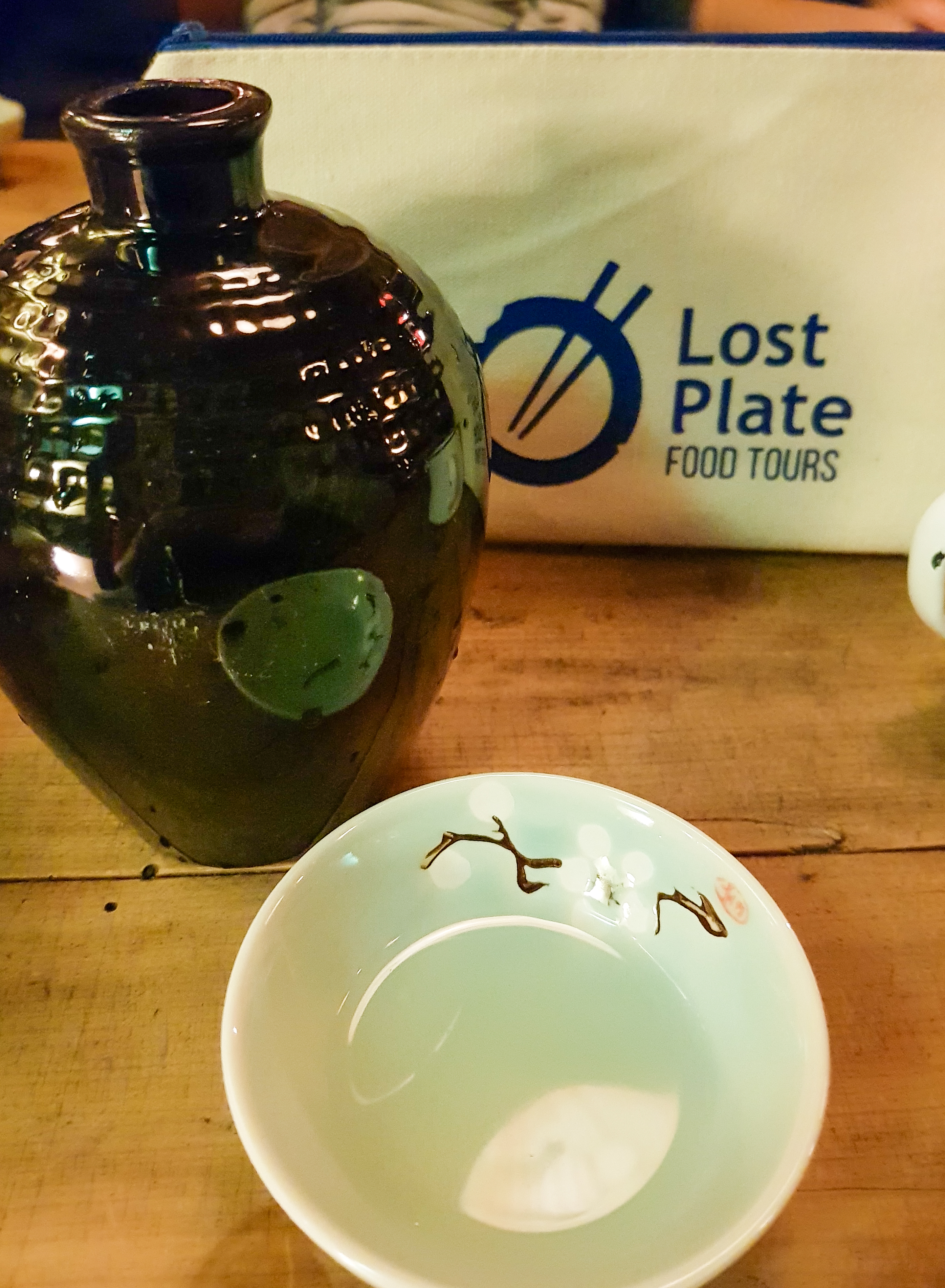
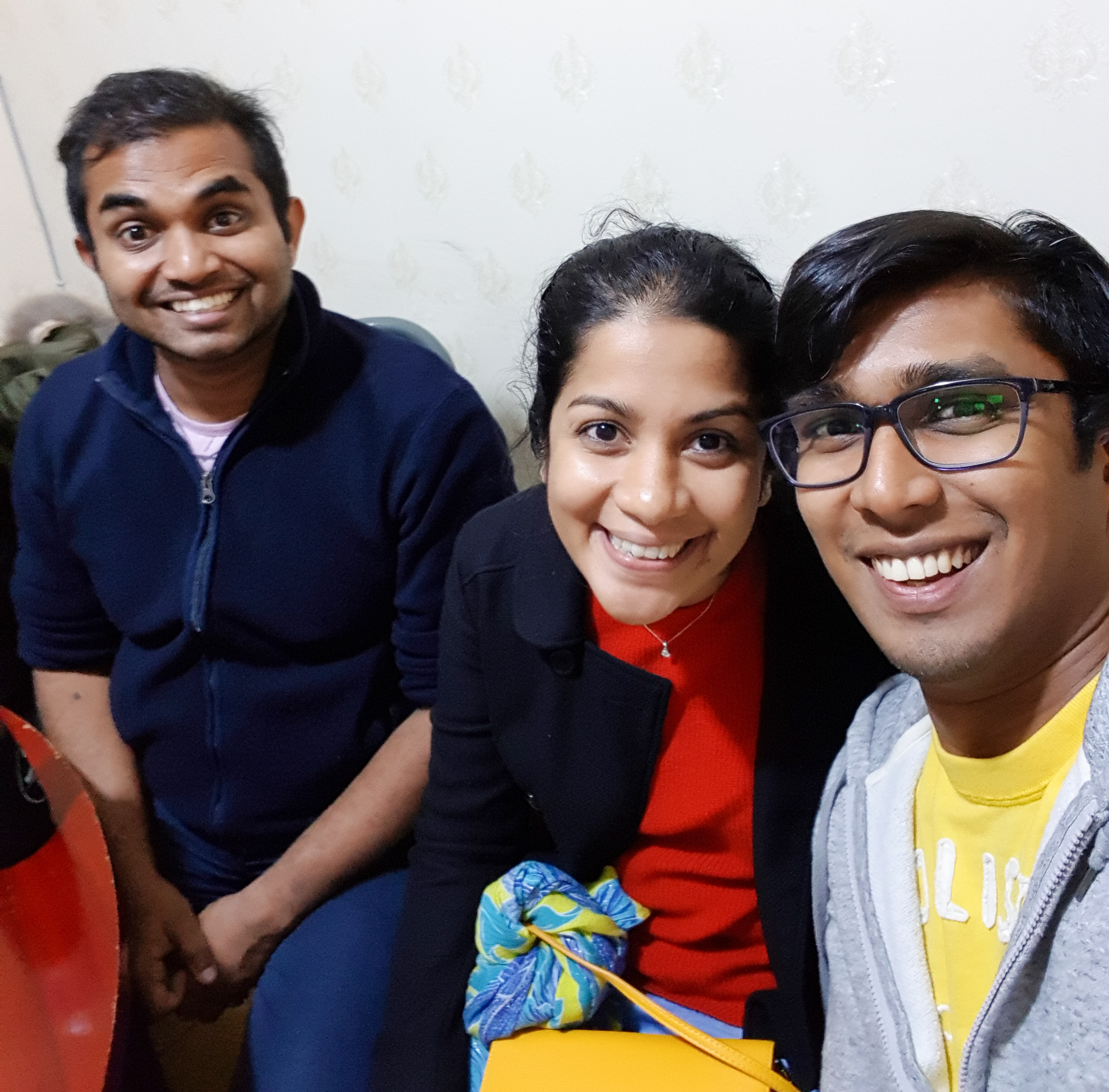
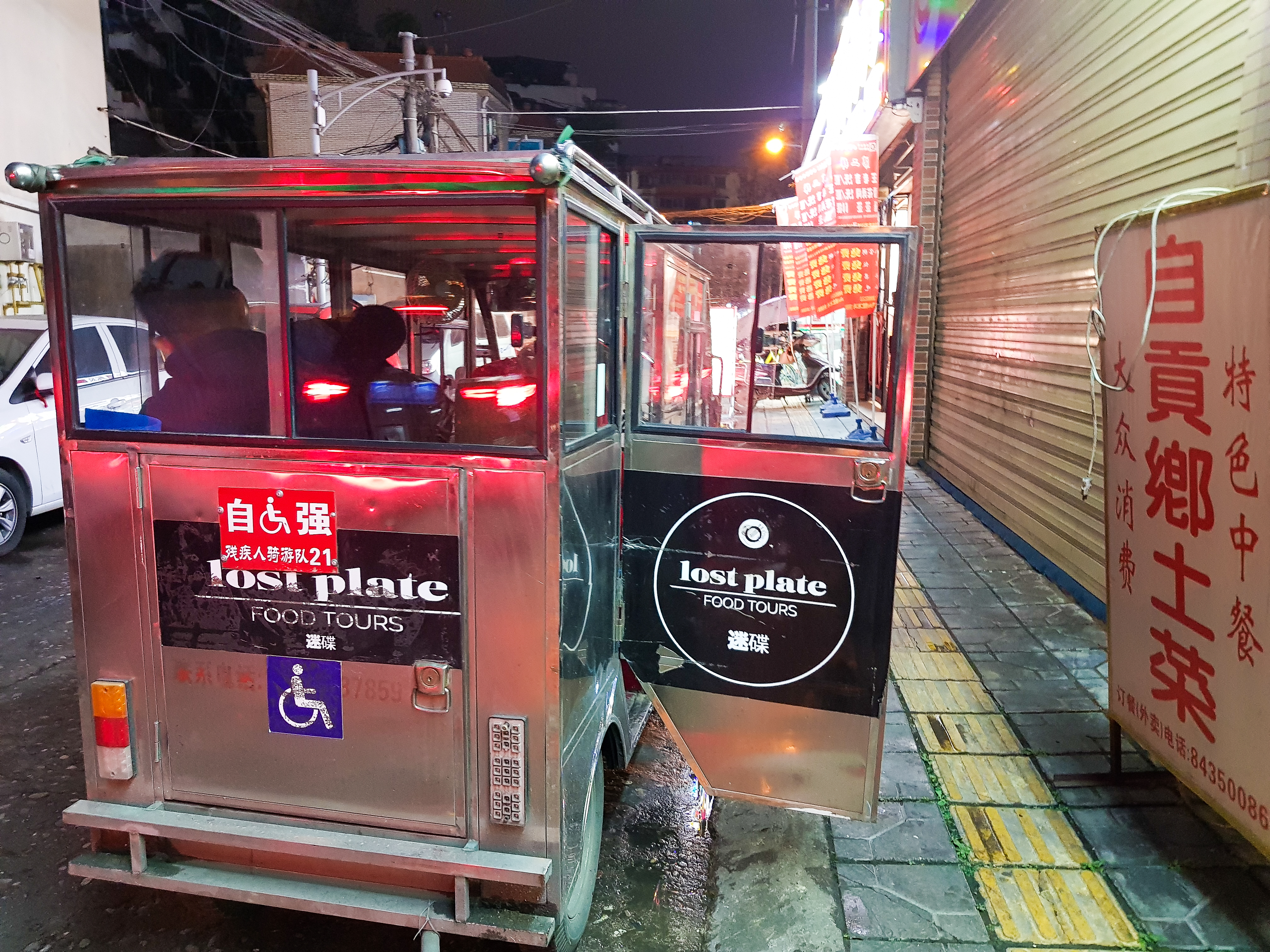

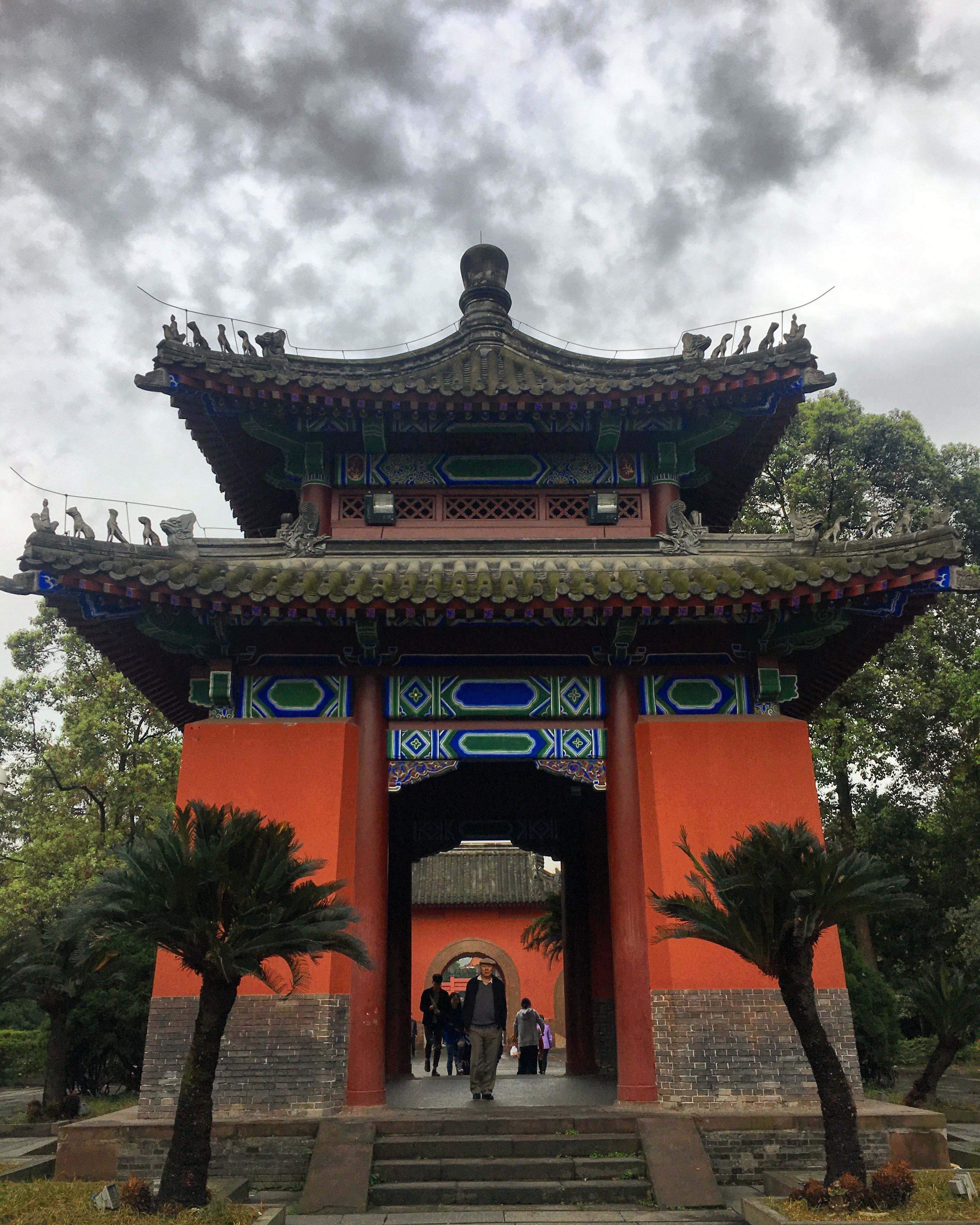
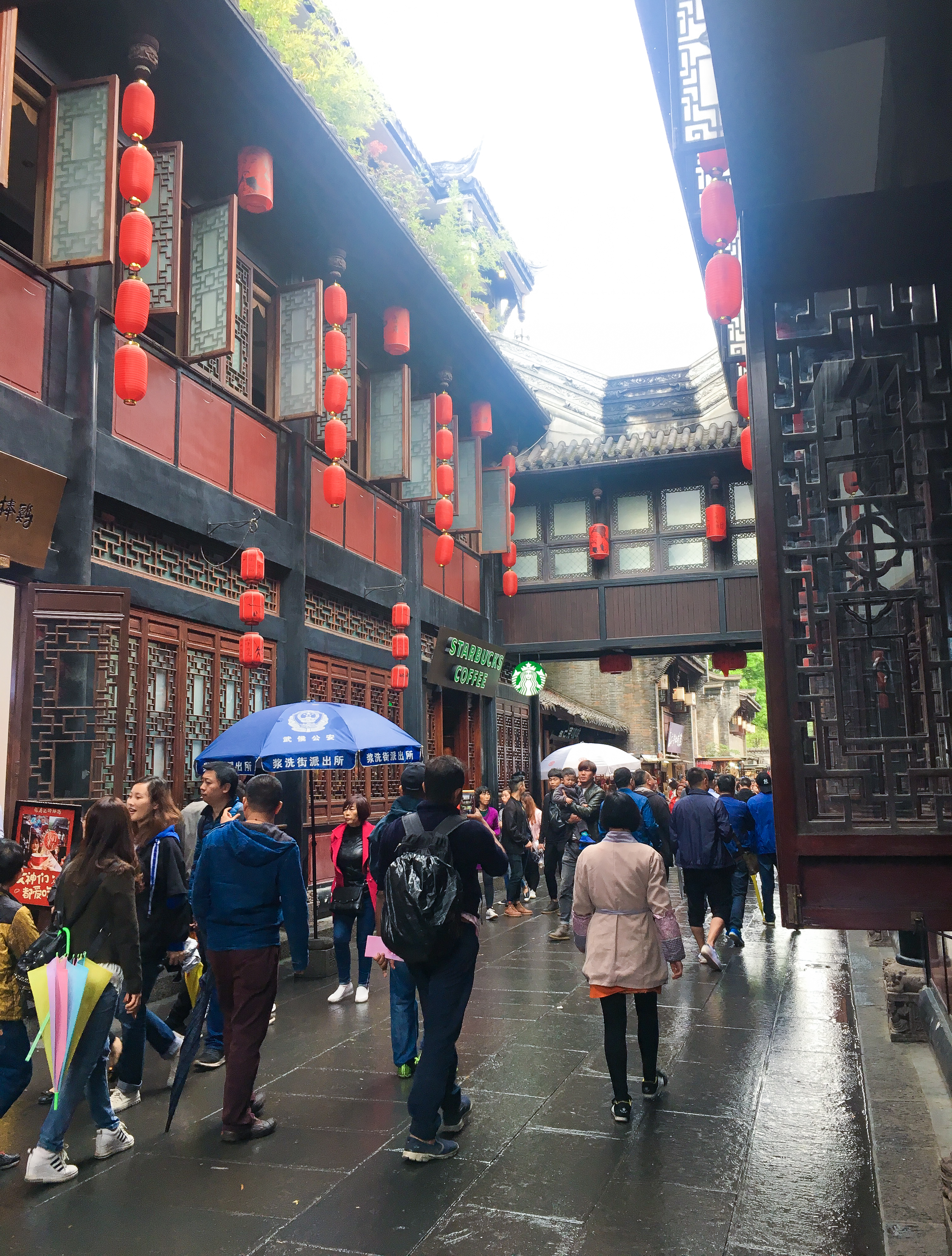
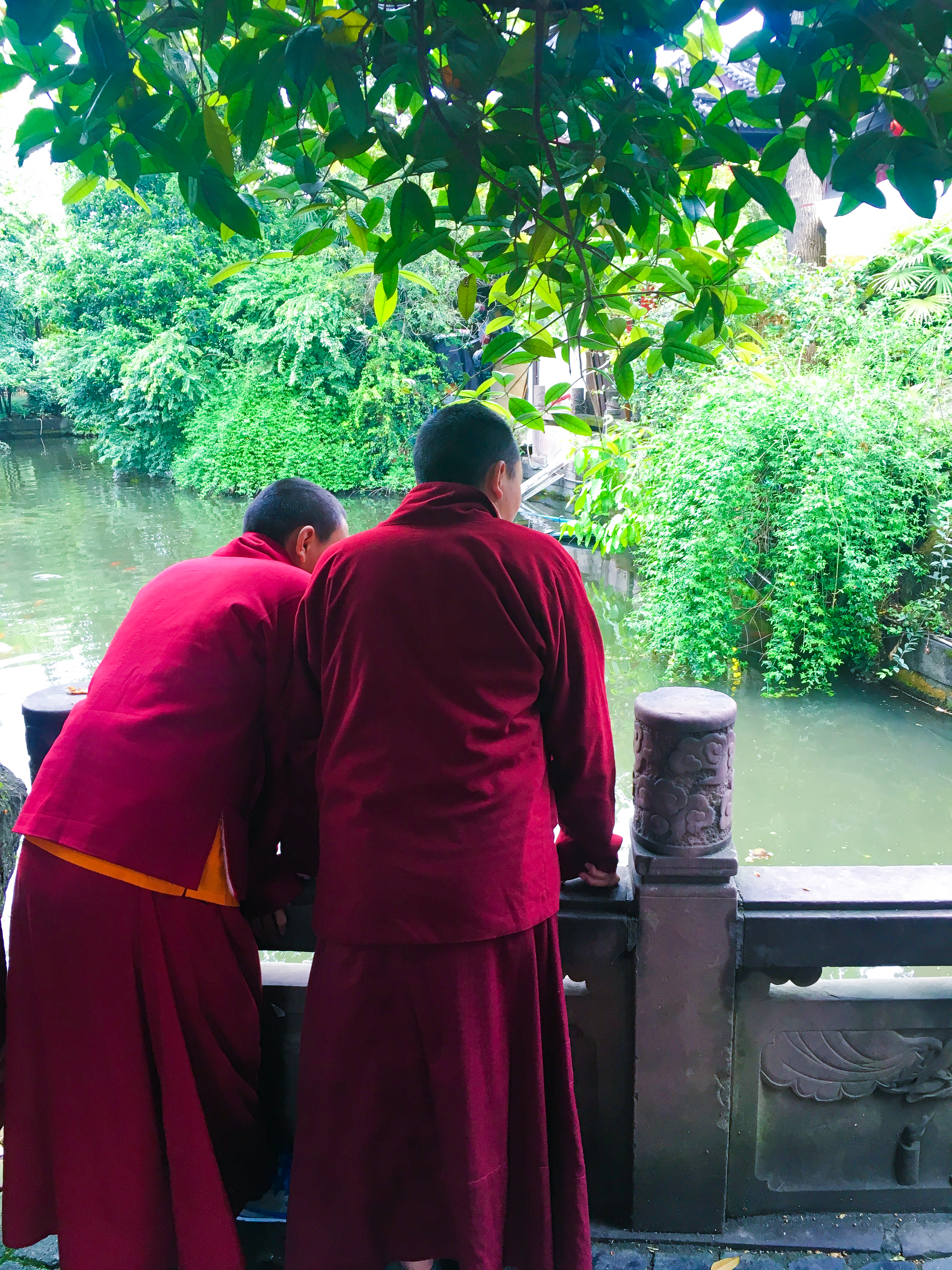

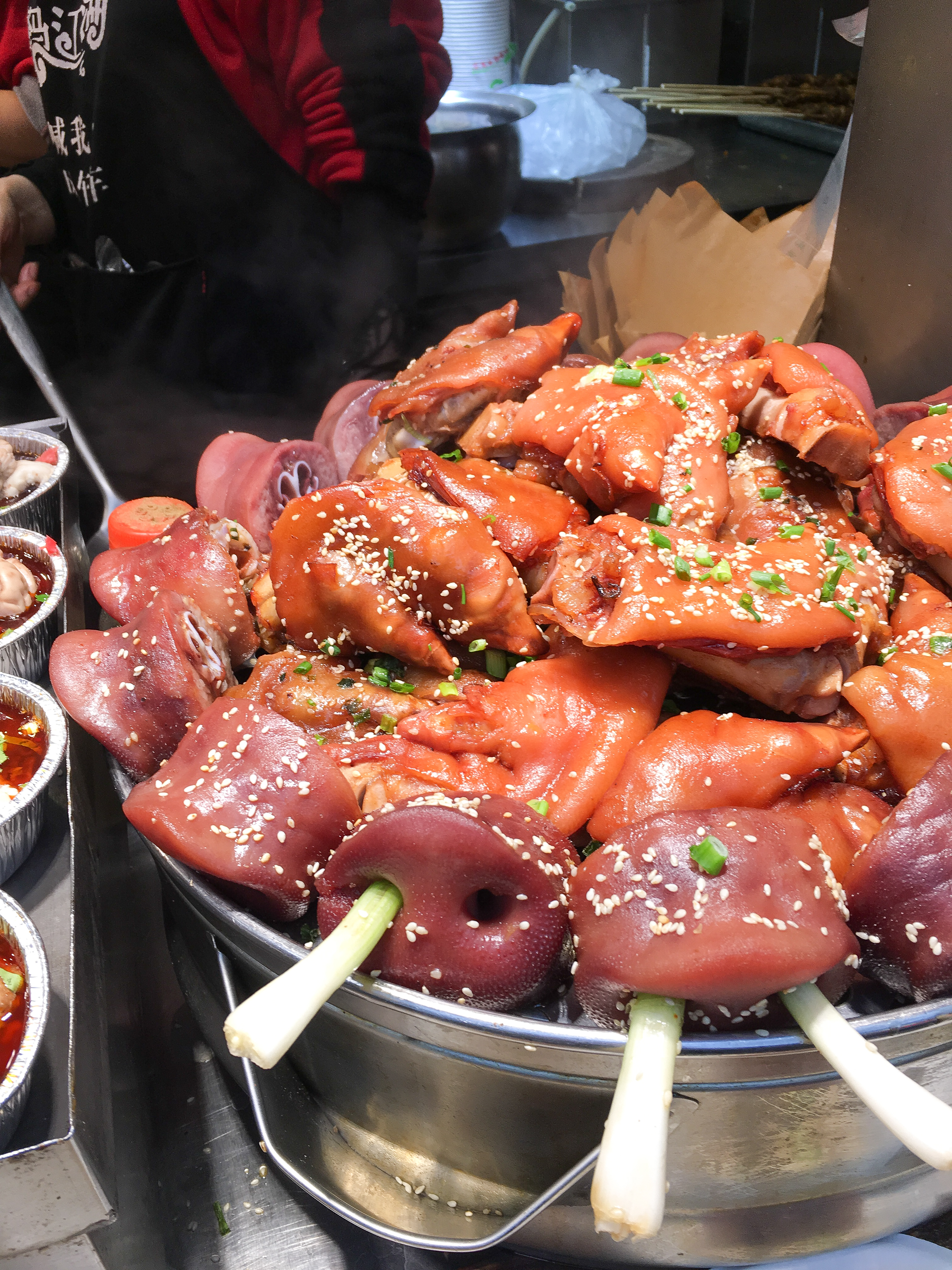

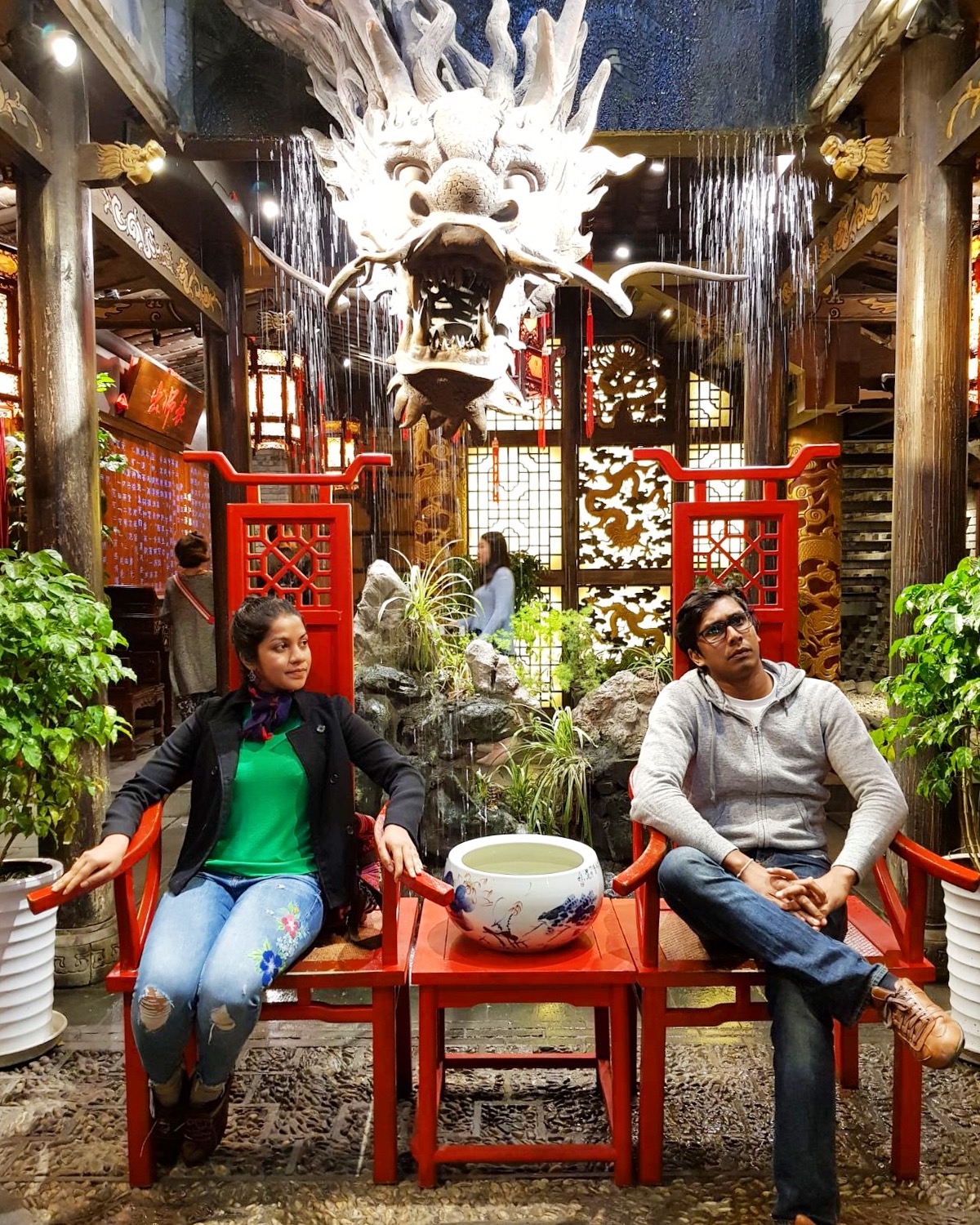
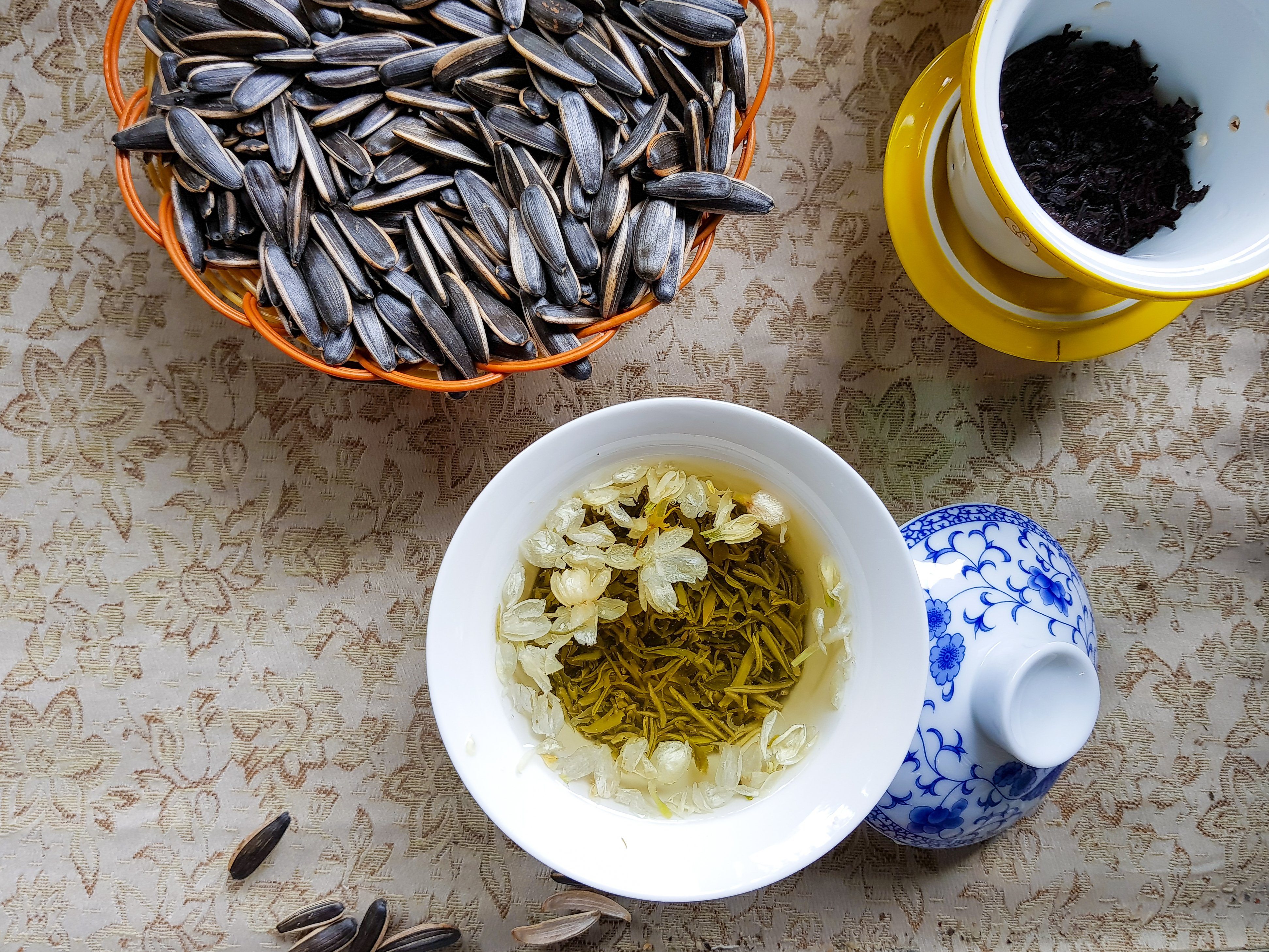

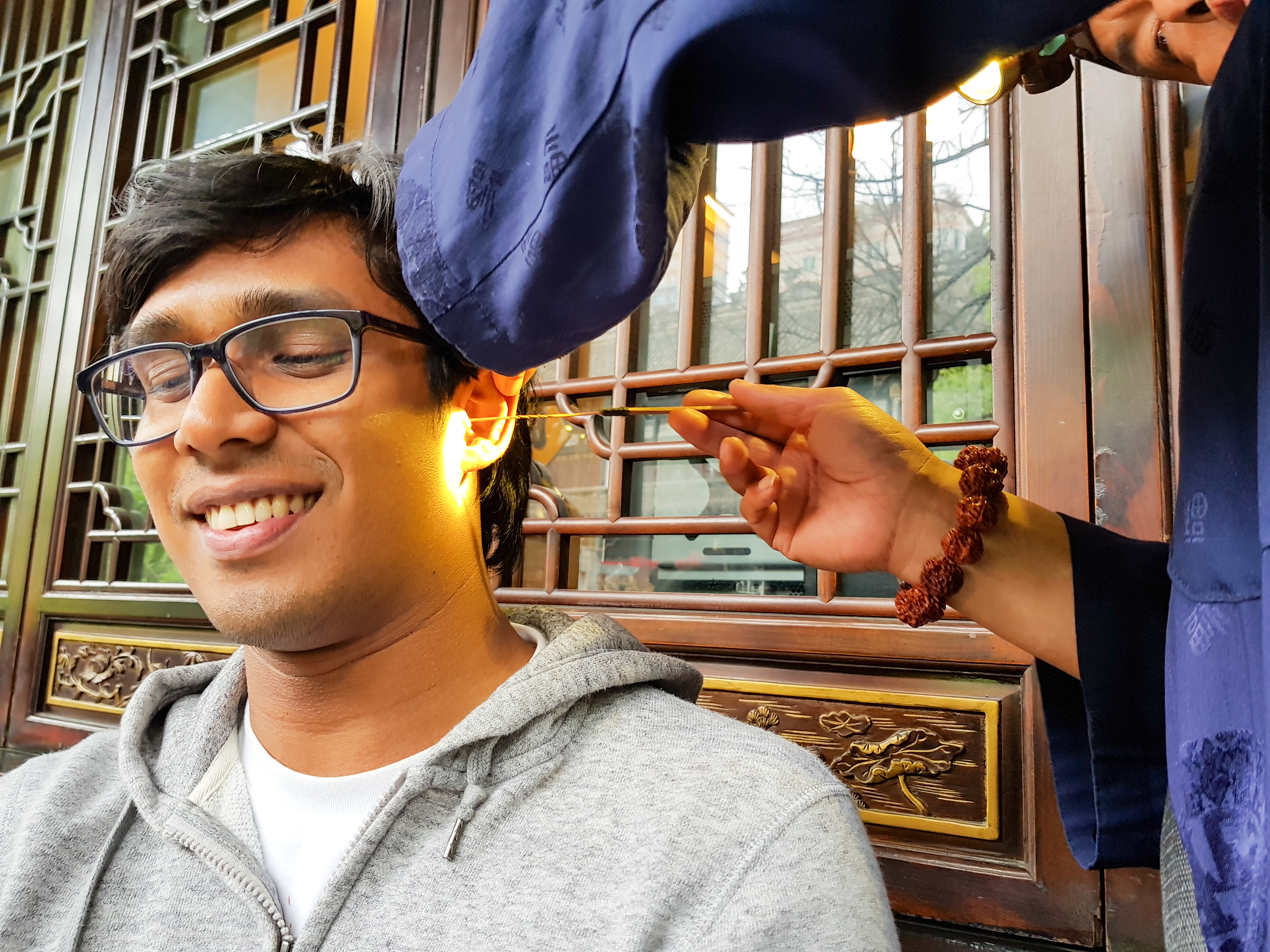
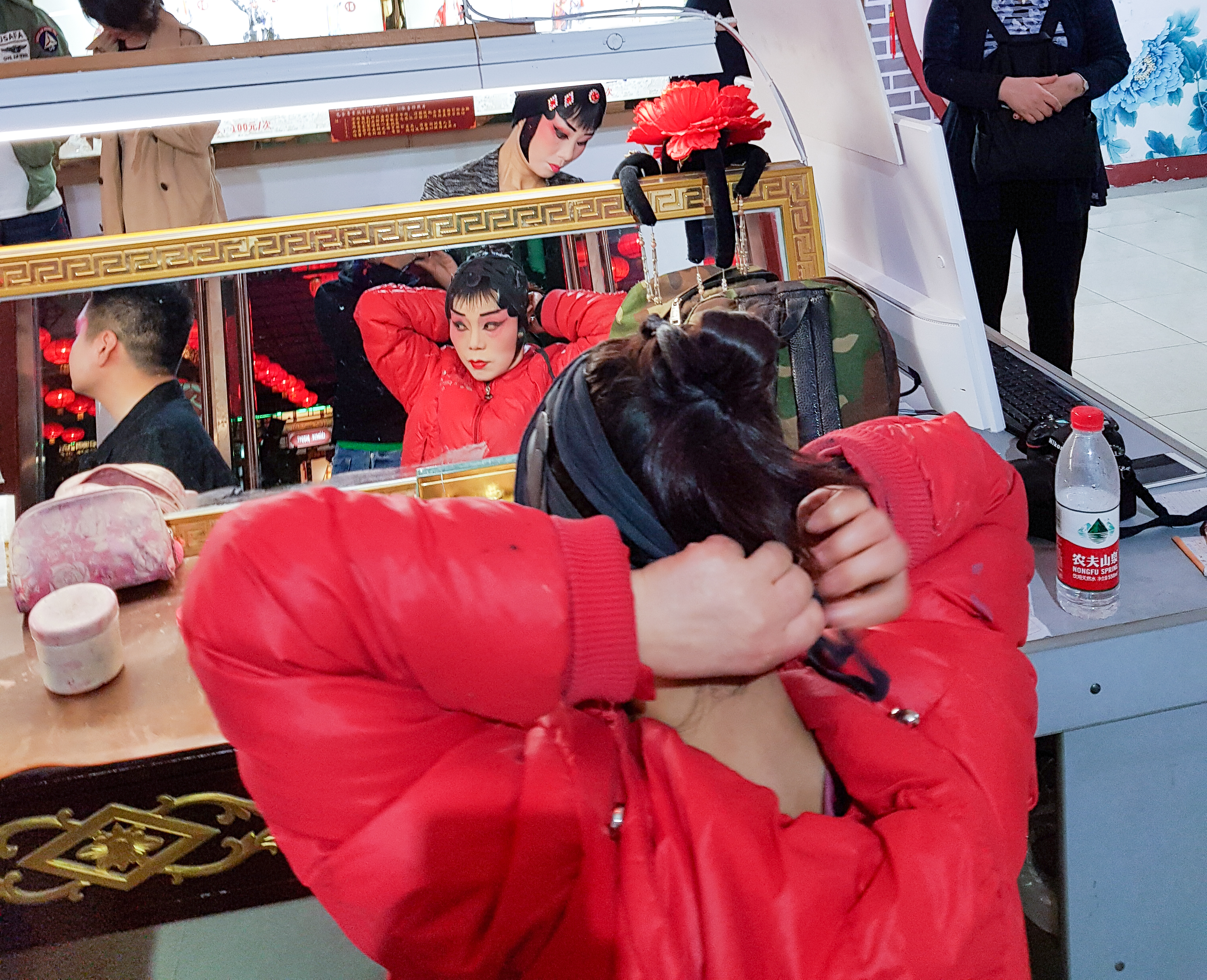
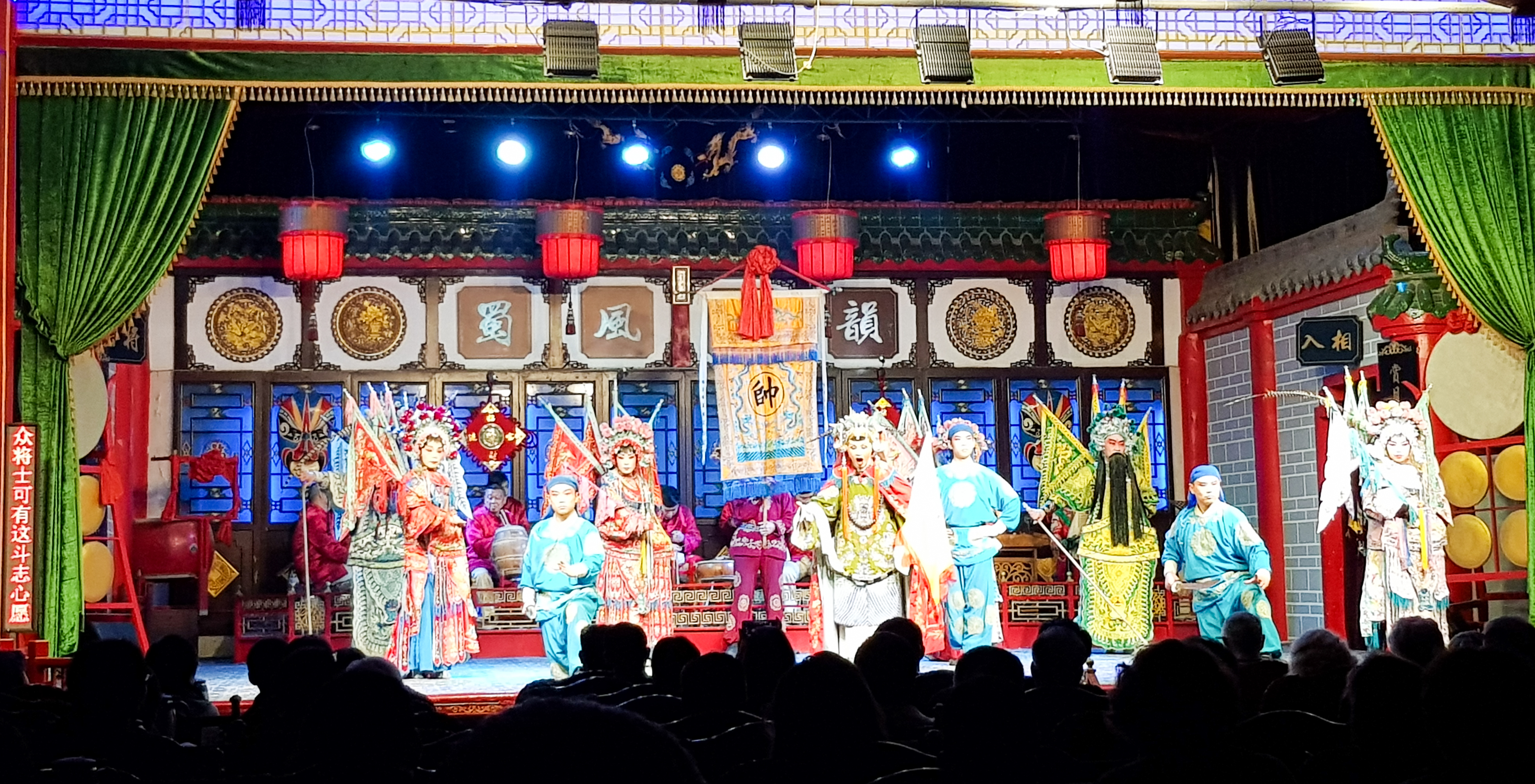

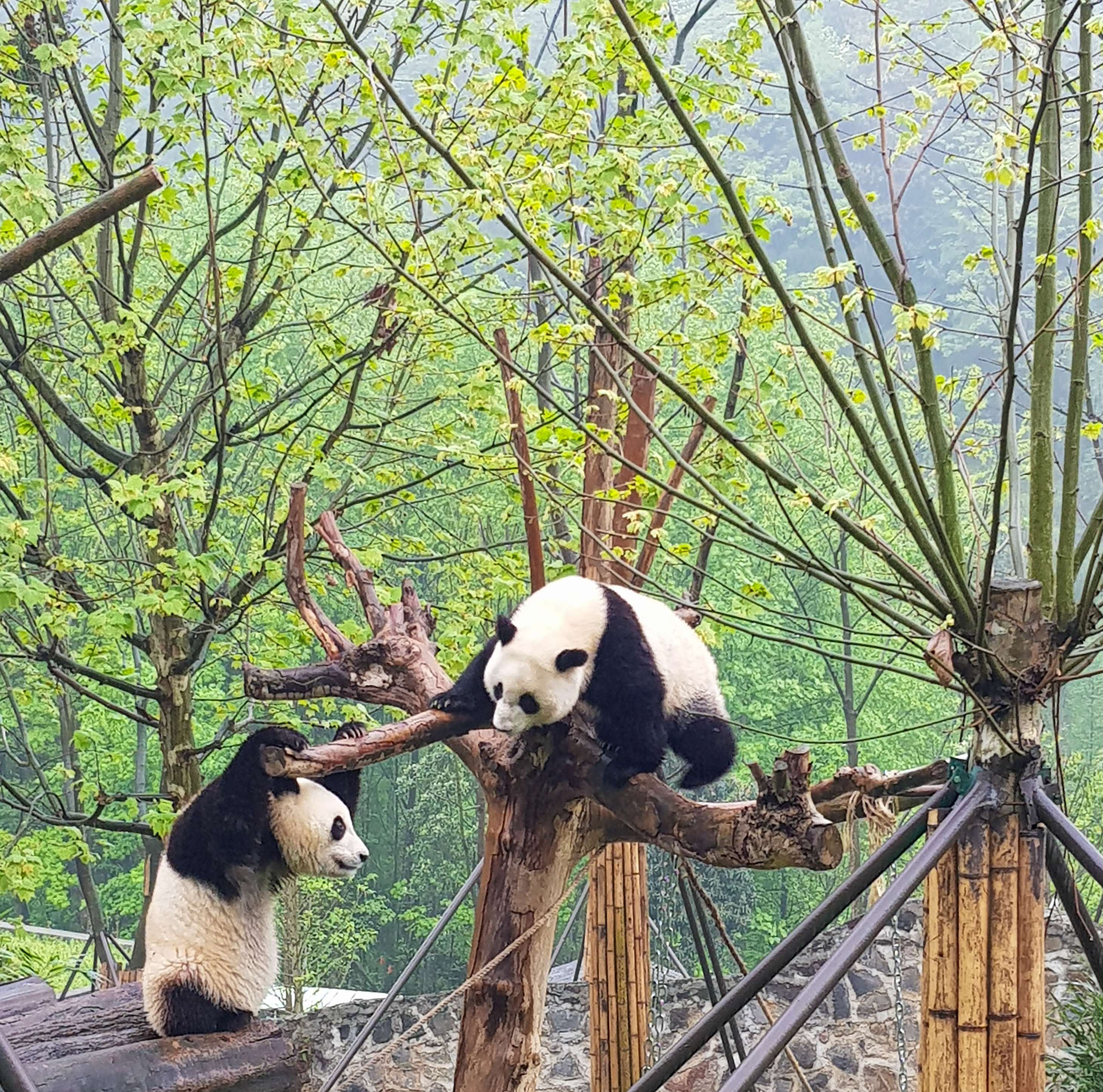
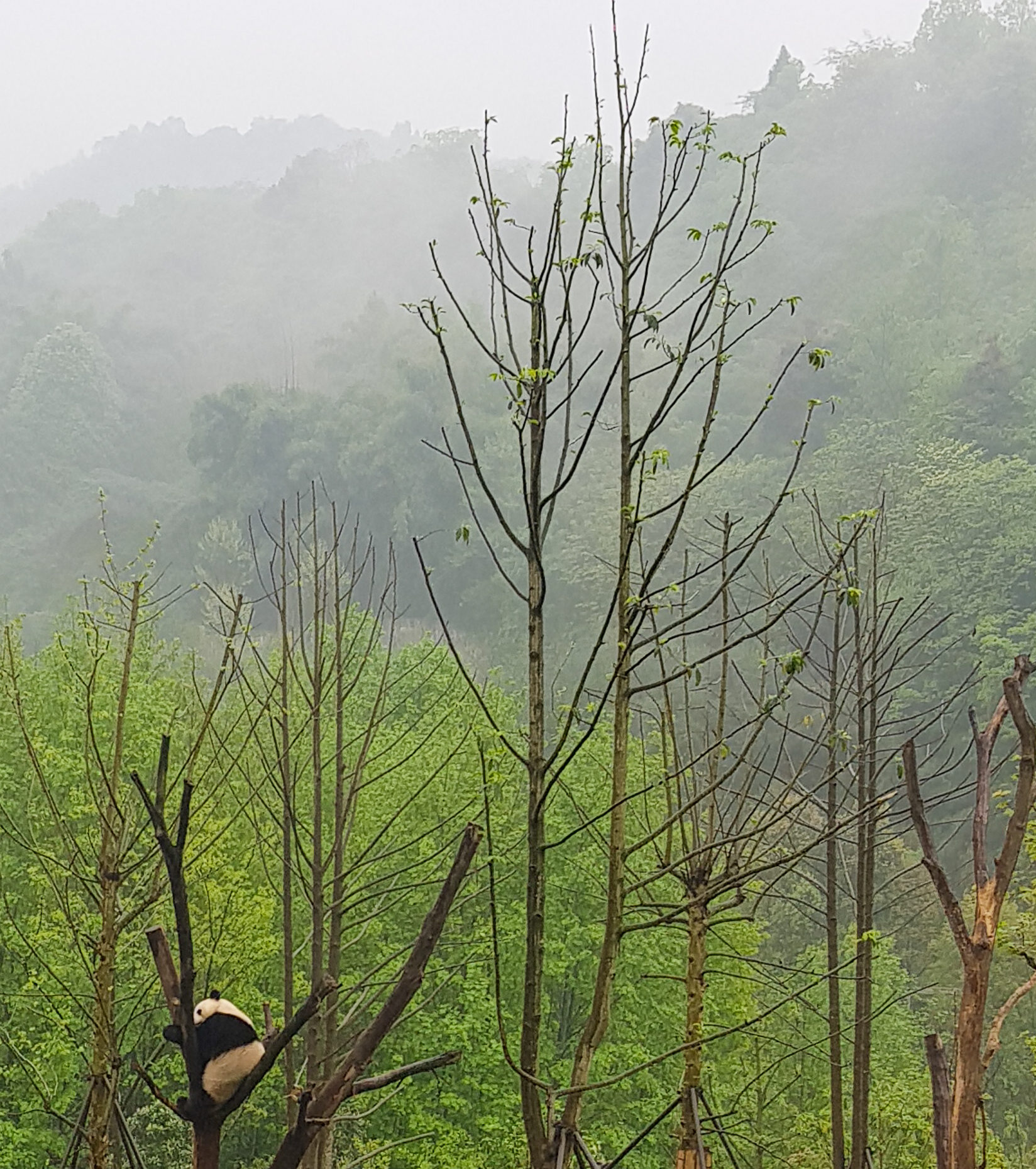
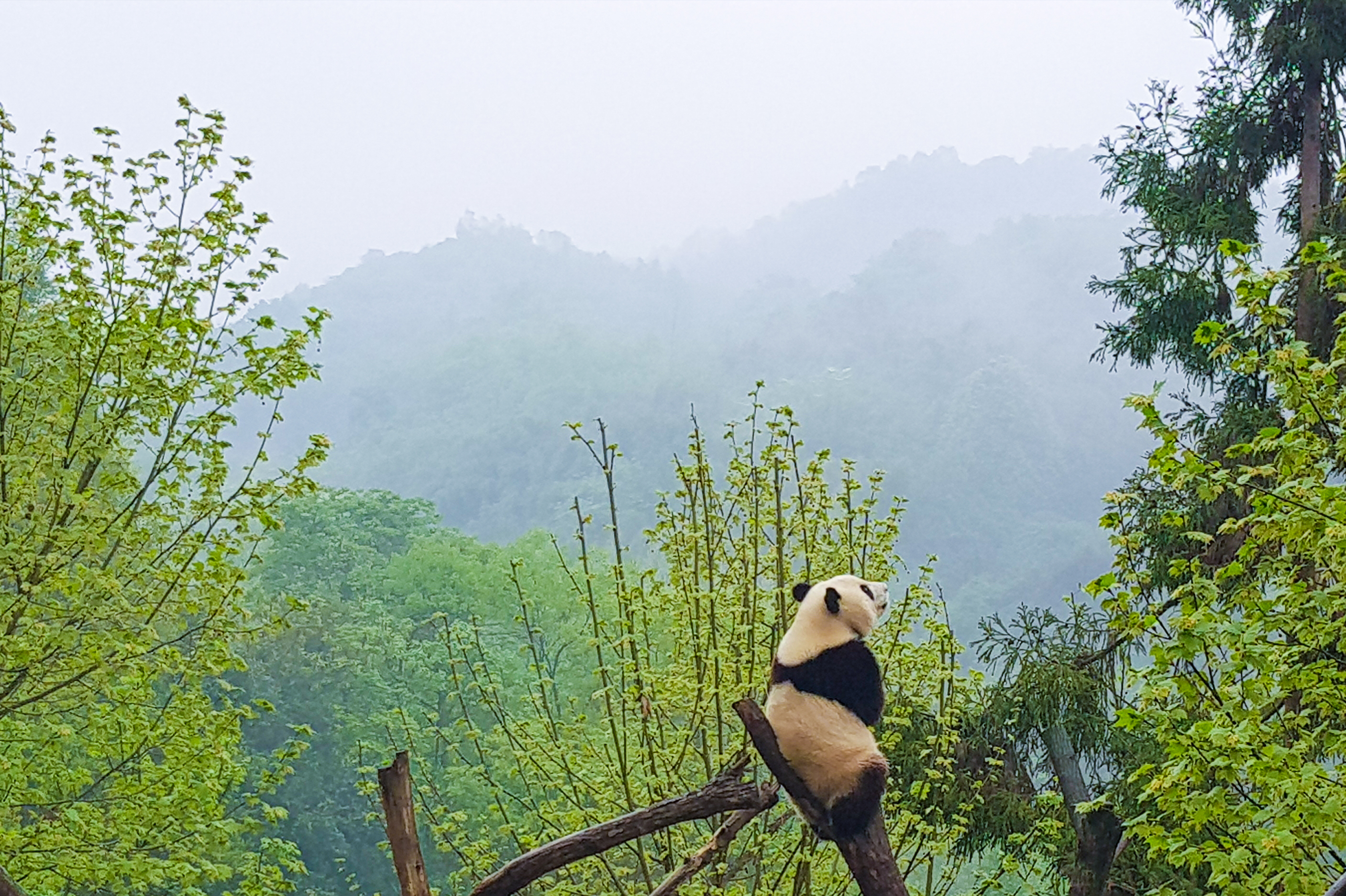
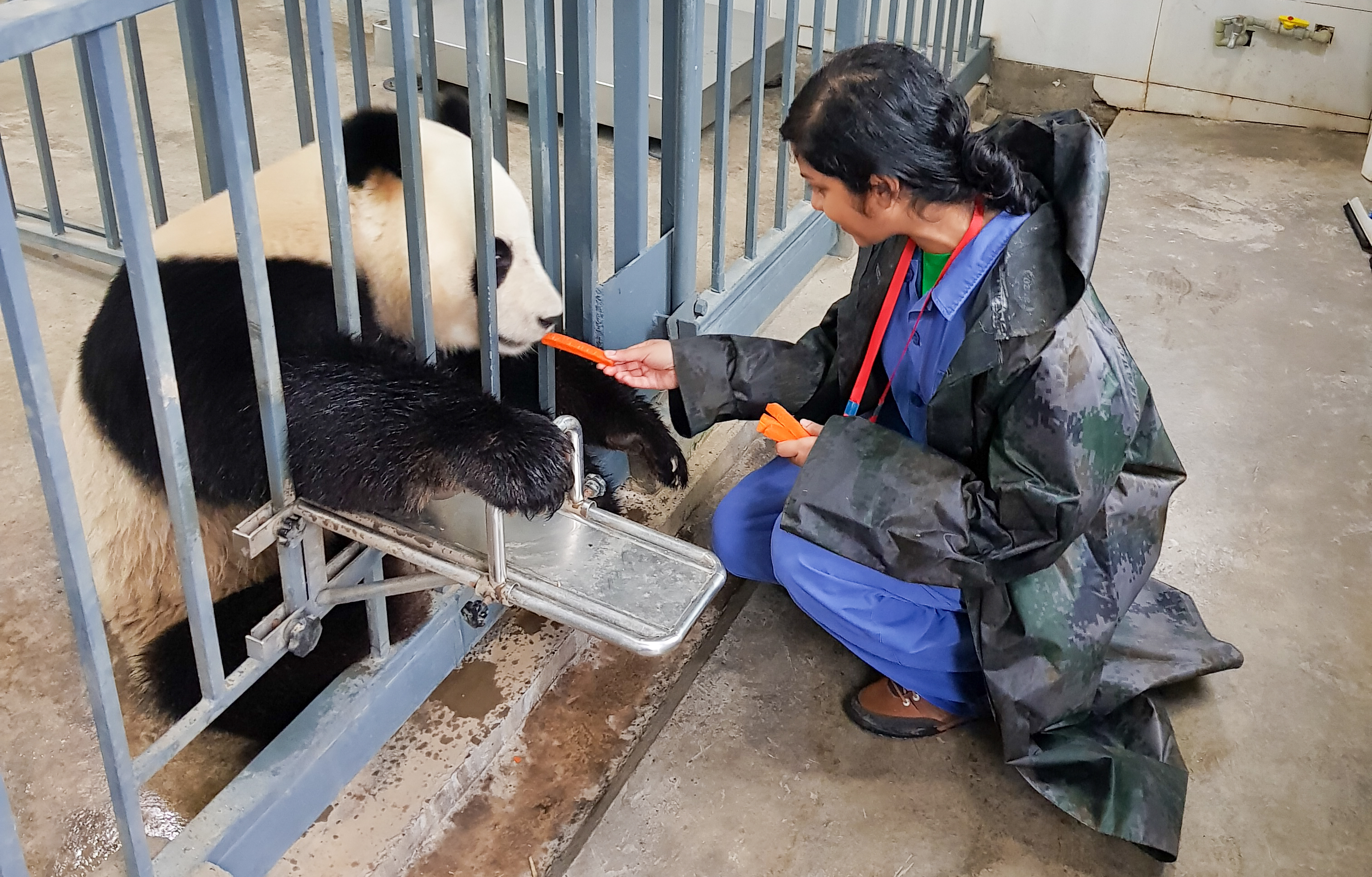
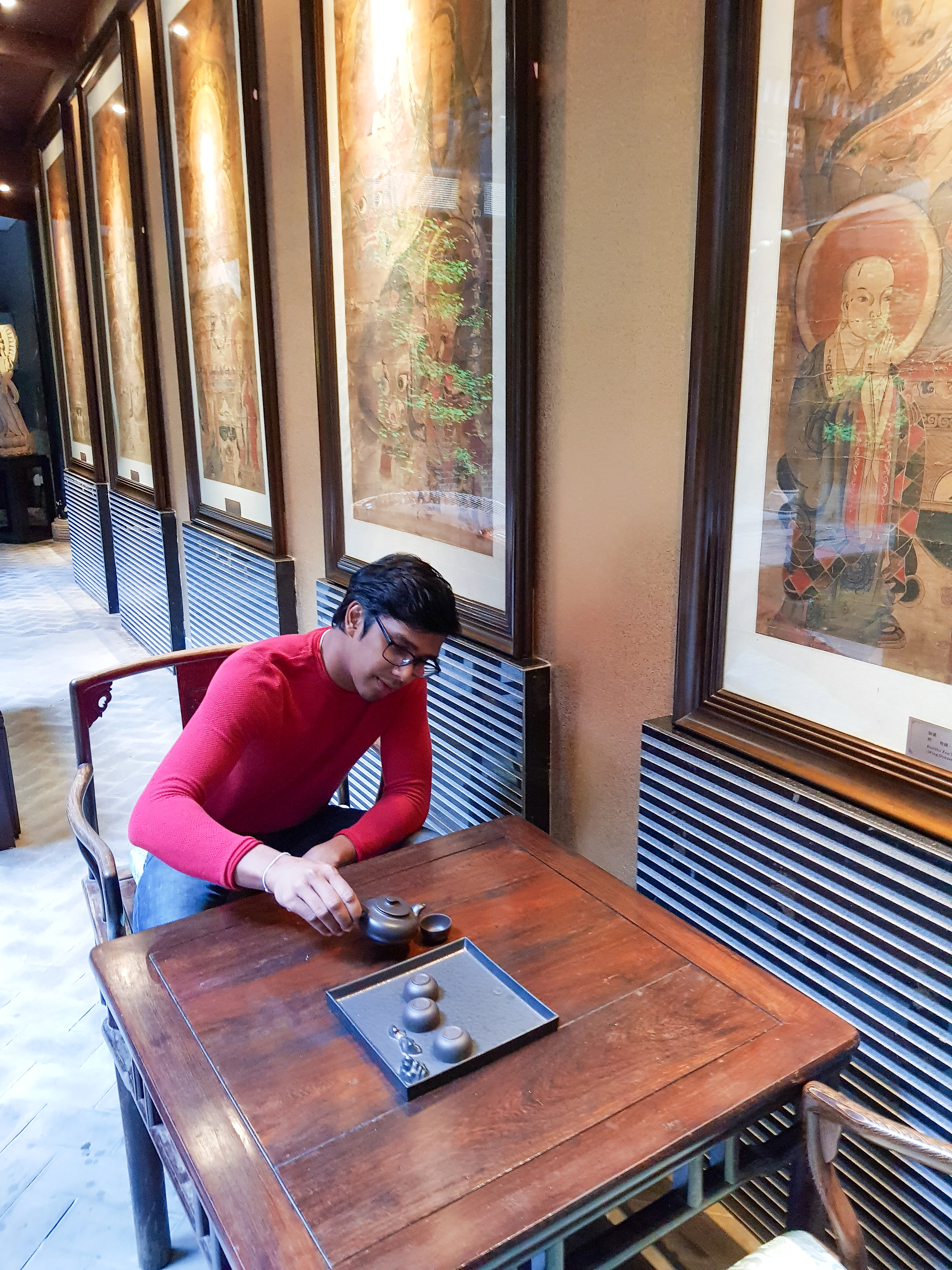
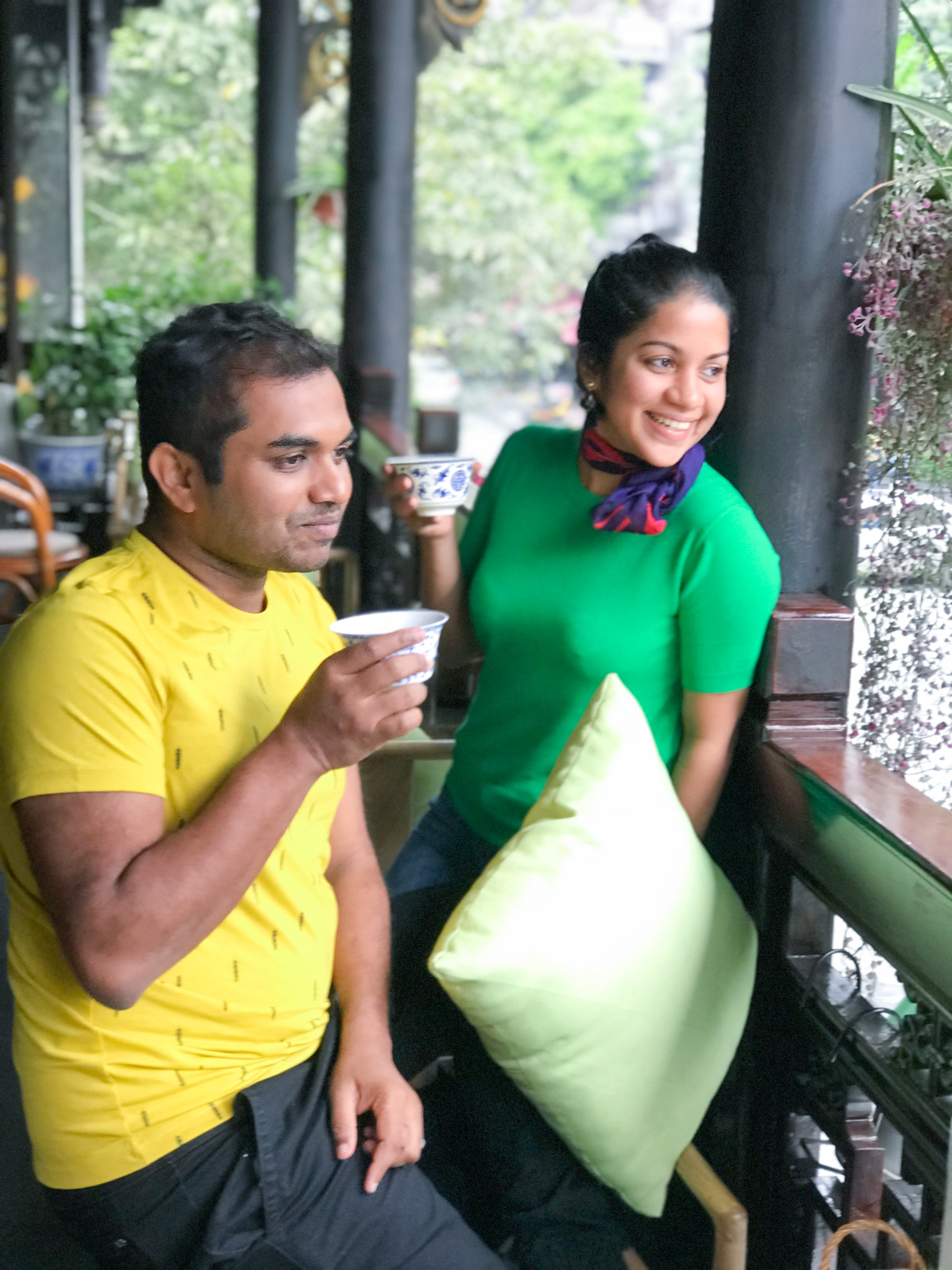
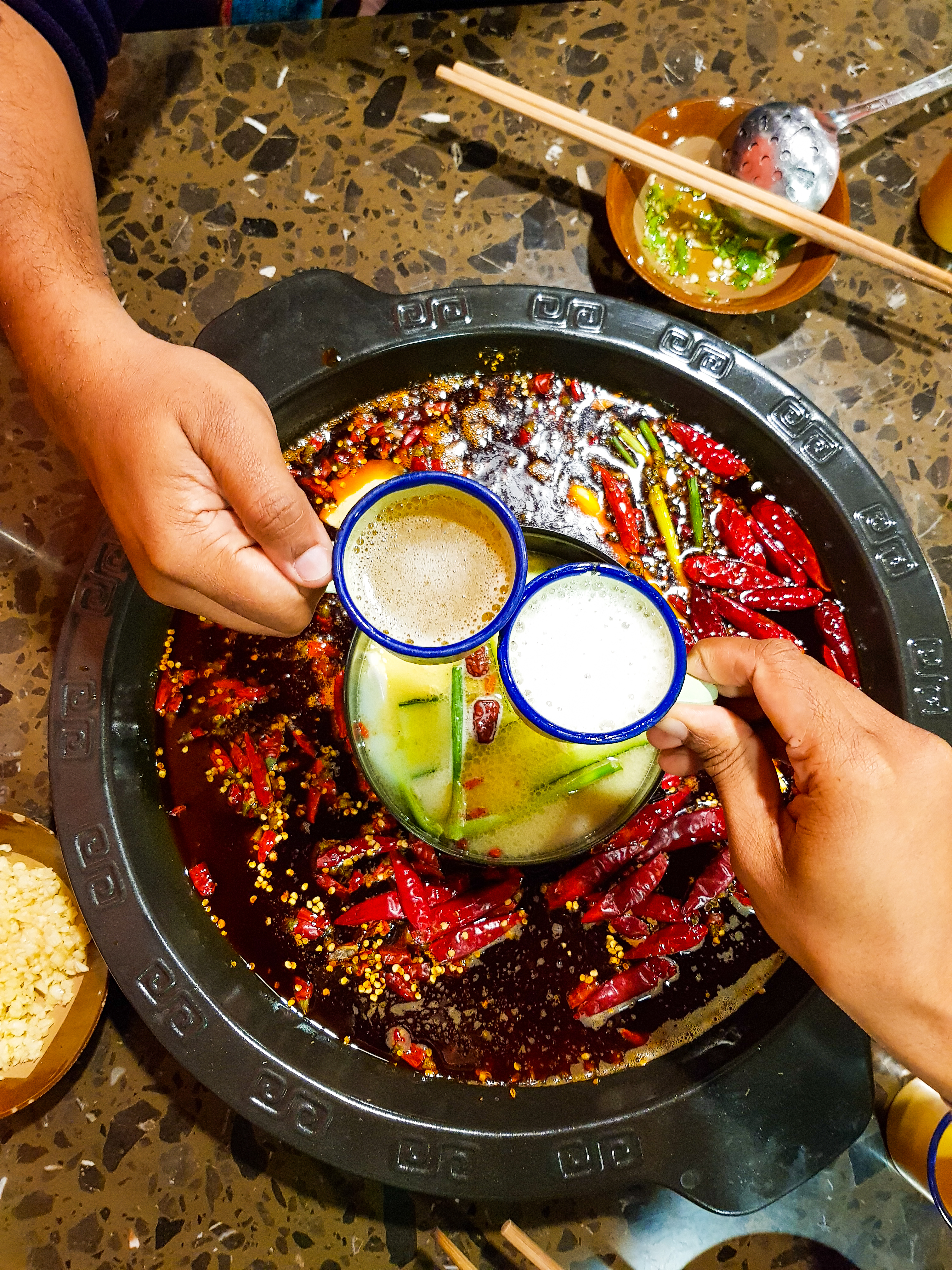
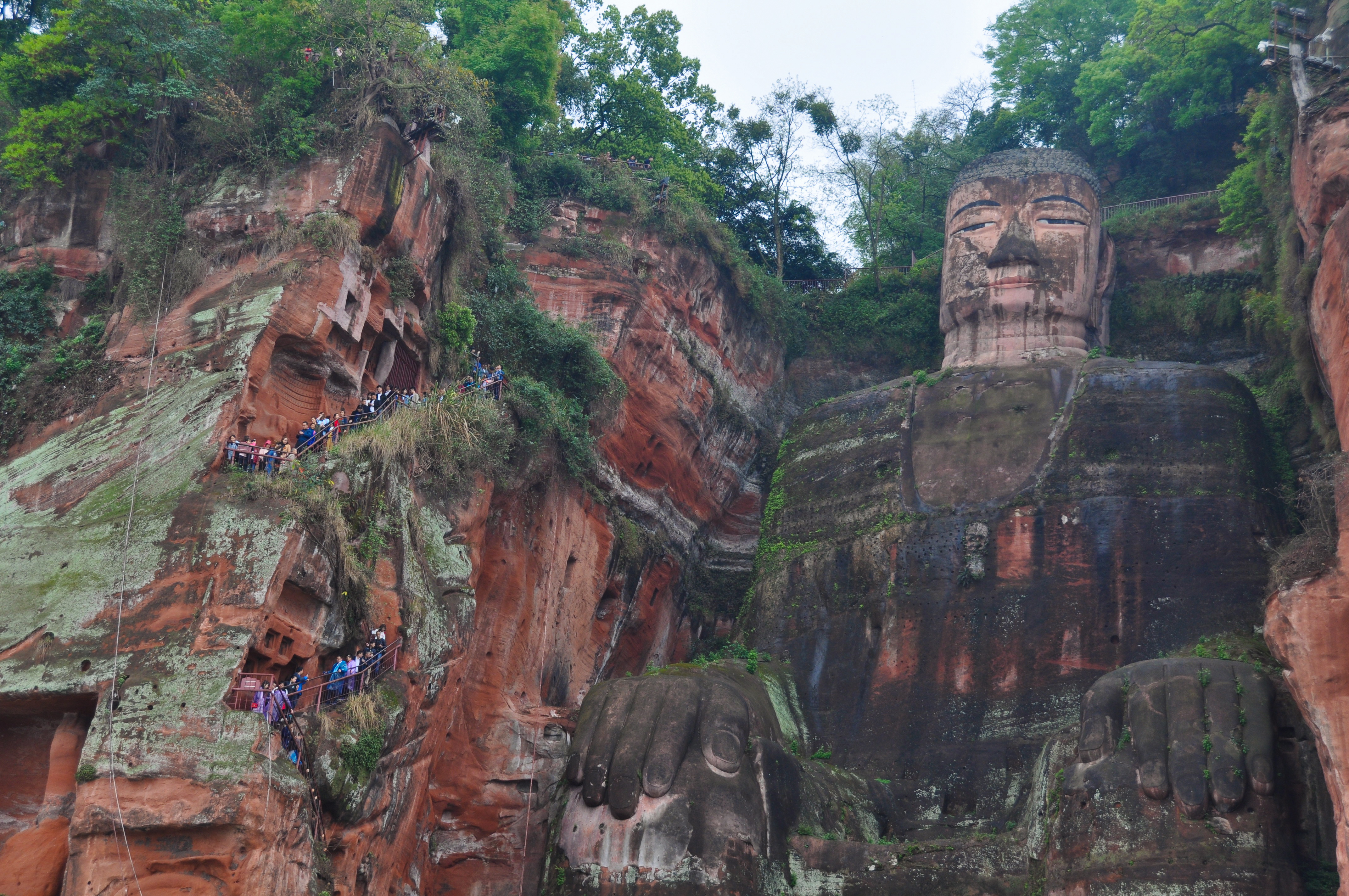
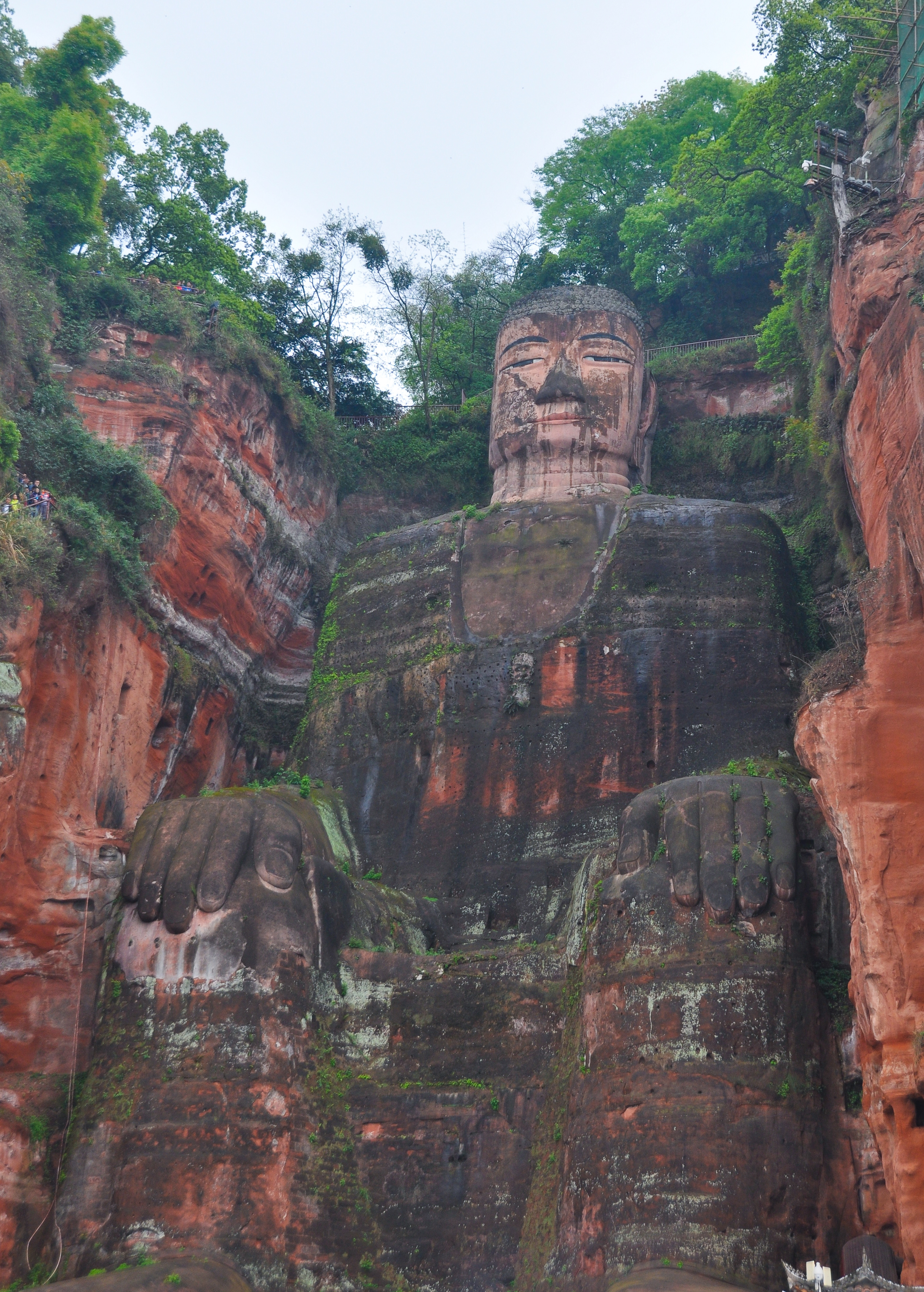
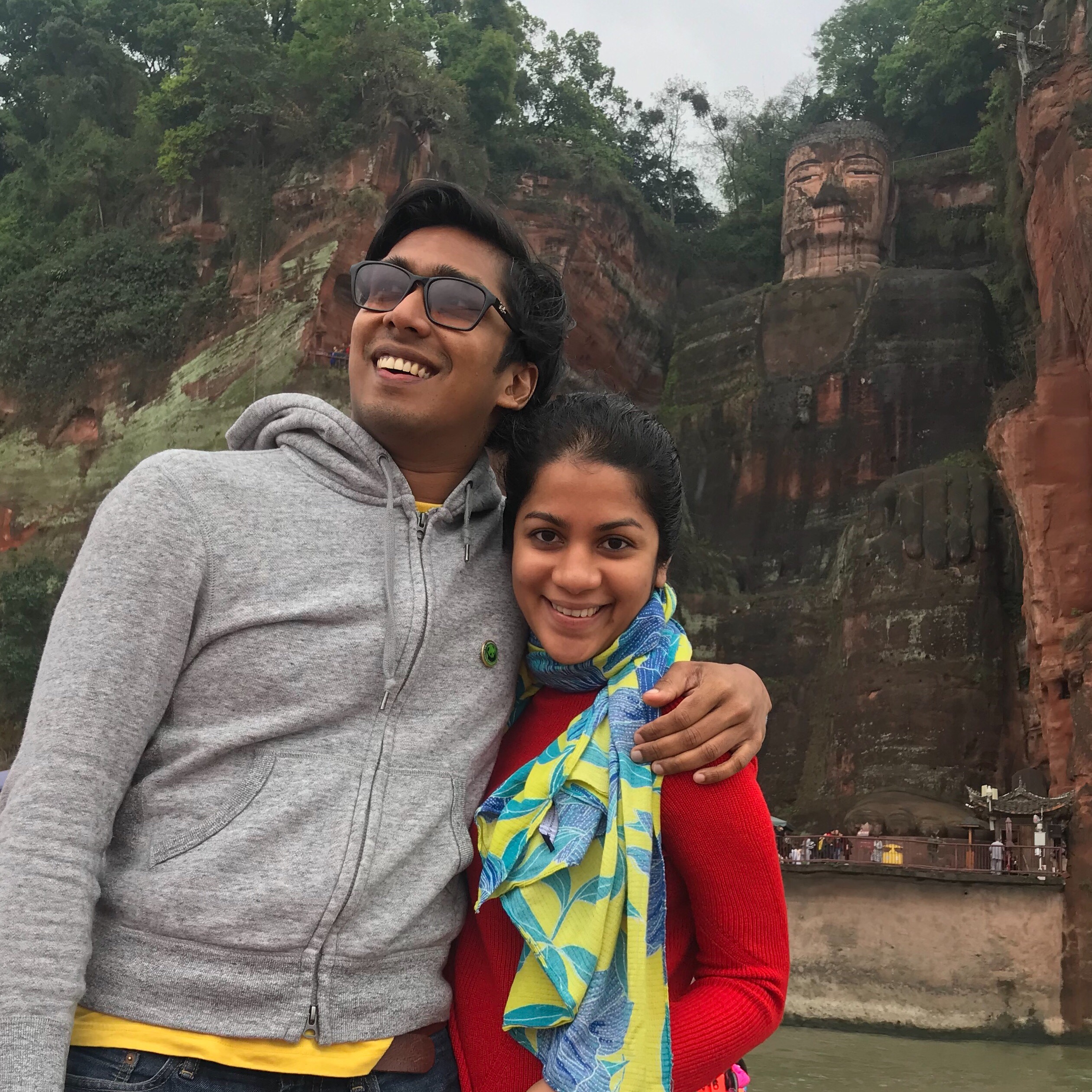

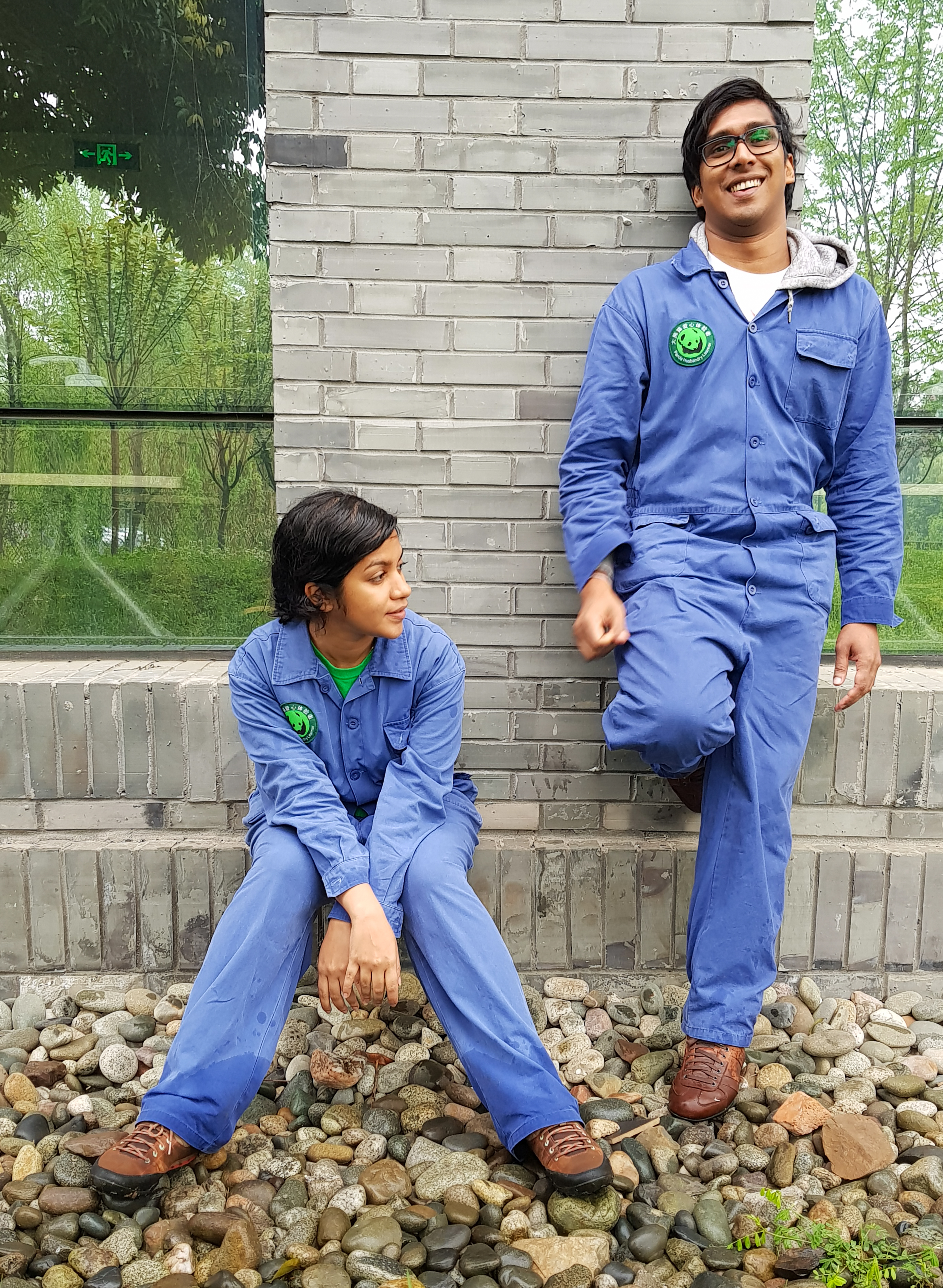
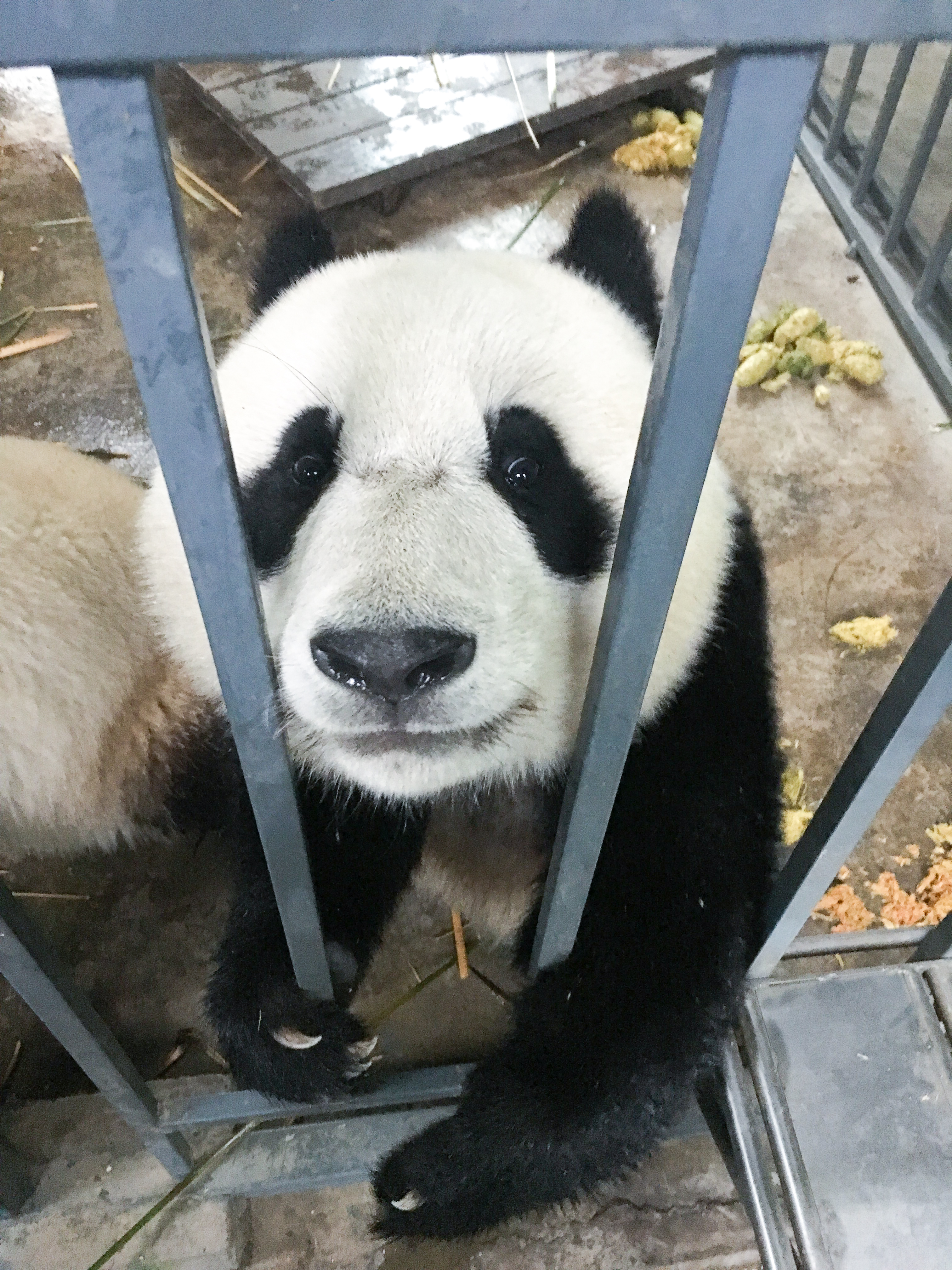
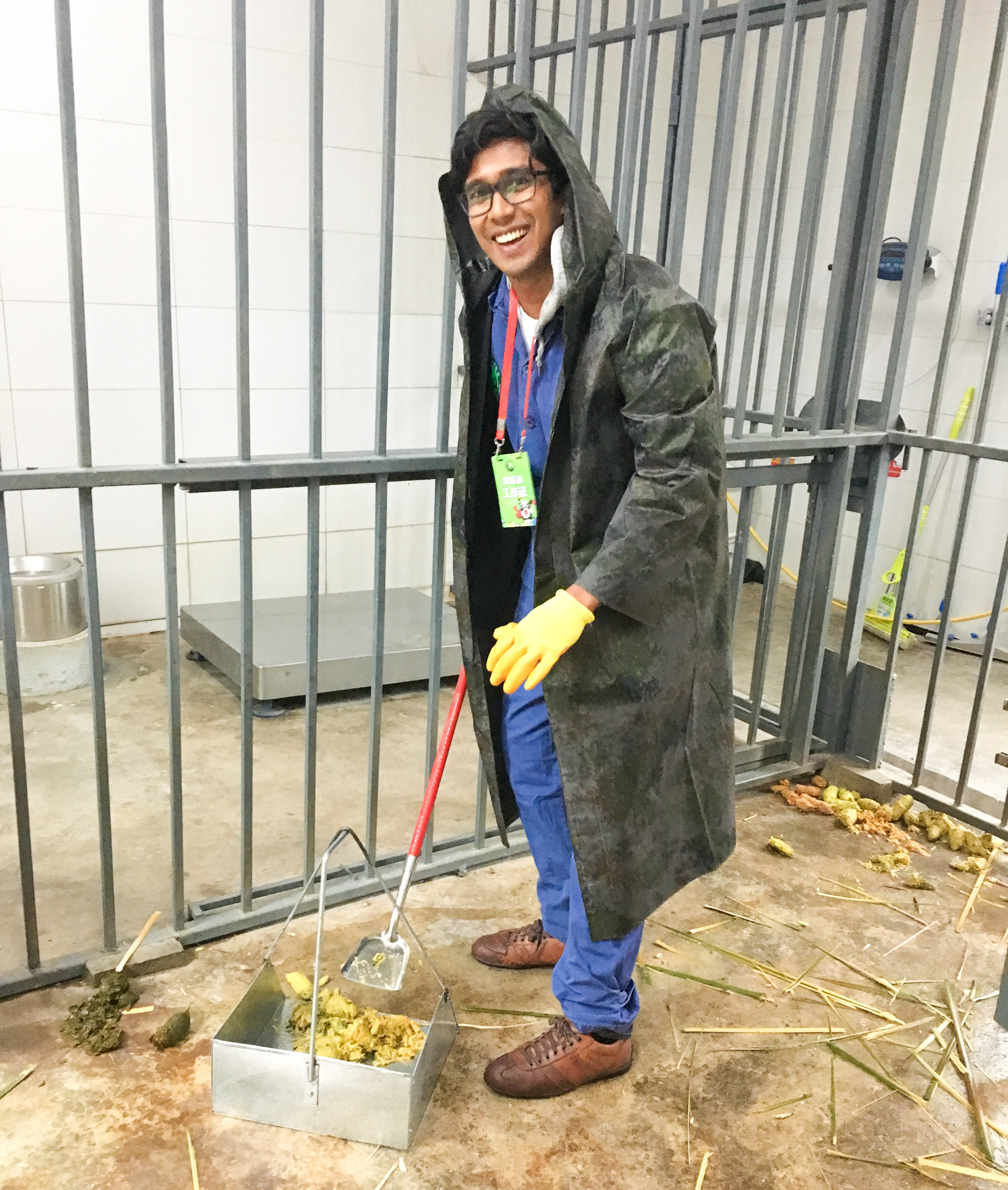


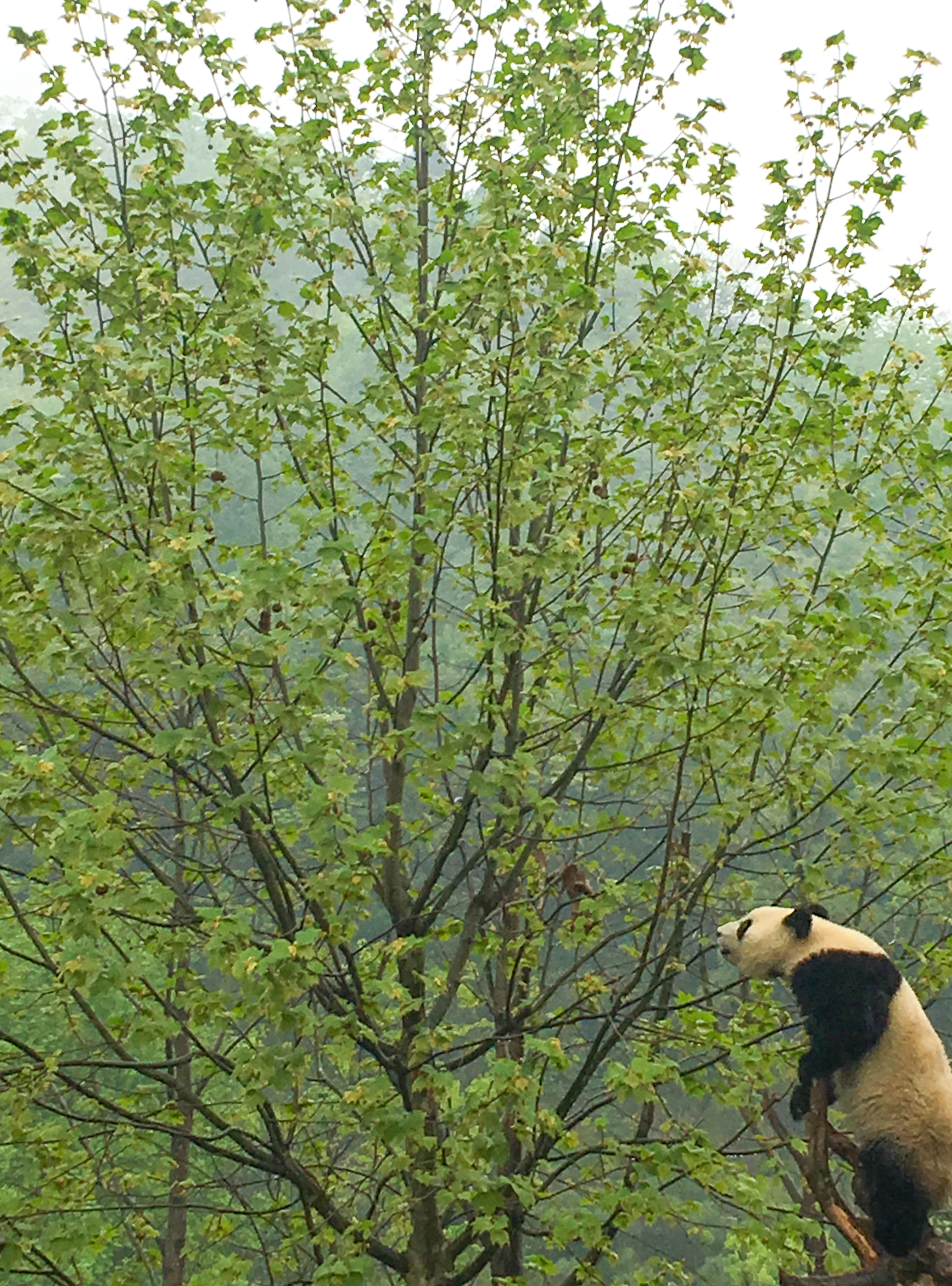
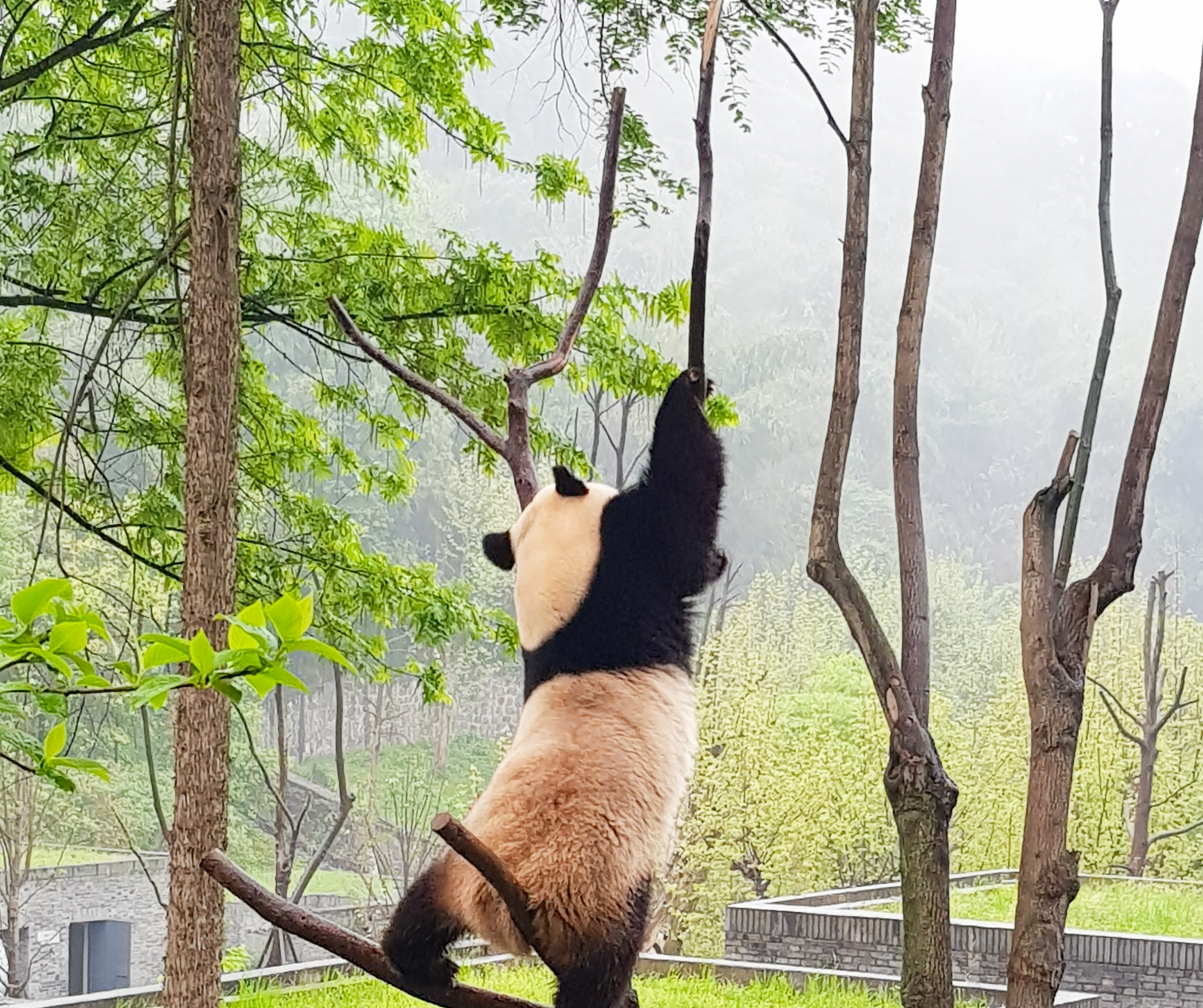



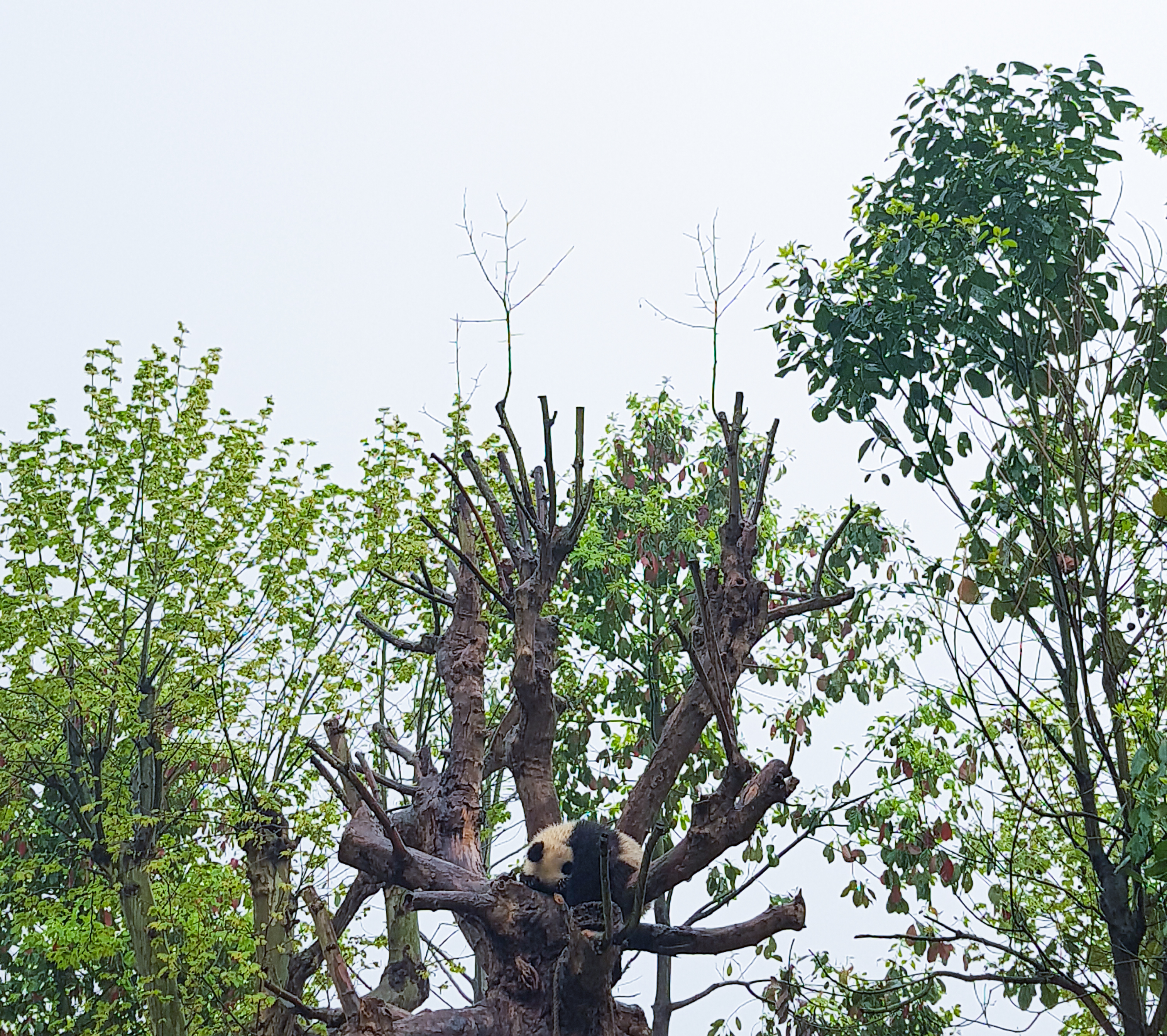
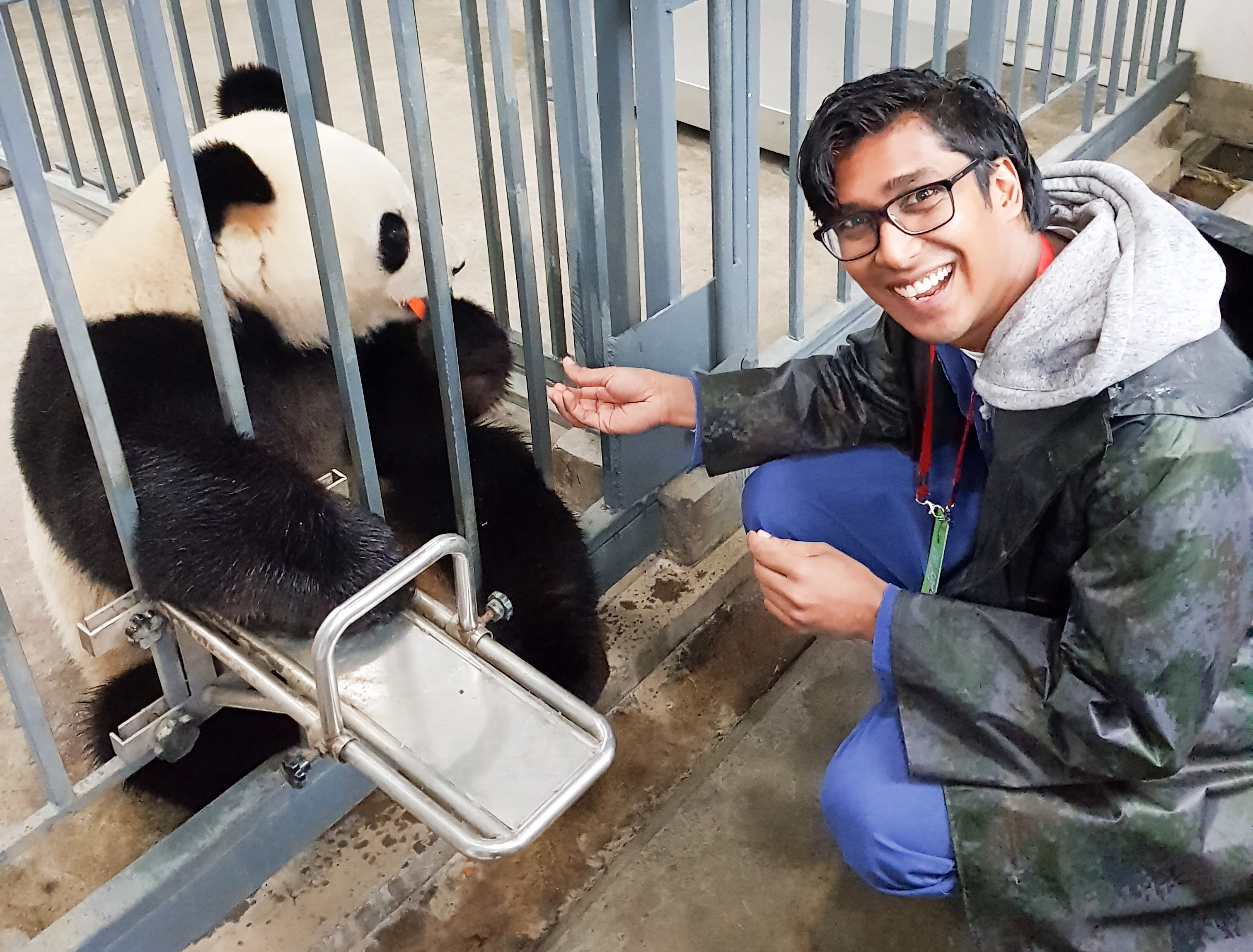
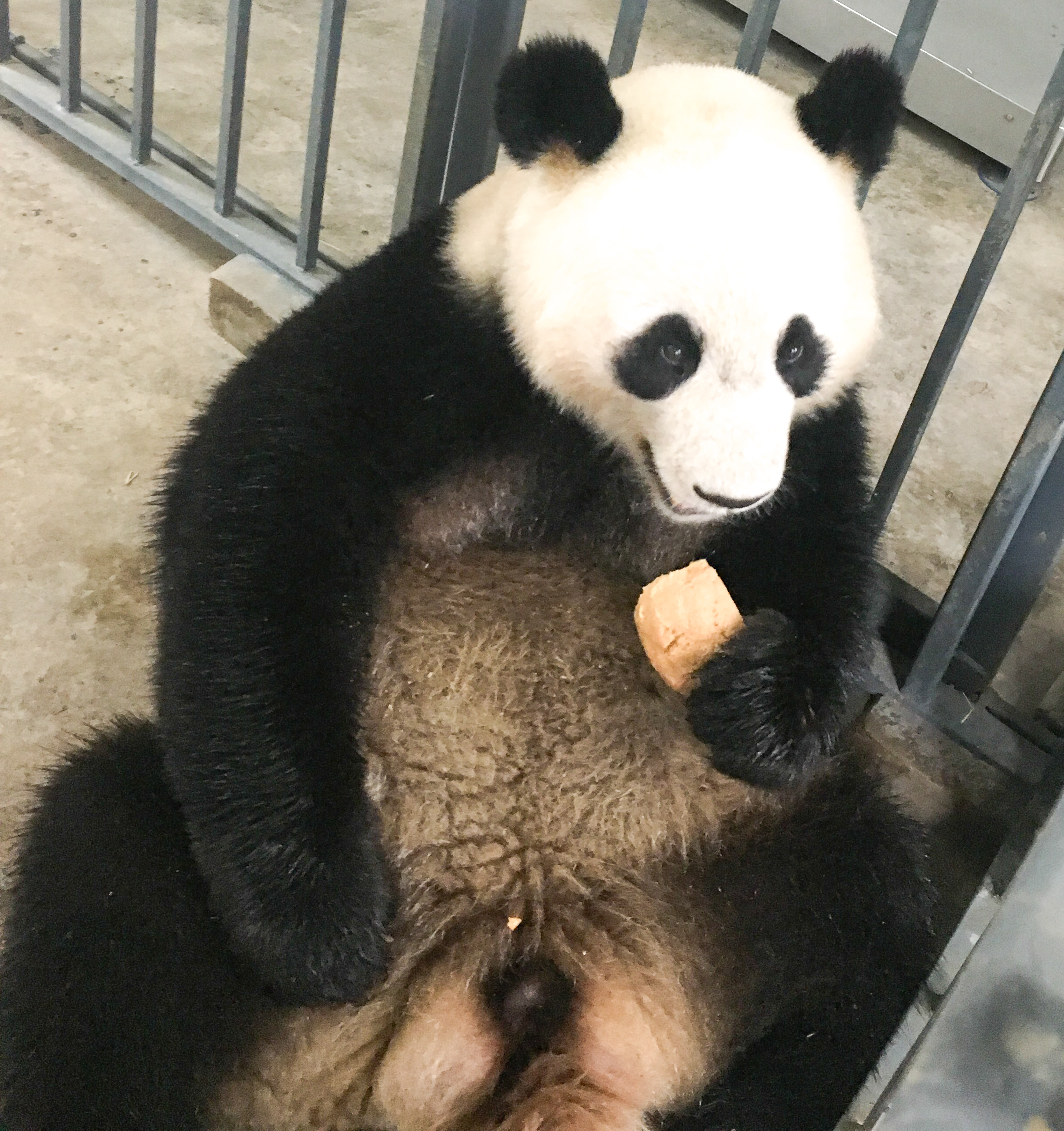
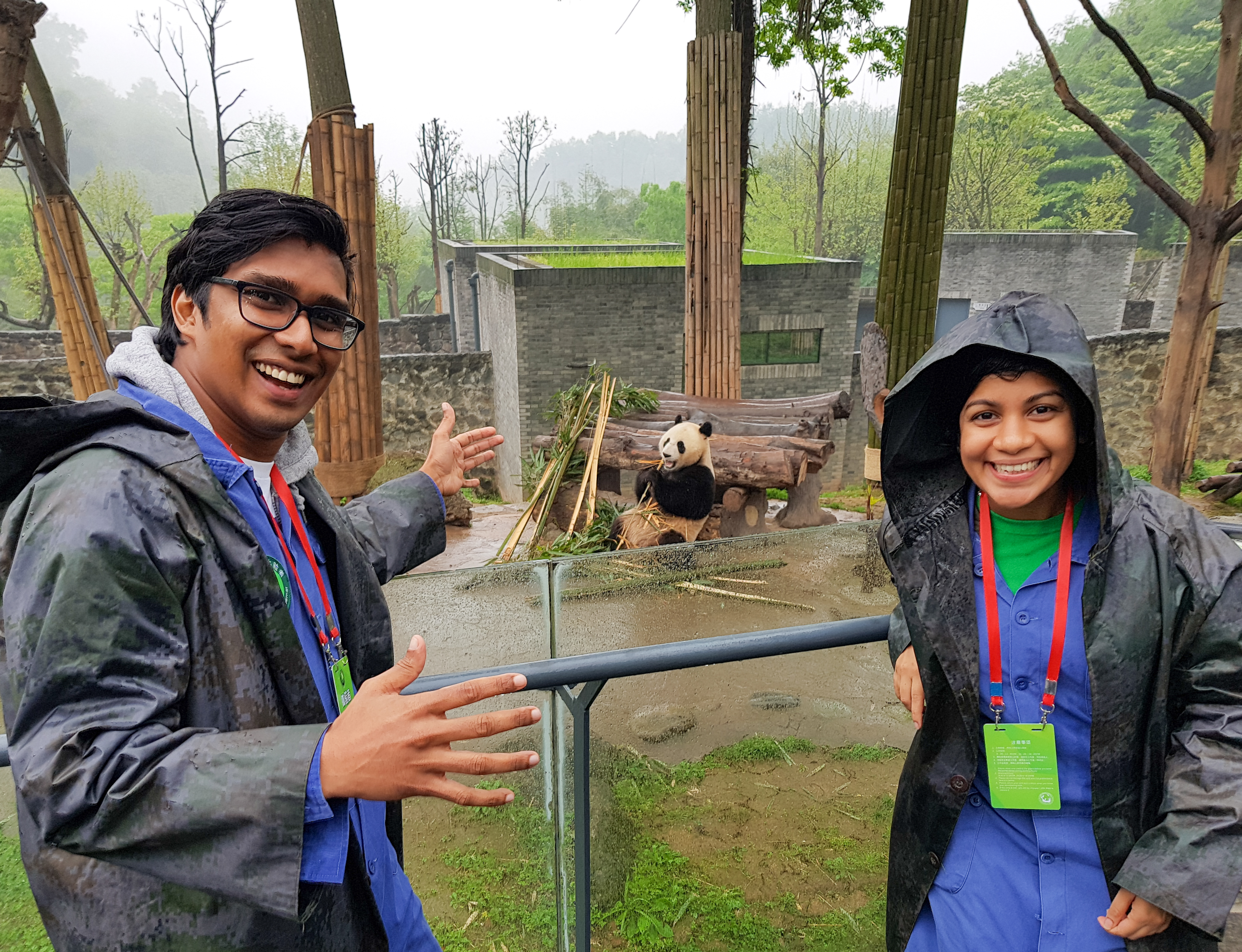




















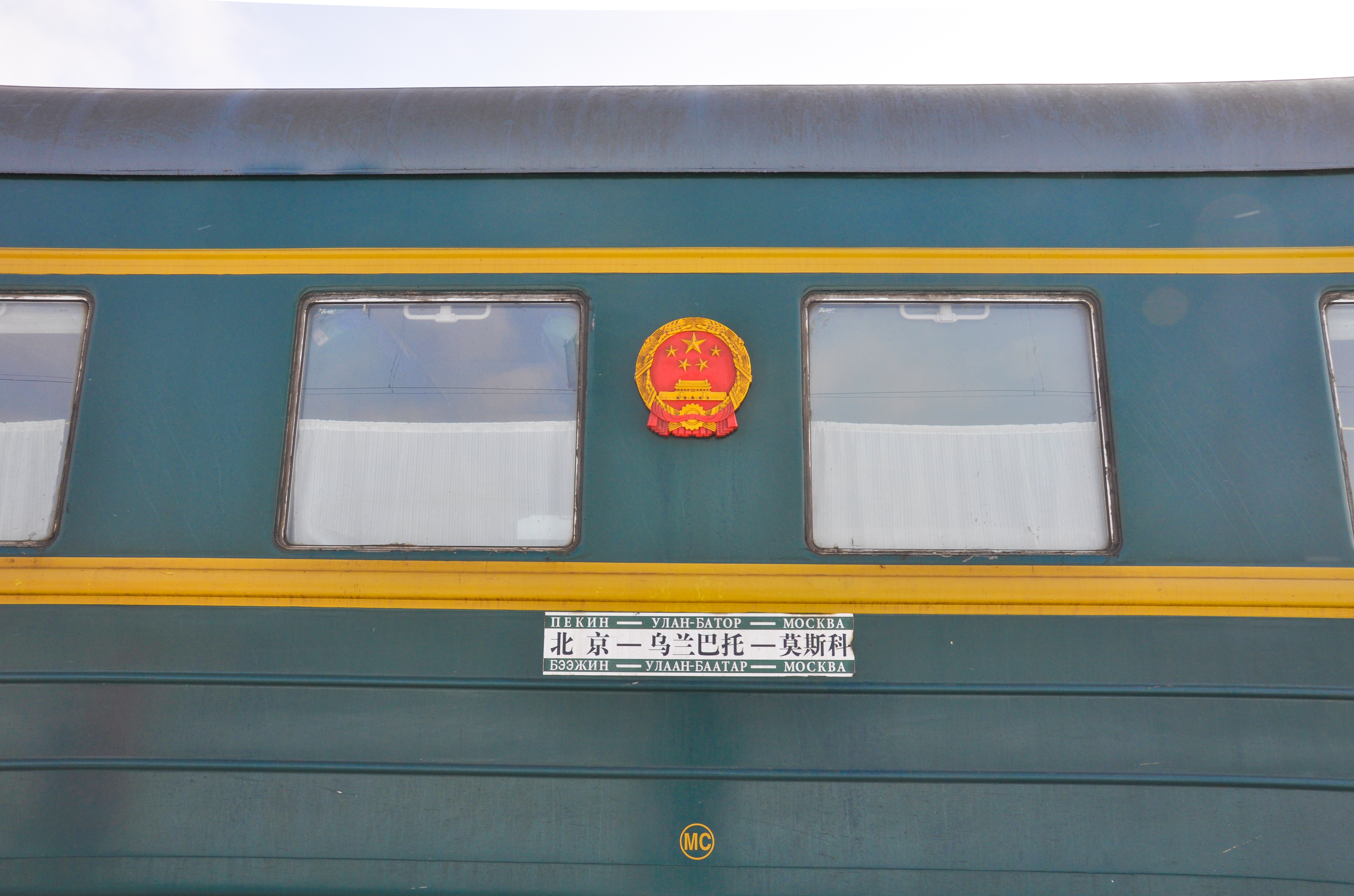

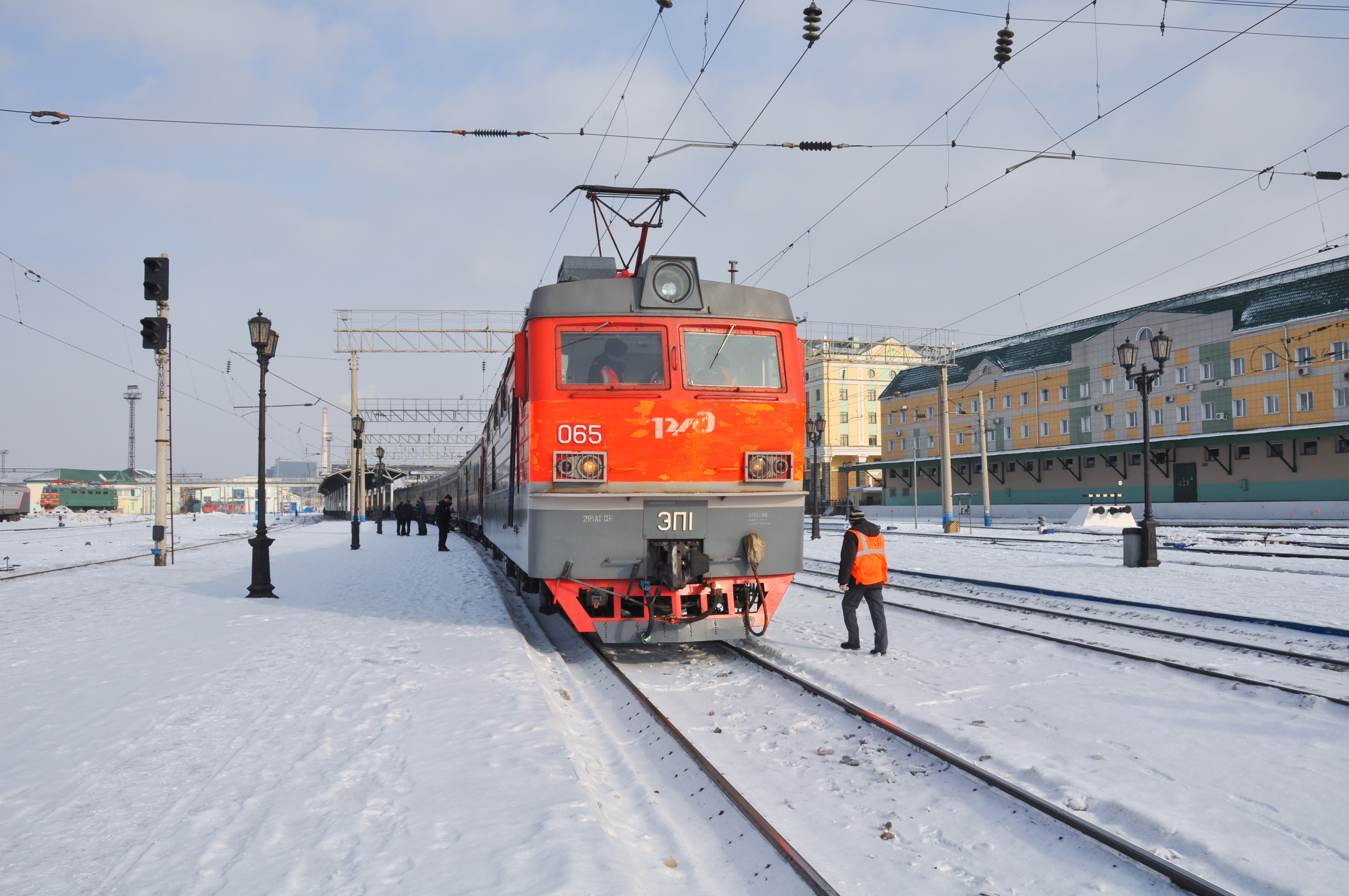
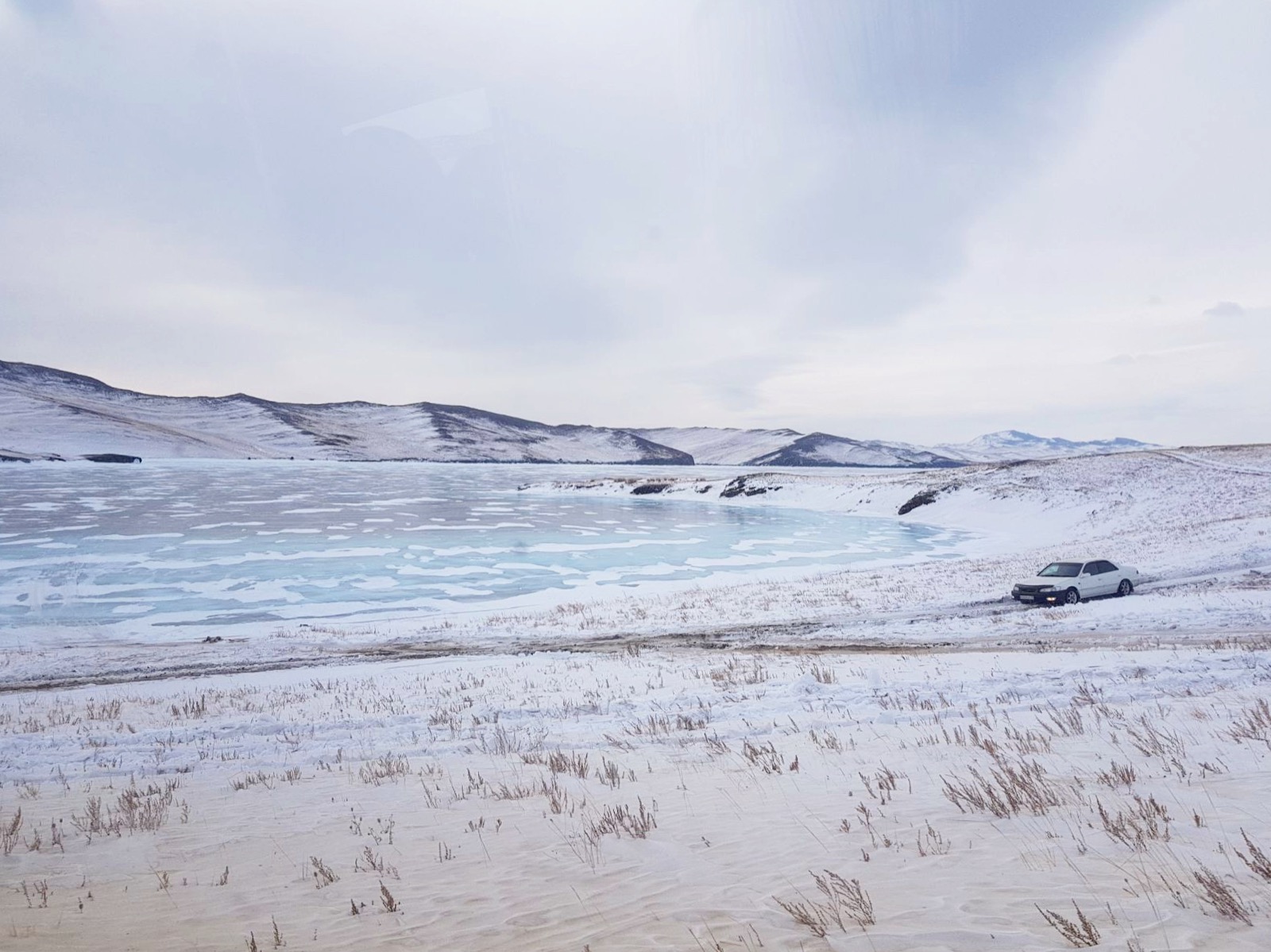
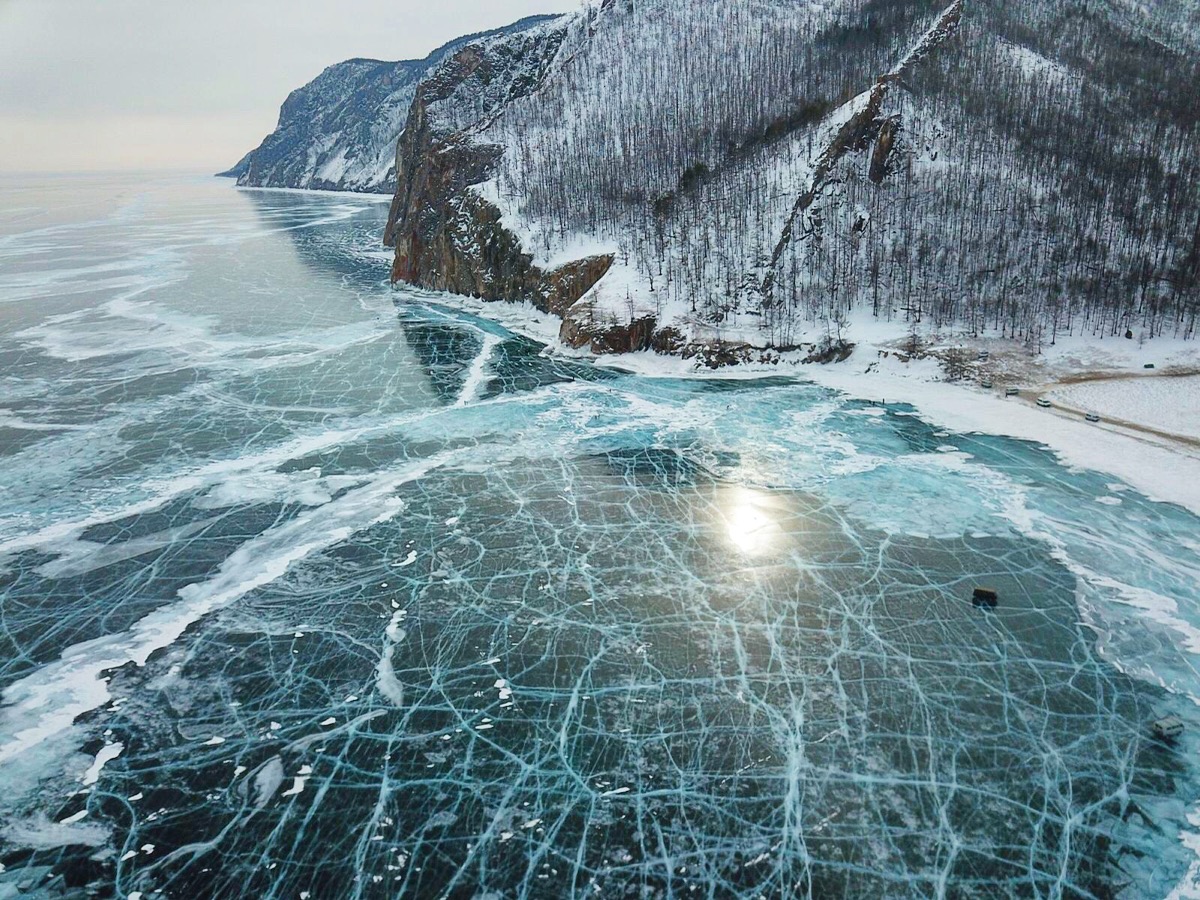
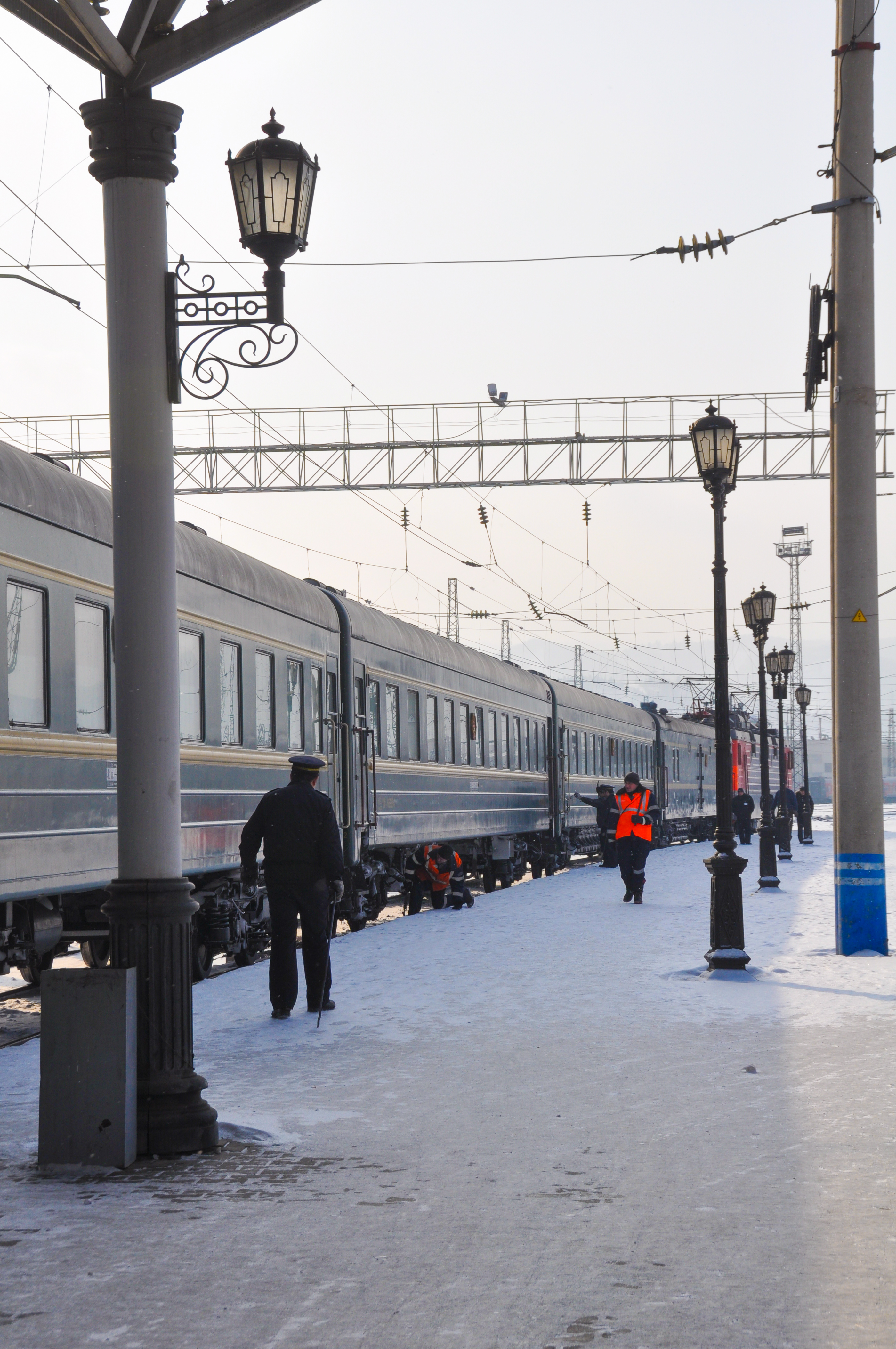
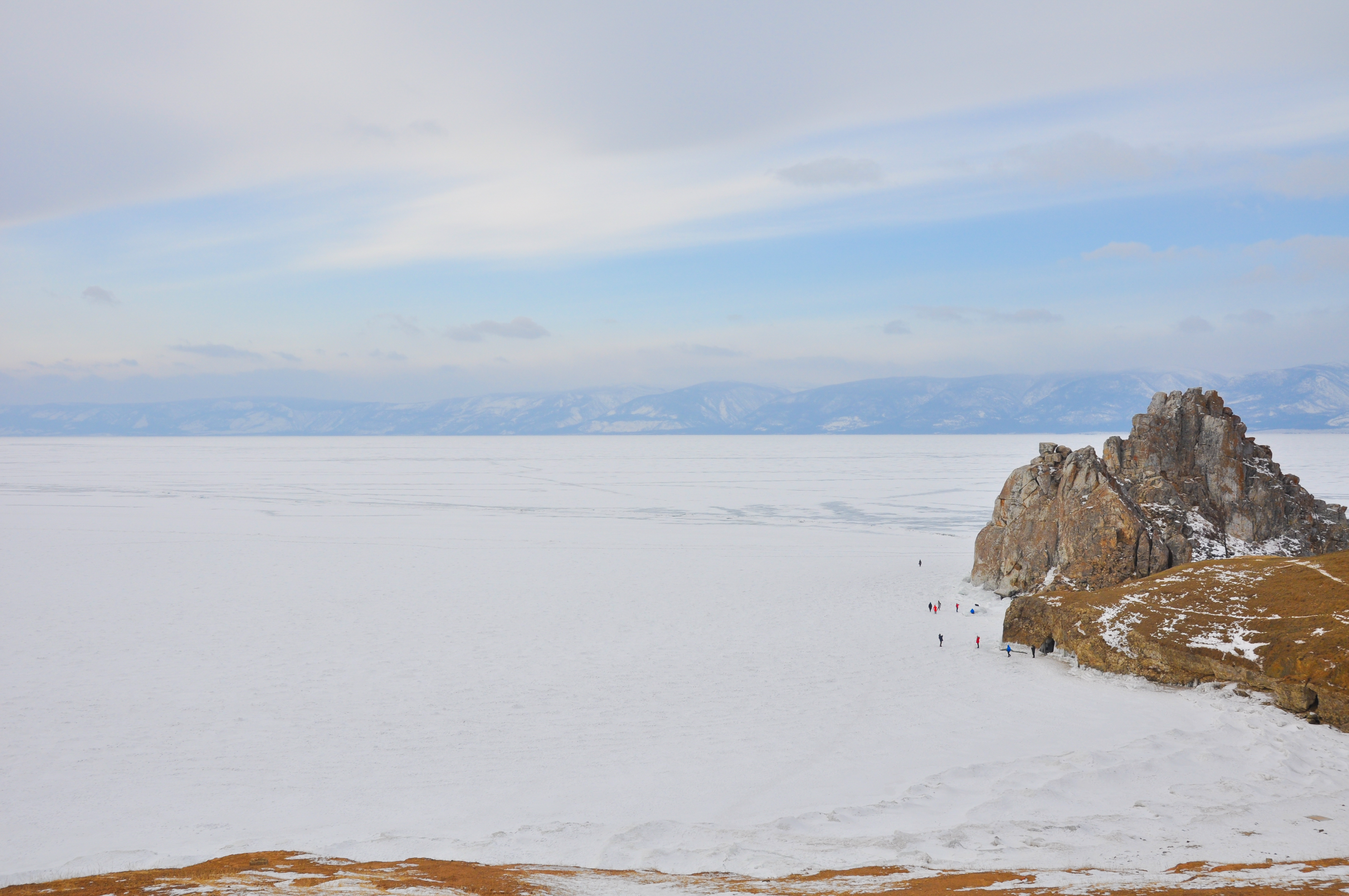
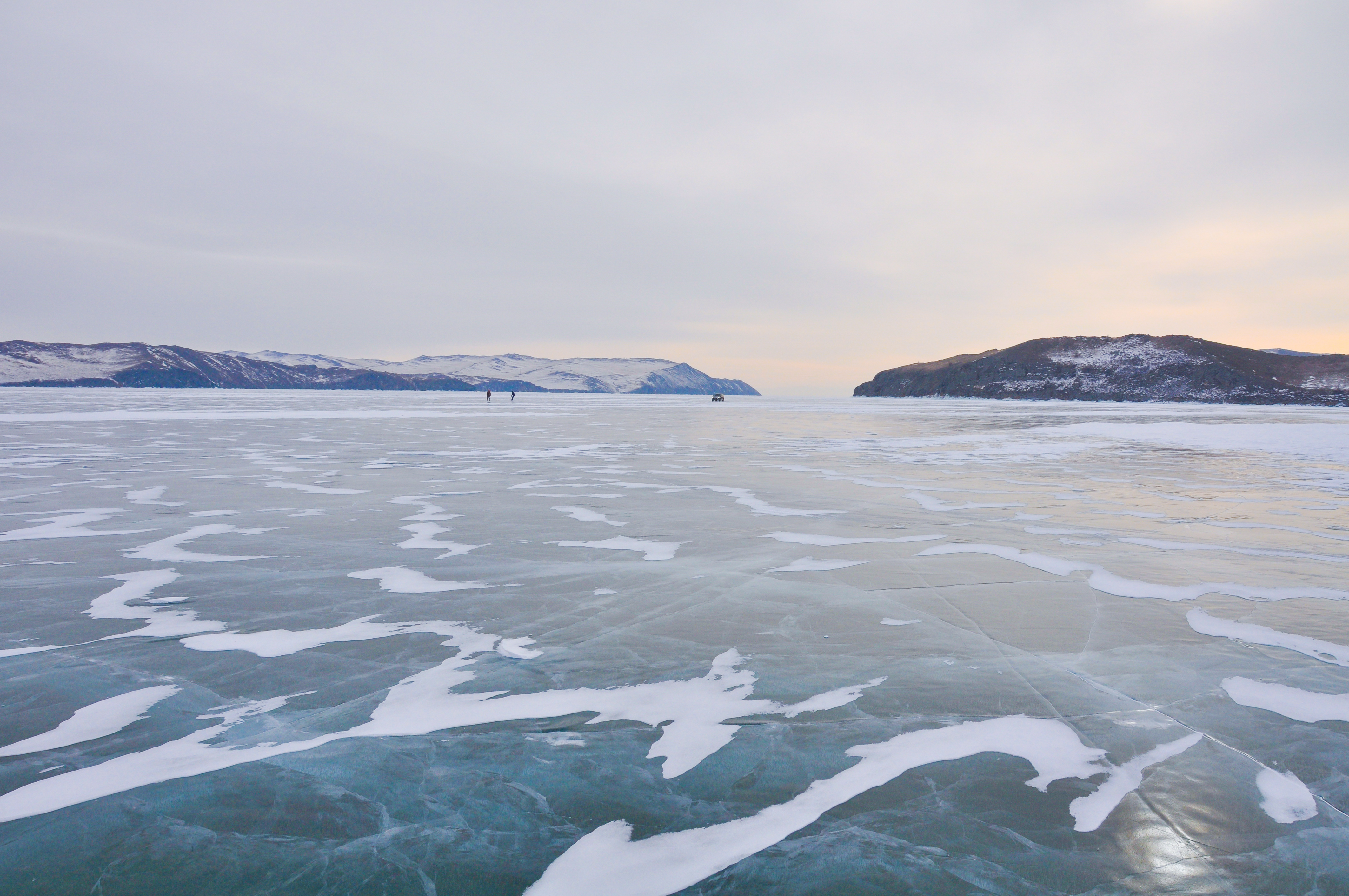
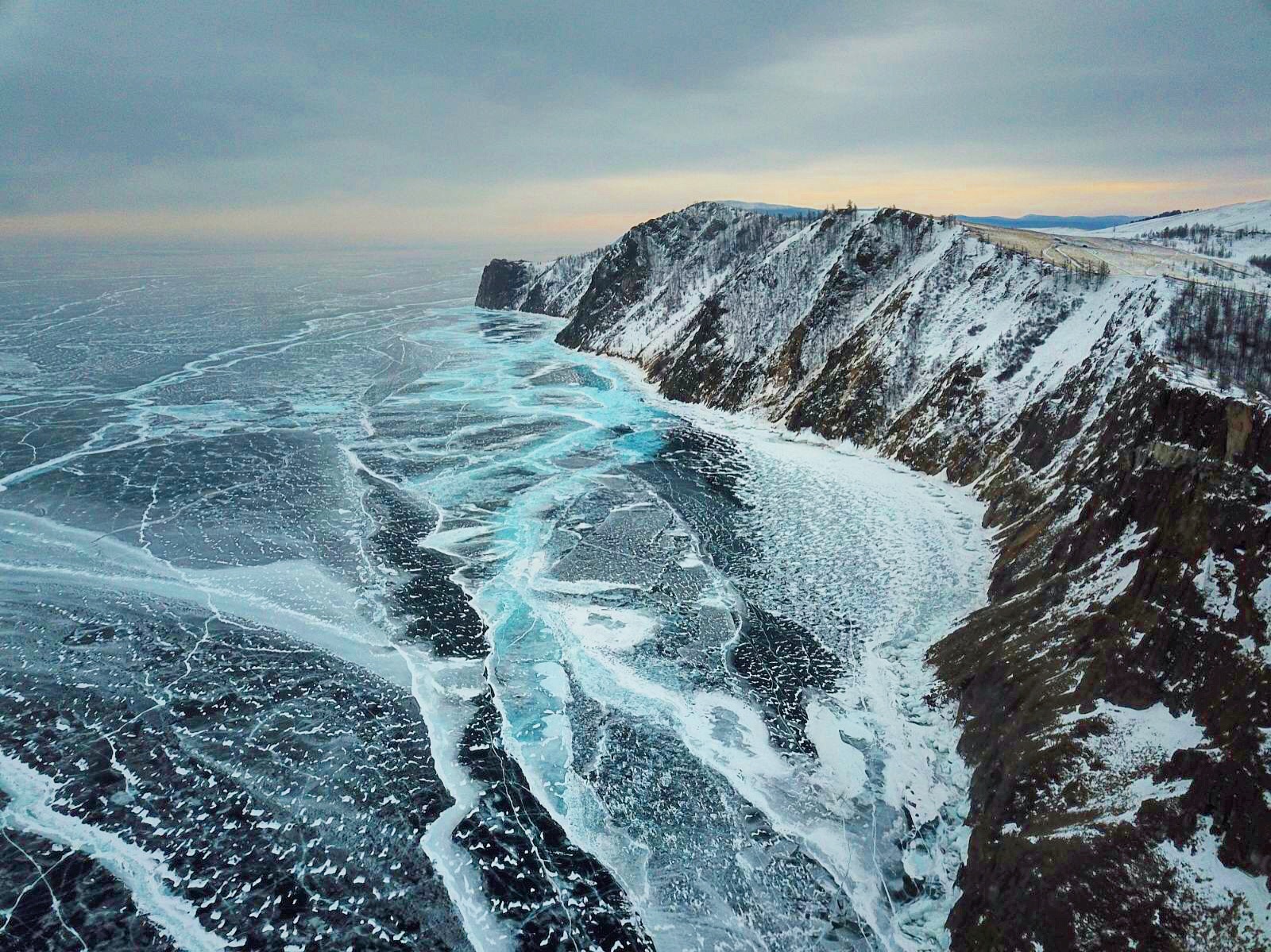
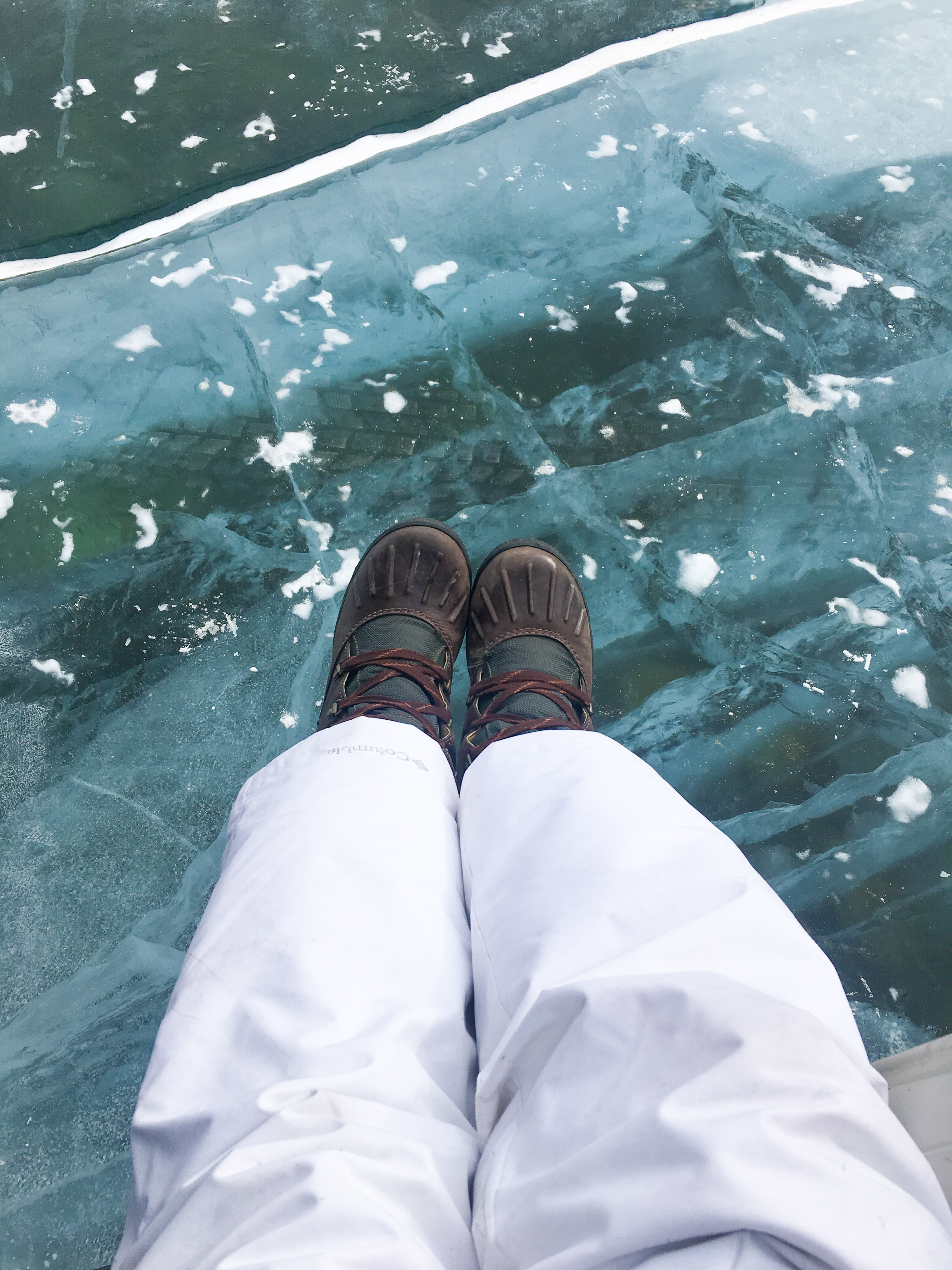
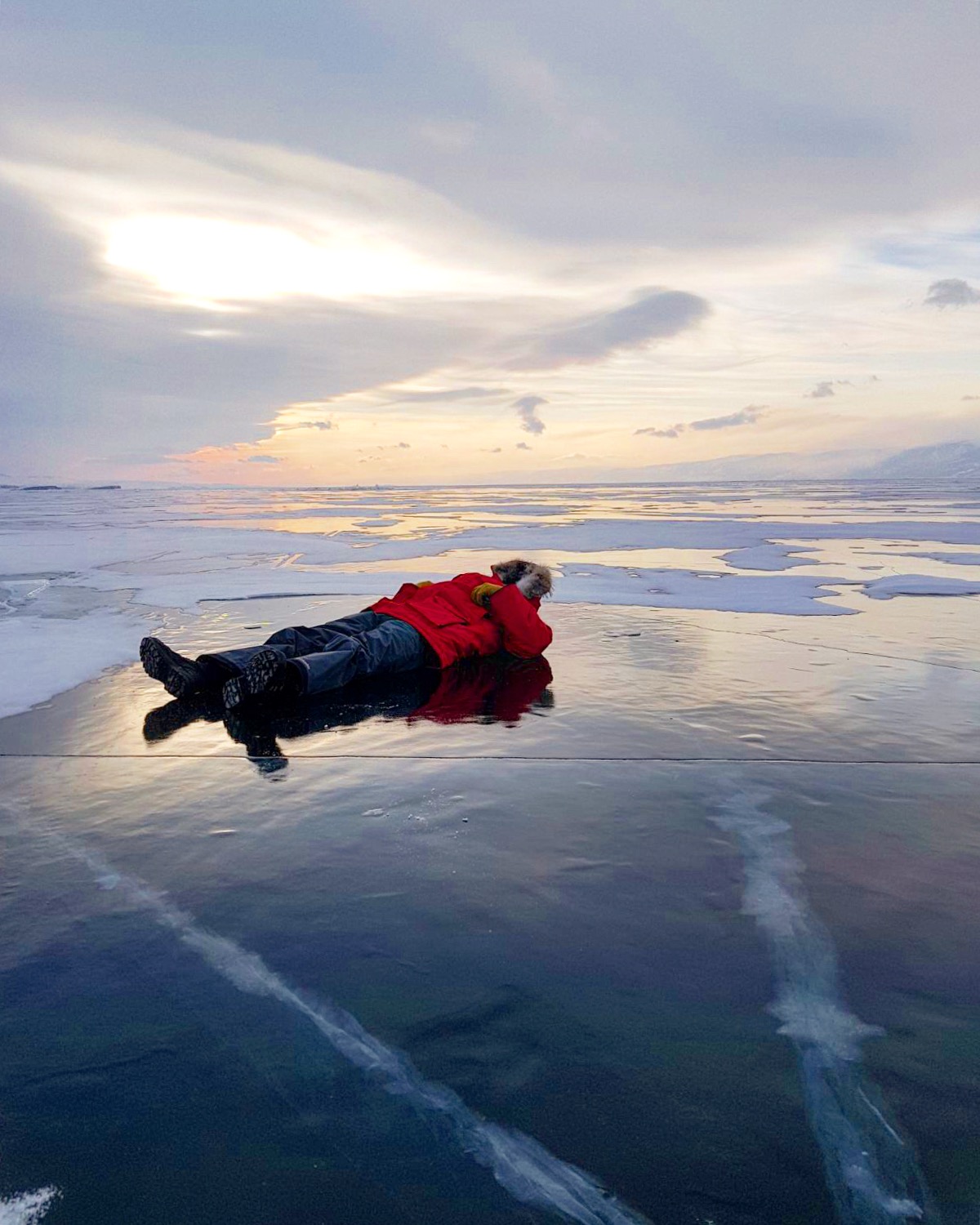
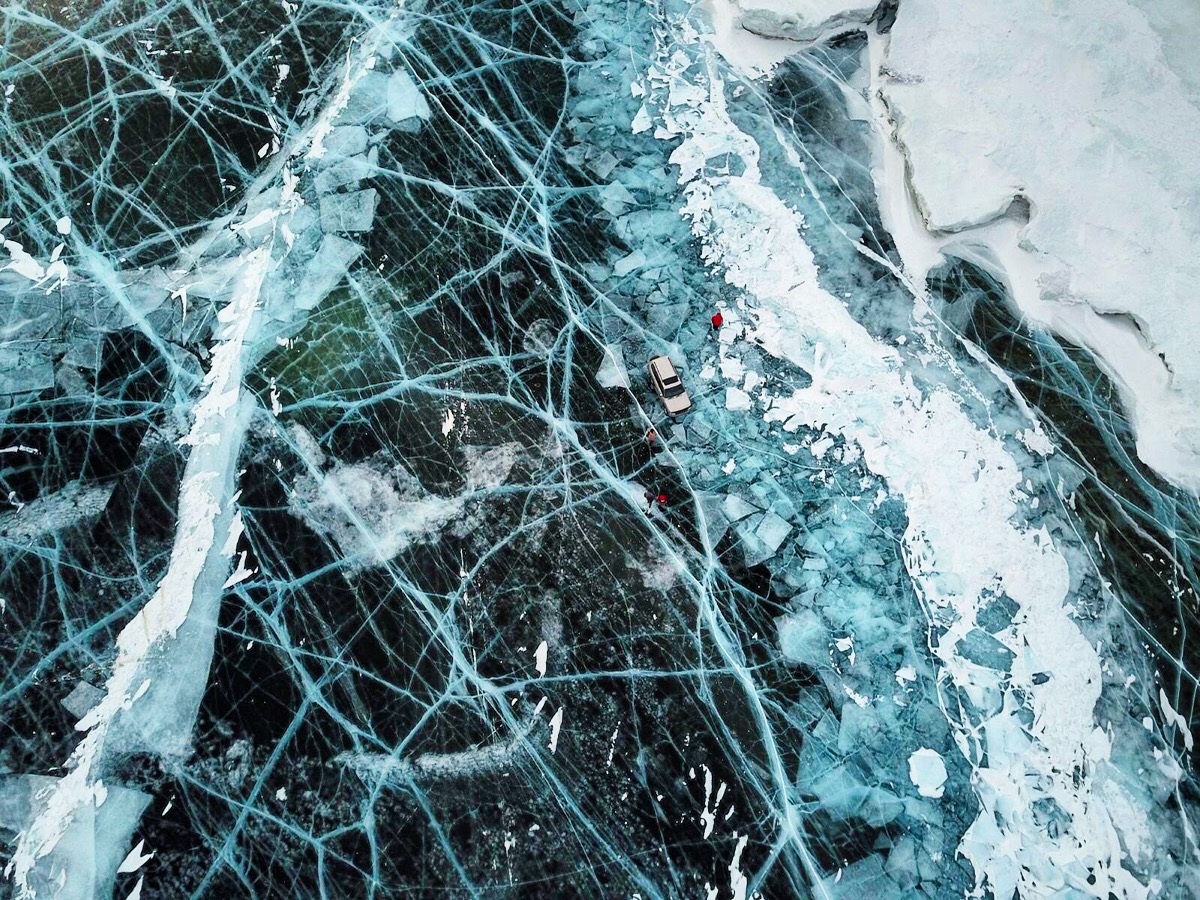
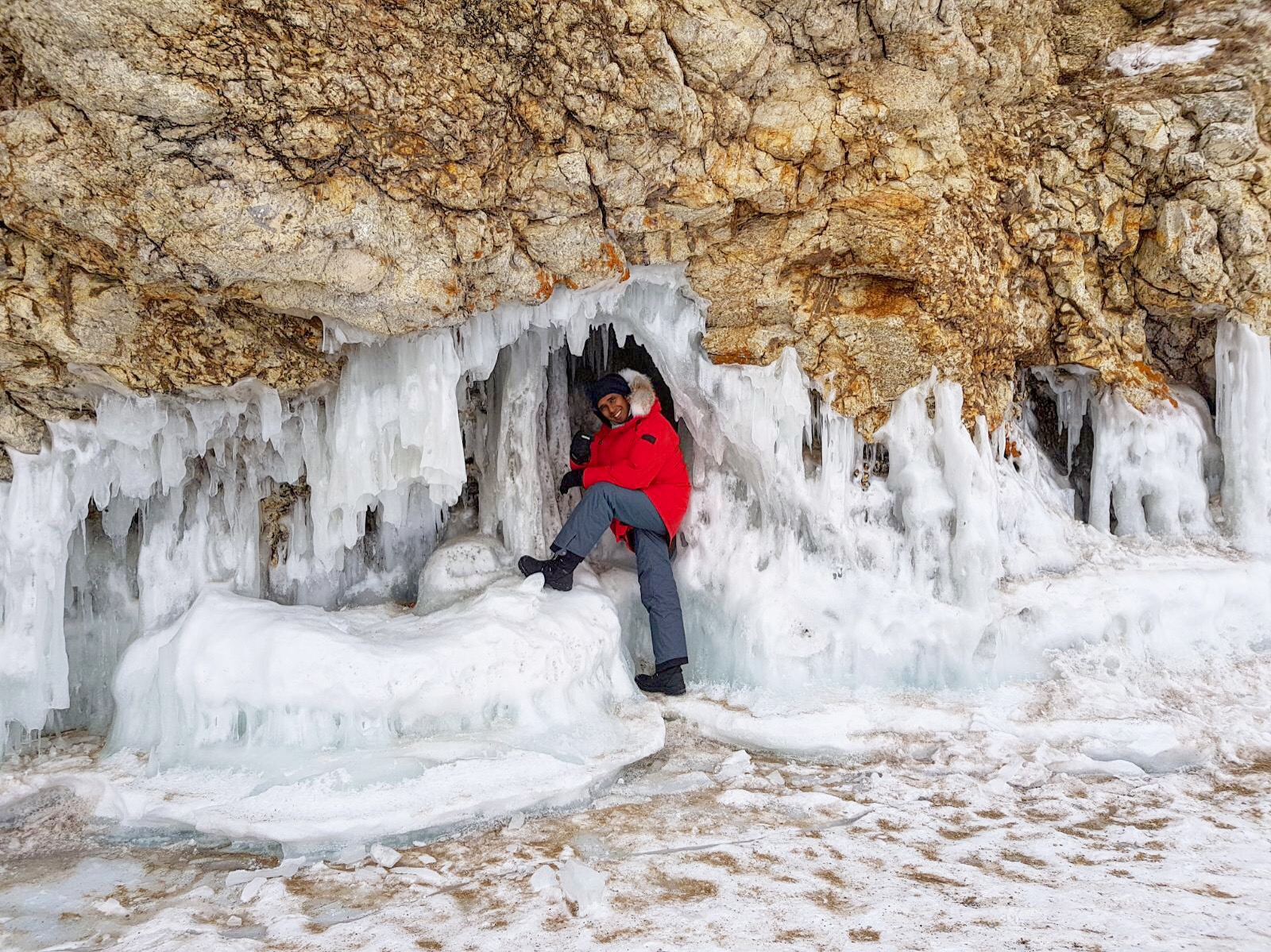
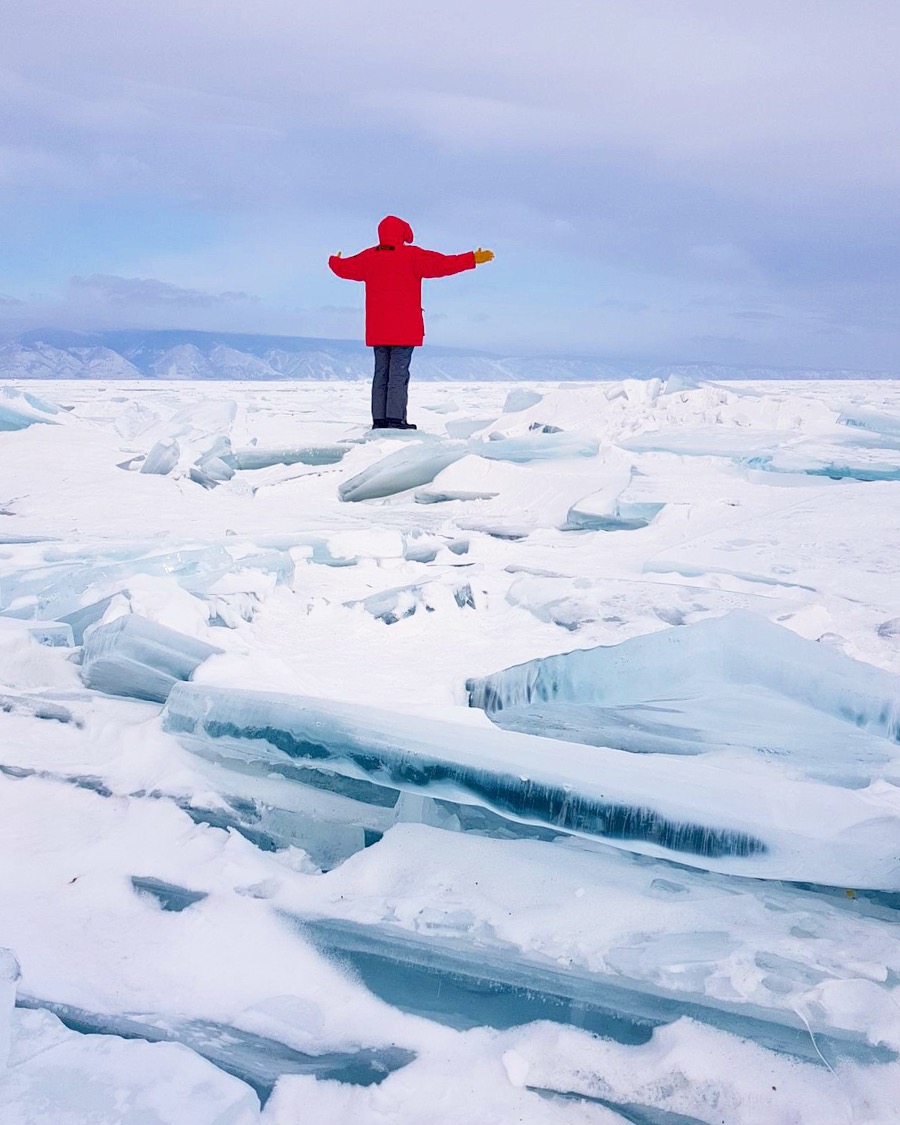

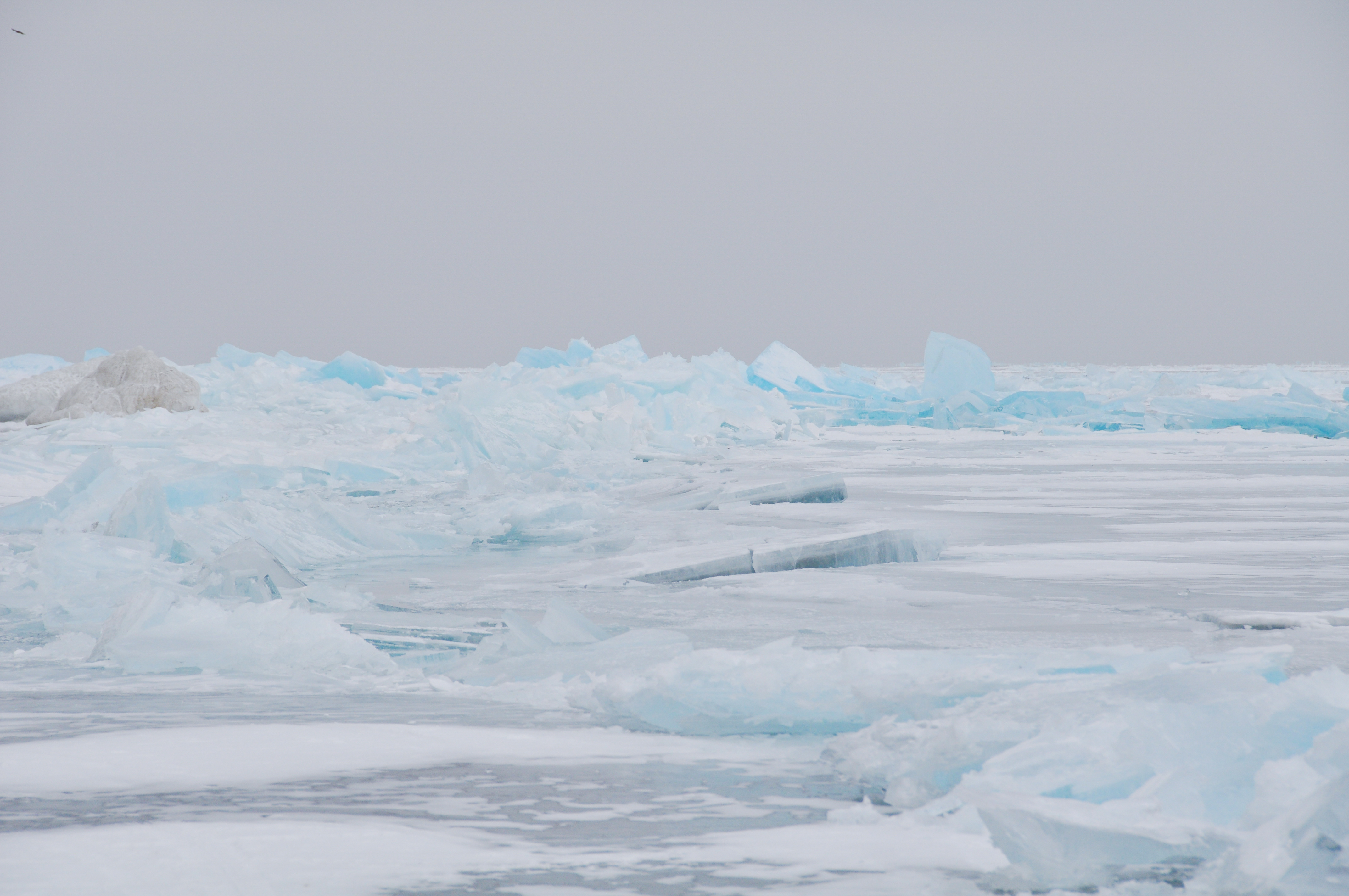
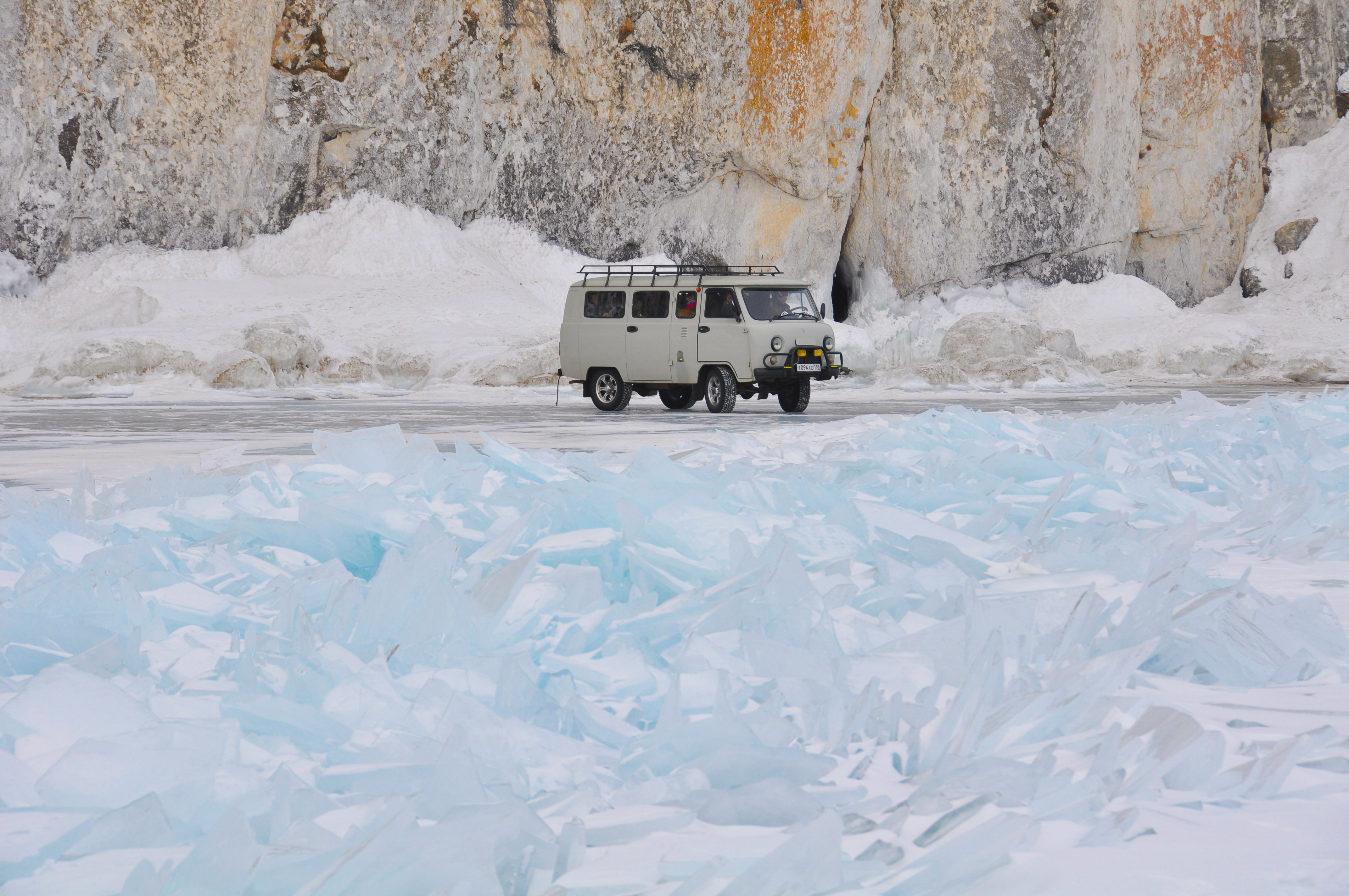
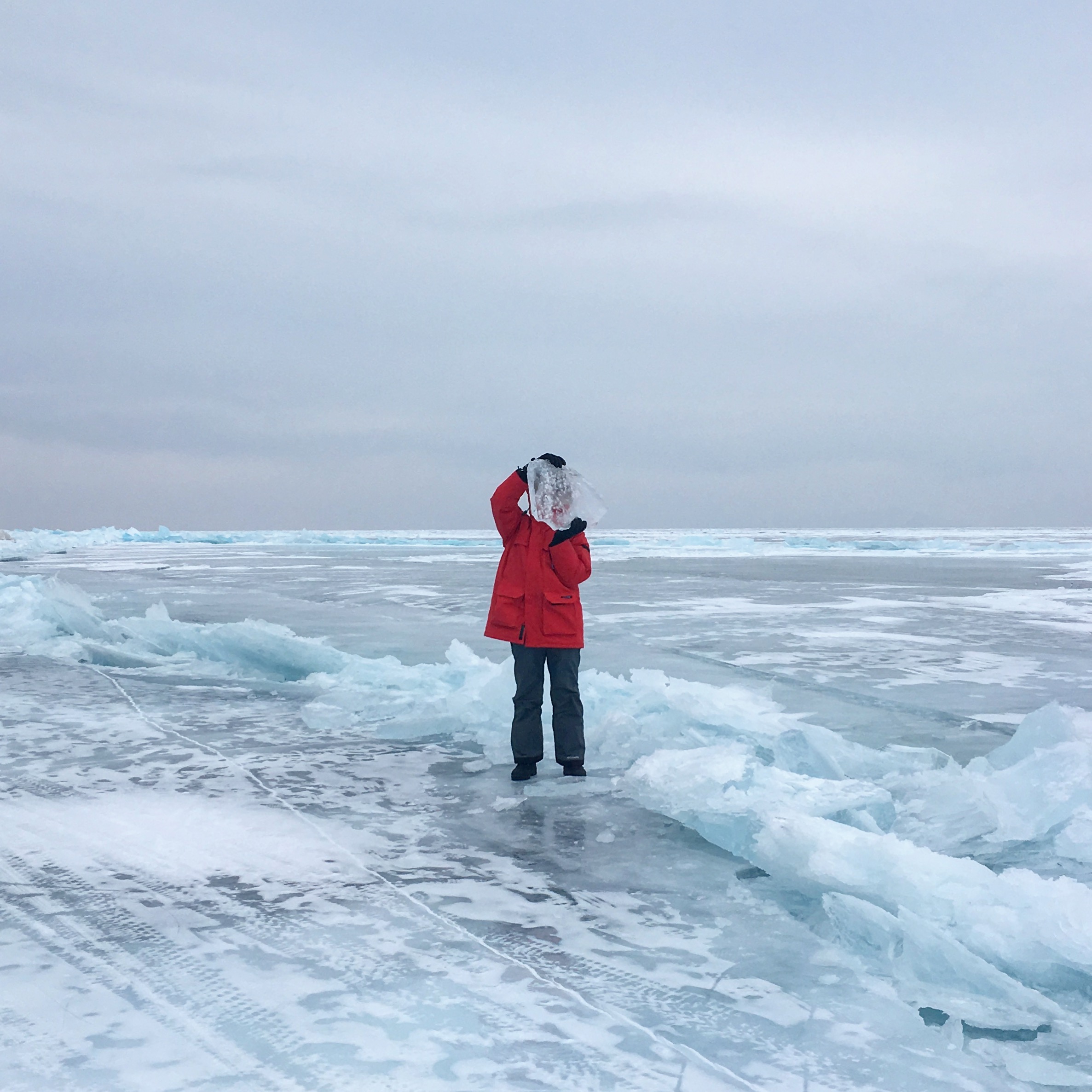


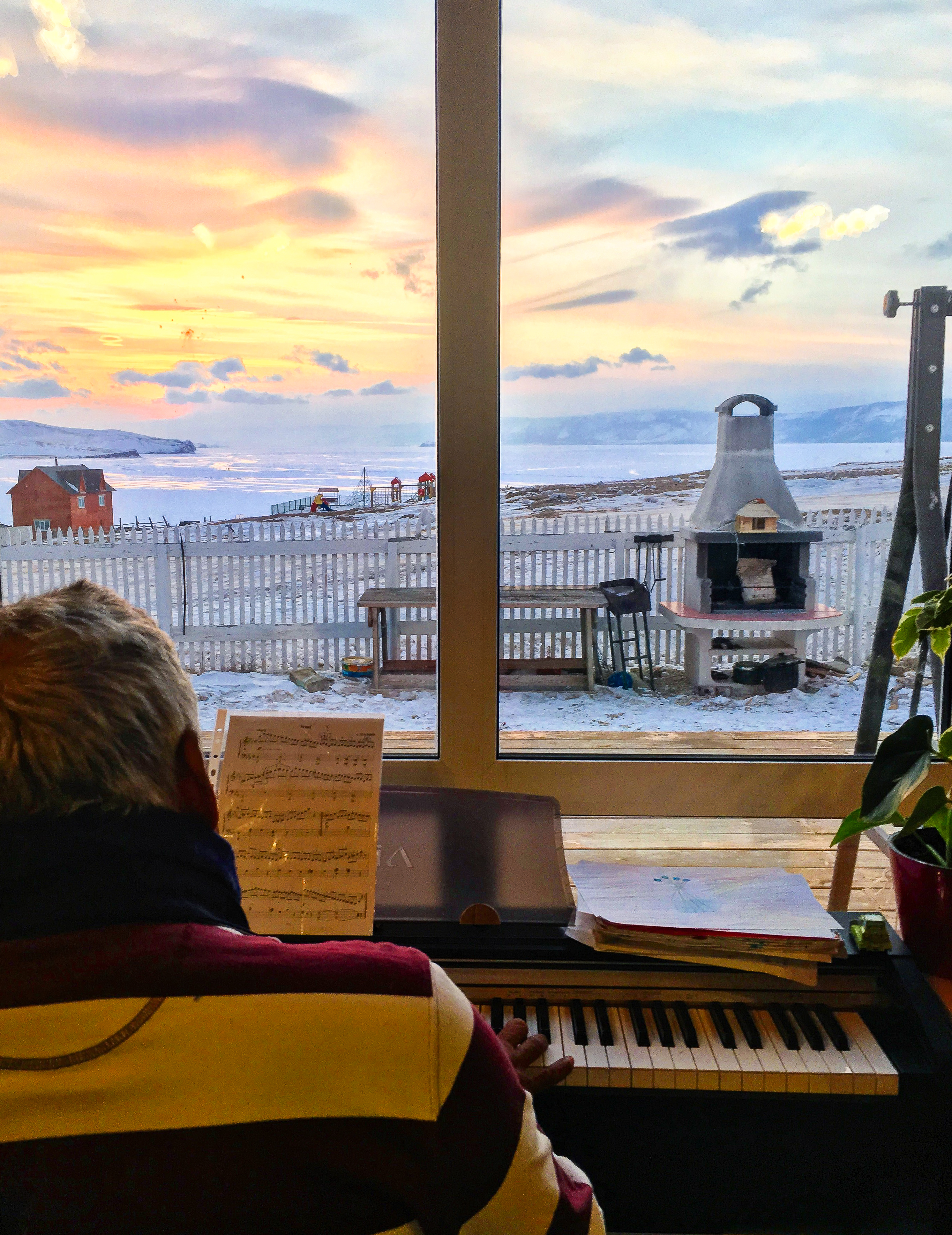
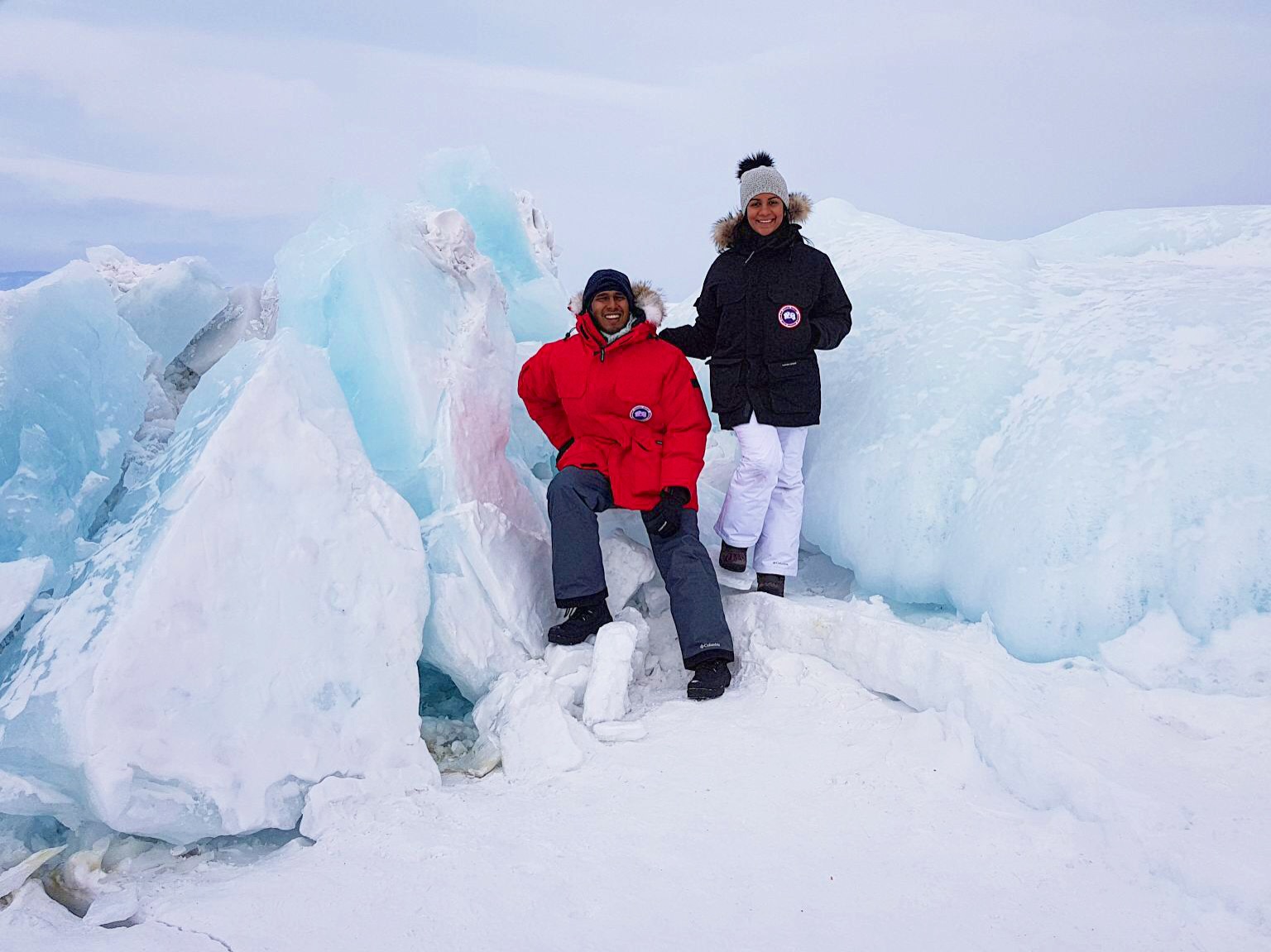
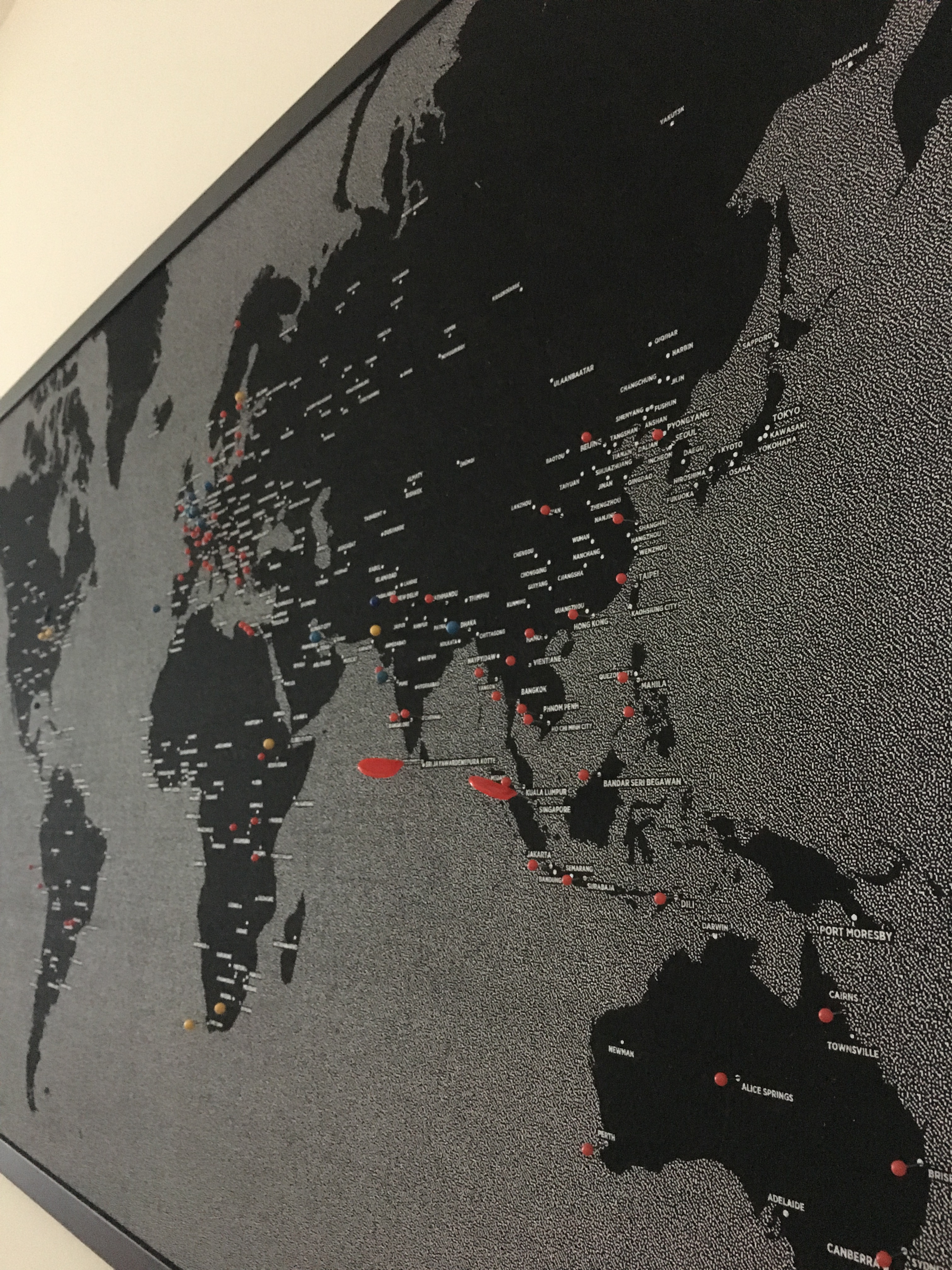
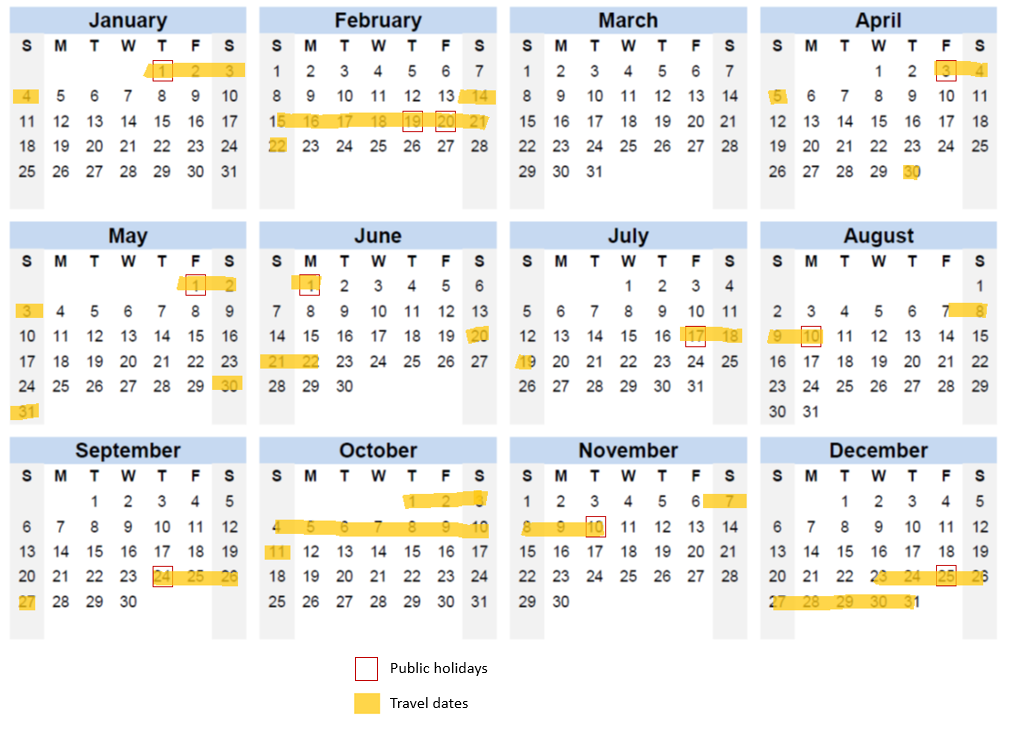

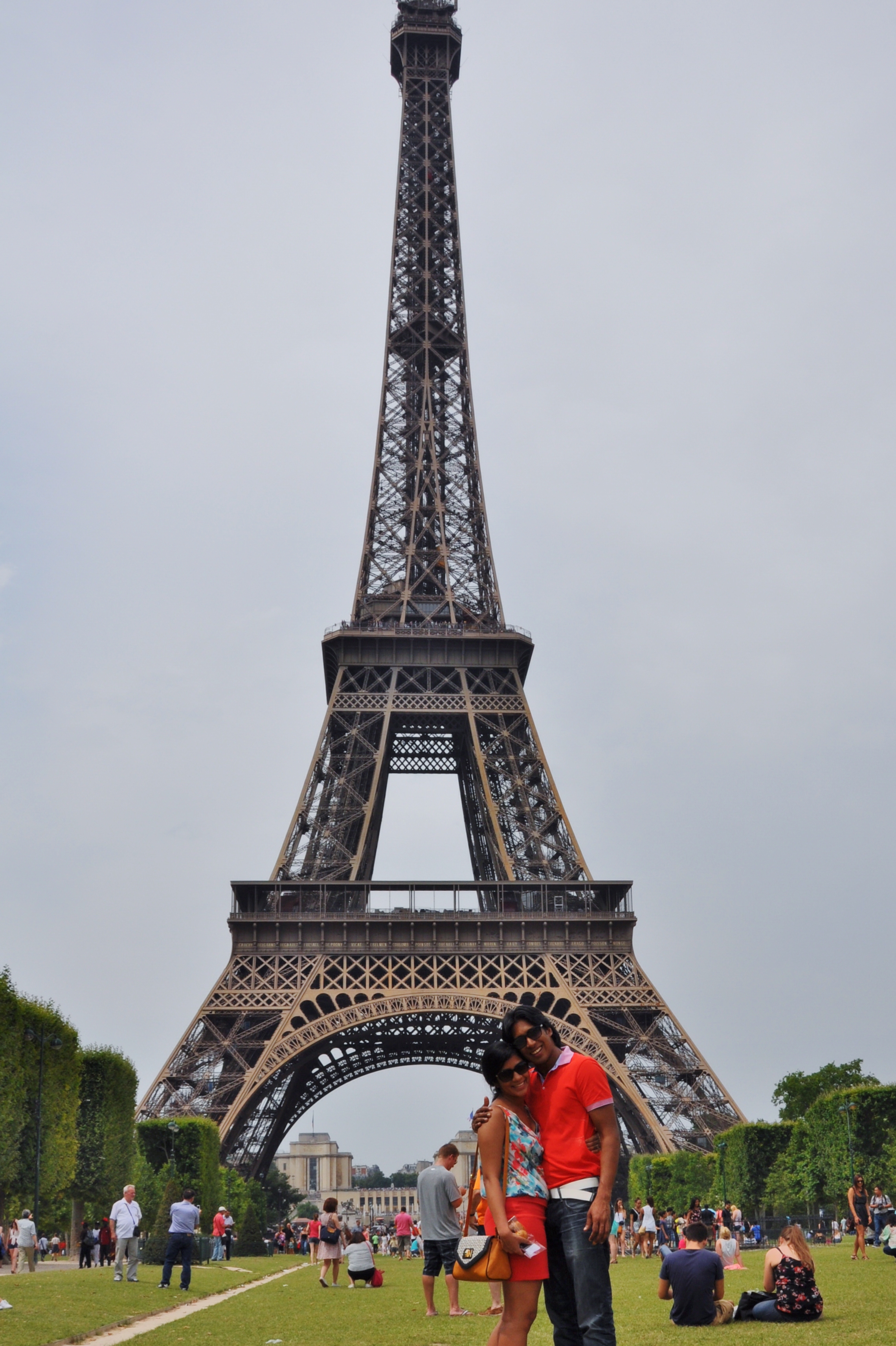
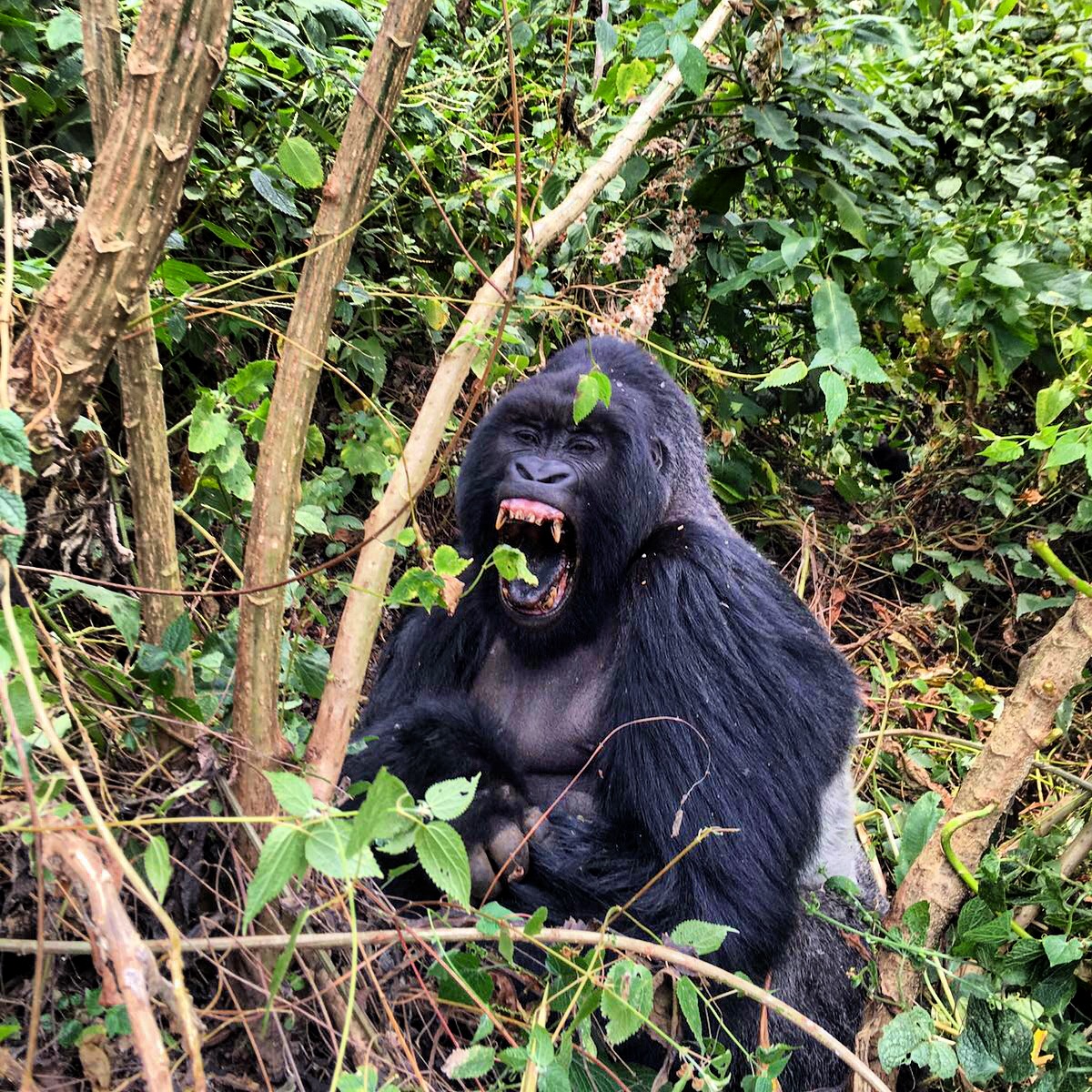
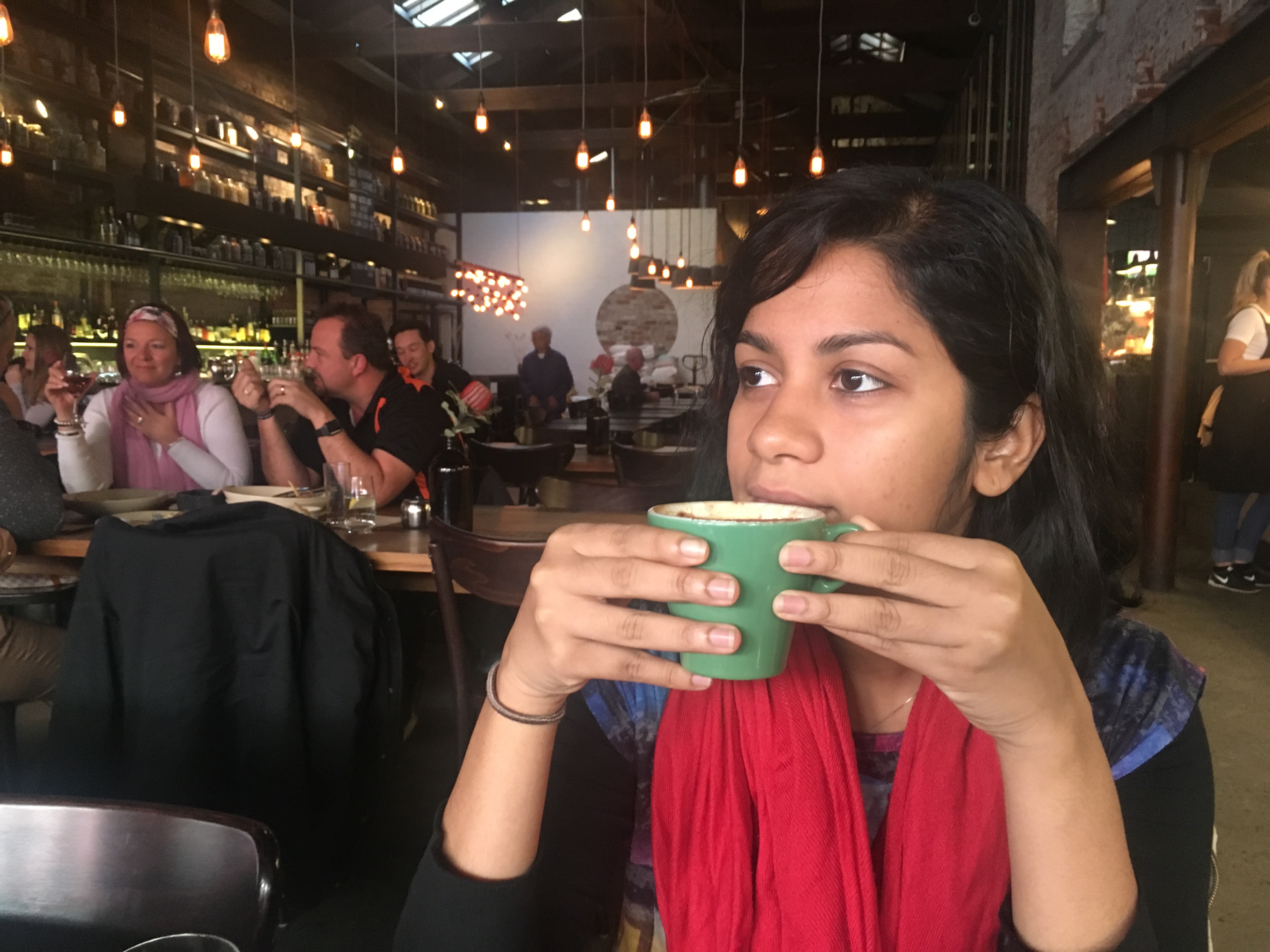




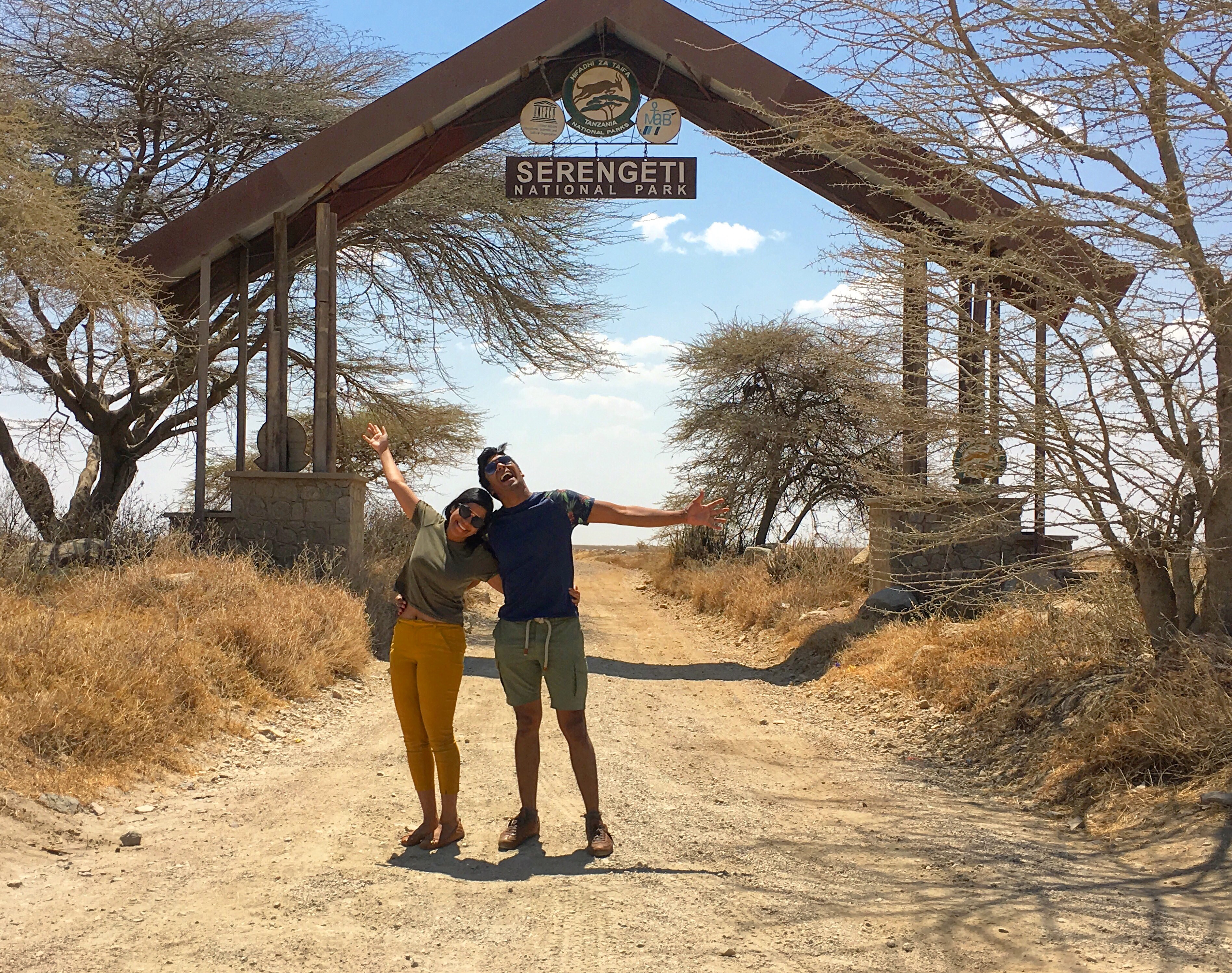





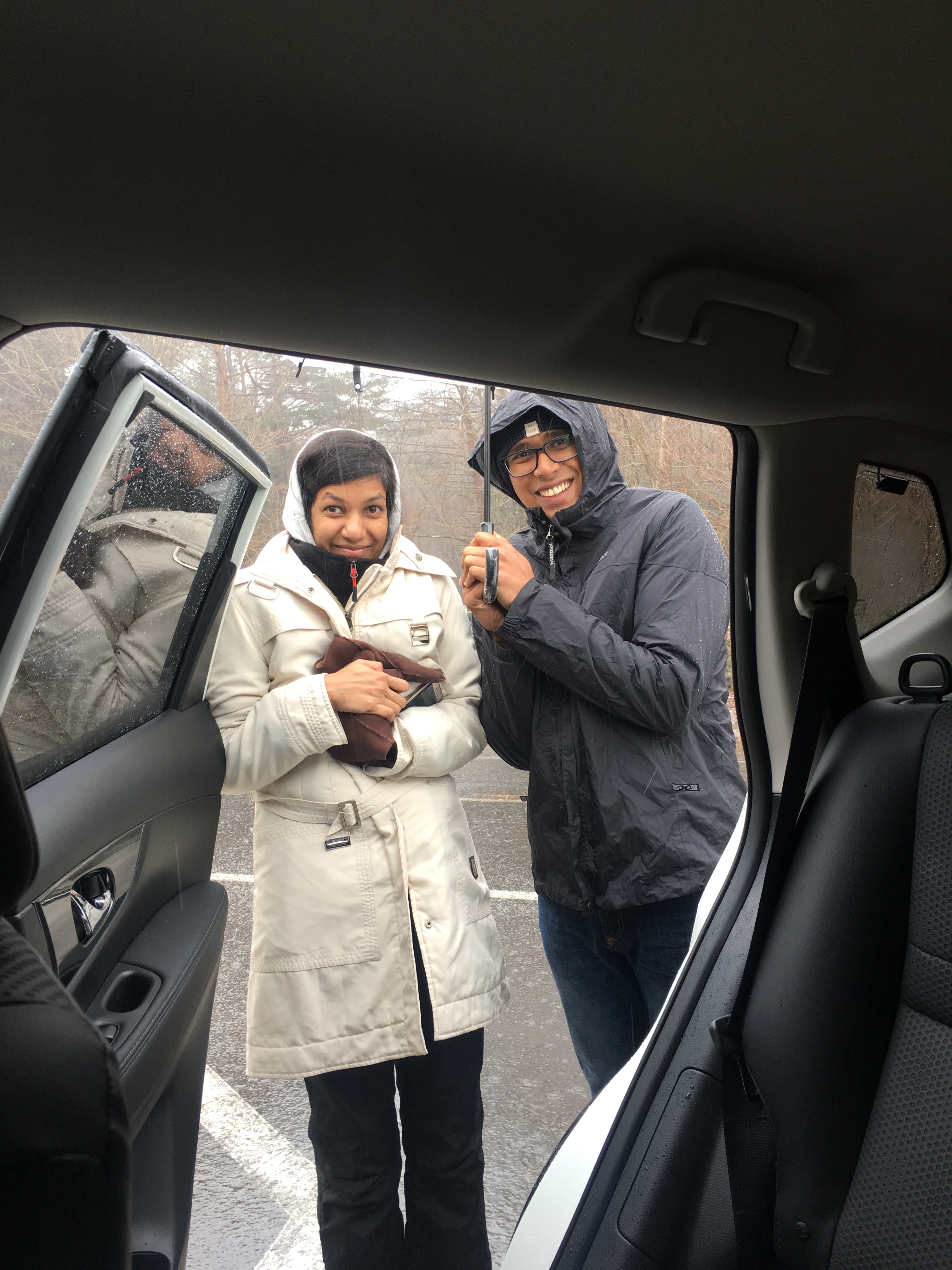


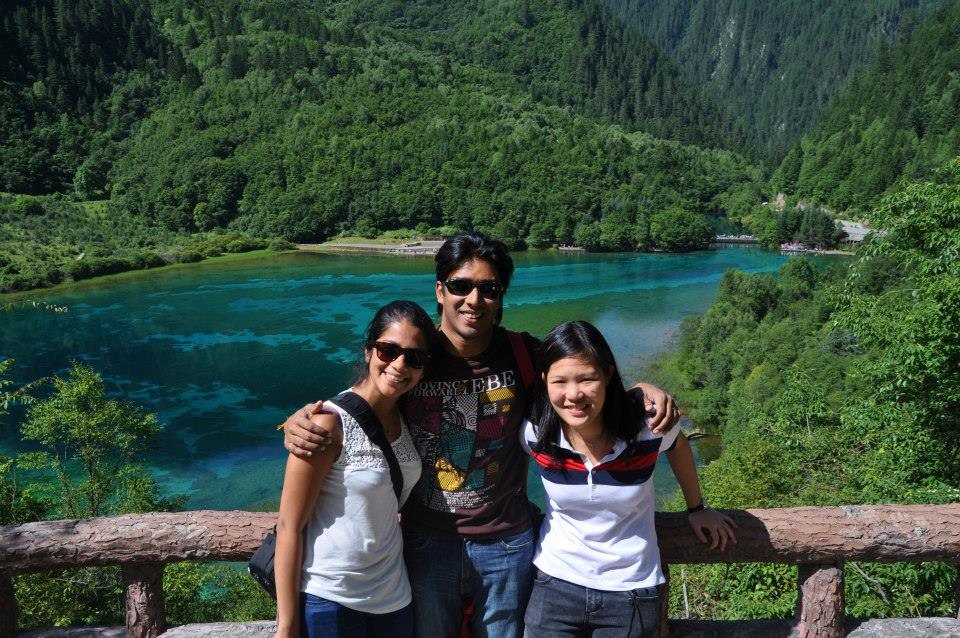
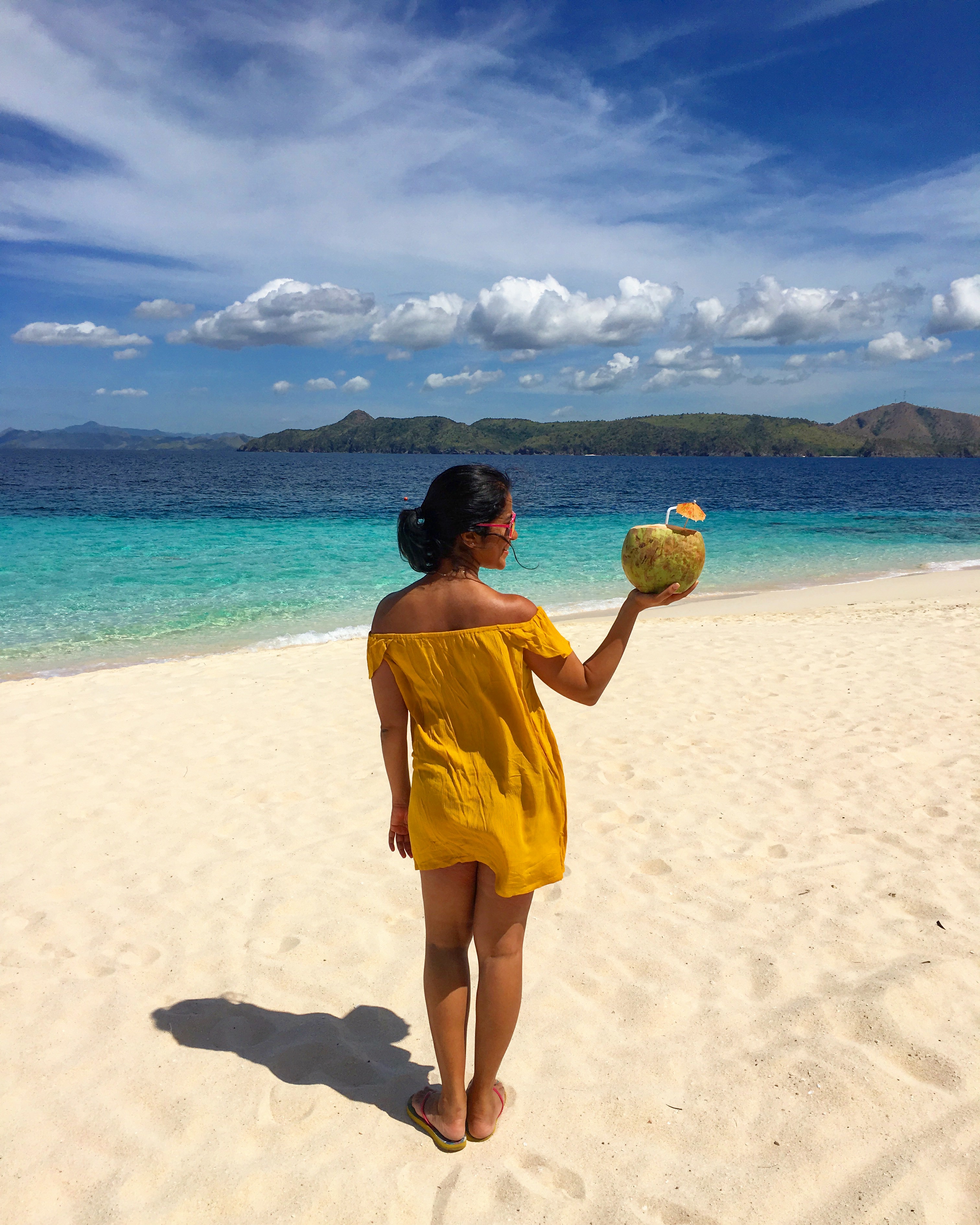
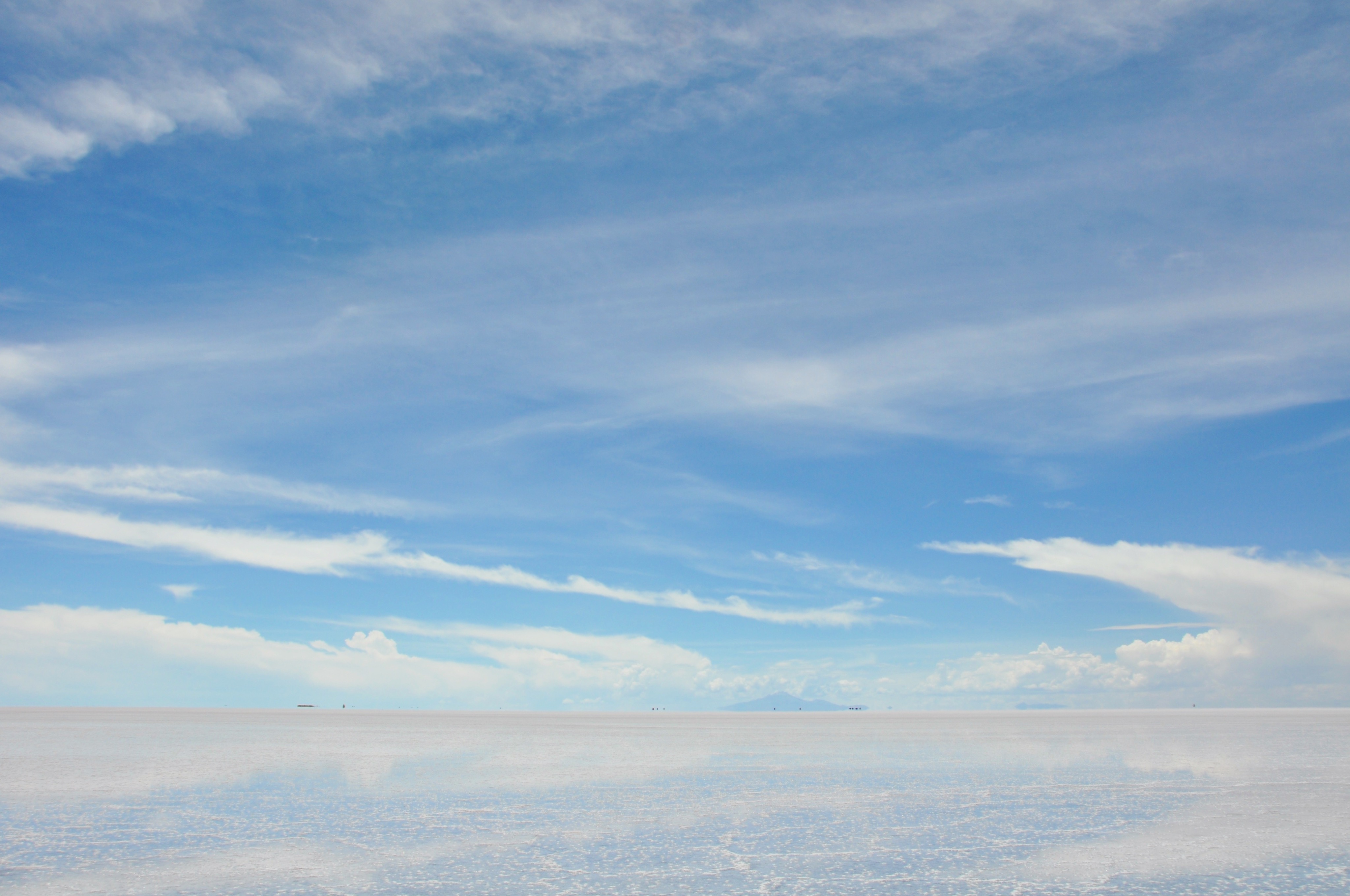

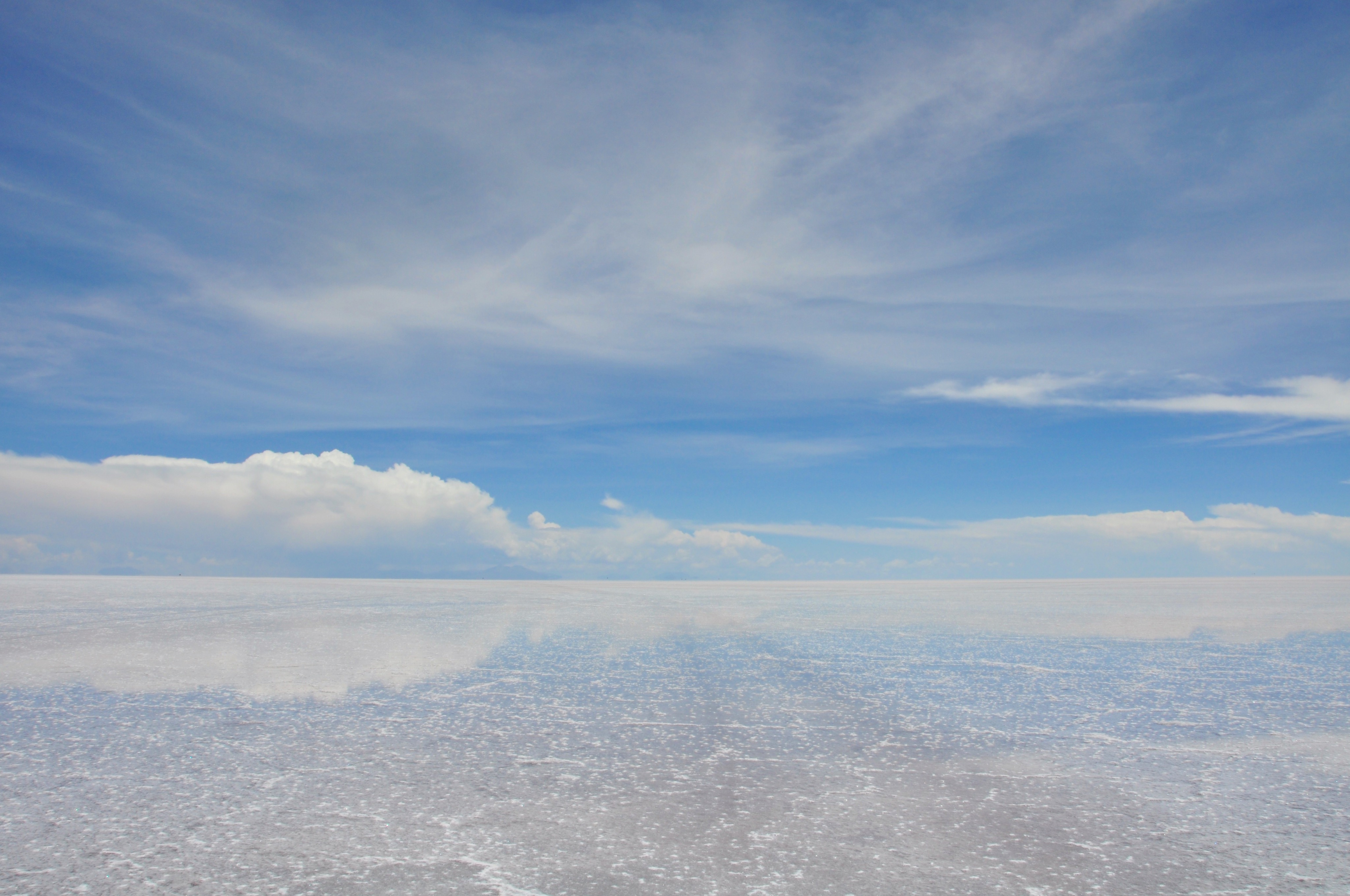
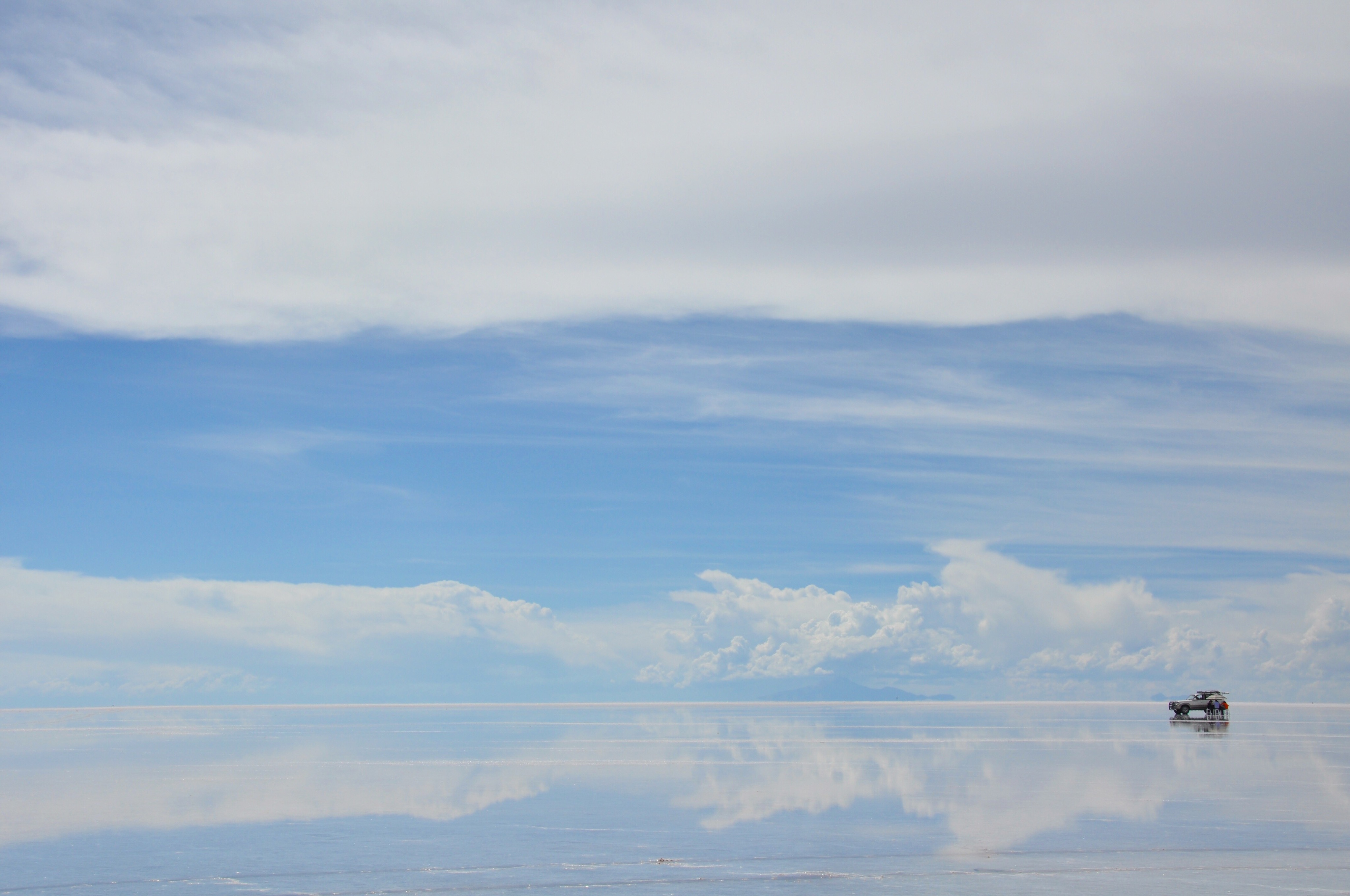
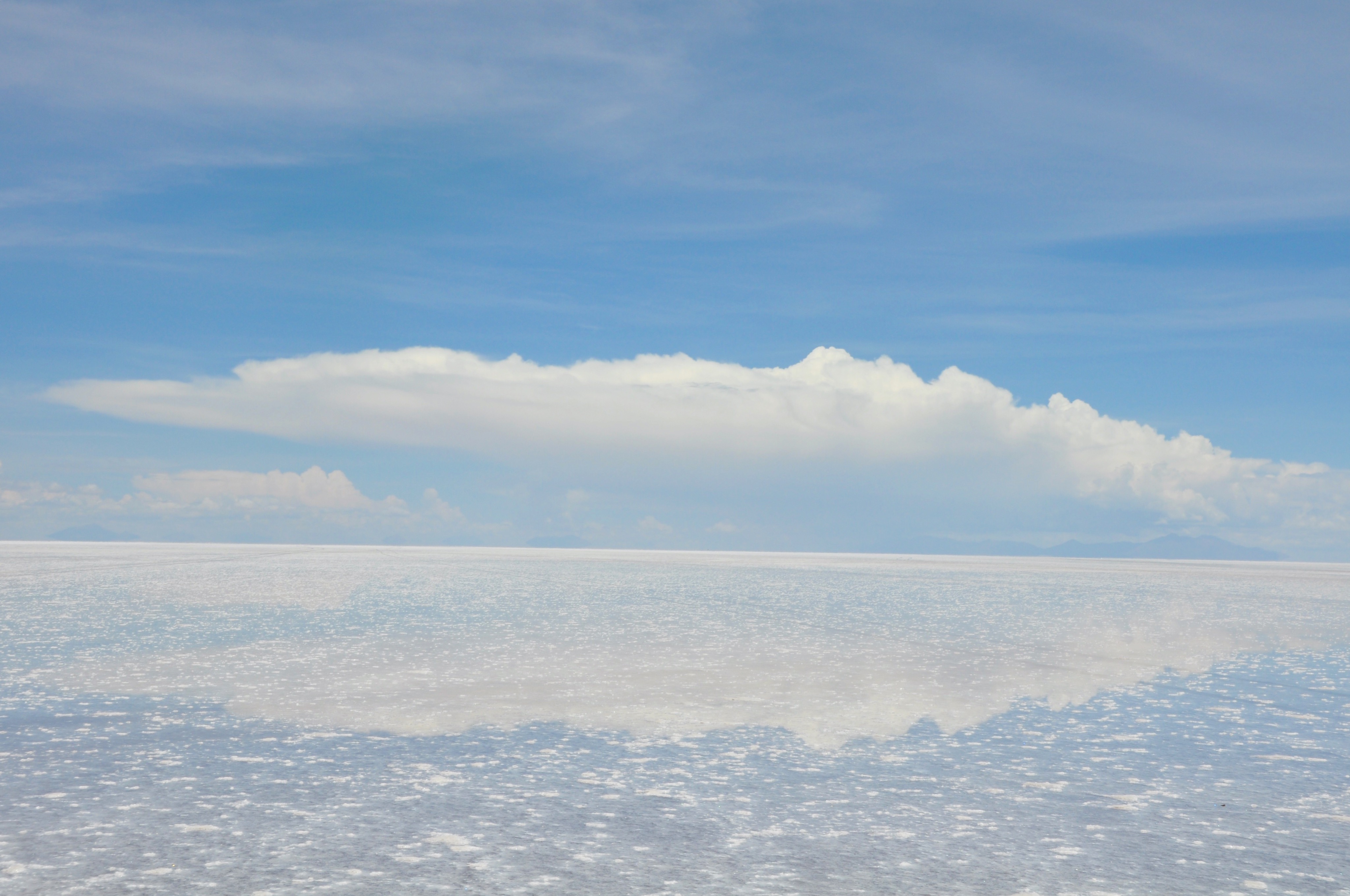
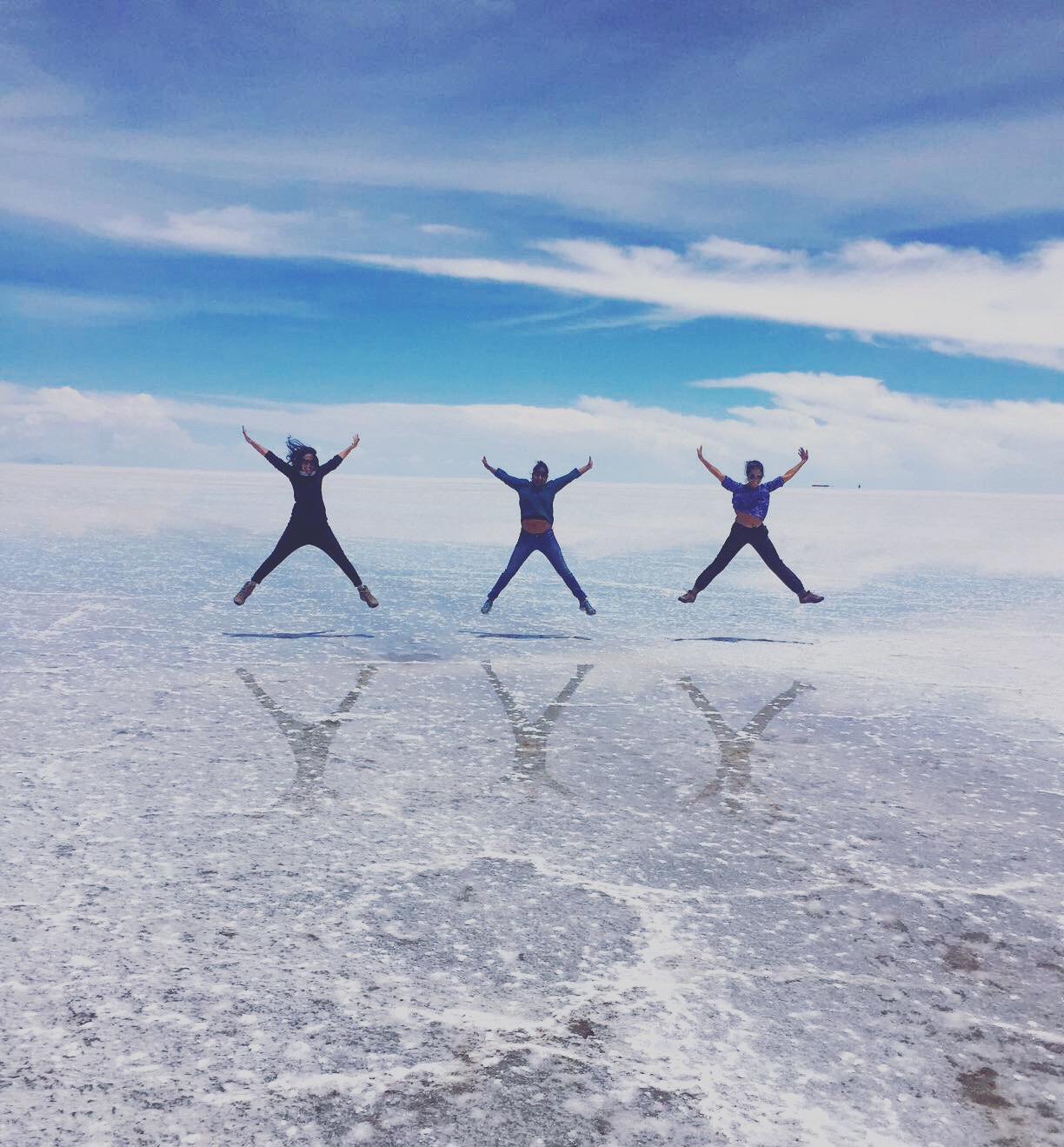
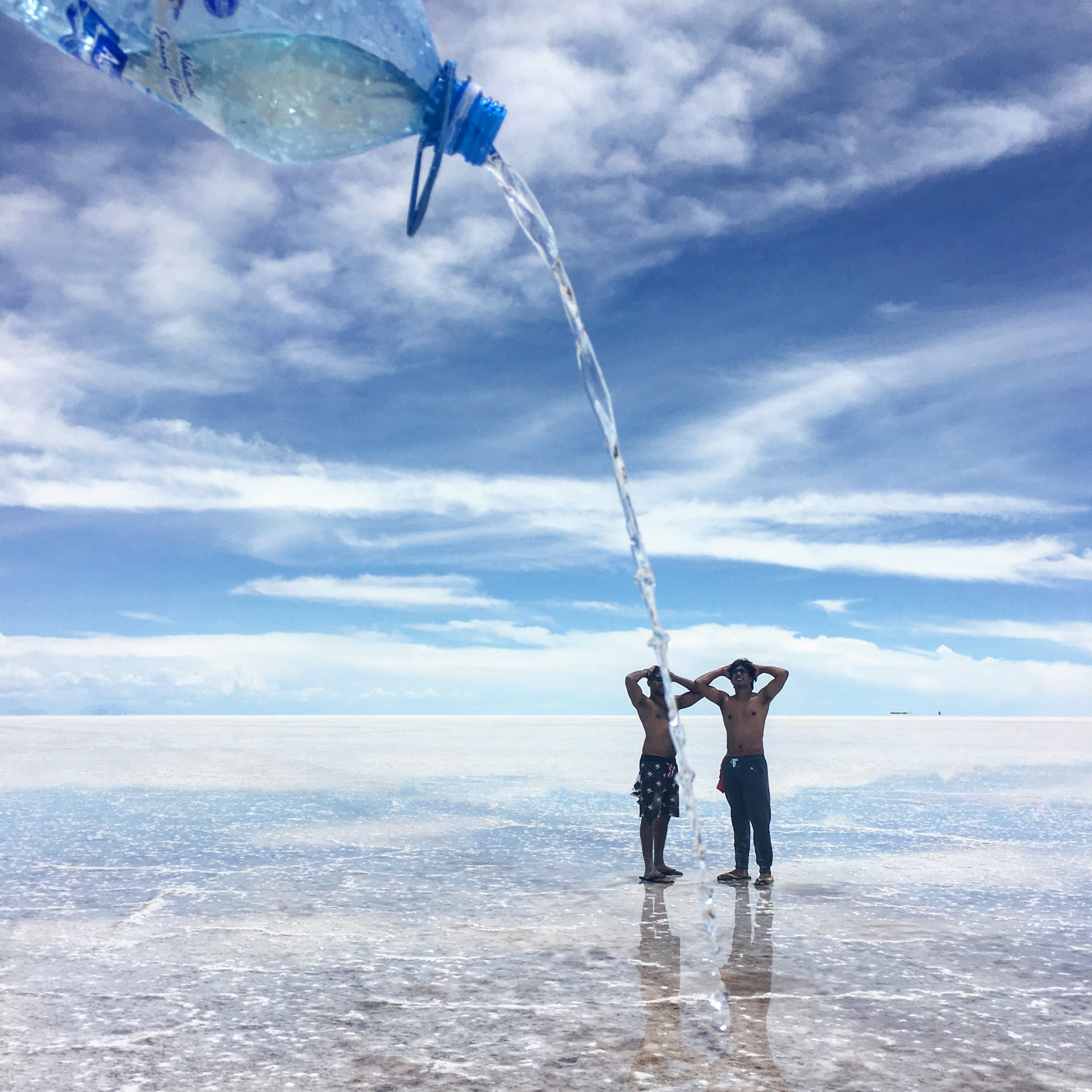

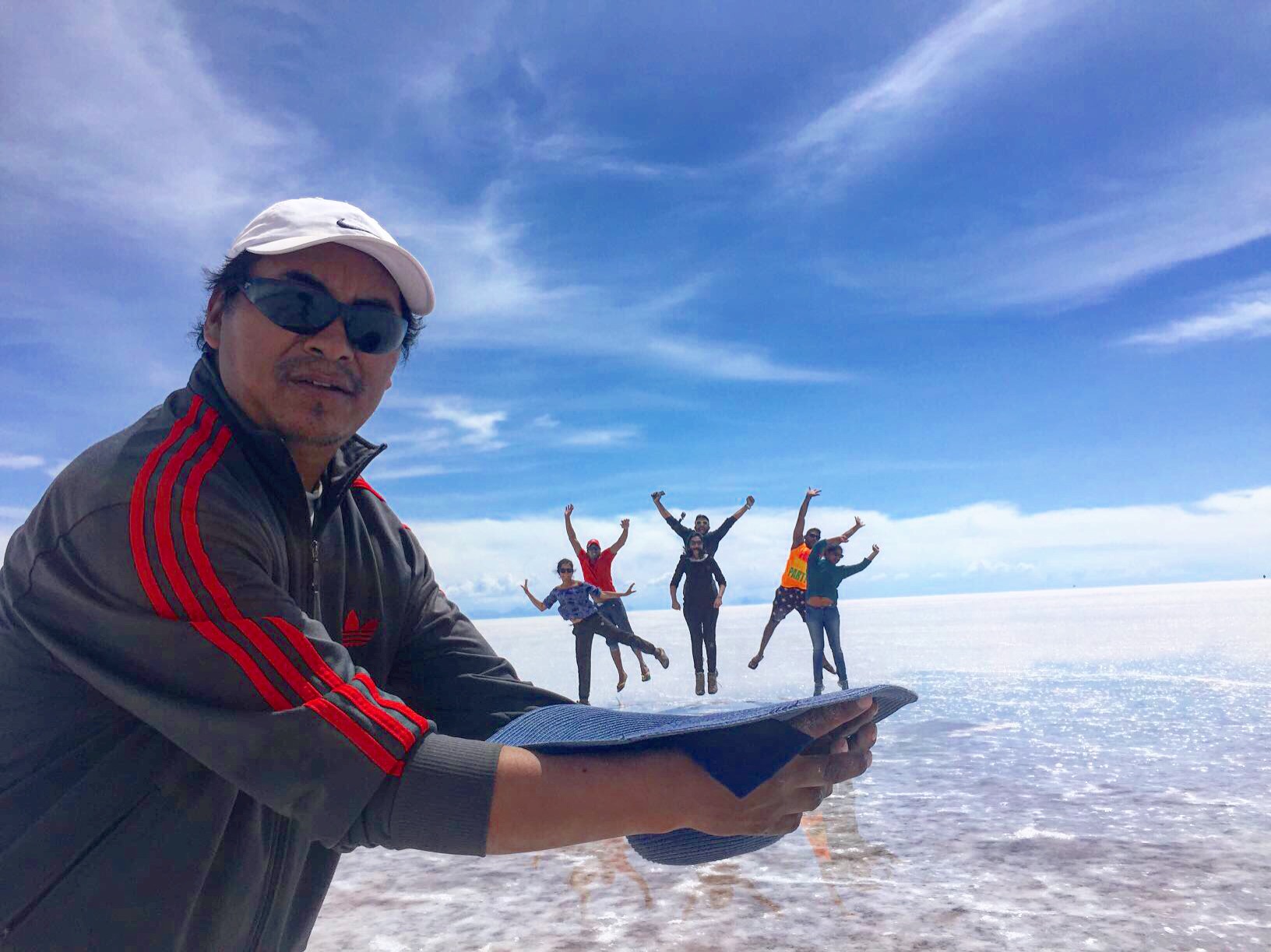
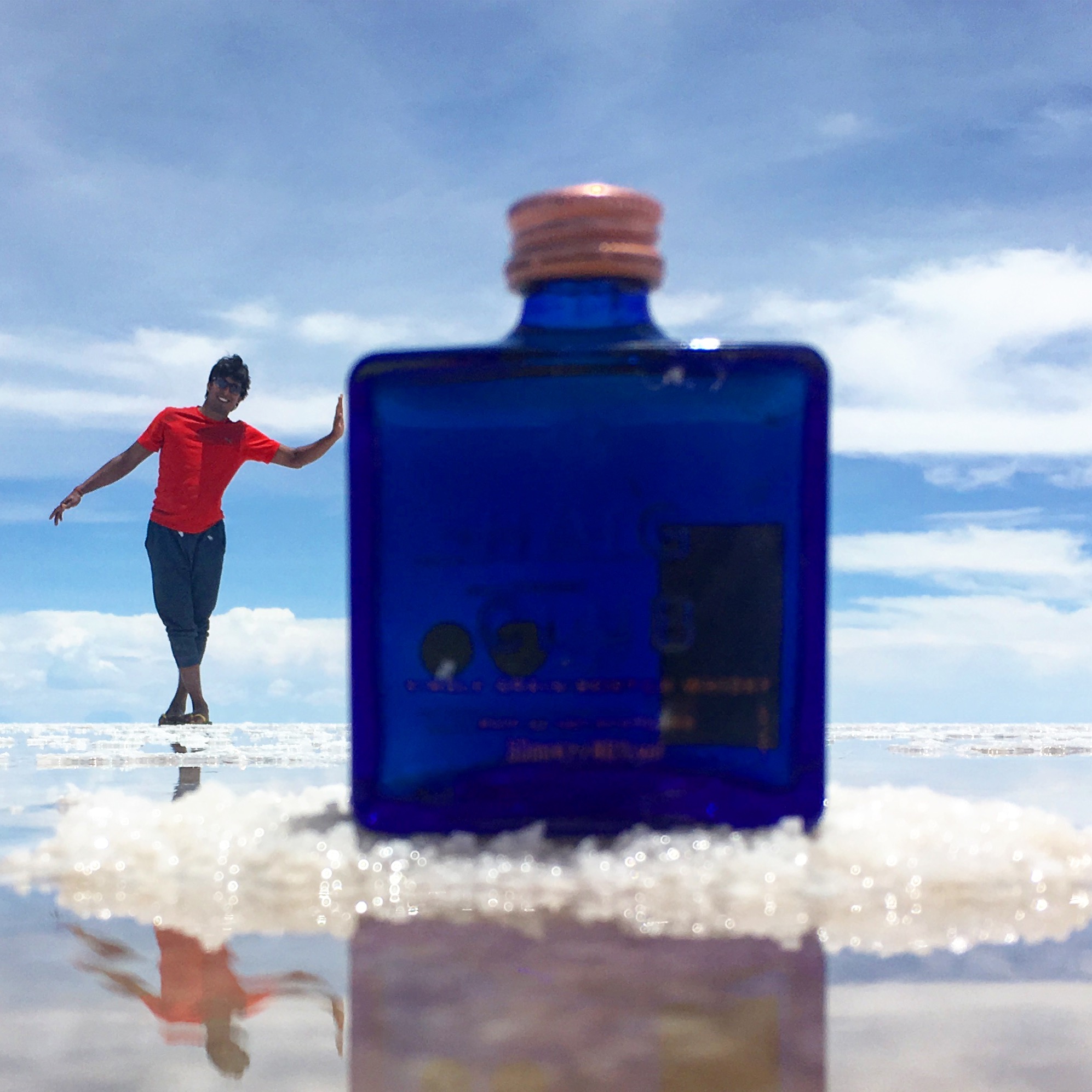

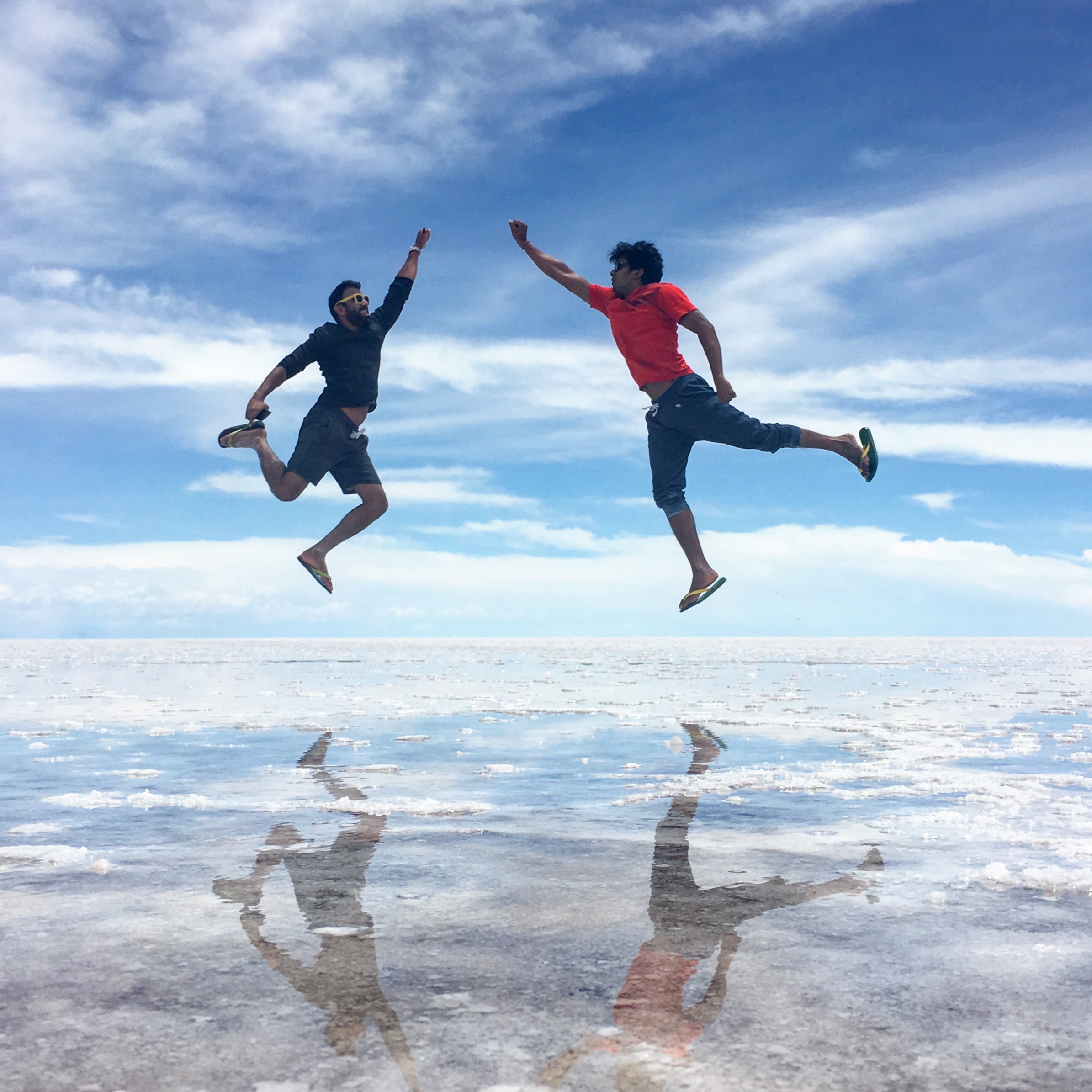
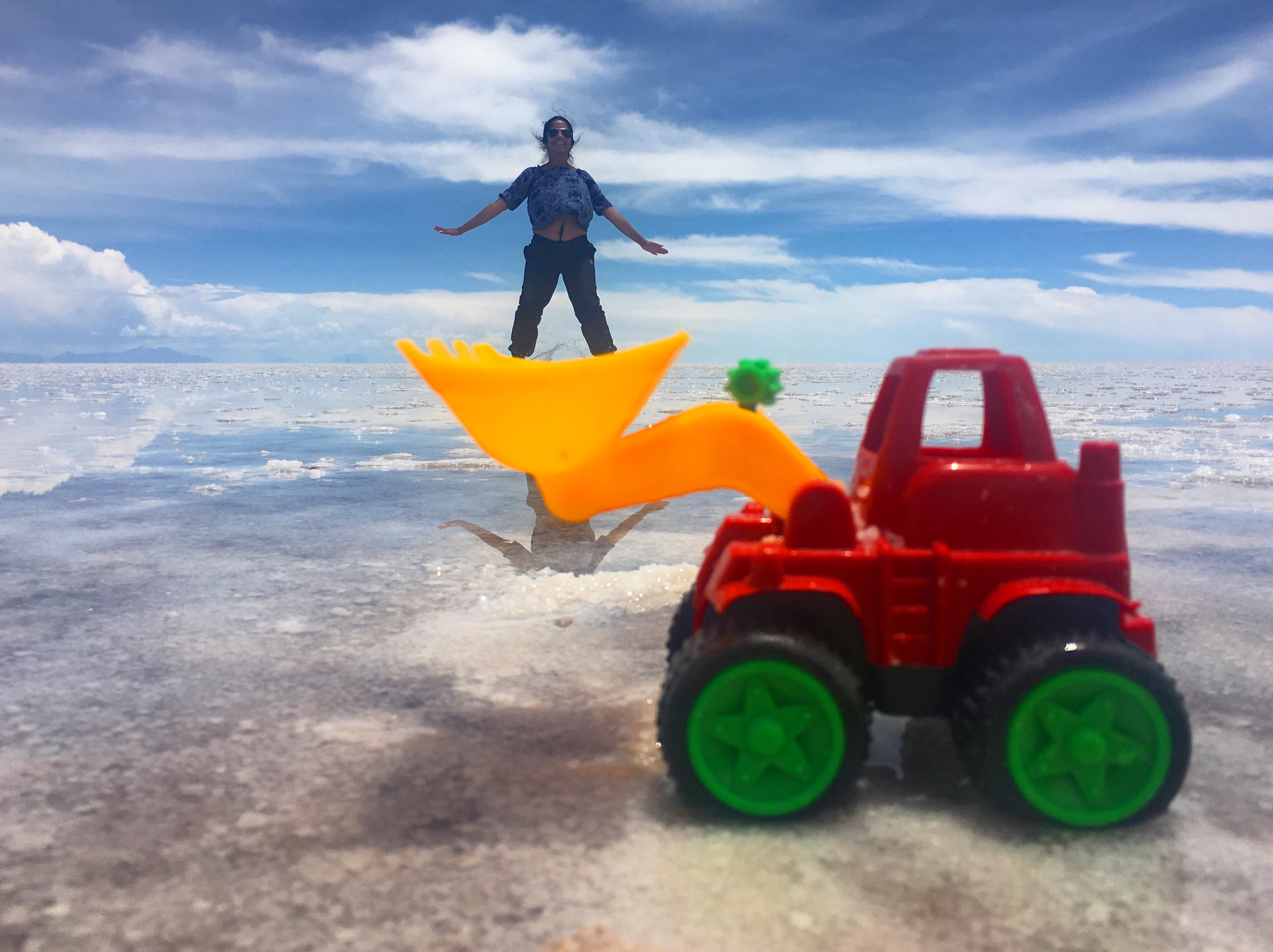
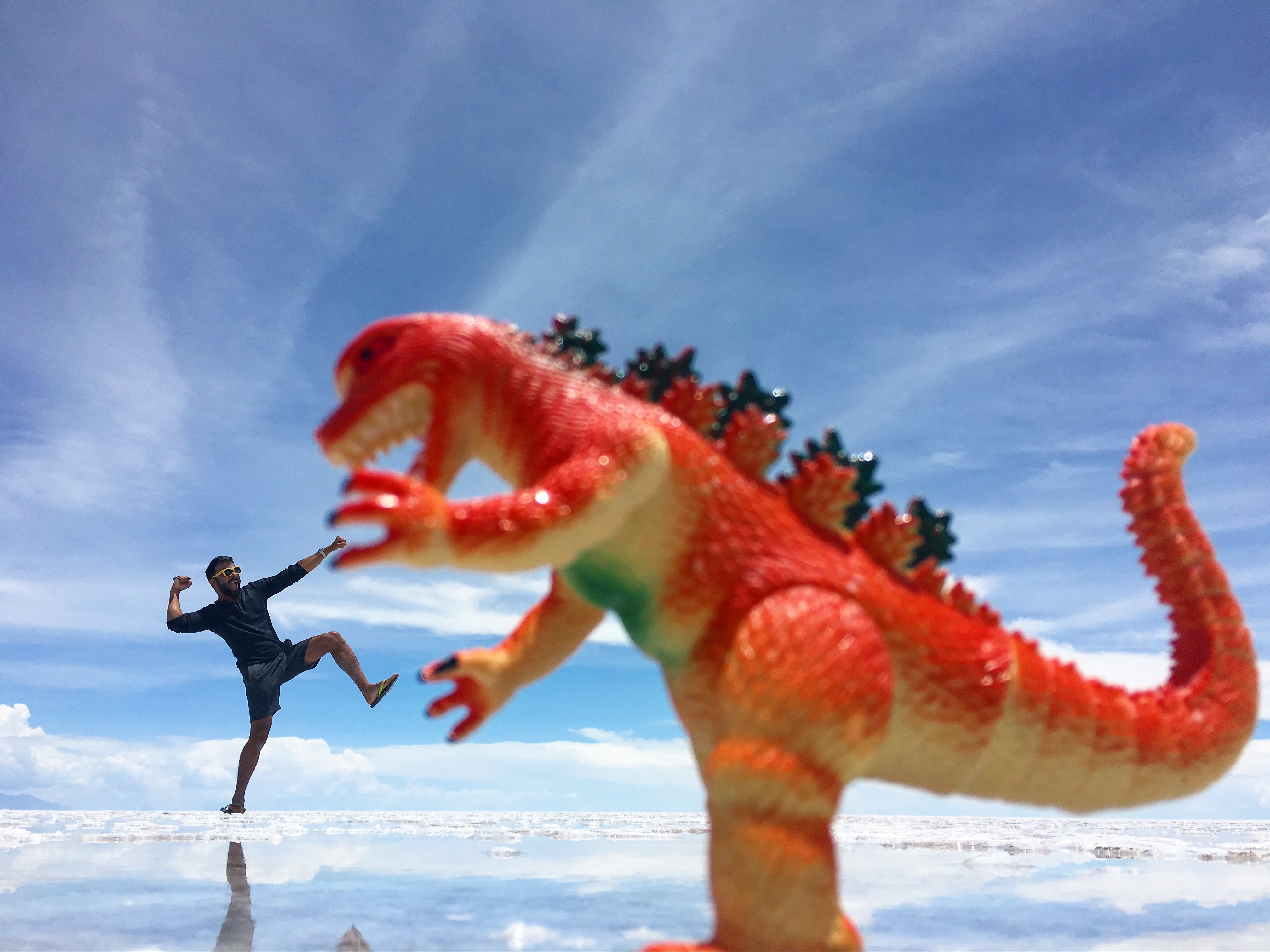

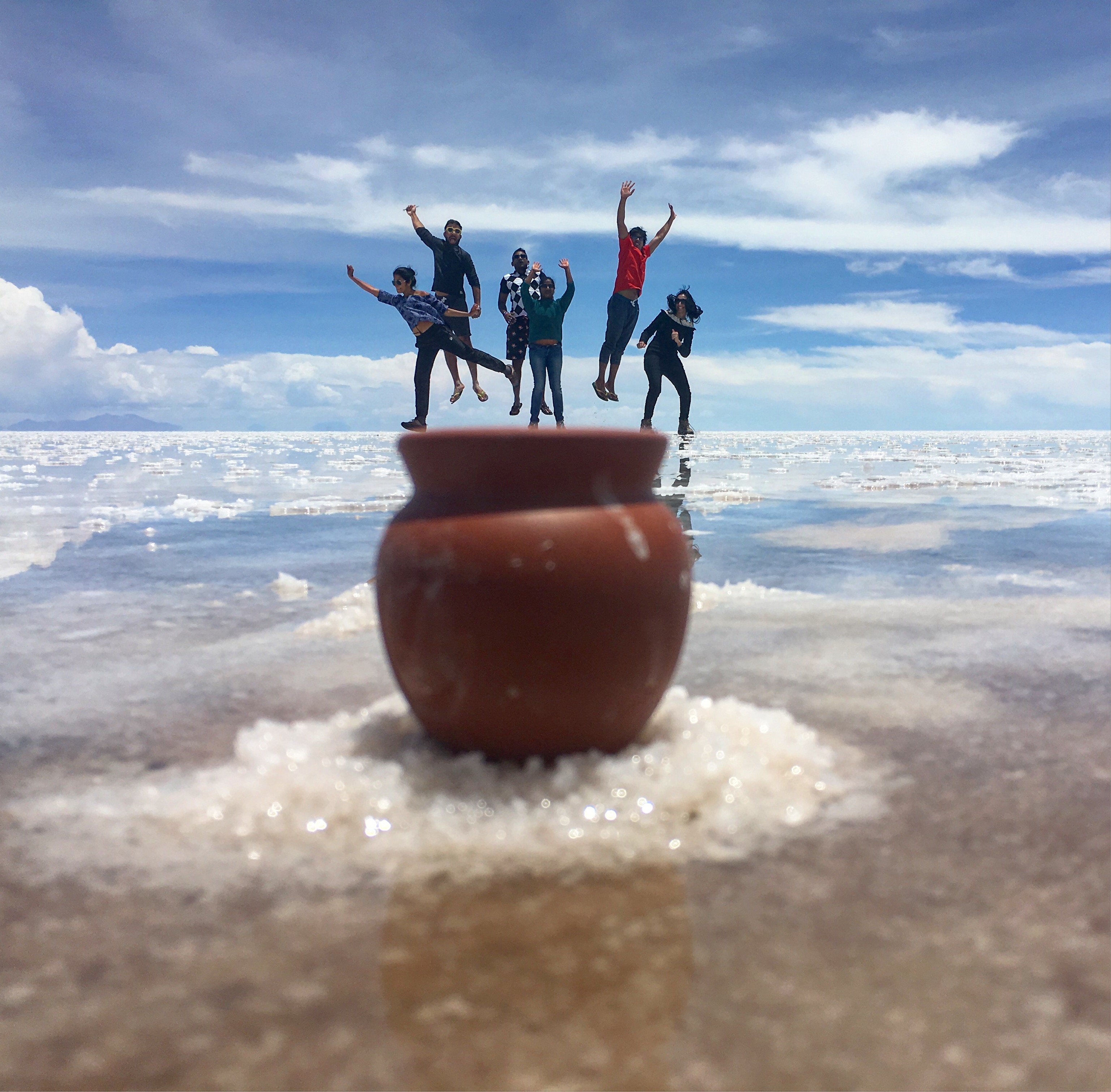
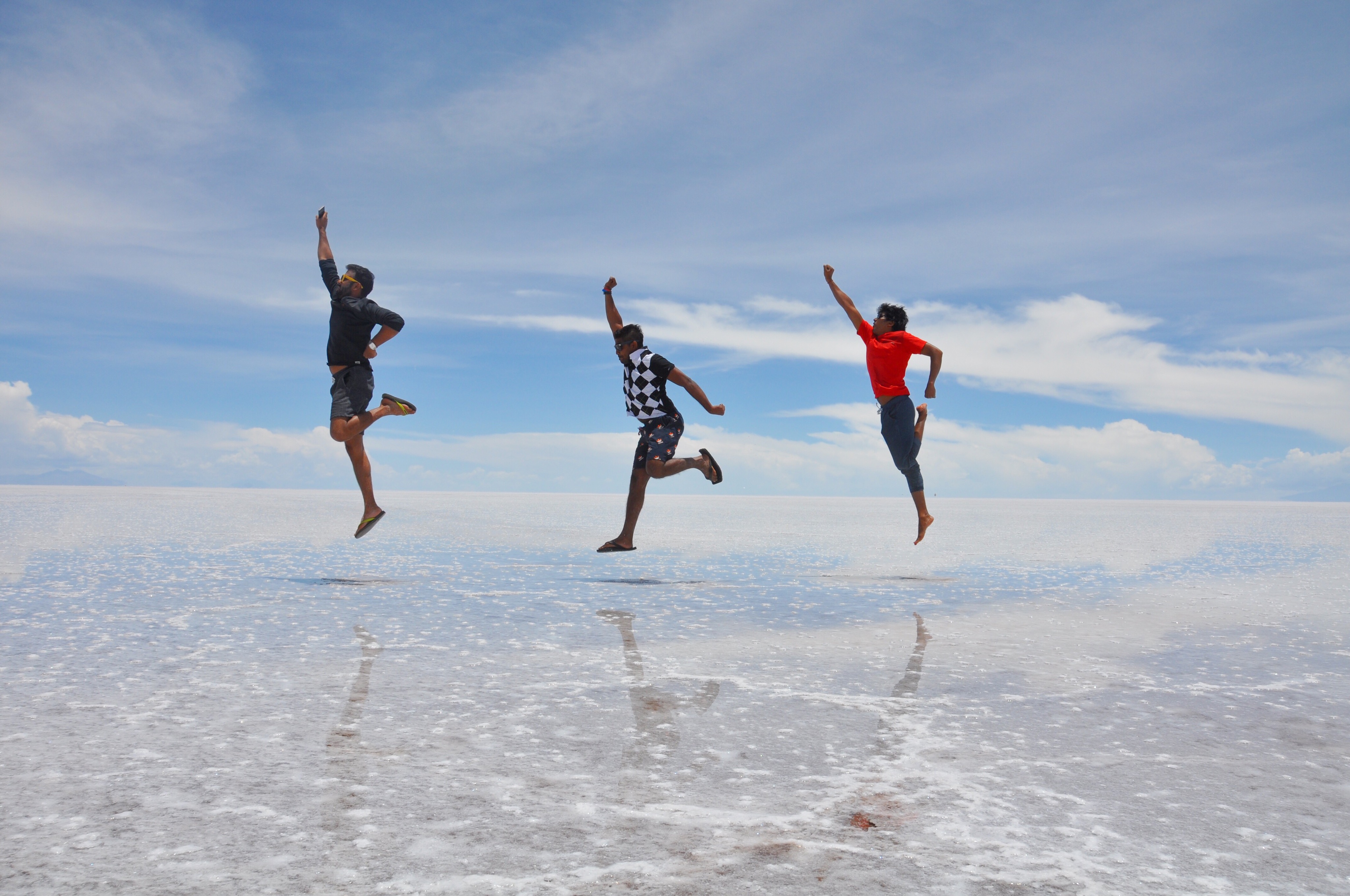

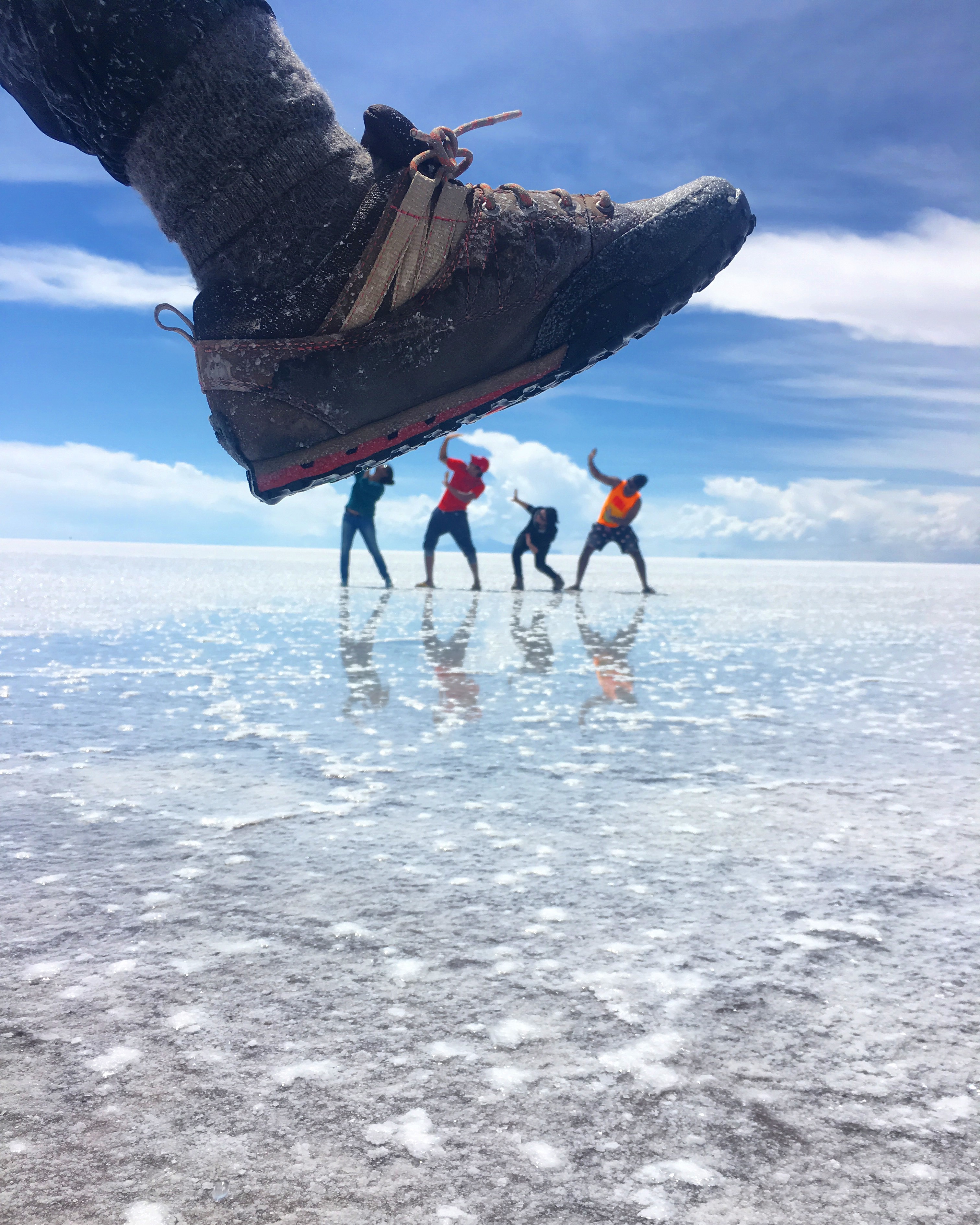
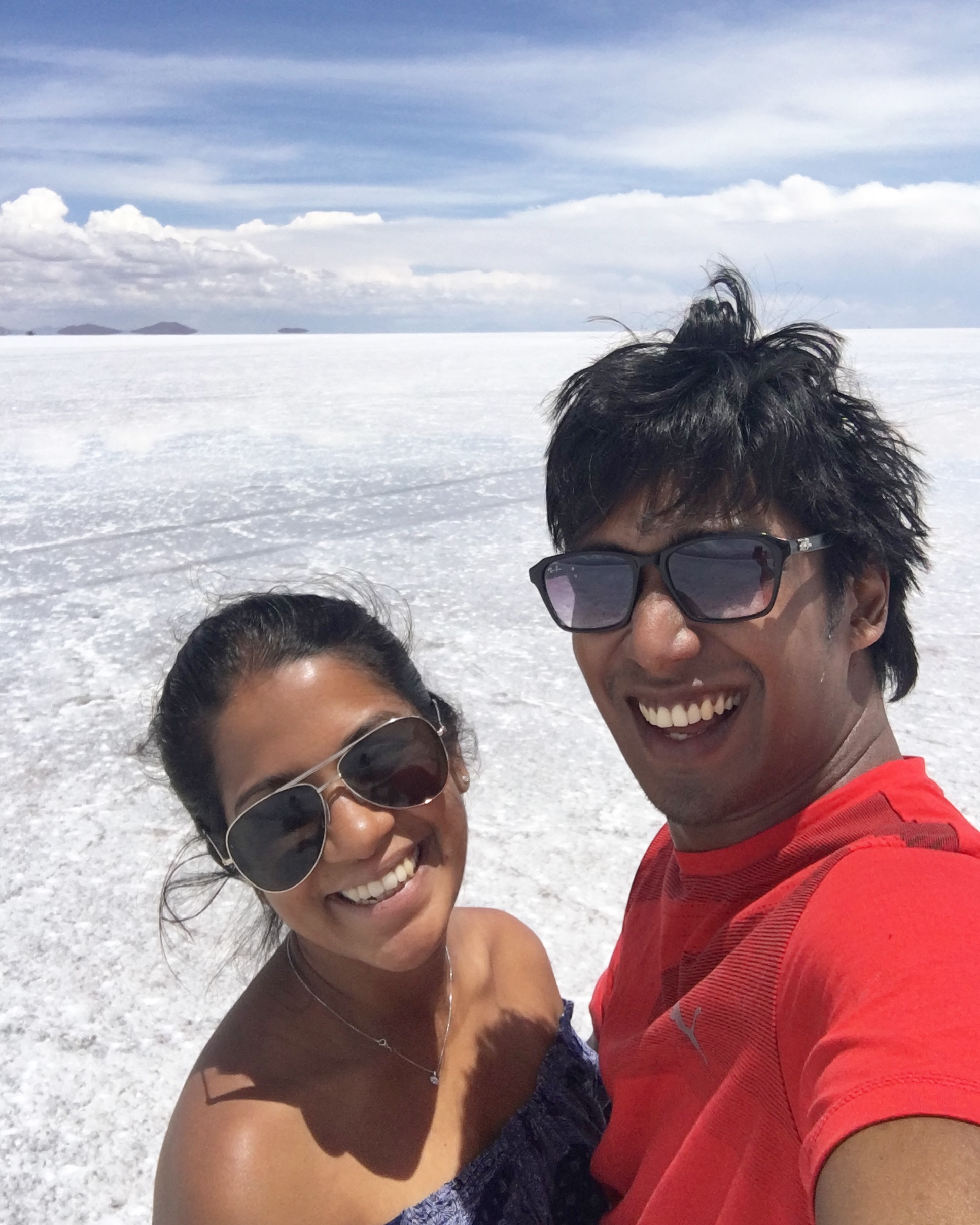
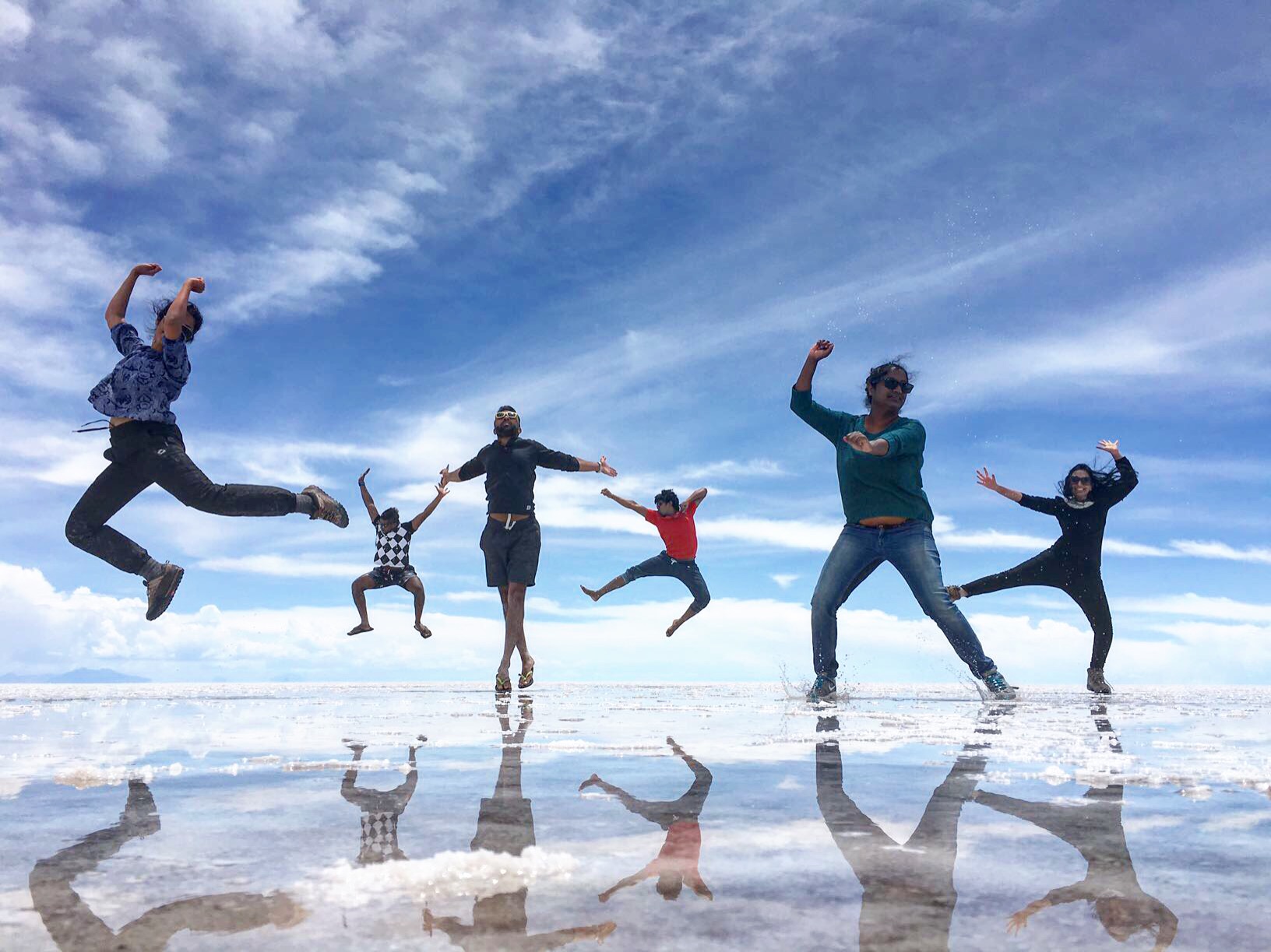
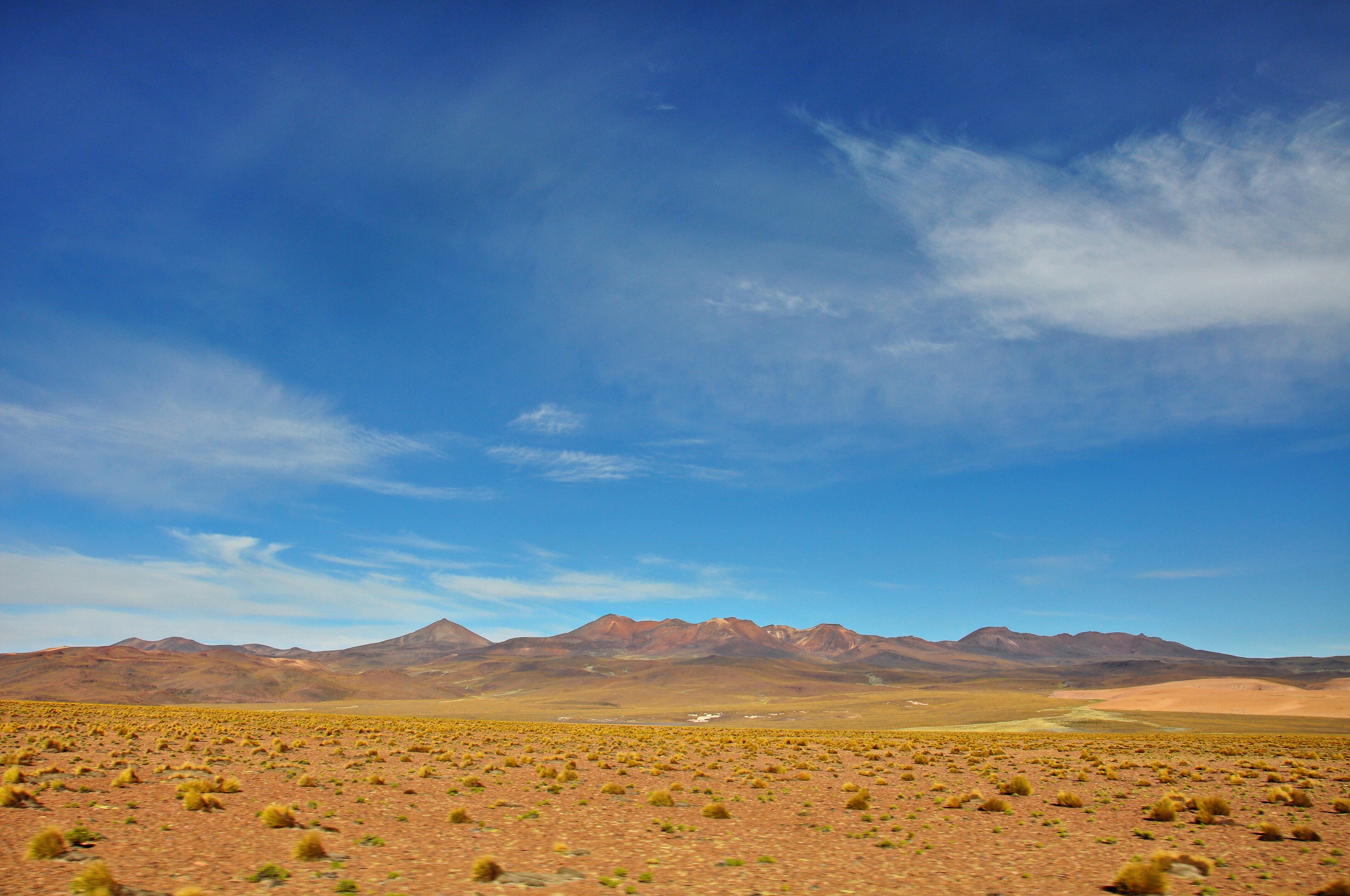
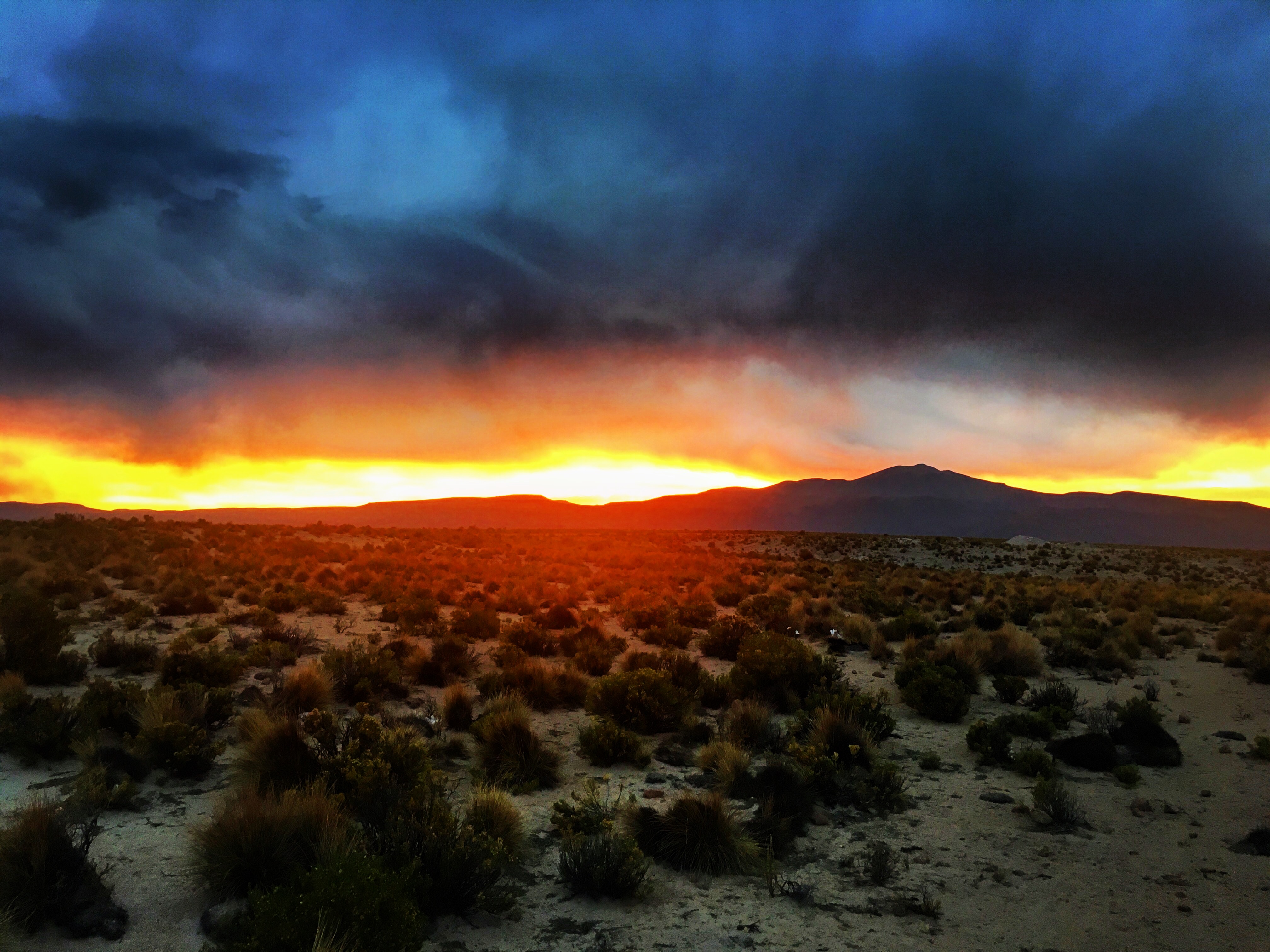
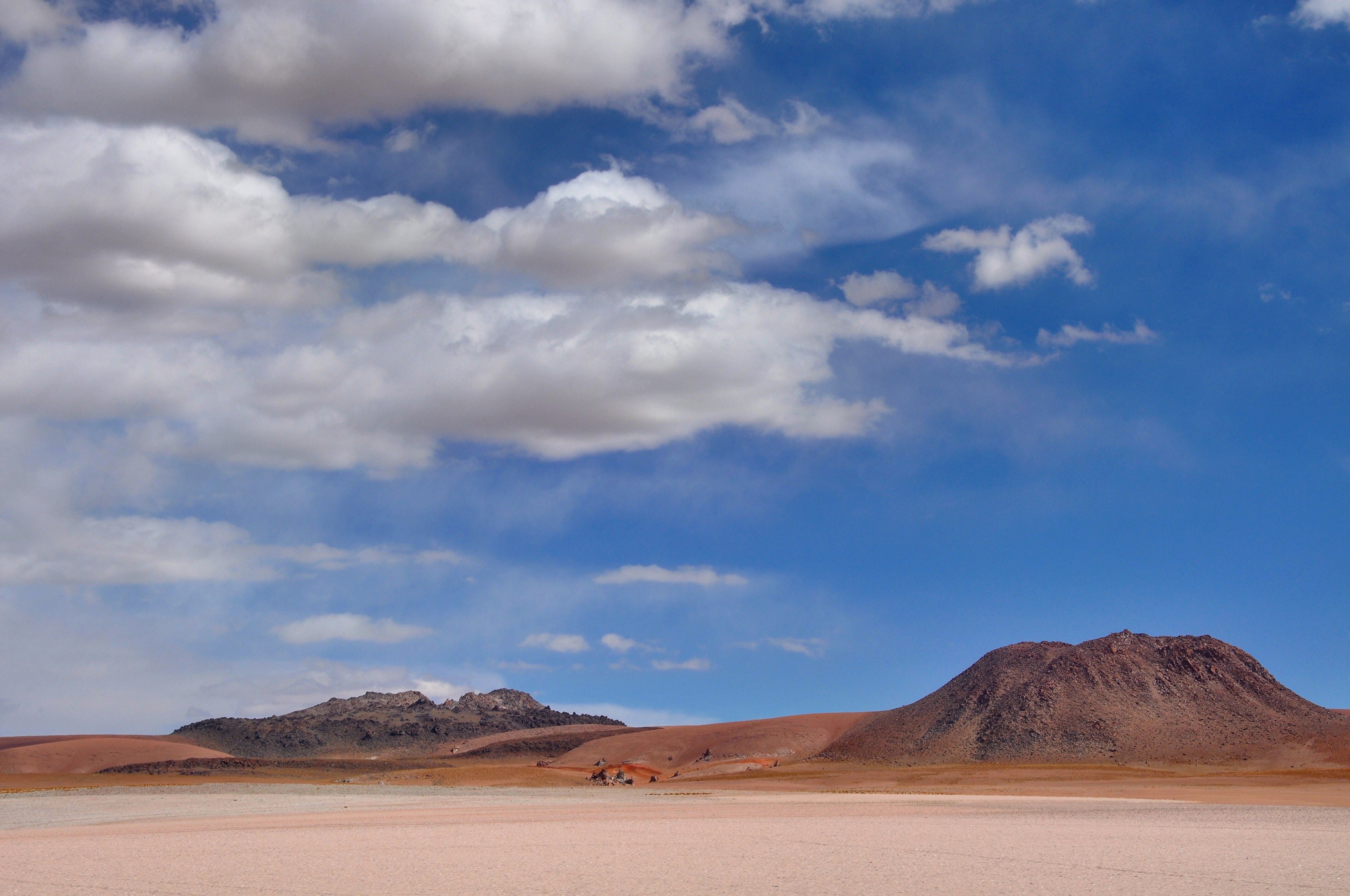

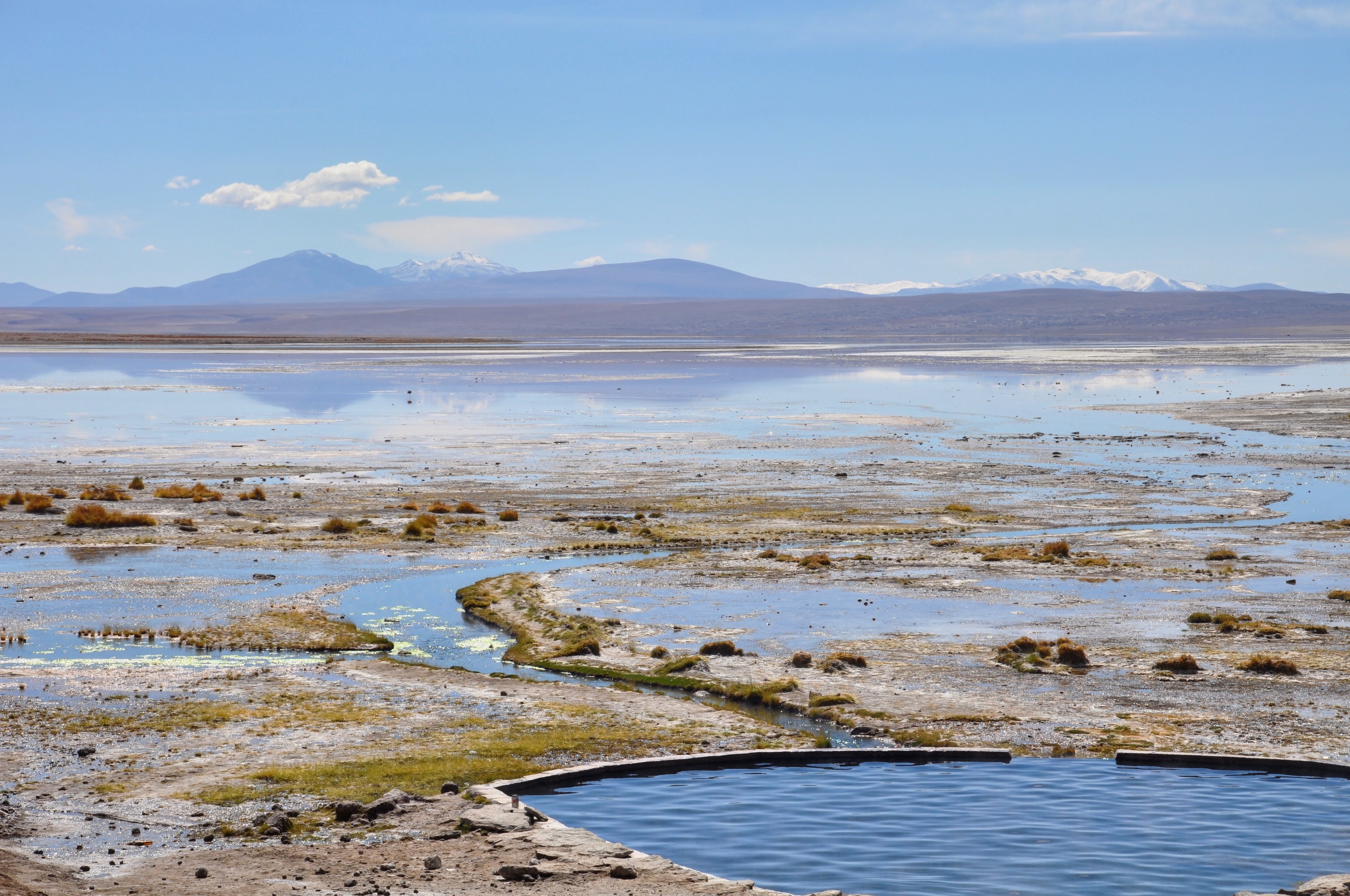
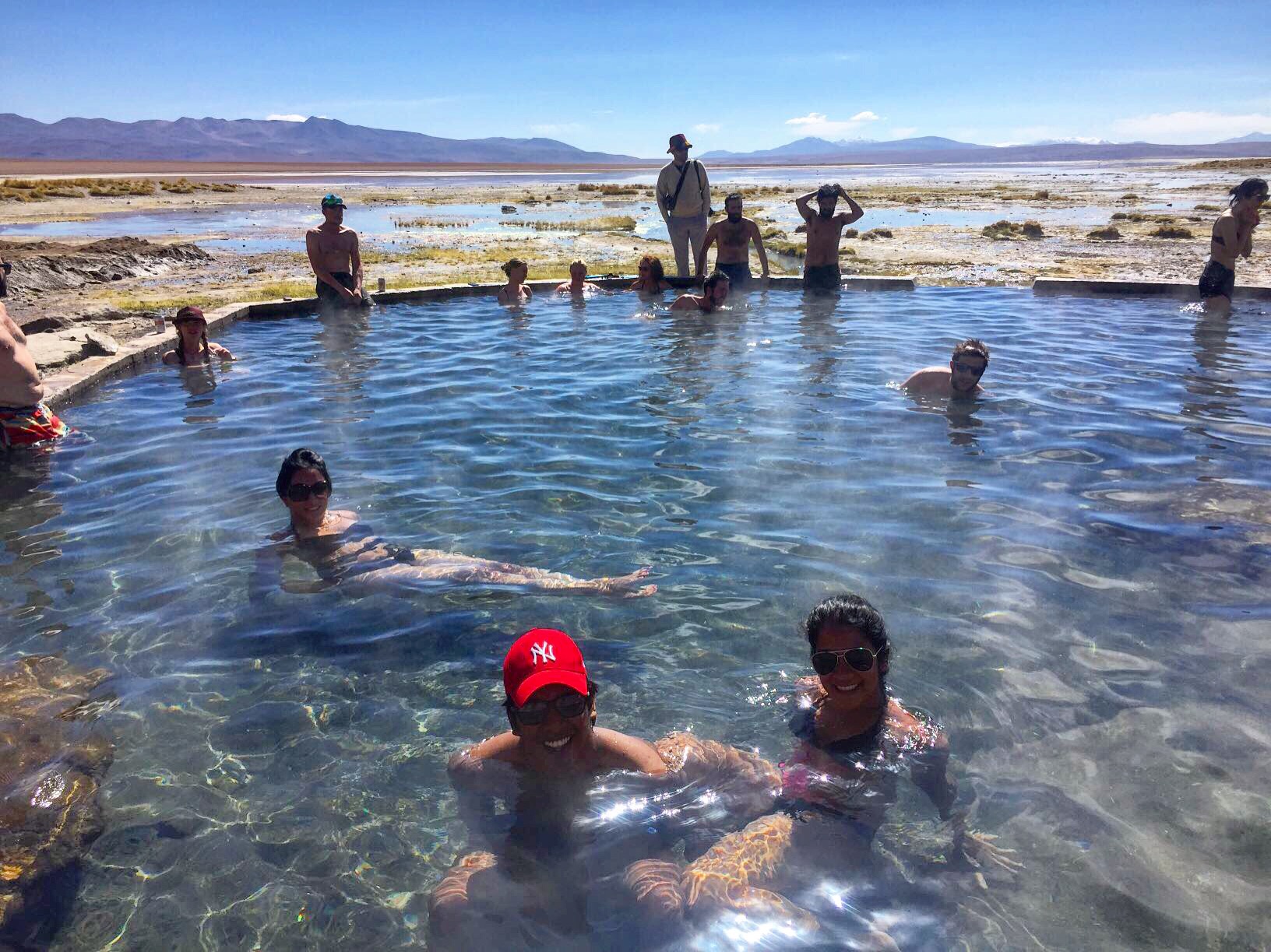


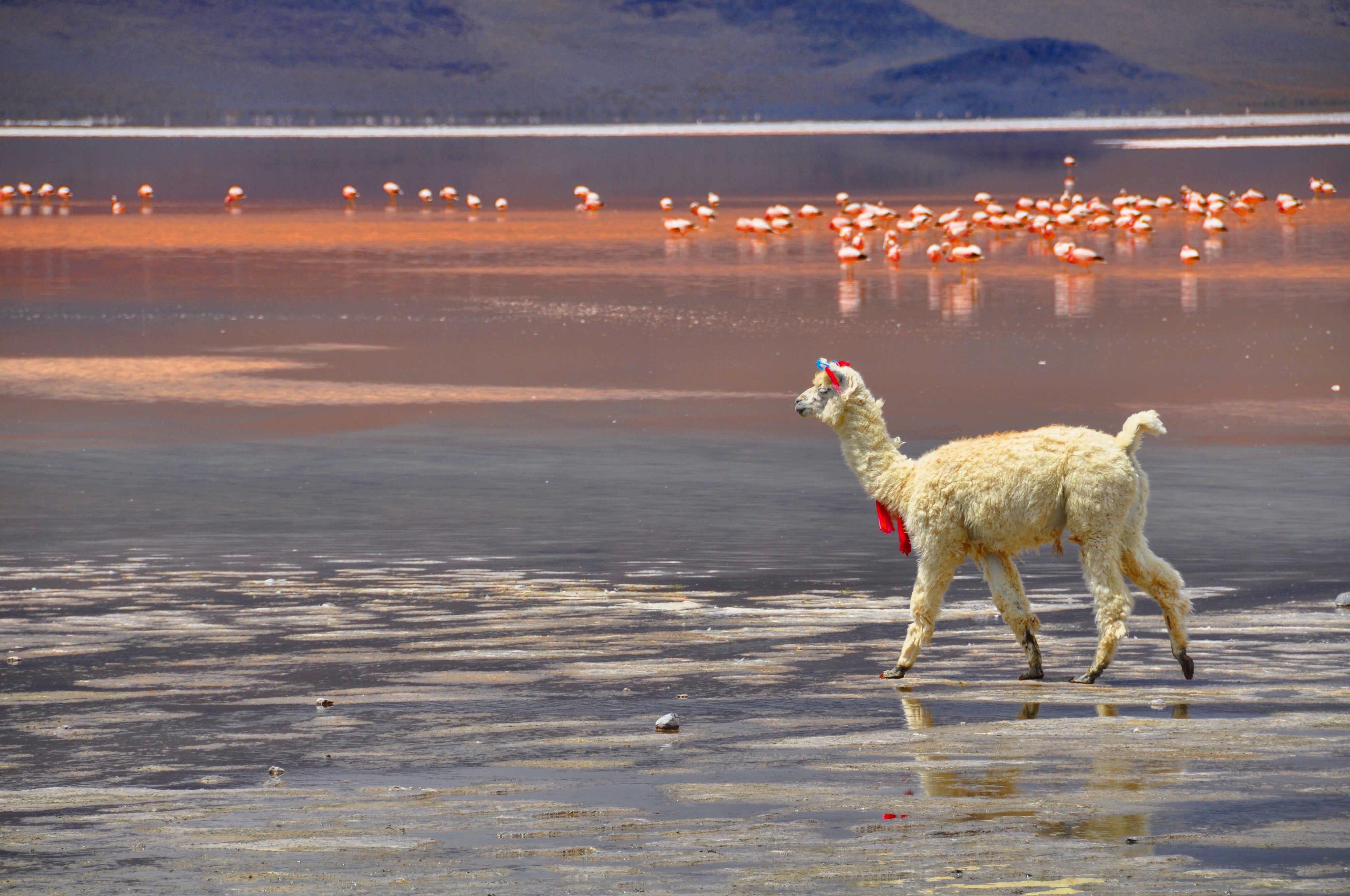
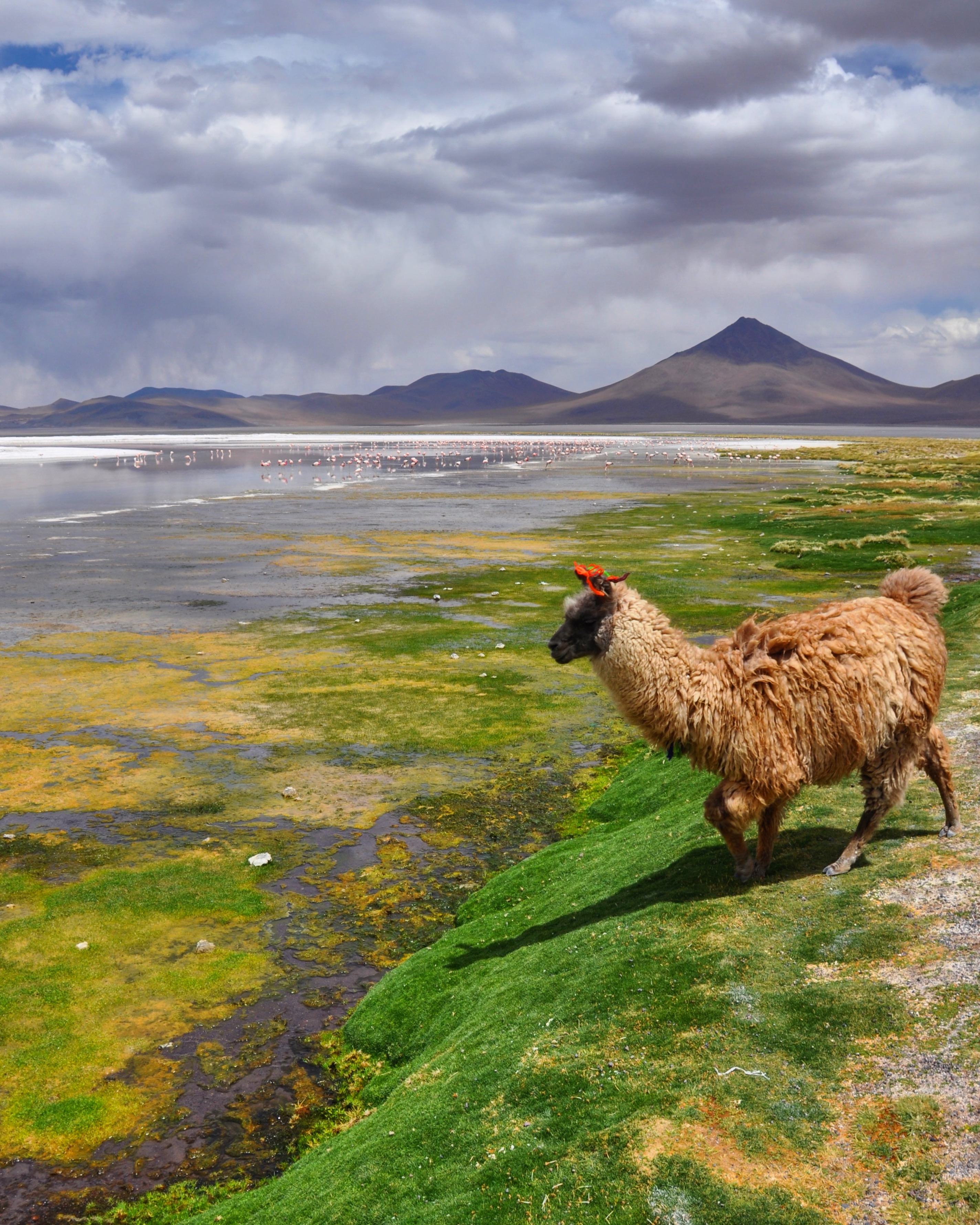
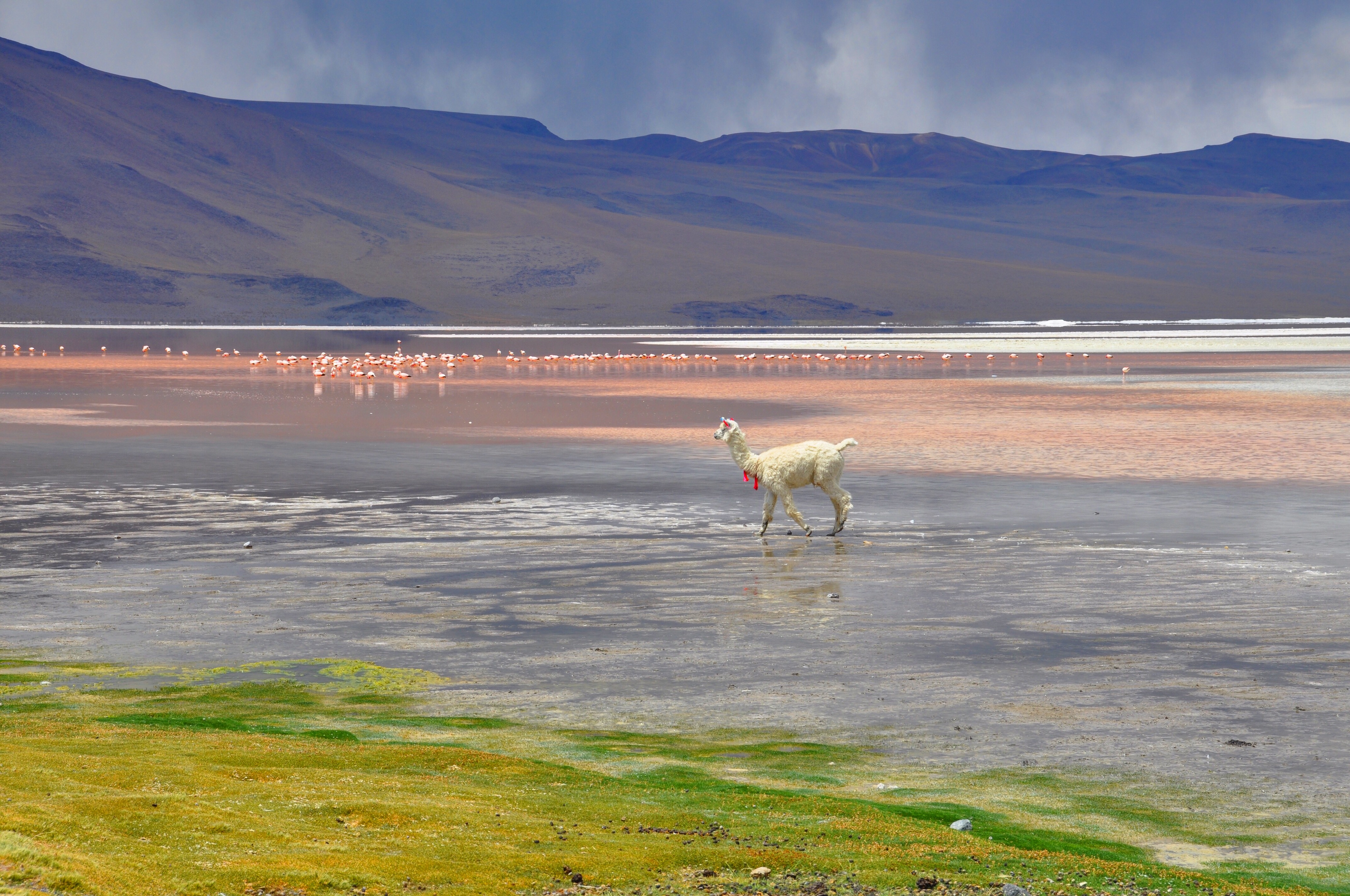
 (I may have gone a little overboard with the Llama pics)
(I may have gone a little overboard with the Llama pics)